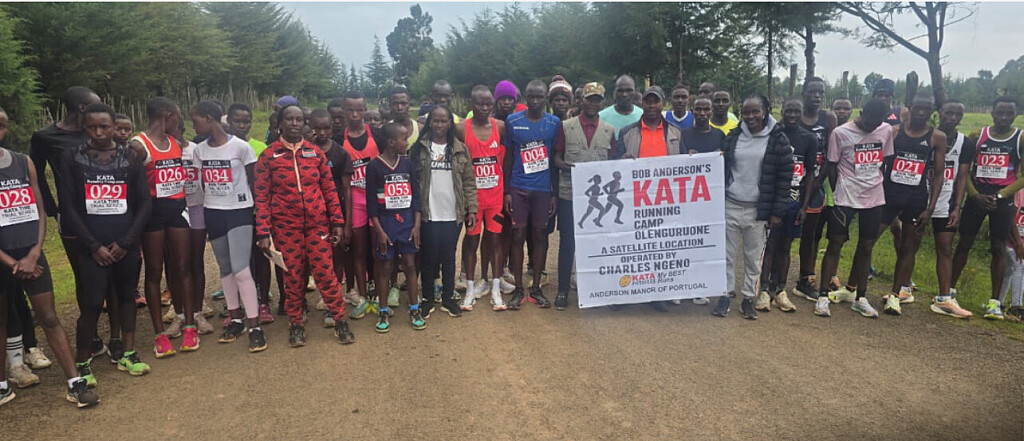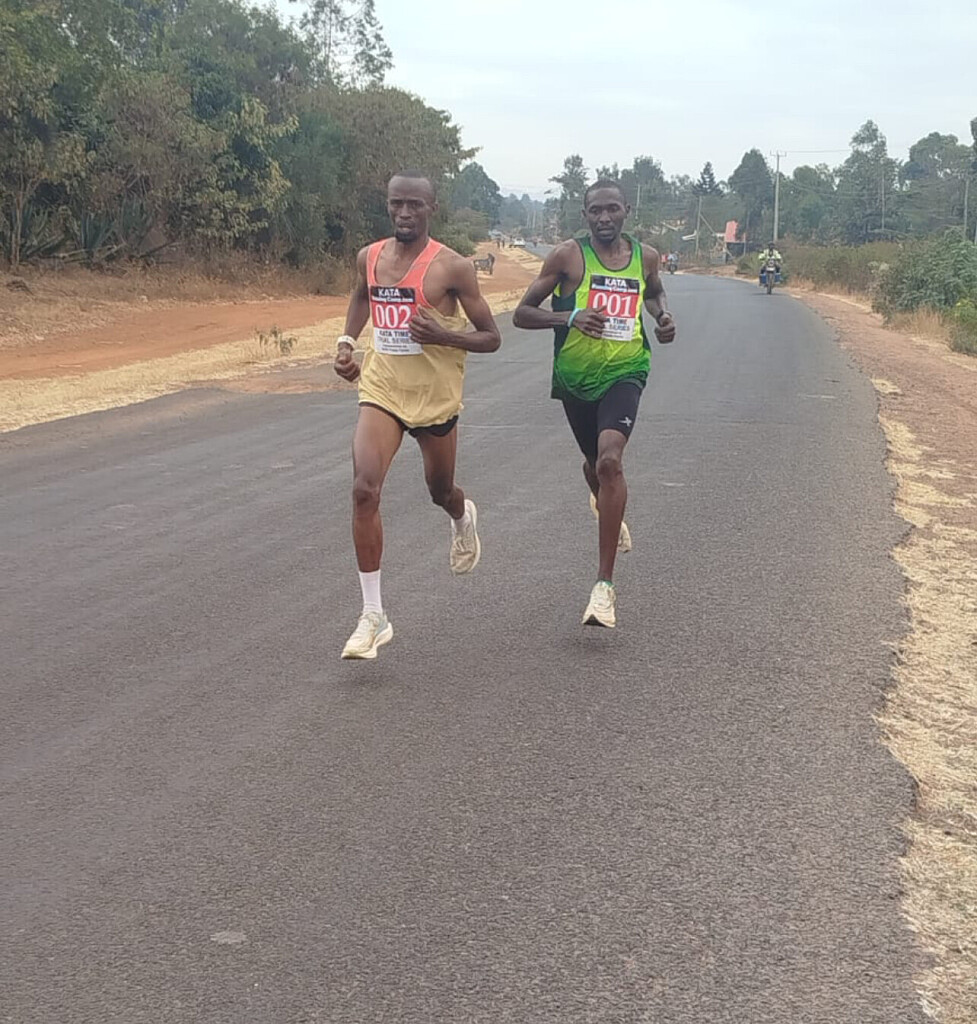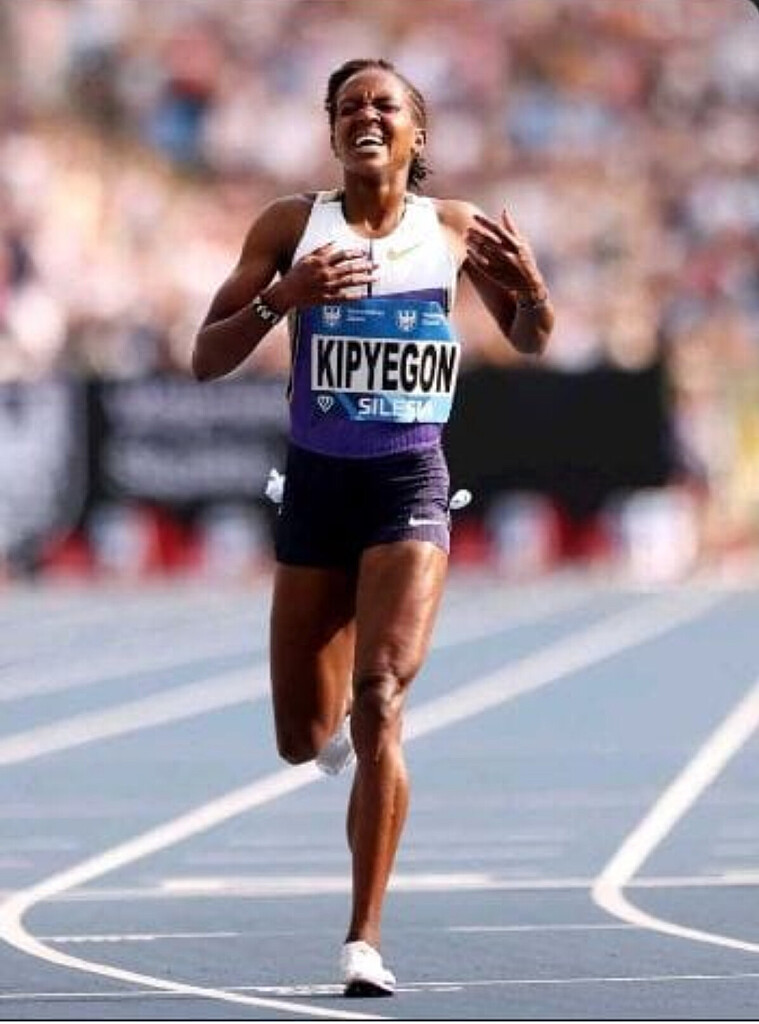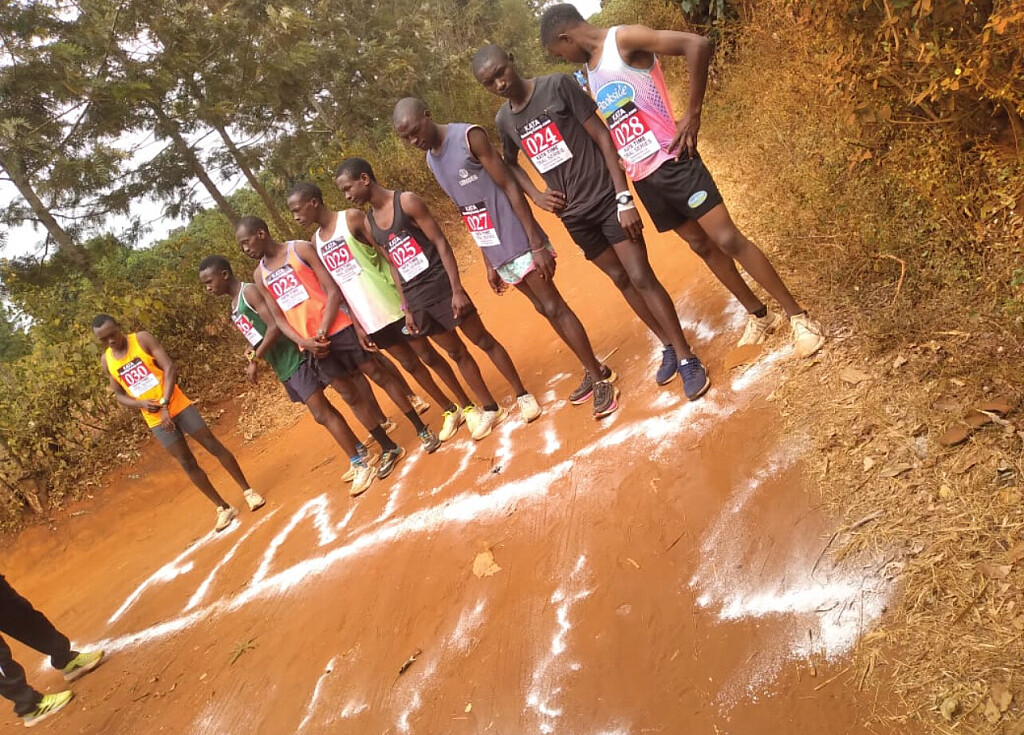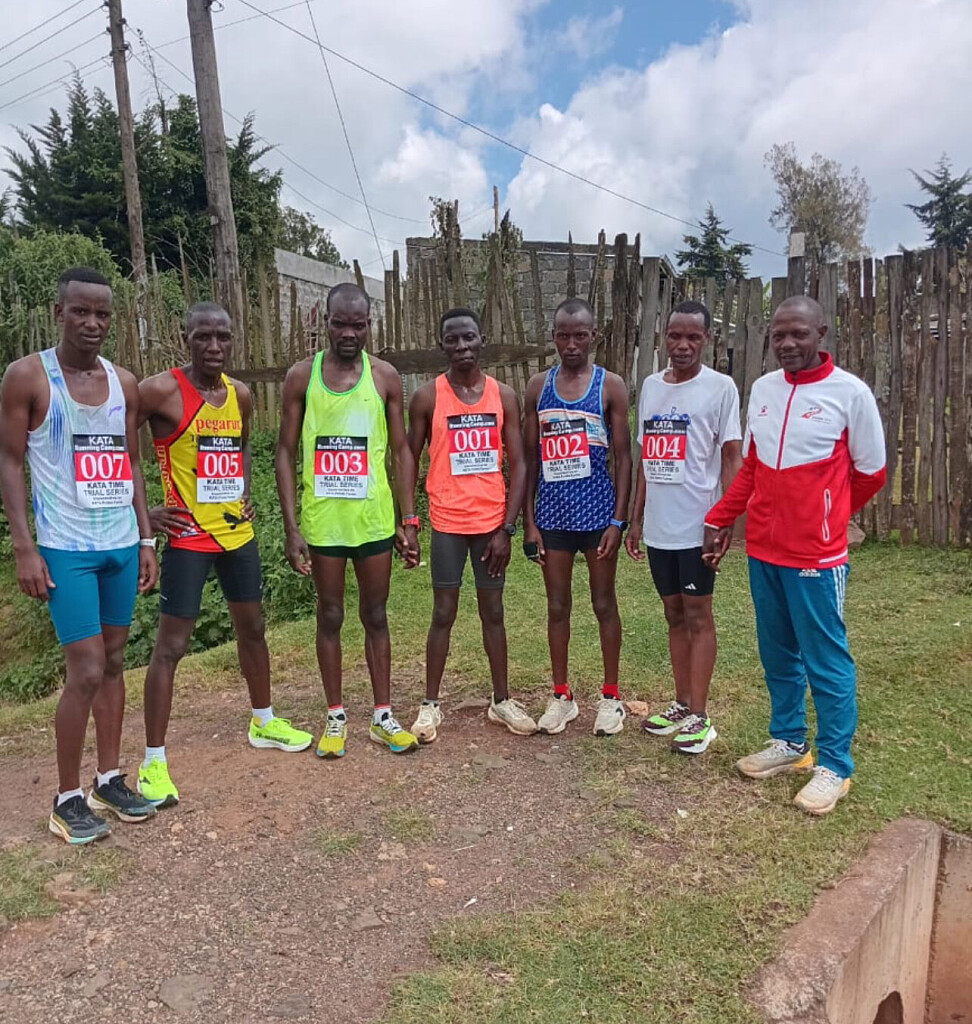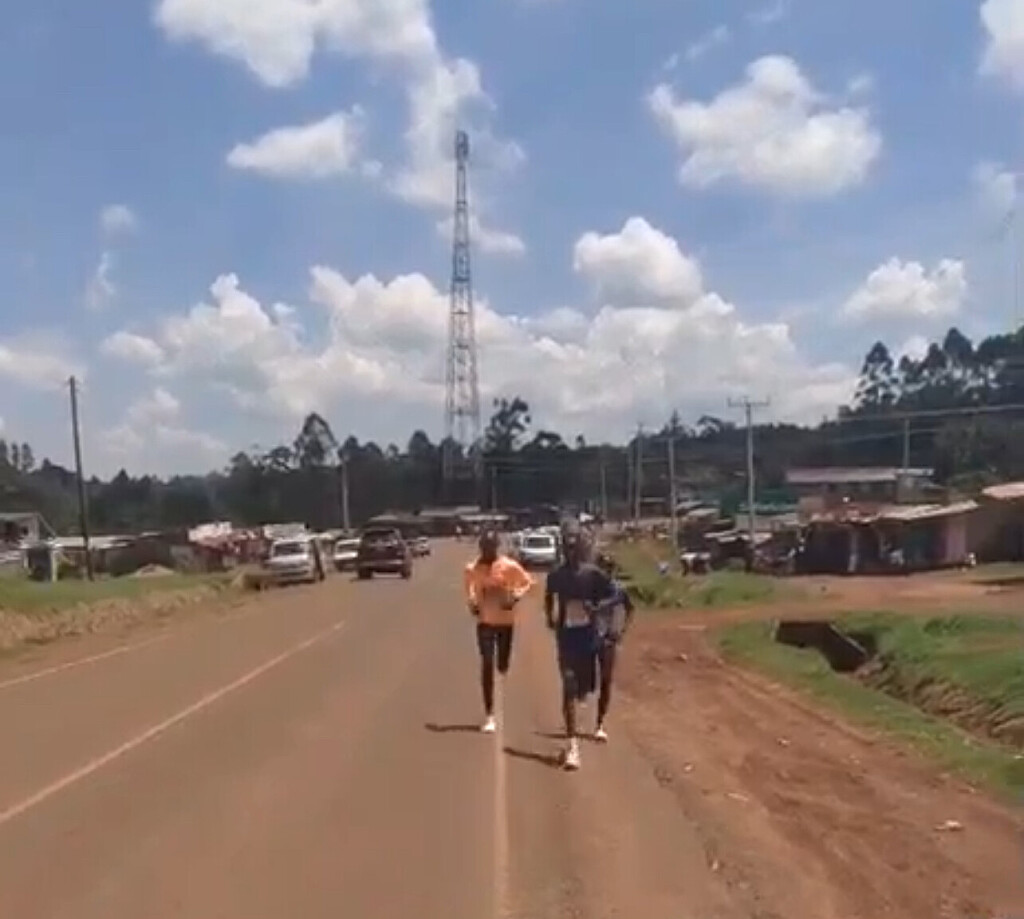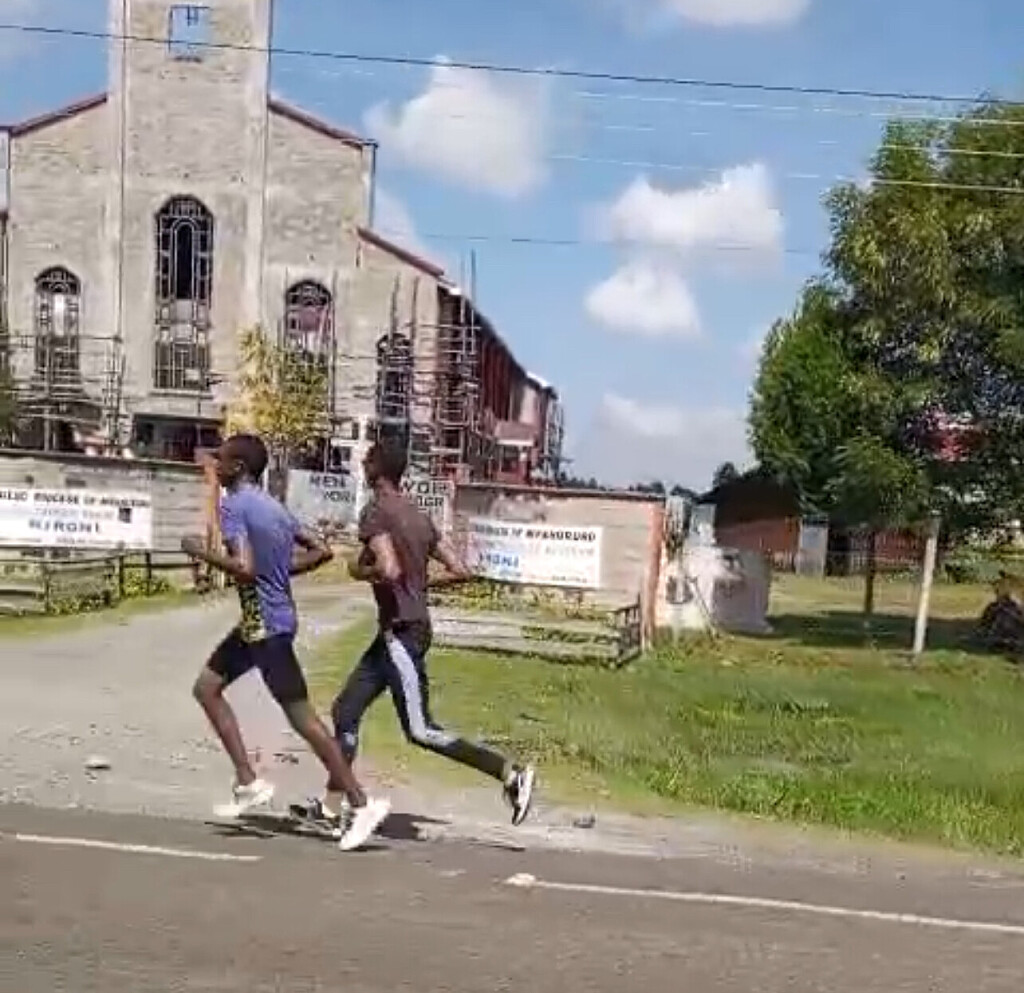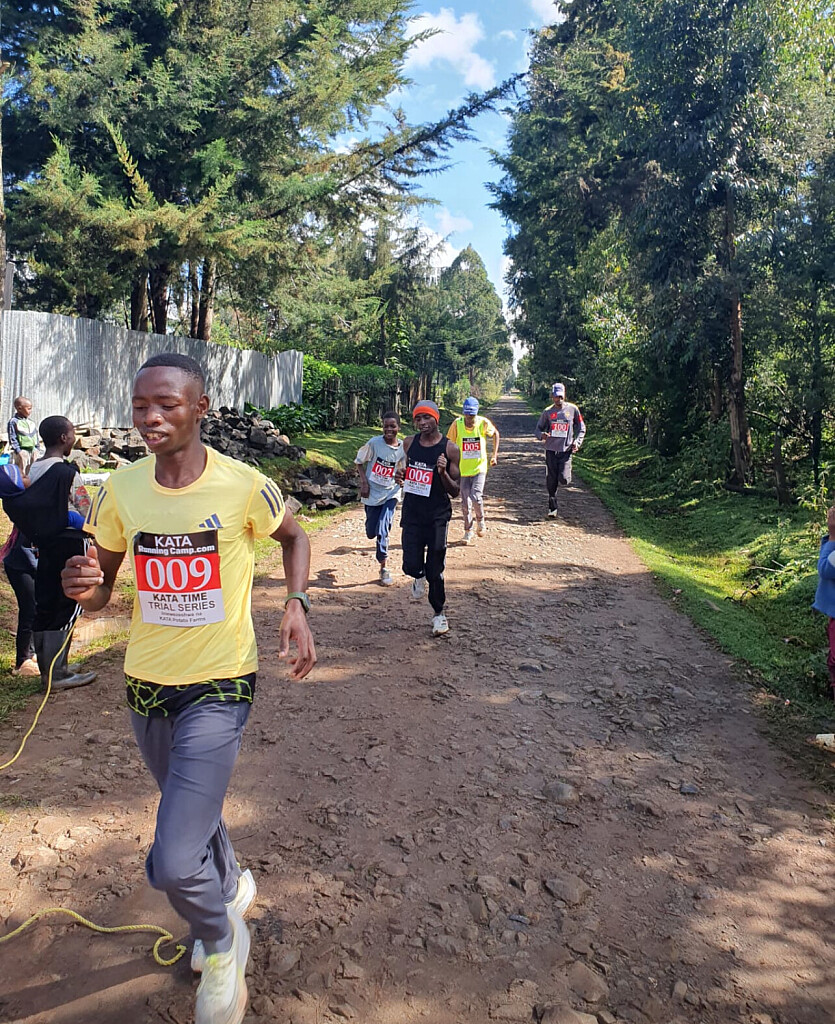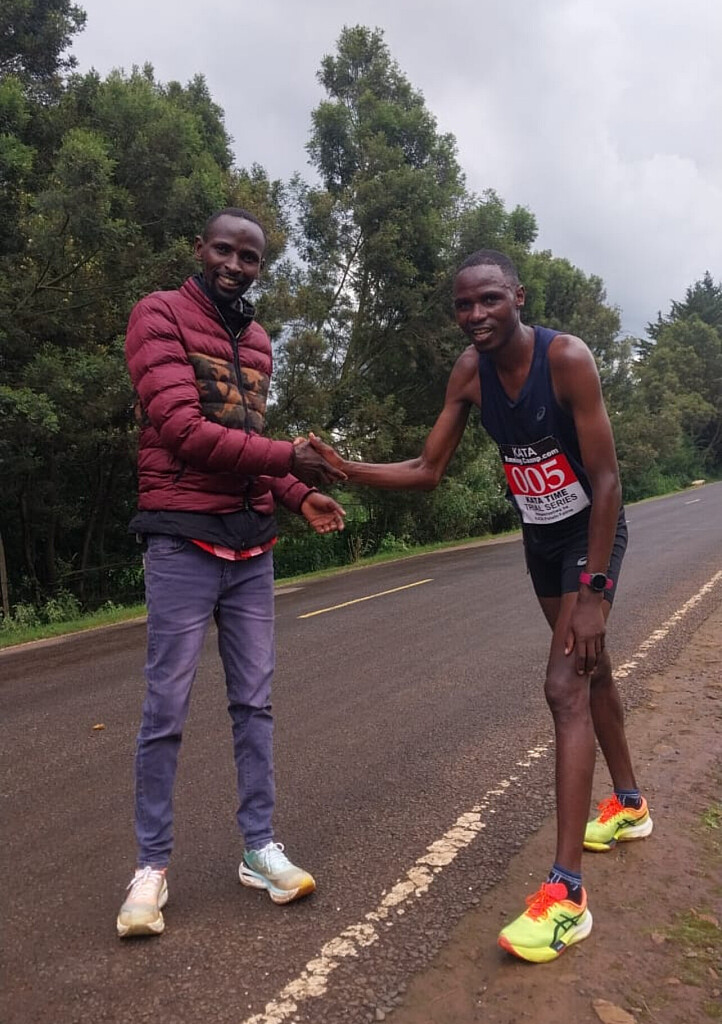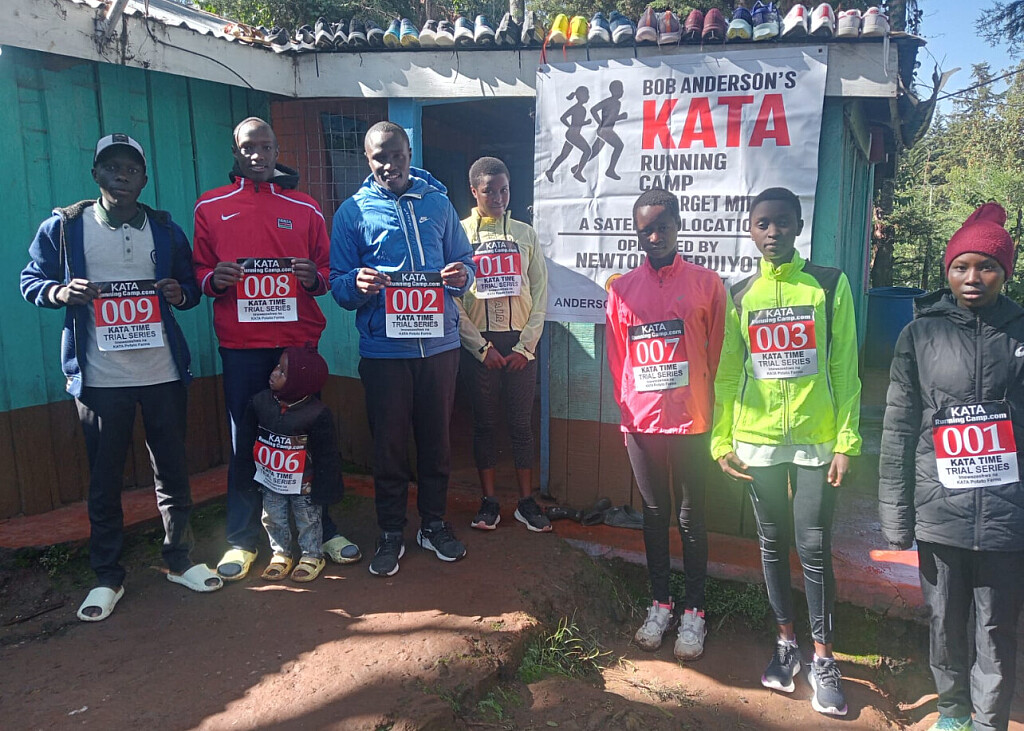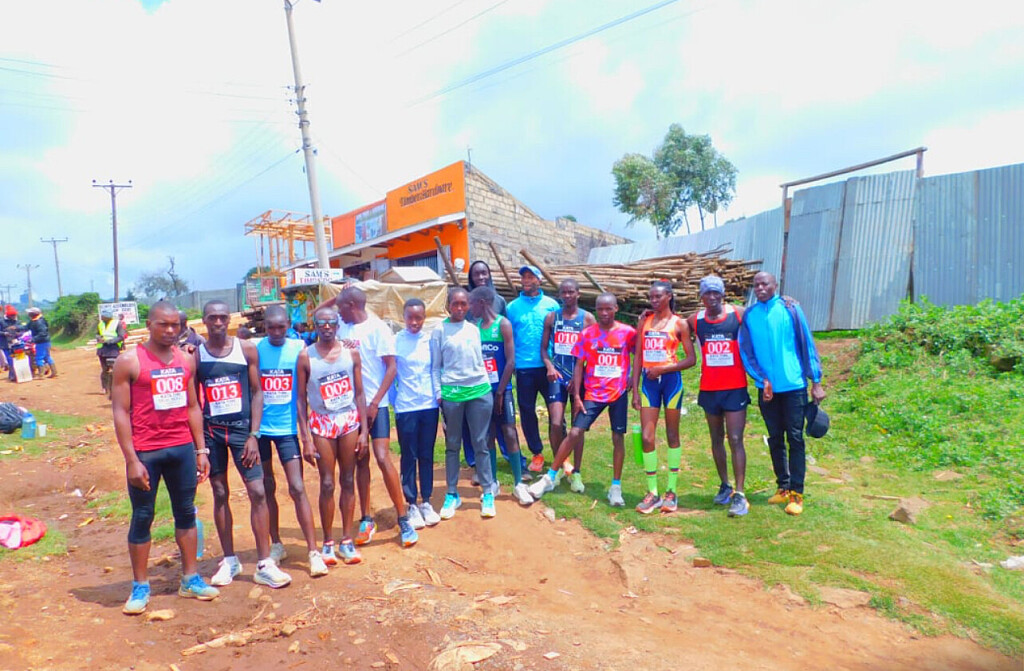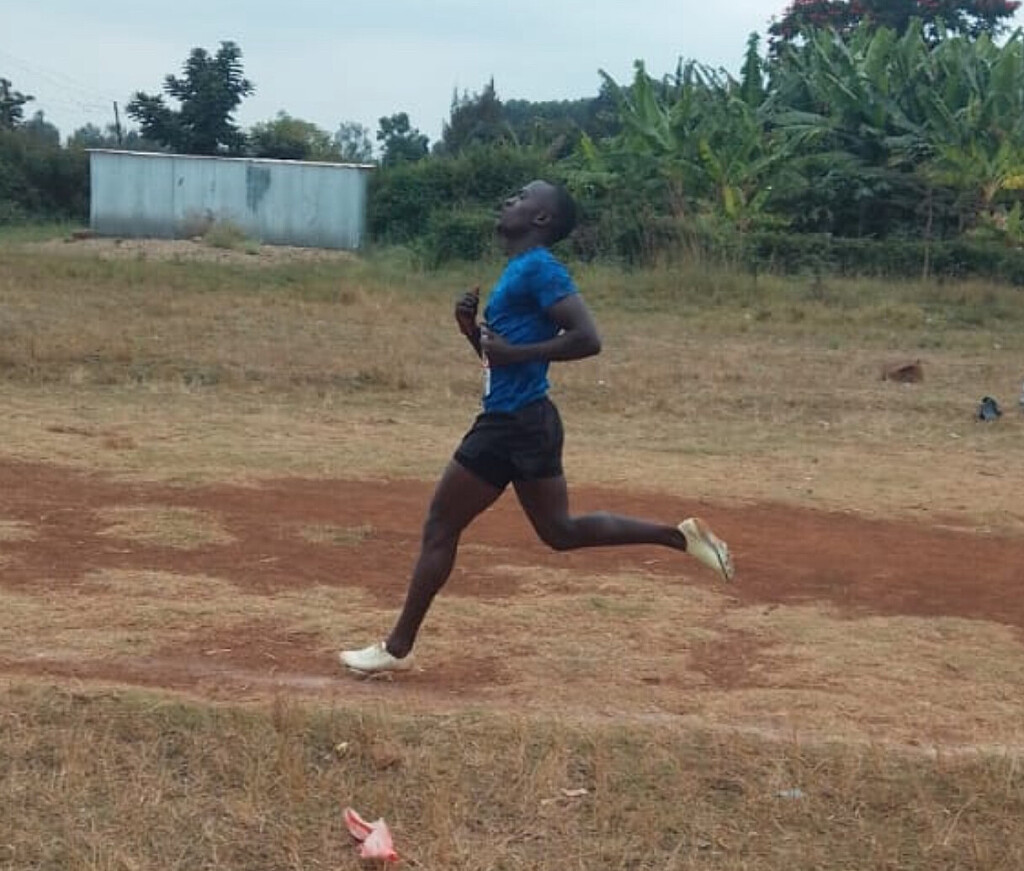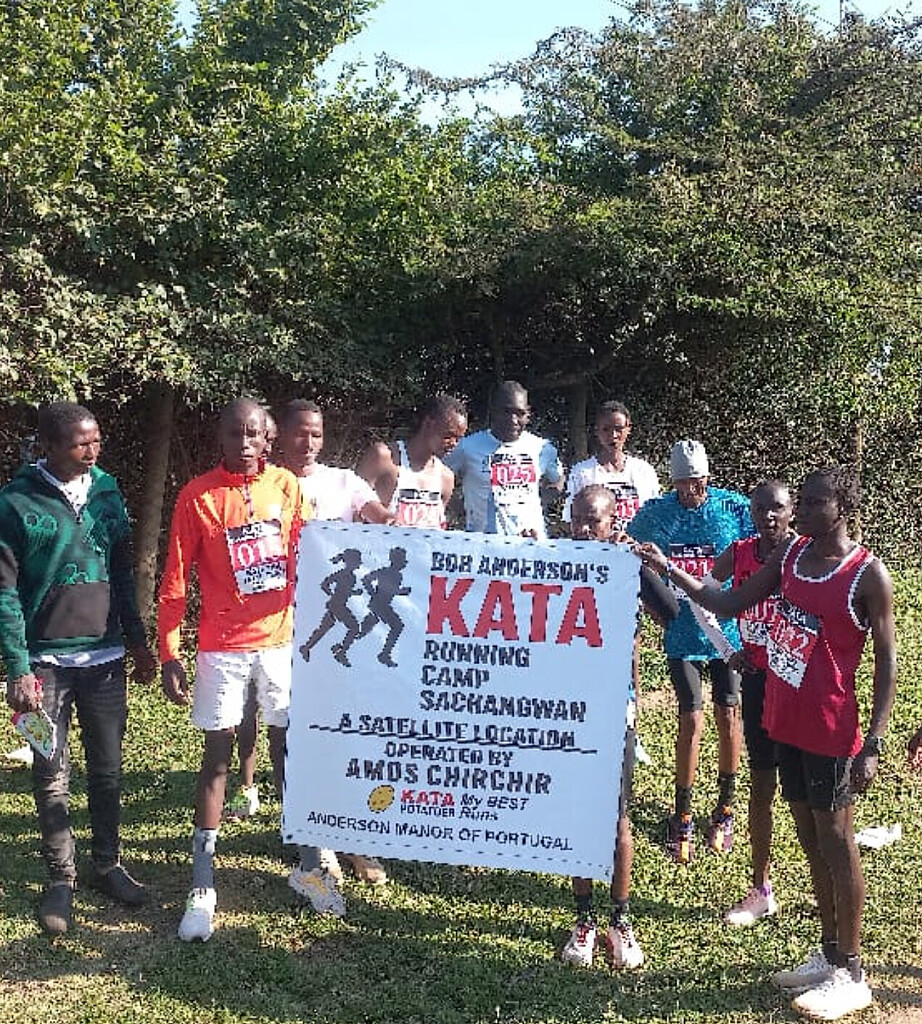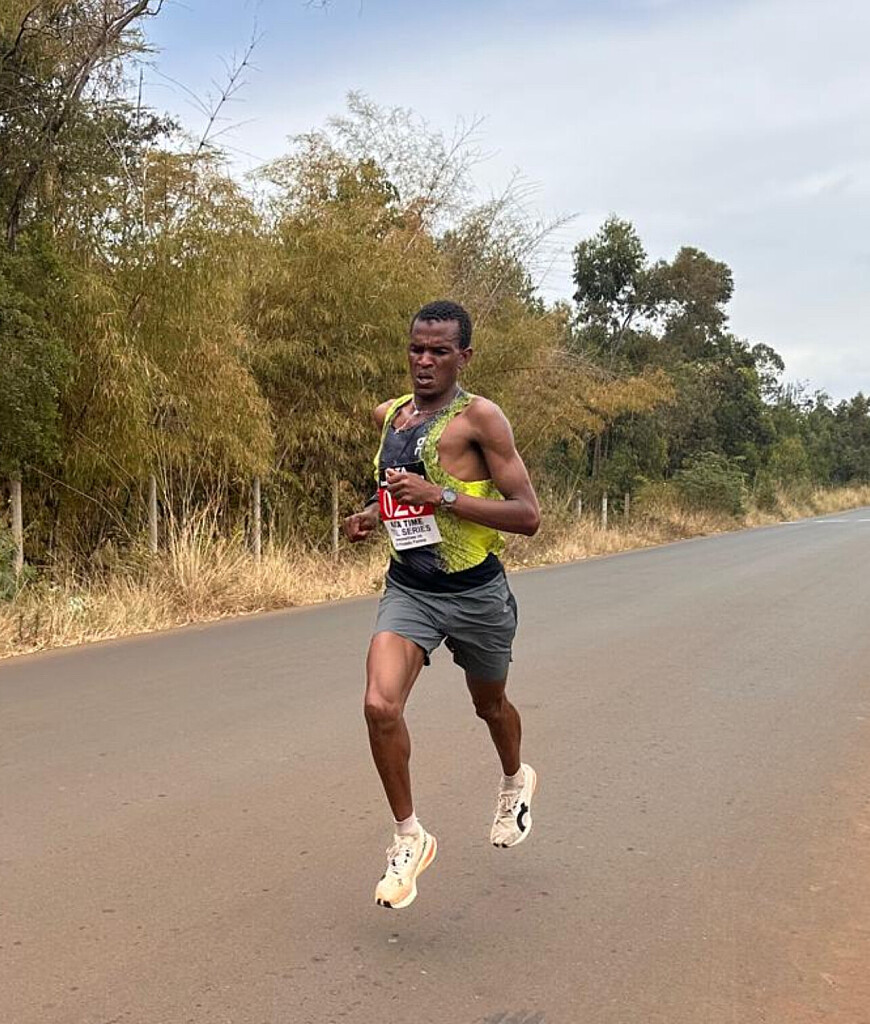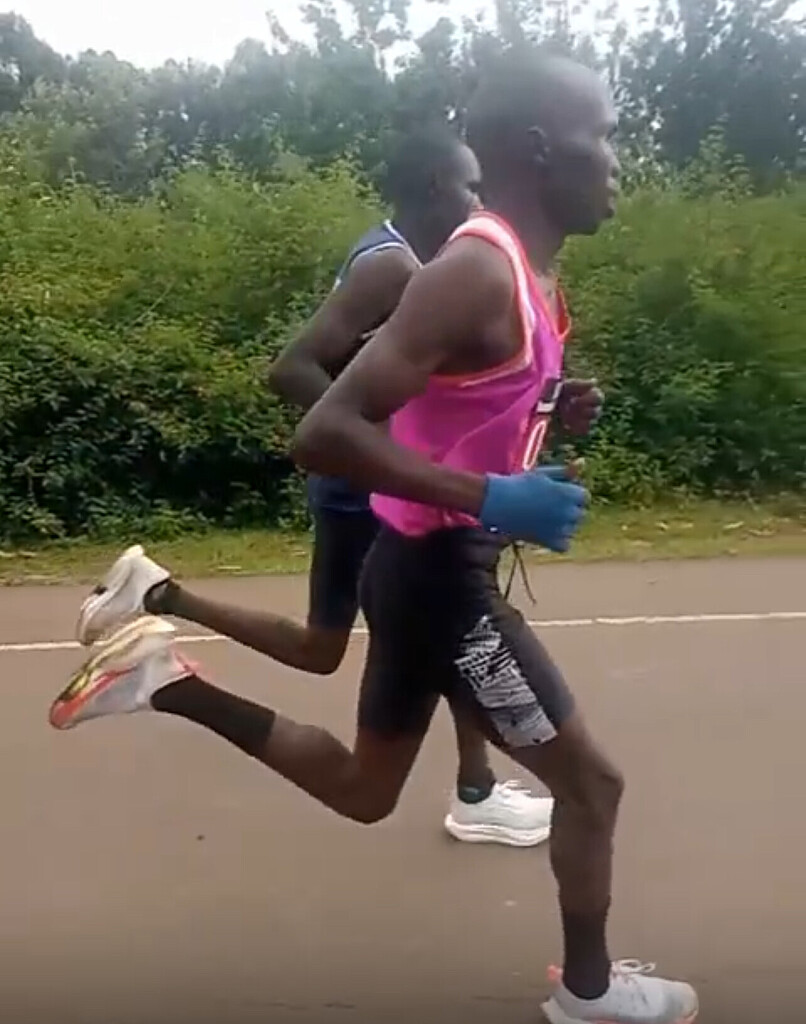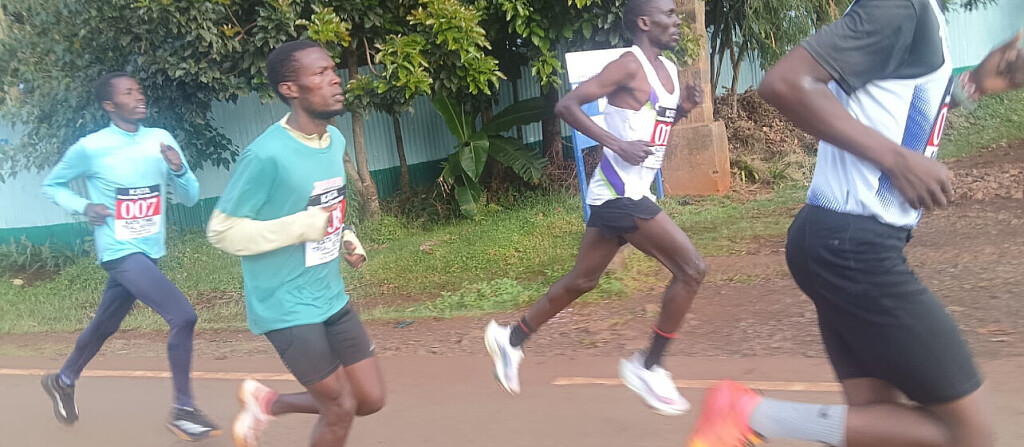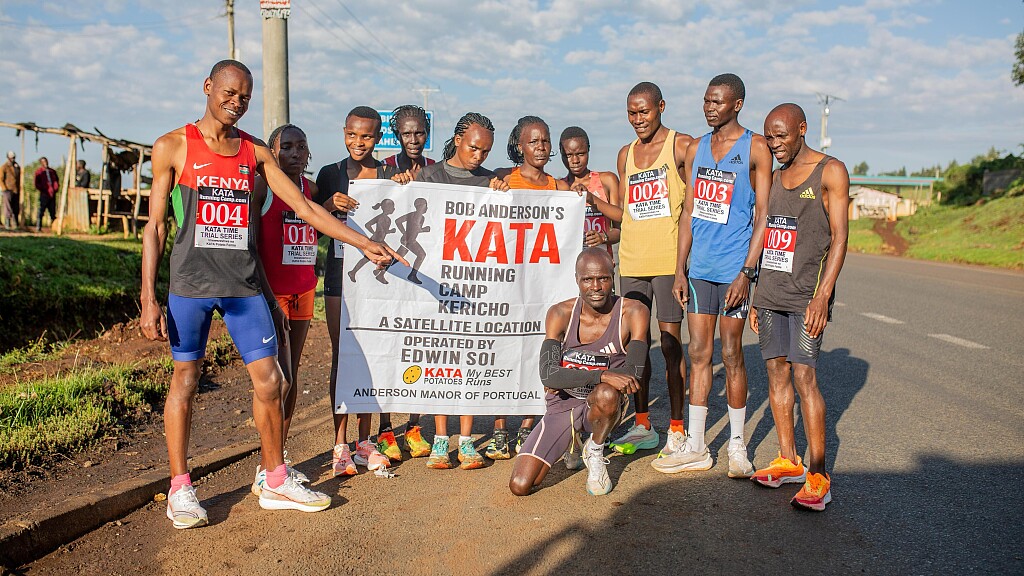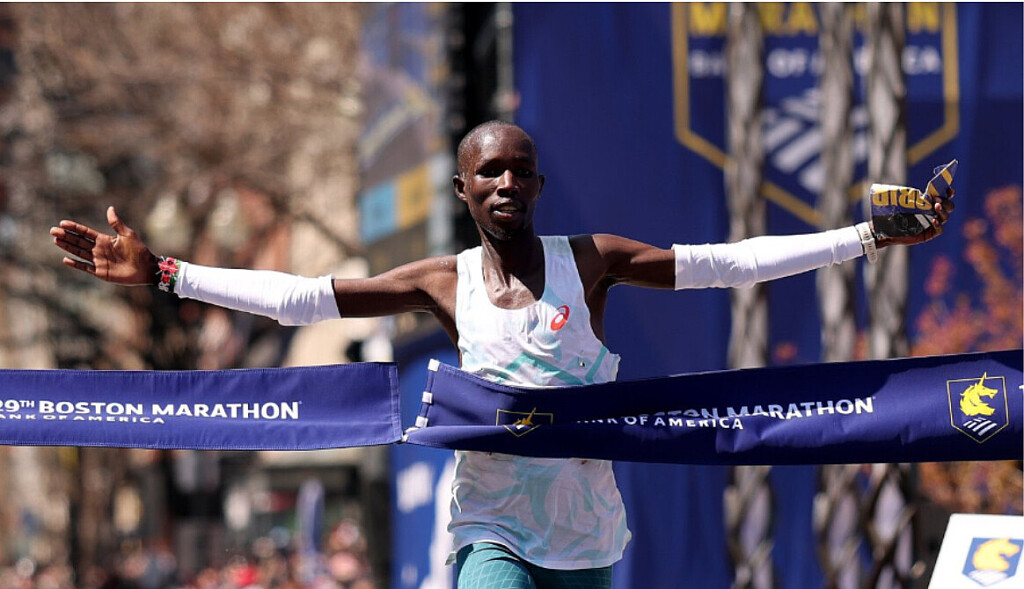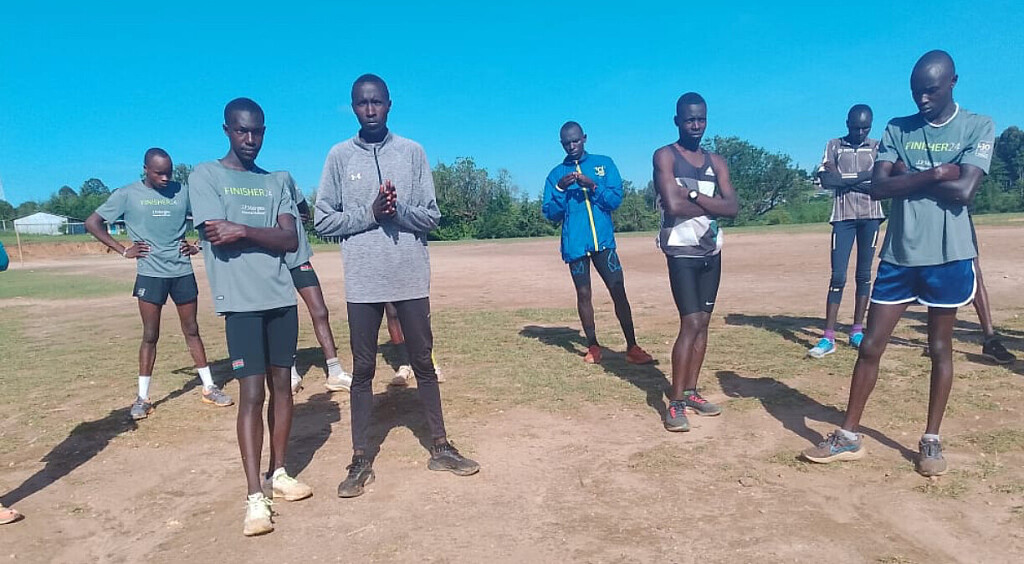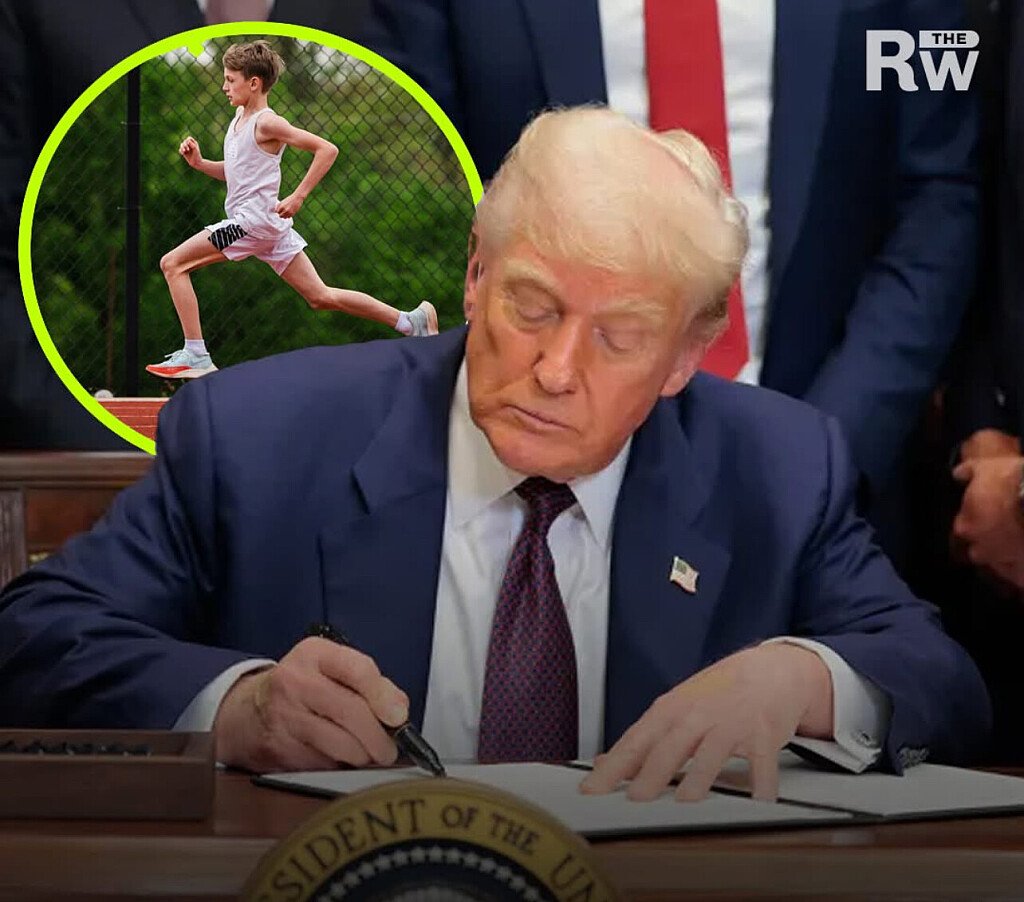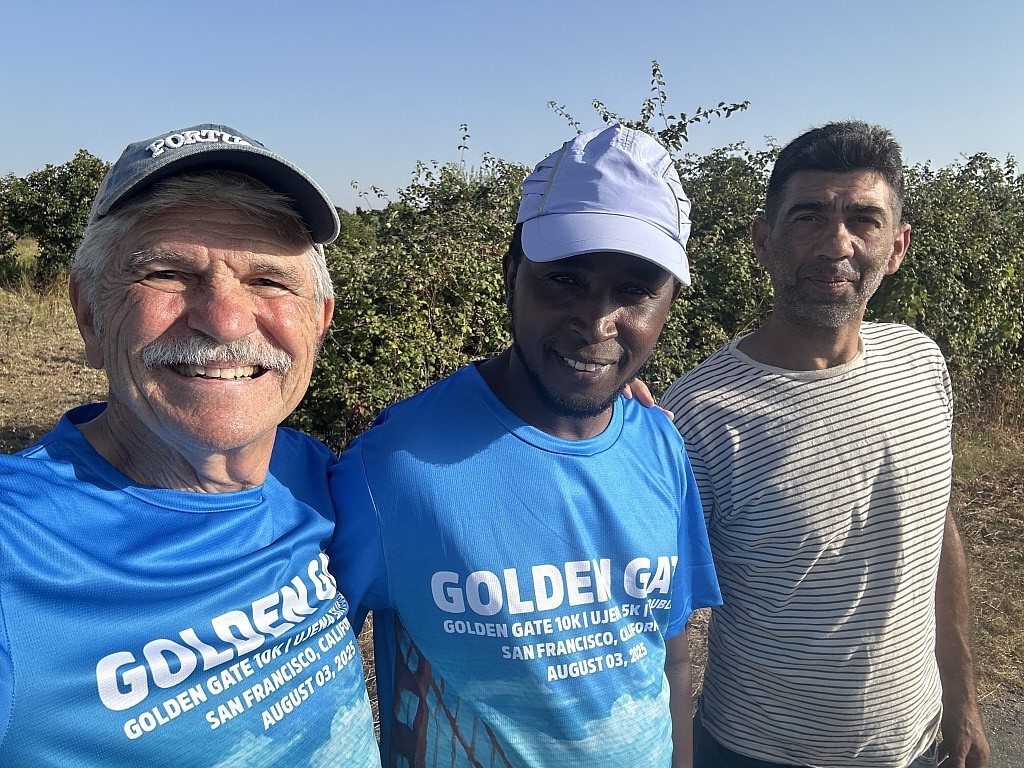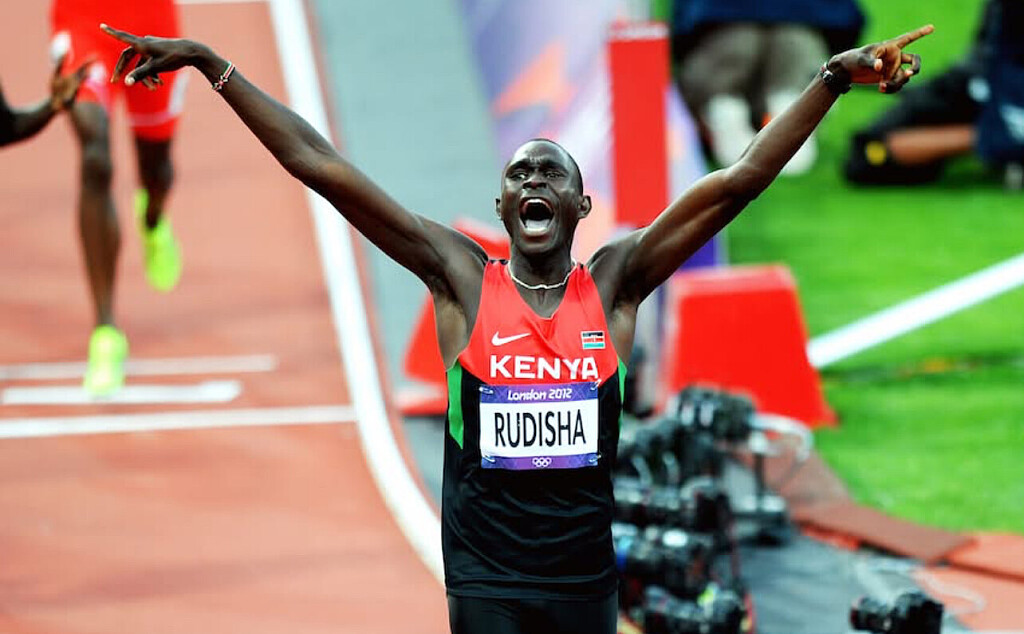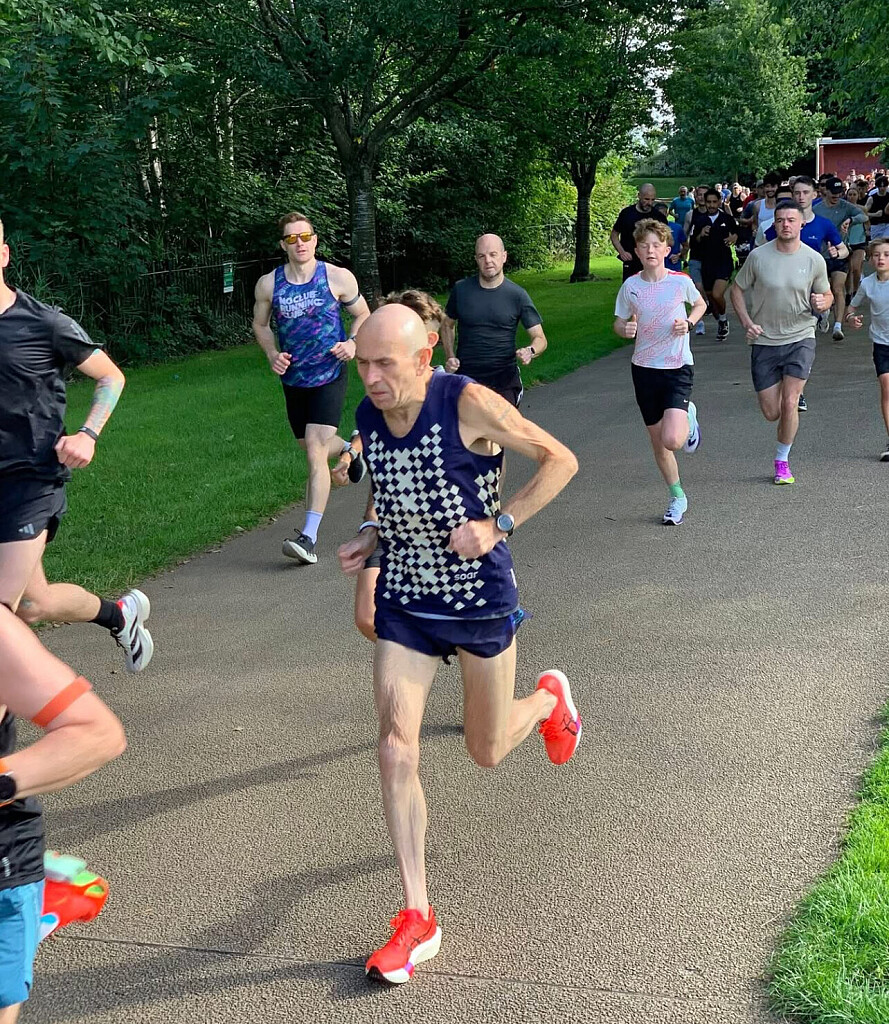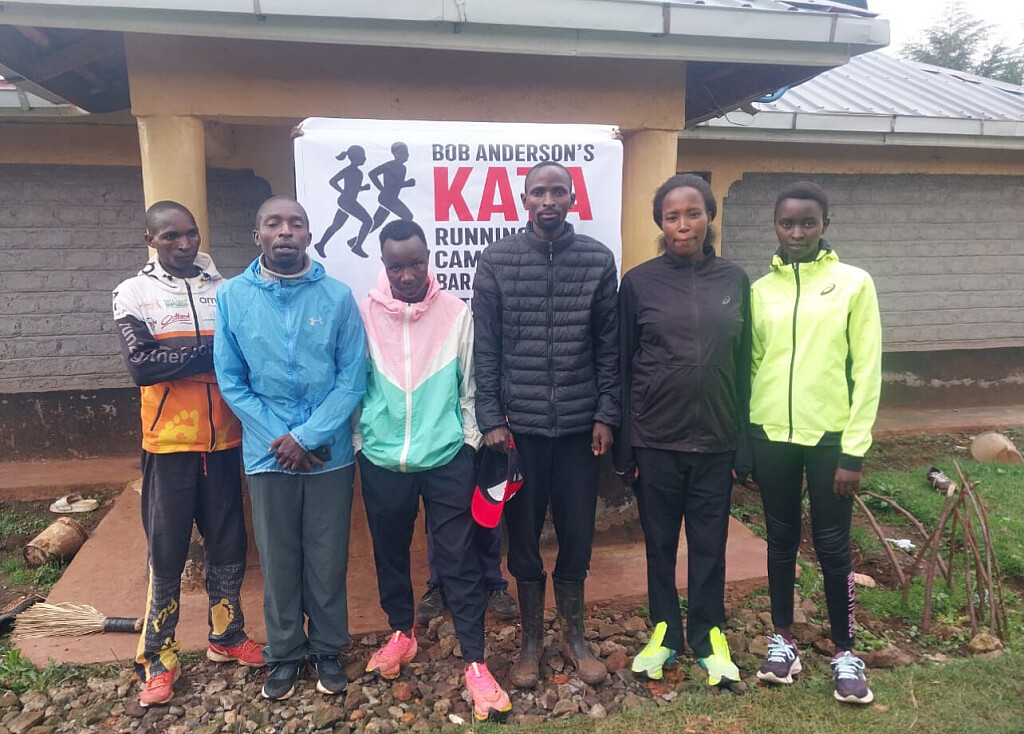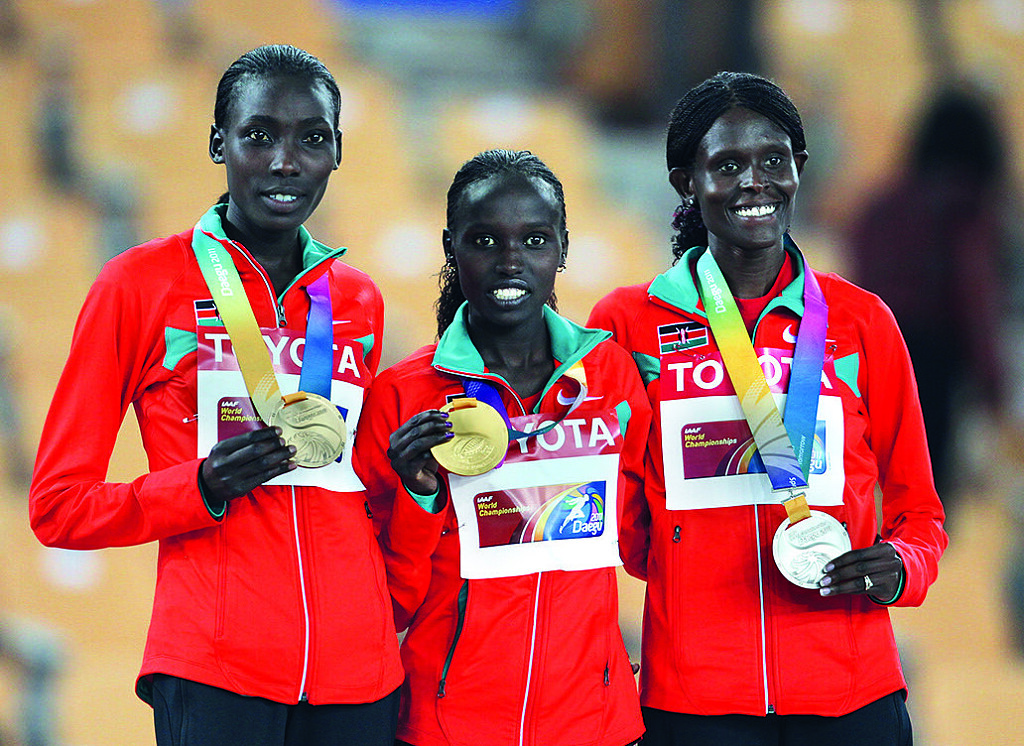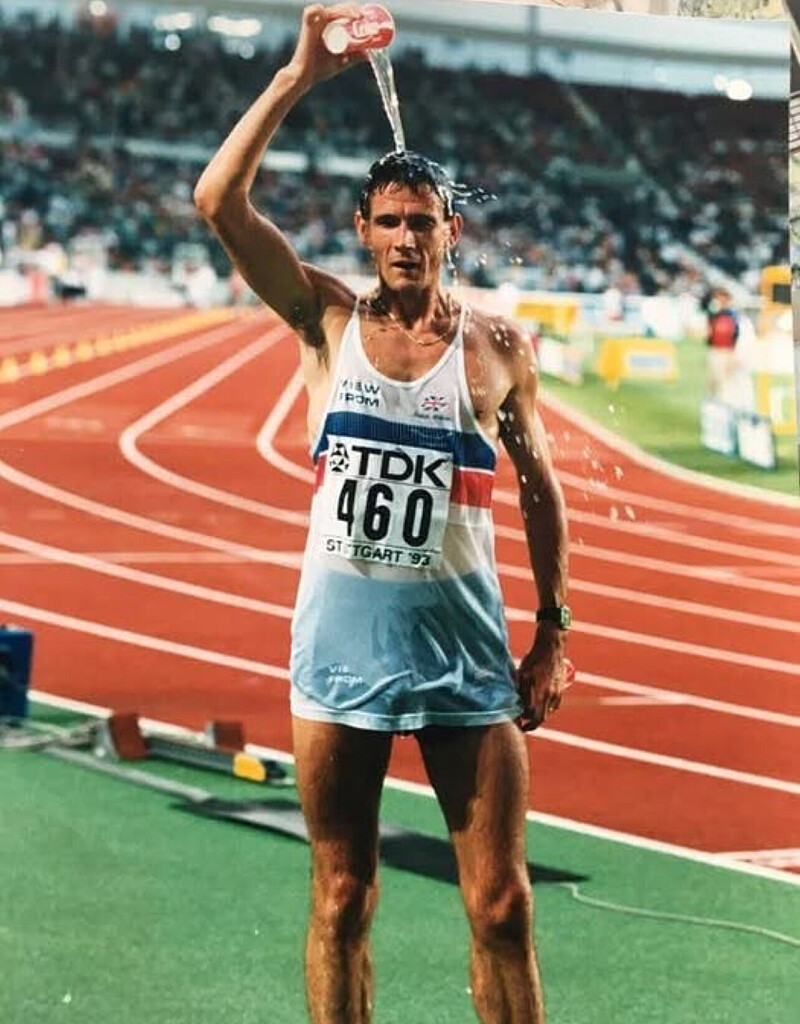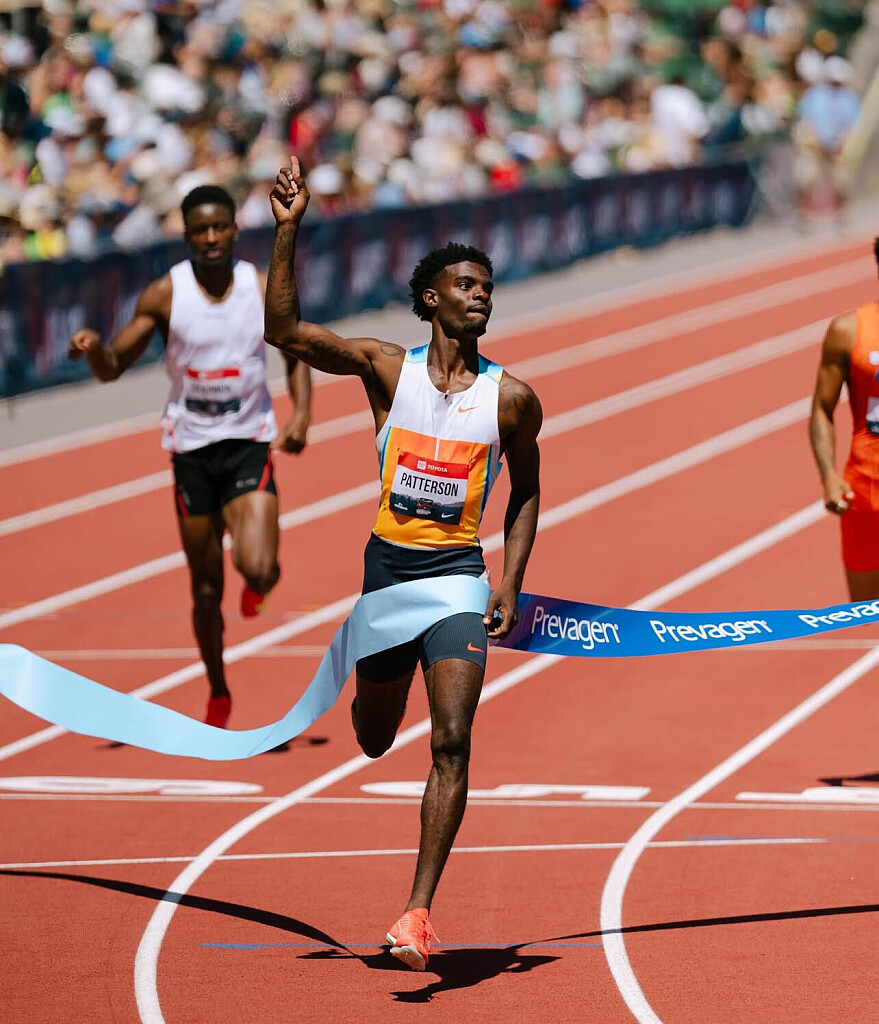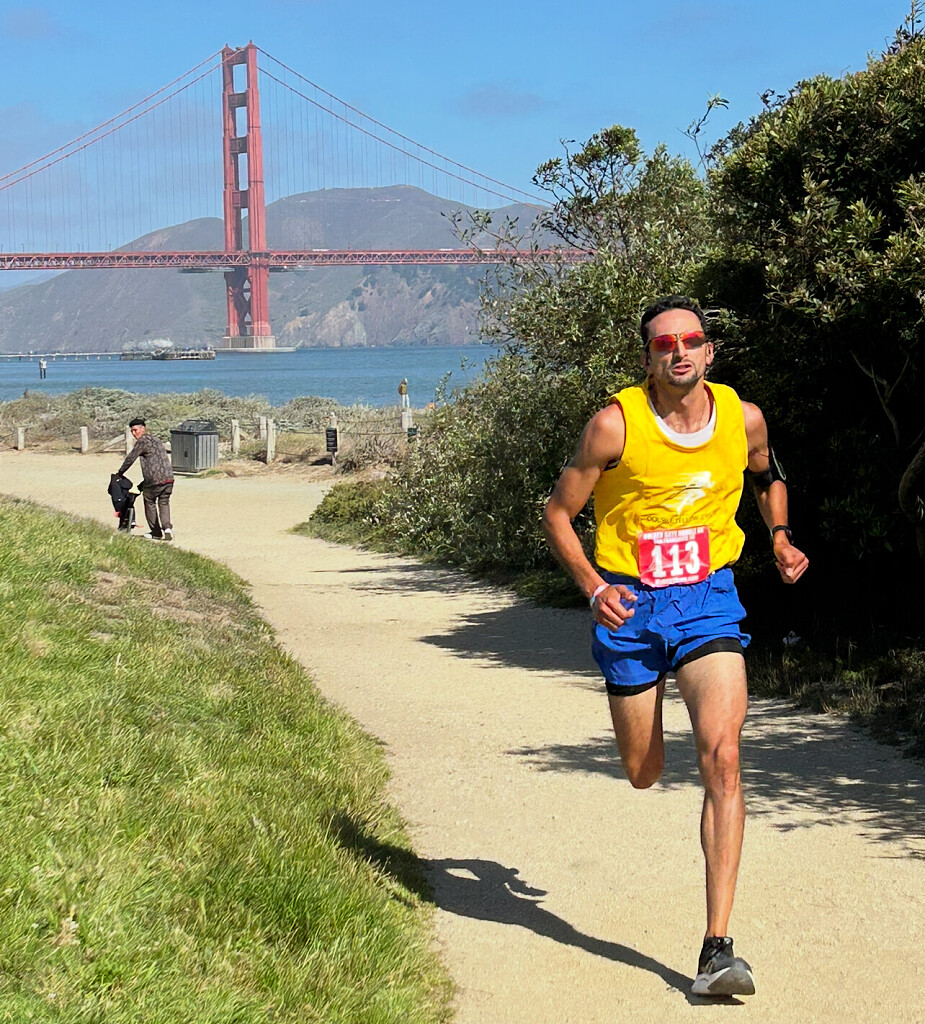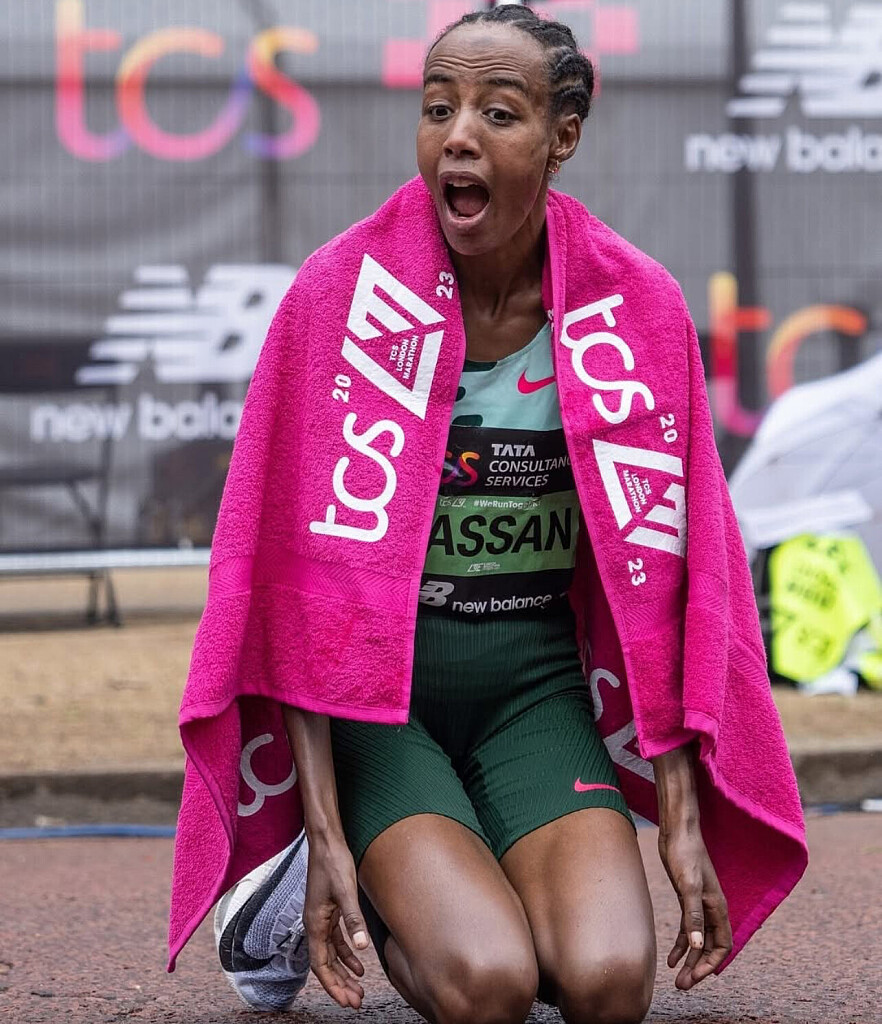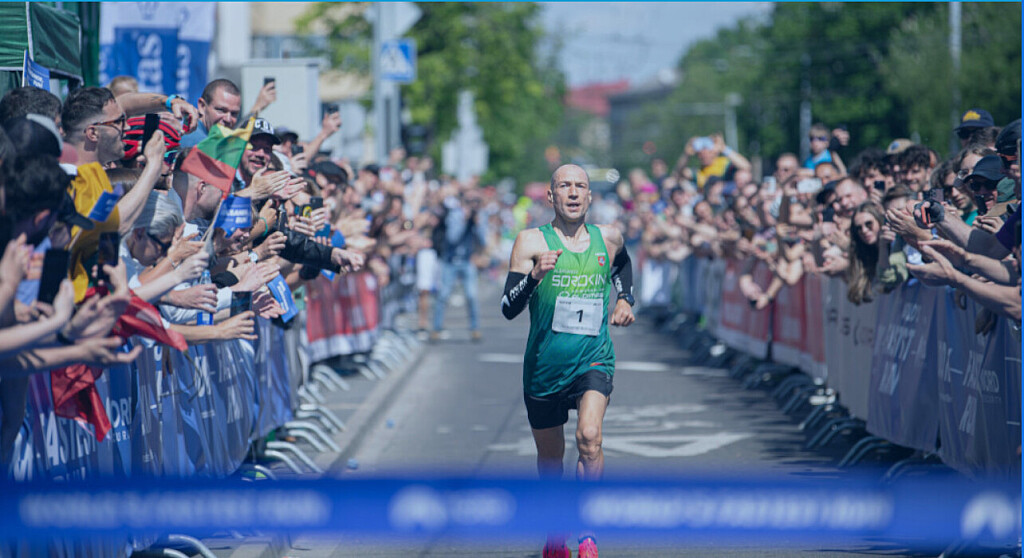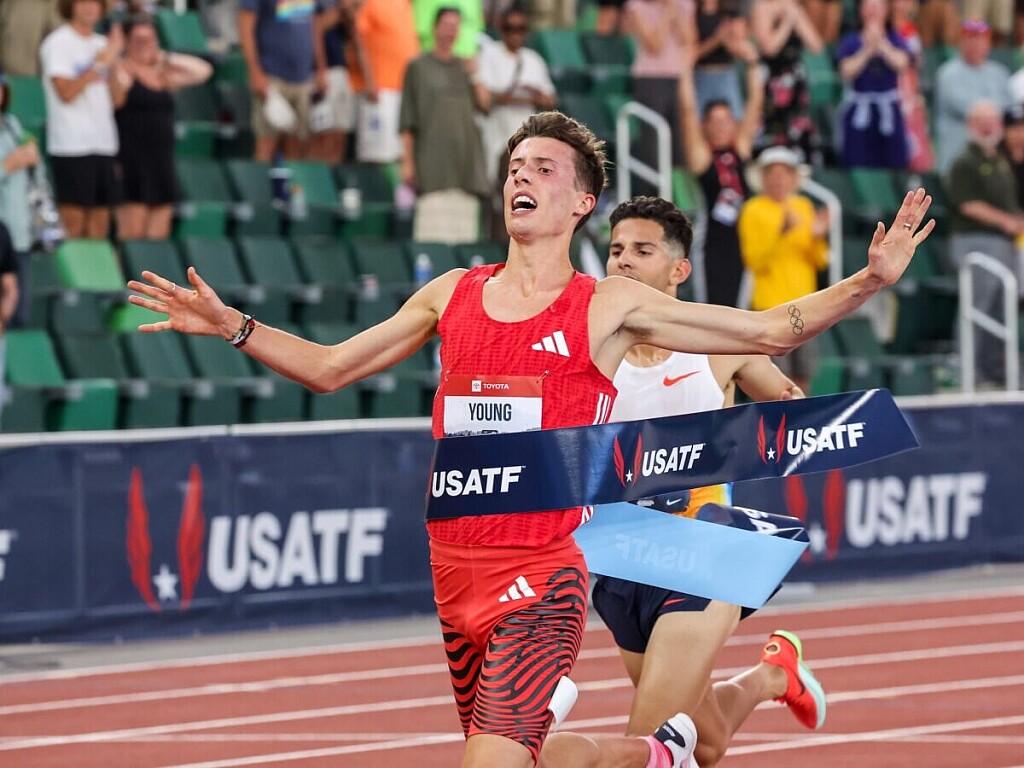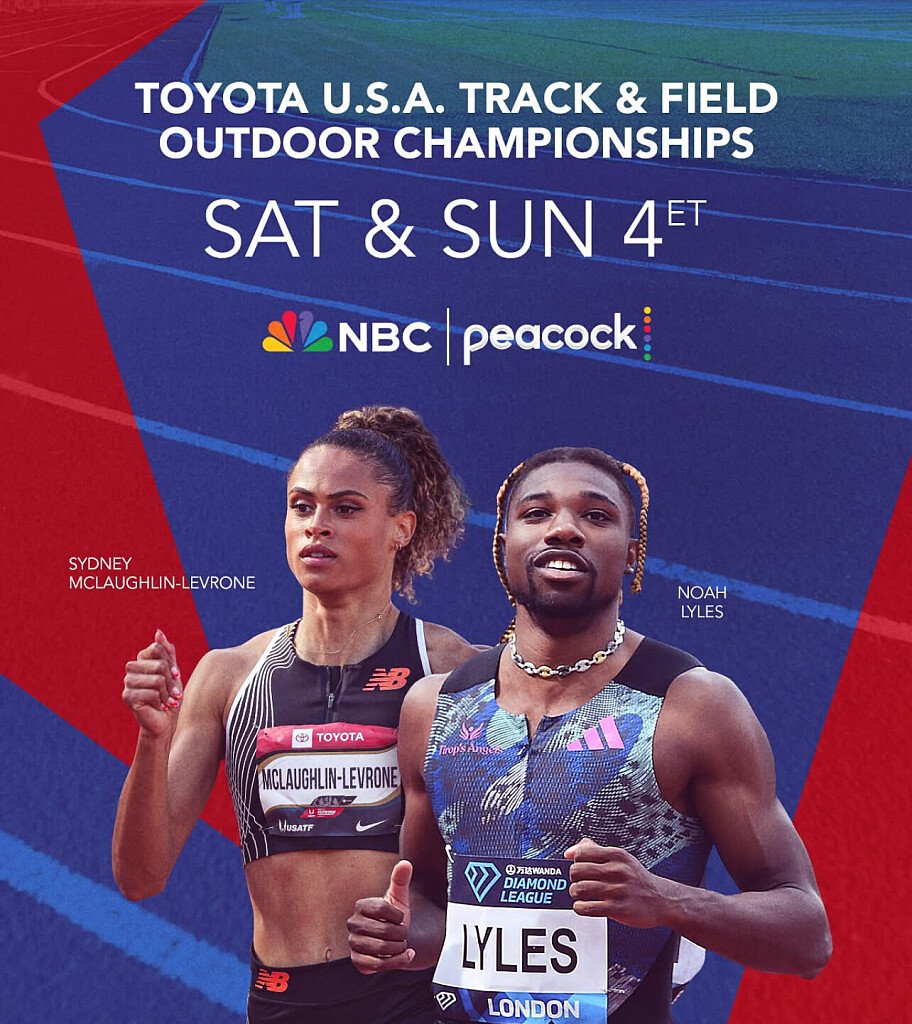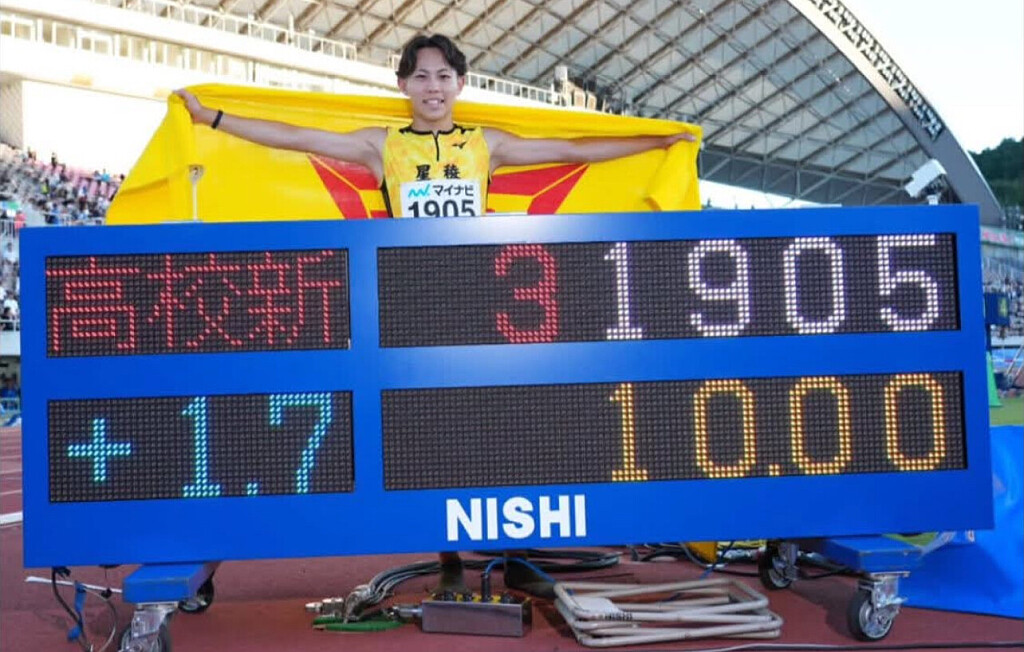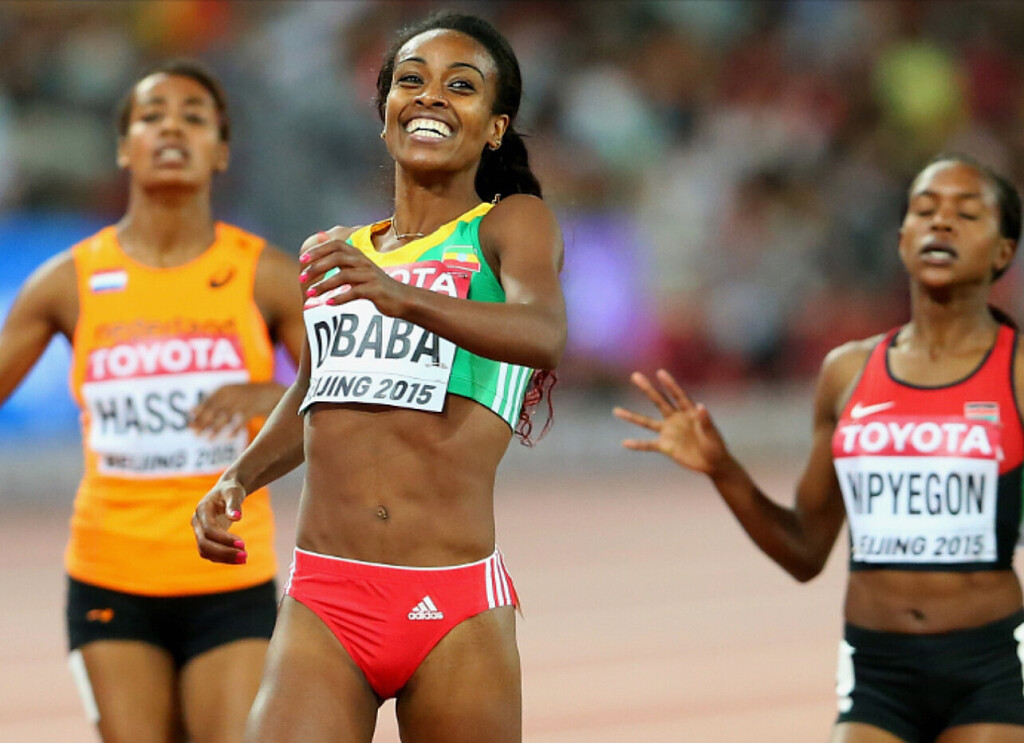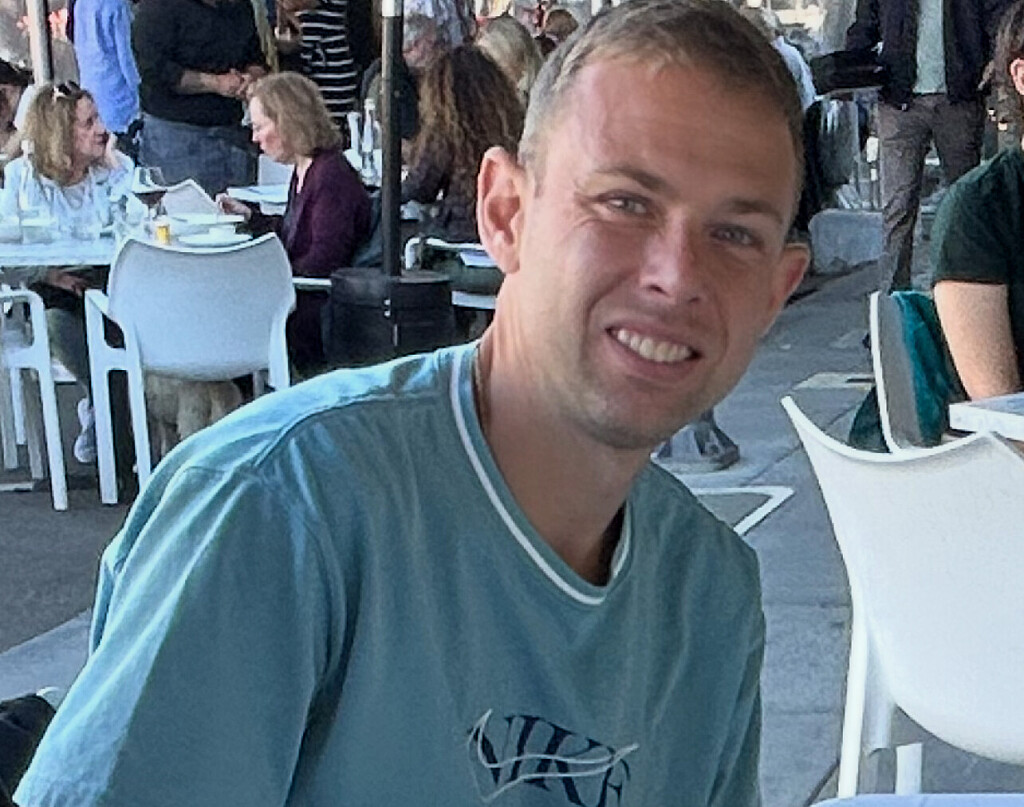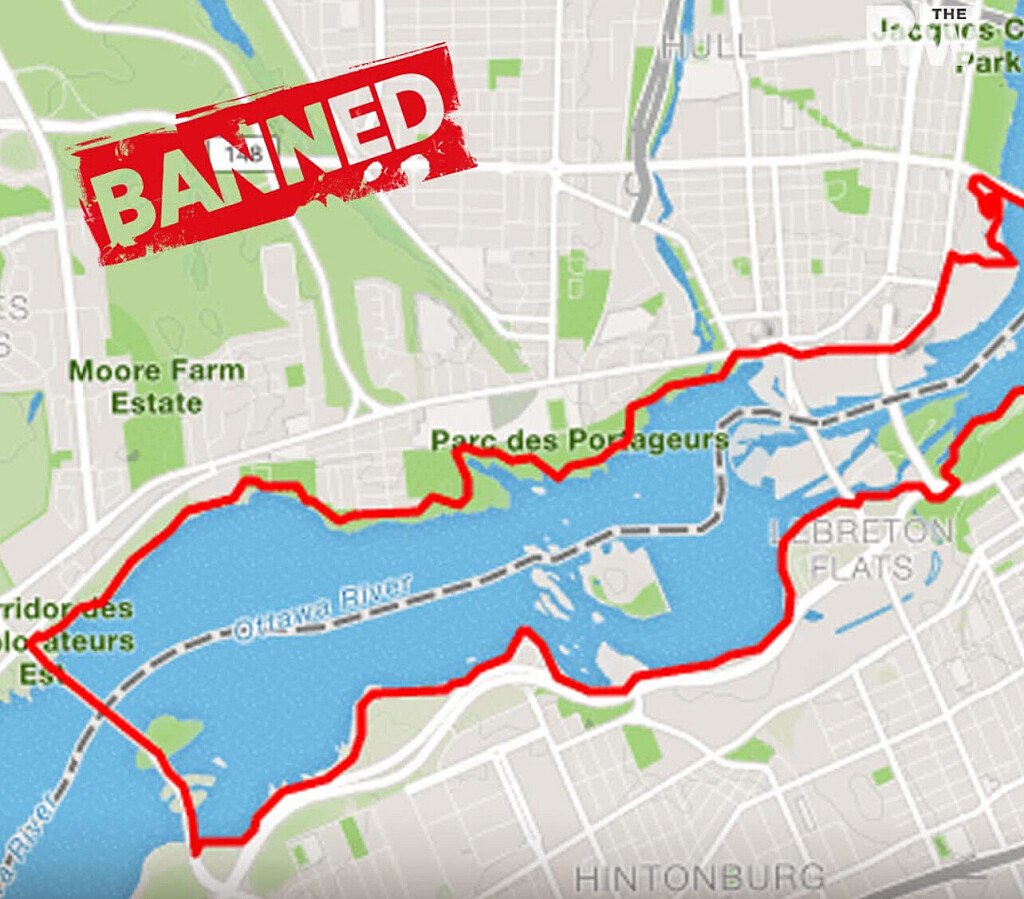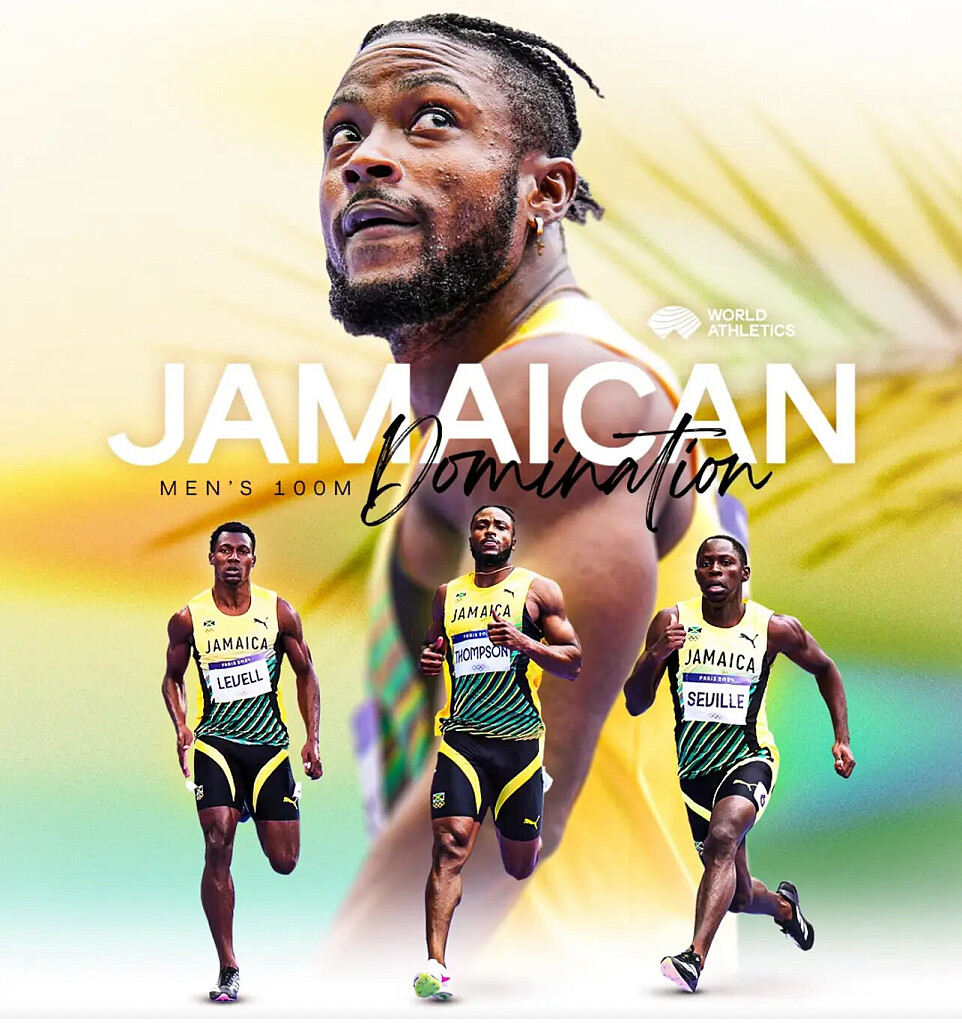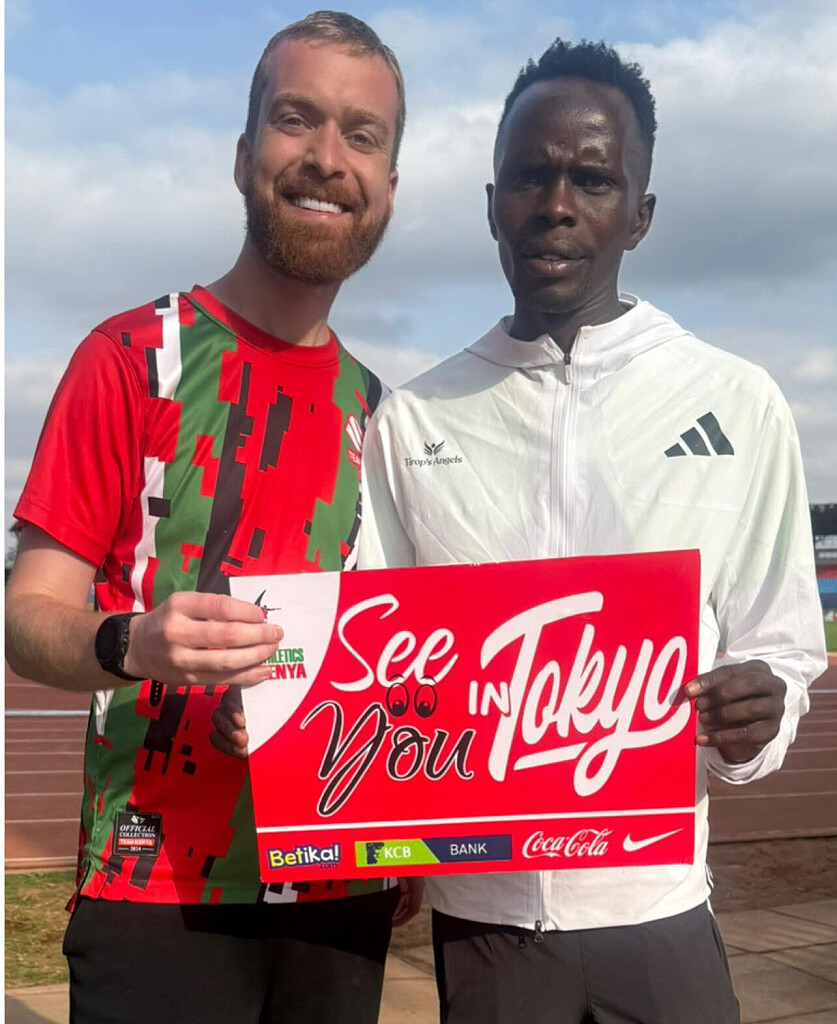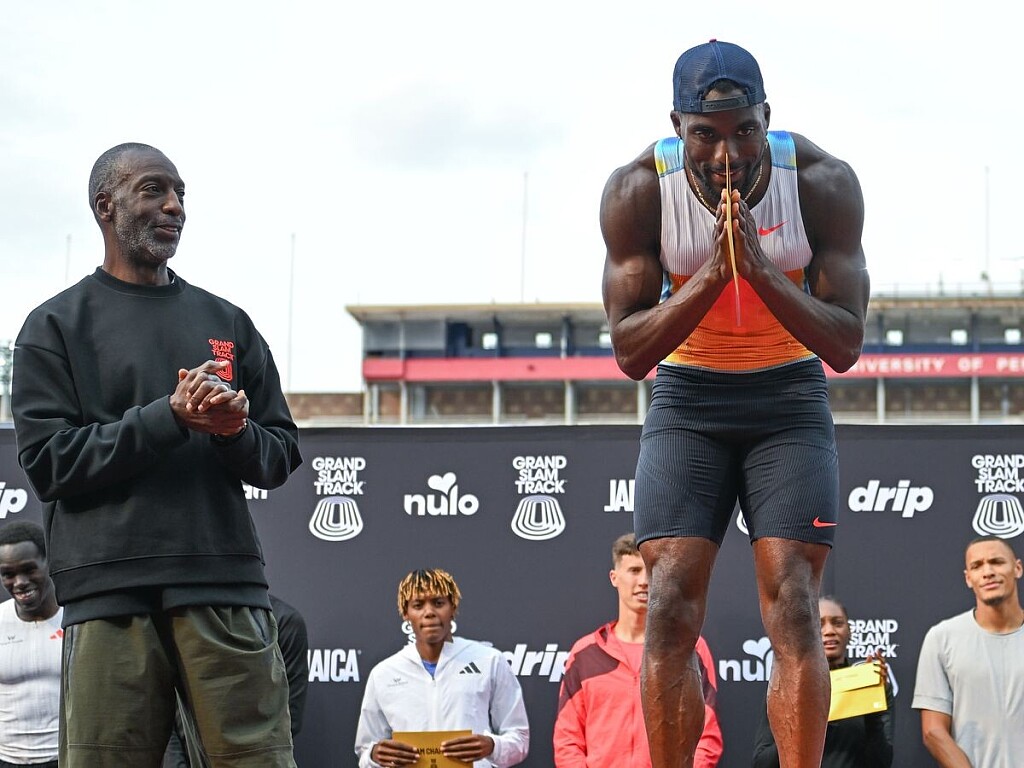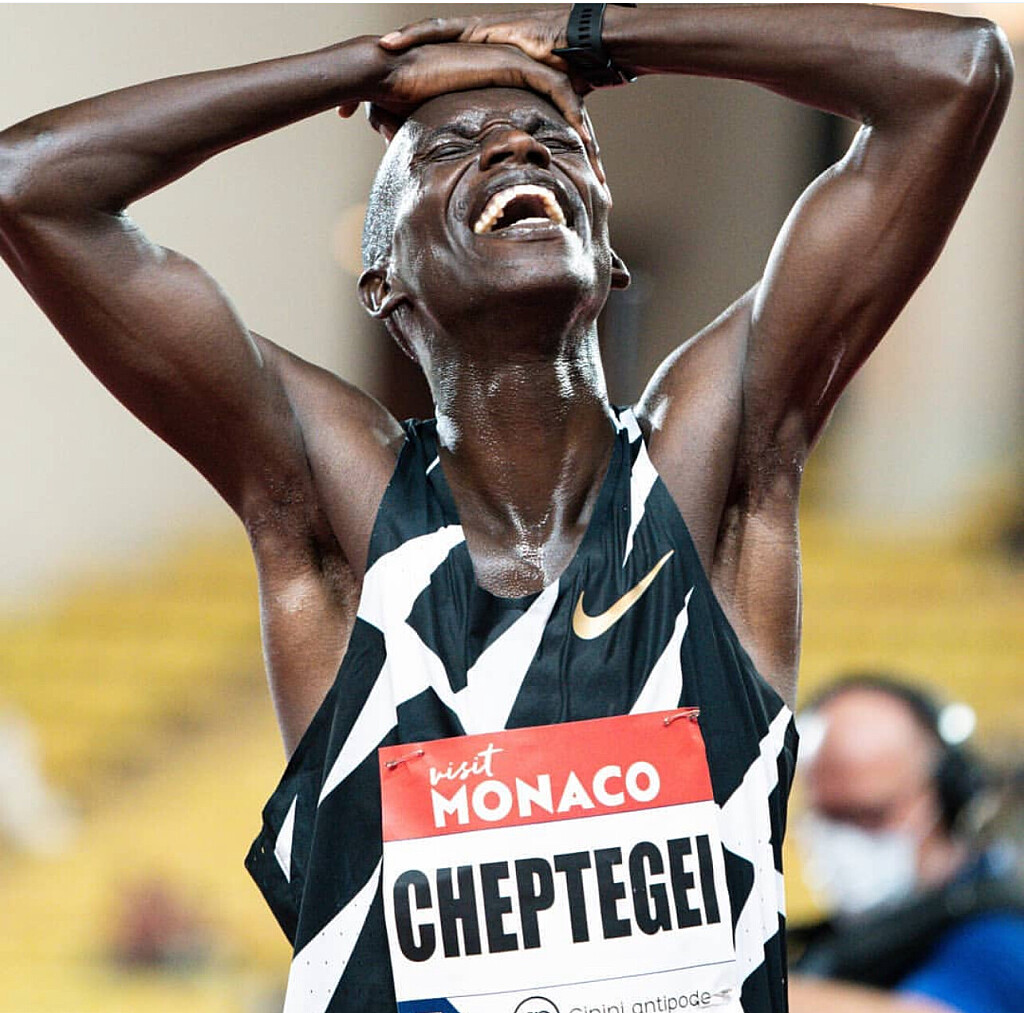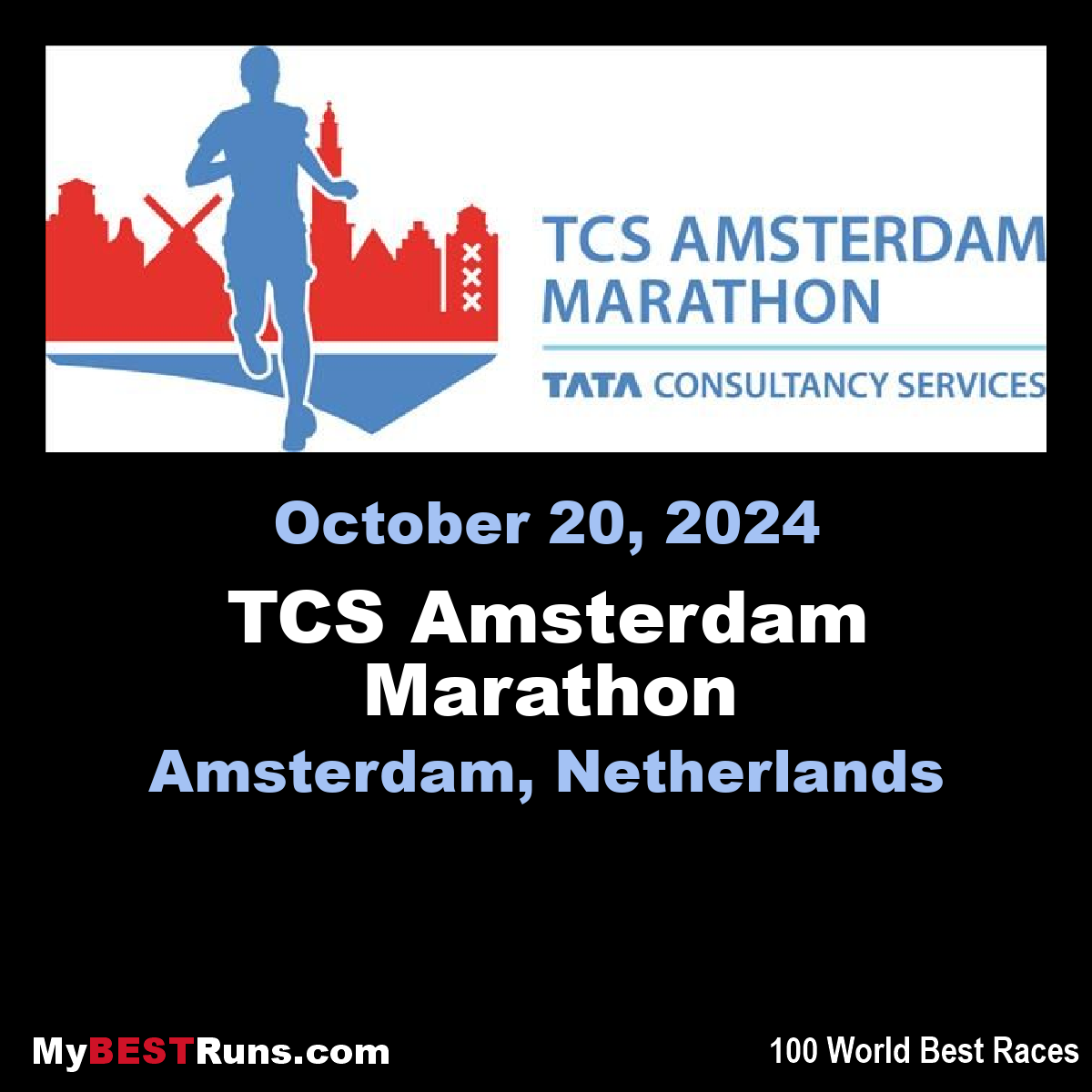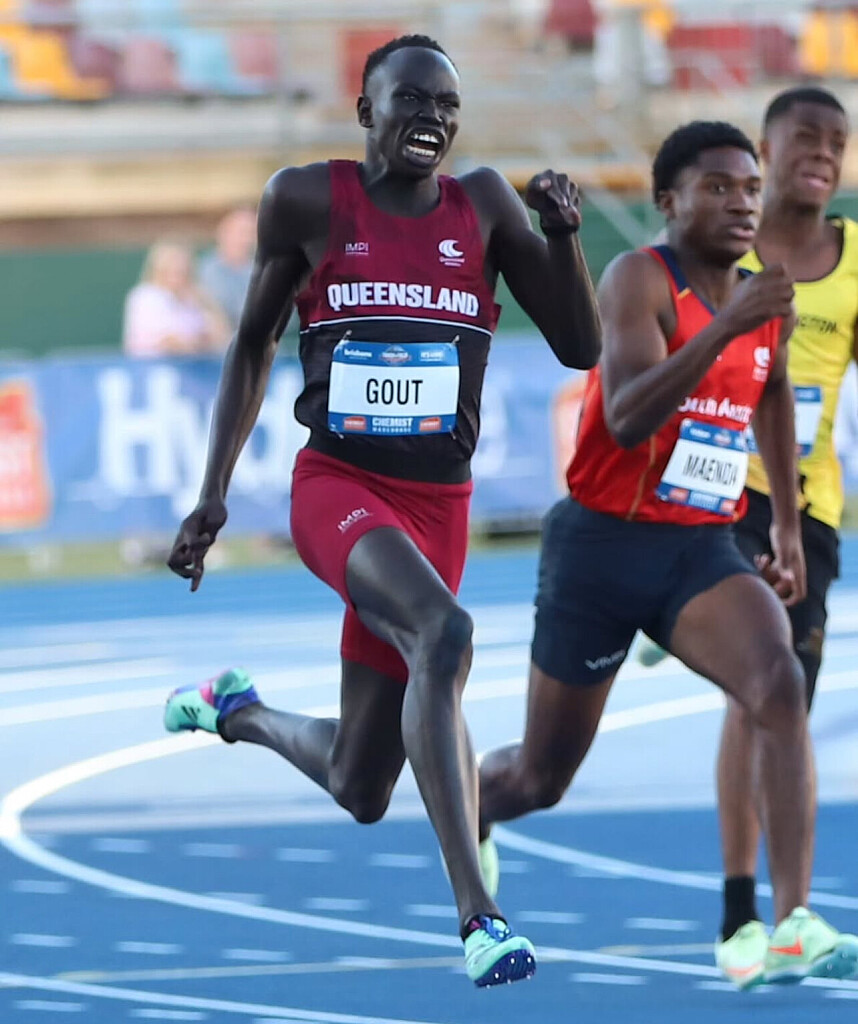Running News Daily
Running News Daily is edited by Bob Anderson. Send your news items to bob@mybestruns.com Advertising opportunities available. Train the Kenyan Way at KATA Kenya and Portugal owned and operated by Bob Anderson. Be sure to catch our movie A Long Run the movie KATA Running Camps and KATA Potato Farms - 31 now open in Kenya! https://kata.ke/
Index to Daily Posts · Sign Up For Updates · Run The World Feed
KATA Camp Olenguruone/Nakuru Time Trials Deliver Thrilling 5km Races
Olenguruone/Nakuru, Kenya – August 17, 2025 – The KATA Camp Olenguruone Satellite, operated by Coach Charles Ngeno in partnership with KATA Nakuru Camp, hosted highly competitive 5km time trials that showcased the depth of rising Kenyan talent across both men’s and women’s races.
Men’s 5km Race
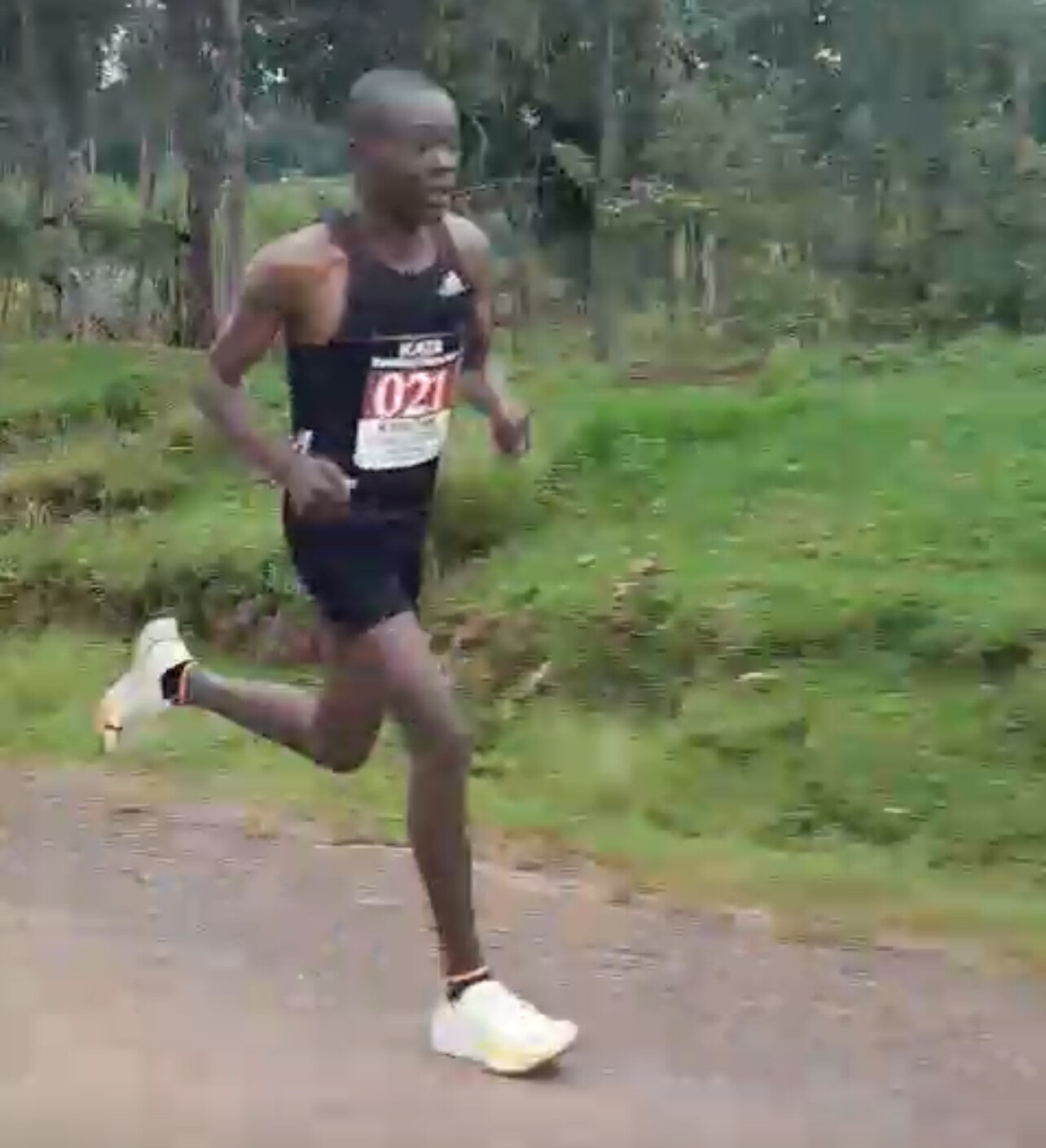
The men’s event was a tightly contested battle from the start, with the lead pack pushing a relentless pace. In the end, it was Vincent Sang (Bib 019) who surged to victory, clocking 13:42.00. He was closely followed by Wonder Kipngeno (Bib 006) in 13:45.03, with Clinton Kimutai (Bib 001)rounding out the podium in 13:50.07.
Just seconds behind, Robert Sigei (Bib 002) finished in 13:53.12, while Jasis Cheruiyot (Bib 021)and Aron Rutto (Bib 023) crossed almost shoulder-to-shoulder in 13:57.06 and 13:57.21respectively. The depth of the field was evident, with all top ten men finishing under 14:11.
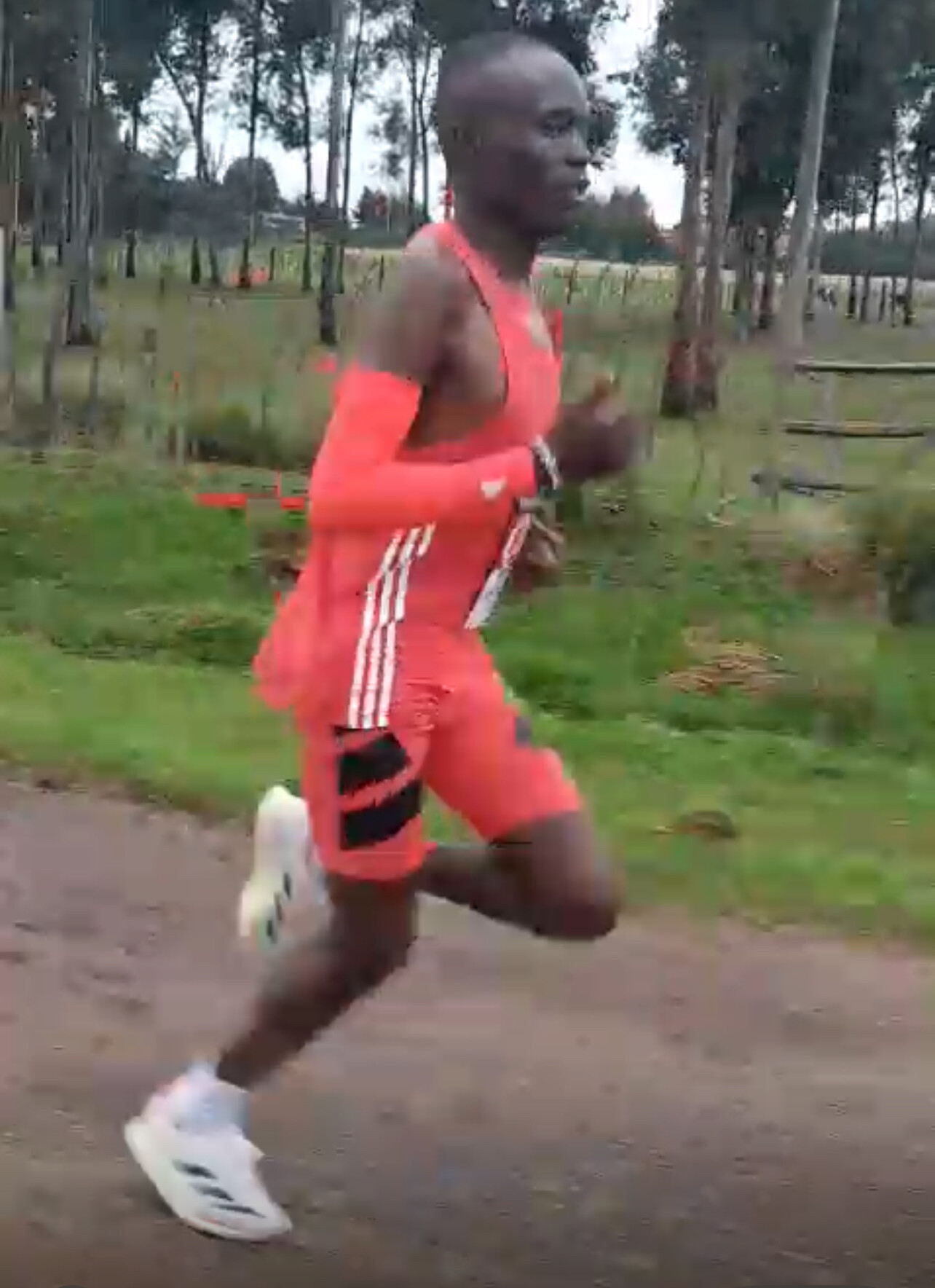
Top 10 Men’s Results (5km)
1. Vincent Sang – 13:42.00
2. Wonder Kipngeno – 13:45.03
3. Clinton Kimutai – 13:50.07
4. Robert Sigei – 13:53.12
5. Jasis Cheruiyot – 13:57.06
6. Aron Rutto – 13:57.21
7. Clinton Kipkurui – 13:58.11
8. Emmanuel Kiprotich – 13:59.36
9. Collins Kiplui – 14:06.07
10. Kelvin Kipkorir – 14:10.04
Women’s 5km Race
The women’s race was equally fierce, with the top three athletes finishing within just three seconds of each other. Mary Chepkoech (Bib 028) took the win in 15:57.01, edging out Ida Chepkoech (Bib 027), who clocked 15:59.11. Faith Chepluru (Bib 026) secured third with 15:59.36, only fractions of a second behind.
Close on their heels, Tabitha Cheropgeitch (Bib 039) finished in 16:00.10, while Deborah Chepkoech (Bib 030) and Abigael Chelanga (Bib 024) battled through in 16:04.22 and 16:05.07. With nearly the entire top 10 within 13 seconds, the women’s field proved both deep and competitive.
Top 9 Women’s Results (5km)
1. Mary Chepkoech – 15:57.01
2. Ida Chepkoech – 15:59.11
3. Faith Chepluru – 15:59.36
4. Tabitha Cheropgeitch – 16:00.10
5. Deborah Chepkoech – 16:04.22
6. Abigael Chelanga – 16:05.07
7. Brenda Cherotich – 16:07.13
8. Irvine Chepkolir – 16:08.01
9. Duti Chemytai – 16:10.09
Building the KATA Legacy
The Olenguruone/Nakuru trial is part of the fast-growing KATA Running Camp initiative, founded by Bob Anderson, which has now launched 30 camps across Kenya. Each camp blends elite training with community support, providing athletes with opportunities to develop their potential while also contributing to KATA’s innovative potato farming model – fueling both champions and local livelihoods.
(08/17/2025) ⚡AMPby Boris Baron
KATA Time Trial at Kangundo Camp 17 Showcases Rising Talent
Kangundo, Kenya – August 2025 – The KATA Running Camp 17, operated by legendary marathoner Jimmy Muindi, hosted a competitive 10km time trial that highlighted both established runners and emerging young talent.
The event saw Thomas Mutua take command of the race, finishing first in a sharp 30:35, closely followed by Francis Kioko, who crossed the line just ten seconds later in 30:45. The battle for third was claimed by Joshua Maingi in 31:40, holding off Daniel Kilonzo (32:30).

Further down the field, Charles Ndunda clocked 35:25, while the standout performance of the day came from 14-year-old Stephen Kioko, who impressed the camp with a determined 37:20 over the challenging 10km distance. Maingi Mutisya rounded out the results with 37:40.
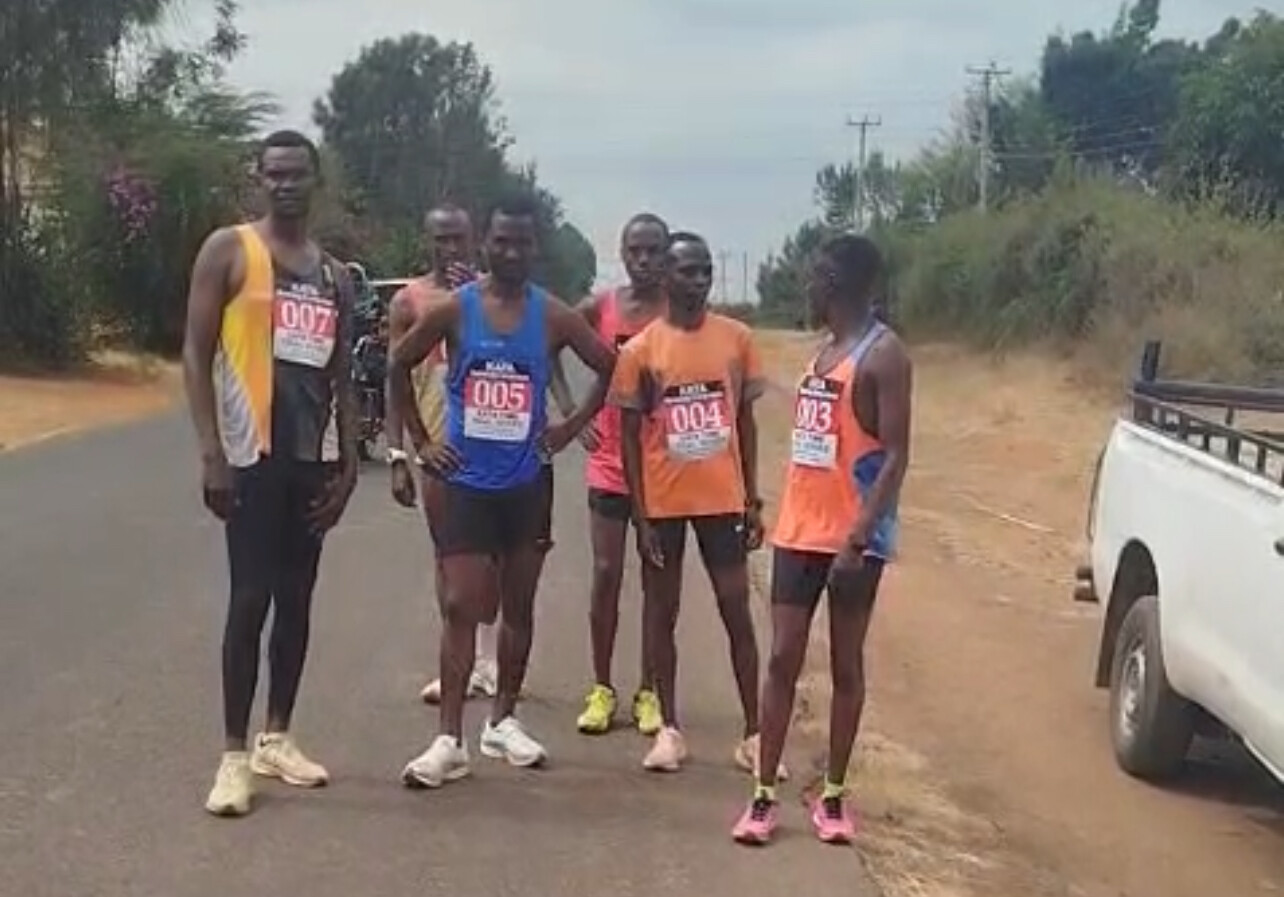
Results – KATA Kangundo Camp 17, 10km
1. Thomas Mutua – 30:35
2. Francis Kioko – 30:45
3. Joshua Maingi – 31:40
4. Daniel Kilonzo – 32:30
5. Charles Ndunda – 35:25
6. Stephen Kioko (14 yrs) – 37:20
7. Maingi Mutisya – 37:40
Camp 17 continues to build momentum under the guidance of Muindi, a six-time Honolulu Marathon champion and one of Kenya’s most respected road runners. The Kangundo group is part of the expanding KATA program, founded by Bob Anderson, which has now established 30 KATA Running Camps across Kenya. Each camp pairs elite-level training with a sustainable farming model, creating opportunities for athletes to chase their running dreams while supporting local communities.
(08/17/2025) ⚡AMPby Boris Baron
Faith Kipyegon Breaks Diamond League Record in Silesia with Second-Fastest 3000m in History
Silesia, Poland – August 16, 2025 — Kenya’s Faith Kipyegon once again delivered a masterclass in middle-distance running, storming to victory in the women’s 3000m at the Diamond League meeting in Silesia. Her time of 8:07.04 not only set a new Diamond League record but also established an African record, a meeting record, and the second-fastest performance in history.
A Perfect Setup from the Pacemaker

Kipyegon started the race tucked in behind Australia’s Jessica Hull, who paced the first 2000m with precision. Hull, the world record holder at 2000m (5:19.70 from July 2024), provided the ideal tempo before stepping aside, leaving Kipyegon to attack the final kilometer alone.
The Chase for History
With the green pacing light signaling world-record pace, Kipyegon powered through the last 1000m in a determined bid to eclipse the mark of 8:06.11. Down the final straight, it looked as though she might catch it, but she crossed just over a second shy.
Despite missing the world record by a whisker, Kipyegon’s 8:07.04 was good enough to rewrite multiple record books:
• Diamond League Record (DLR)
• African Record (AR)
• Meeting Record (MR)
• National Record (NR)
• World-Leading Time (WL)
Cementing Her Legacy
This performance reinforces Kipyegon’s dominance across distances from 1500m to 5000m. It also marks yet another historic milestone in a career already decorated with Olympic and World Championship titles.
Her run in Silesia was not only one of the fastest in history but also a reminder that she remains within touching distance of the 3000m world record — and that record may soon fall if she lines up for another attempt.
(08/16/2025) ⚡AMPby Boris Baron
KATA Camp 23 – Tala Time Trials Highlight Rising Talent
TALA, Kenya – KATA Camp 23, operator/coach Patrick Ivuti, staged an impressive round of time trials today, with athletes testing themselves over 10km and 5km distances. The event, guided by coach and former world-class marathoner Patrick Ivuti, delivered competitive racing and showcased the camp’s growing depth of talent.
10km Men
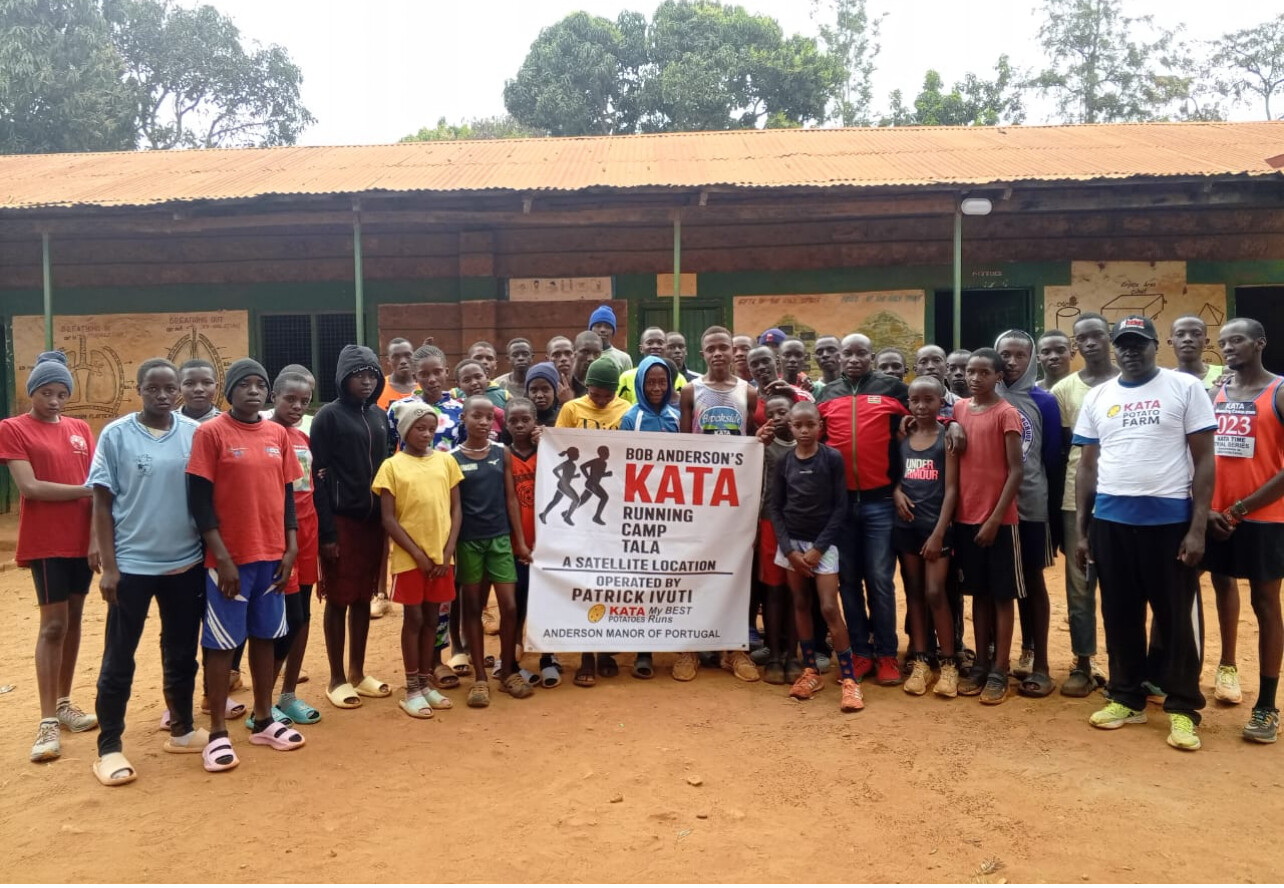
The men’s 10km was a tightly fought contest from start to finish. Leonard Leipa produced a decisive late surge to claim victory in 33:15, edging out Peter Wambua in 33:40. John Muthiani rounded out the podium with a strong 34:08. Nine athletes contested the race, with these three leading the field.
Results:
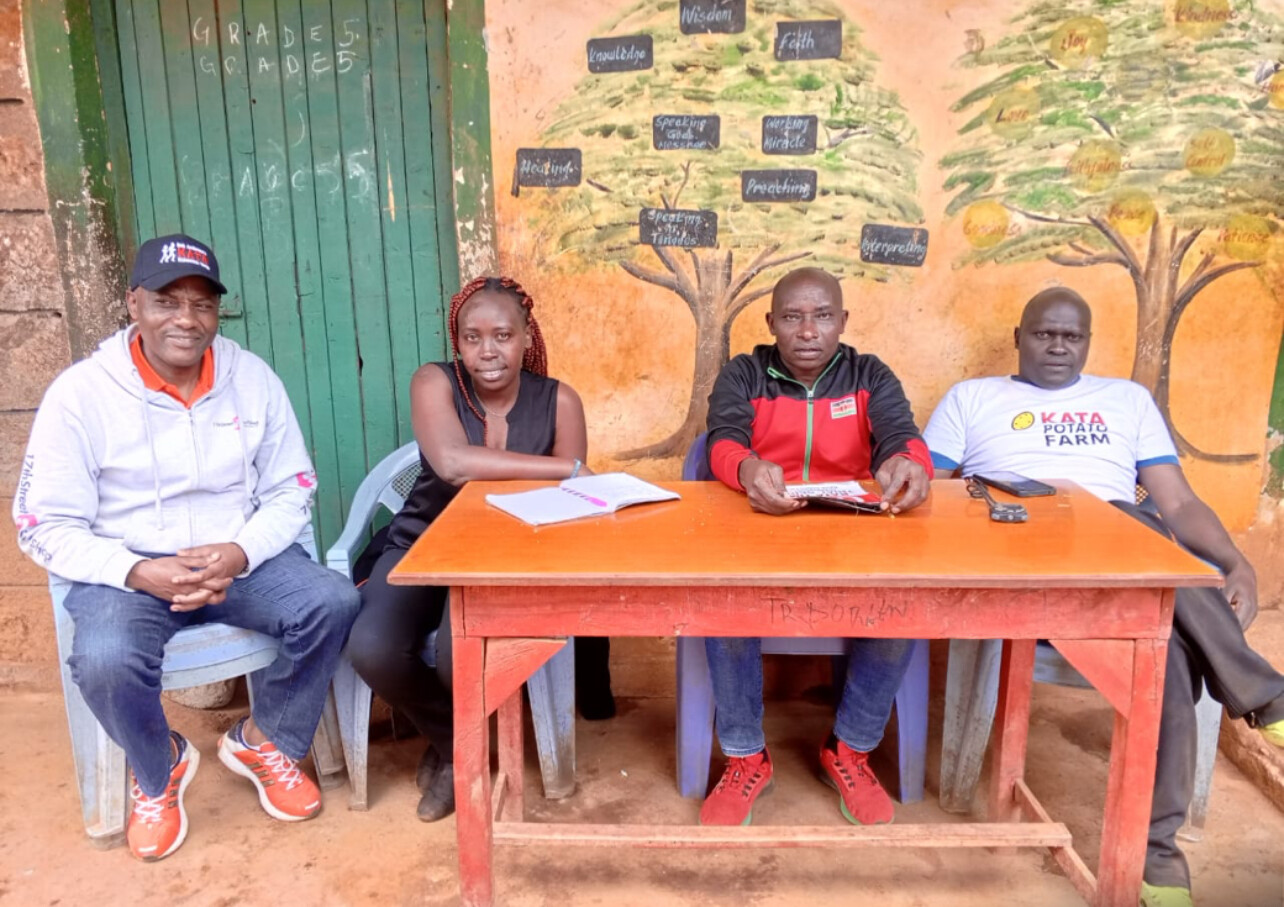
1. Leonard Leipa – 33:15
2. Peter Wambua – 33:40
3. John Muthiani – 34:08
5km Men
In the men’s 5km, youthful energy and sharp pacing were on full display. Joshua Nzioka set the tone early and held on to win in 17:06. John Munguti followed just six seconds later in 17:12, while Musyoka Mutuku took third in 17:17. Thirteen athletes lined up, with these three leading the charge.
Results:
1. Joshua Nzioka – 17:06
2. John Munguti – 17:12
3. Musyoka Mutuku – 17:17
5km Women
The women’s 5km was another highlight, with Gloria Mumbi controlling the race from the front to win convincingly in 18:17. Faith Mwende secured second place in 19:34, and Esther Kalondu claimed third in 19:53. Four women competed, each showing determination to improve.
Results:
1. Gloria Mumbi – 18:17
2. Faith Mwende – 19:34
3. Esther Kalondu – 19:53
Today’s Tala time trials underlined the steady progress being made at KATA Camp 23. From the explosive finishes in the men’s races to the commanding run in the women’s event, the camp continues to be a platform for developing endurance, sharpening speed, and preparing athletes for higher levels of competition.
(08/16/2025) ⚡AMPby Fridah Terry
Kimutai Kirui Wins KATA Running Camp 2 Time Trial in Molo
Molo, Kenya – August 13, 2025 — KATA Running Camp 2 in Molo operated by Eric Chepkwony staged an exciting 10km time trial, producing tight battles and strong performances across the field. Timothy Kimutai Kirui emerged as the day’s champion, stopping the clock at 29:05 to secure a convincing win.
Weldon Chepkwony claimed second in 29:17, just edging out Enock Kipgeno, who finished third in 29:55. The top five all broke 31 minutes, highlighting the competitive depth at the camp.
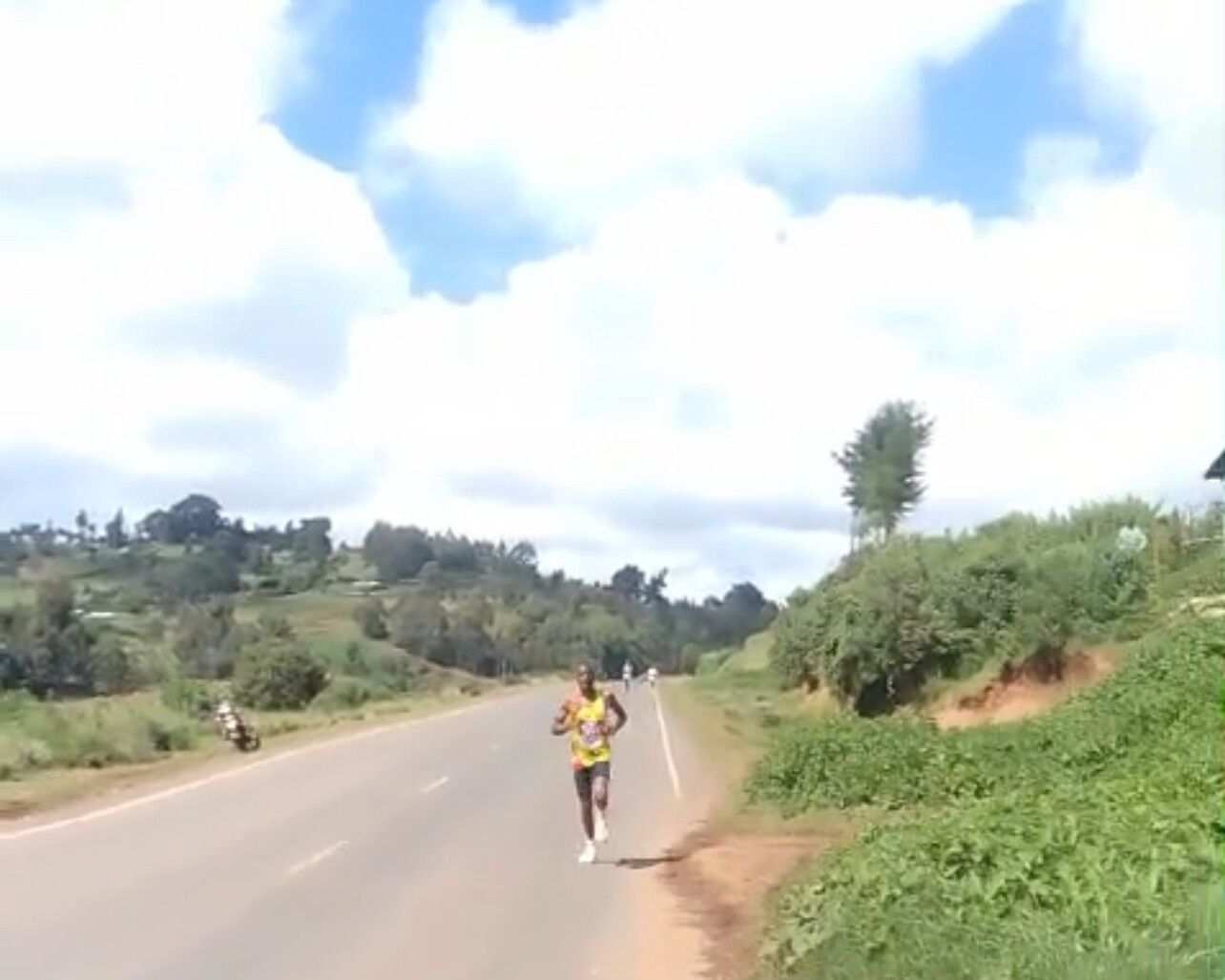
10km Results – Men

1. Timothy Kimutai Kirui – 29:05 (Bib 004, Age 28)
2. Weldon Chepkwony – 29:17 (Bib 005, Age 31)
3. Enock Kipgeno – 29:55 (Bib 007, Age 22)
4. Nicodemus Kiprono Ngetich – 30:05 (Bib 001, Age 23)
5. Brian Yega – 30:42 (Bib 002, Age 27)
6. Dennis Sang – 32:13 (Bib 003, Age 22)
The camp also ran a 5km trial, where Timothy Kimutai Kirui again led the way, clocking 15:23. He was followed by Enock Kipgeno in 15:44 and Weldon Chepkwony in 16:02.
5km Results – Men
1. Timothy Kimutai Kirui – 15:23 (Bib 004, Age 28)
2. Enock Kipgeno – 15:44 (Bib 007, Age 22)
3. Weldon Chepkwony – 16:02 (Bib 005, Age 31)
4. Nicodemus Kiprono Ngetich – 16:27 (Bib 001, Age 23)
5. Brian Yega – 16:46 (Bib 002, Age 27)
6. Dennis Sang – 17:02 (Bib 003, Age 22)
KATA Running Camp 2 is part of the expanding KATA network, which now includes 30 running camps across Kenya. These regular time trials give athletes the opportunity to sharpen their racing skills, track progress, and prepare for major competitions.
The Molo athletes showed they are on track for even stronger performances in the months ahead.
(08/15/2025) ⚡AMPby Boris Baron
Rodgers Kipkoech Shines at KATA Running Camp 18 Time Trial in Moiben
On August 15, 2025, KATA Running Camp 18 in Moiben hosted its latest 10km time trial, delivering fast performances and exciting competition. Rodgers Kipkoech emerged as the standout of the day, dominating the race from start to finish.
Kipkoech claimed victory in a swift 29:57, breaking the 30-minute barrier and setting the pace for the field. Elliud Kipkosgei secured second place in 30:43, while Mike Komen took third with a strong 31:28.
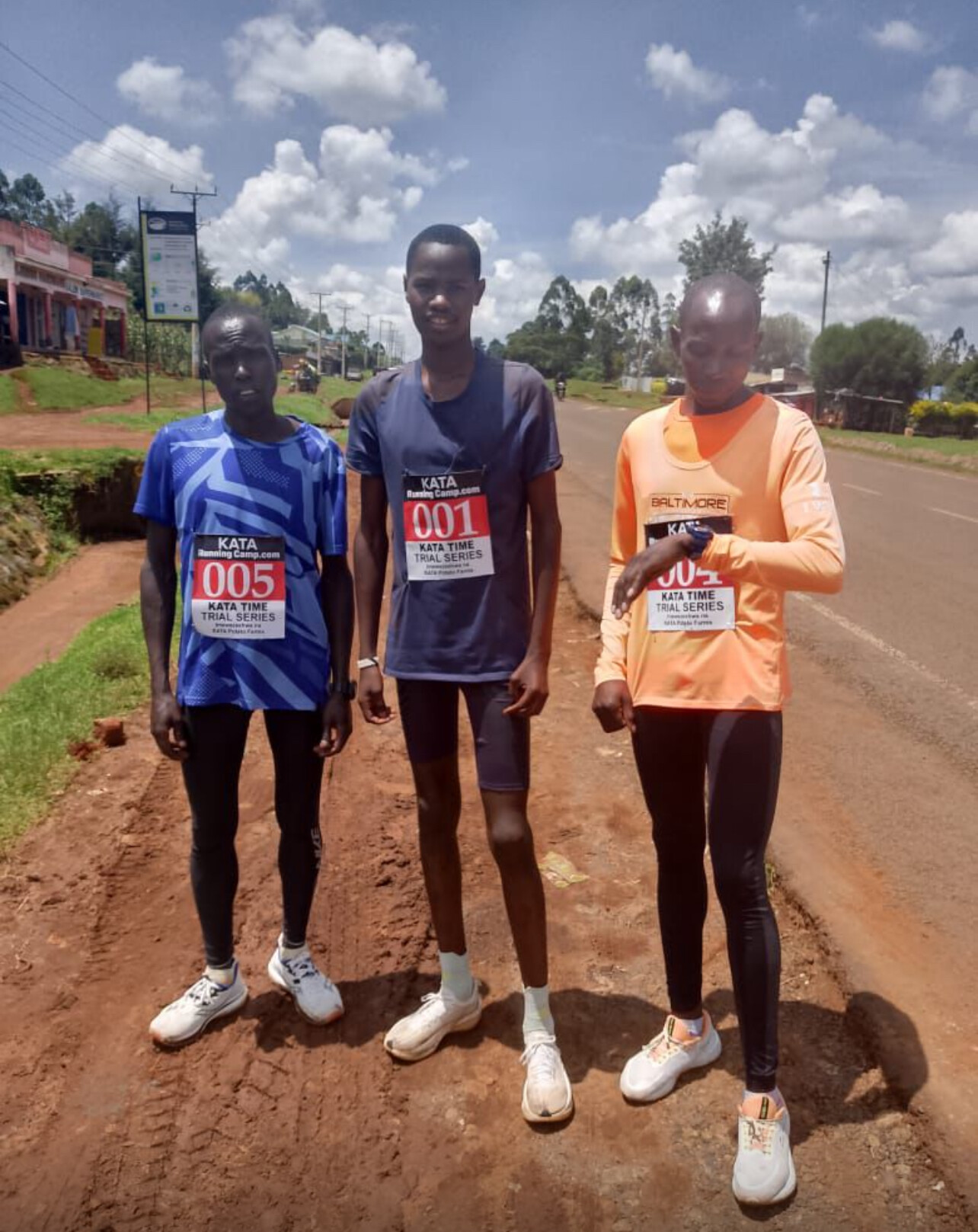
10km Results – Men
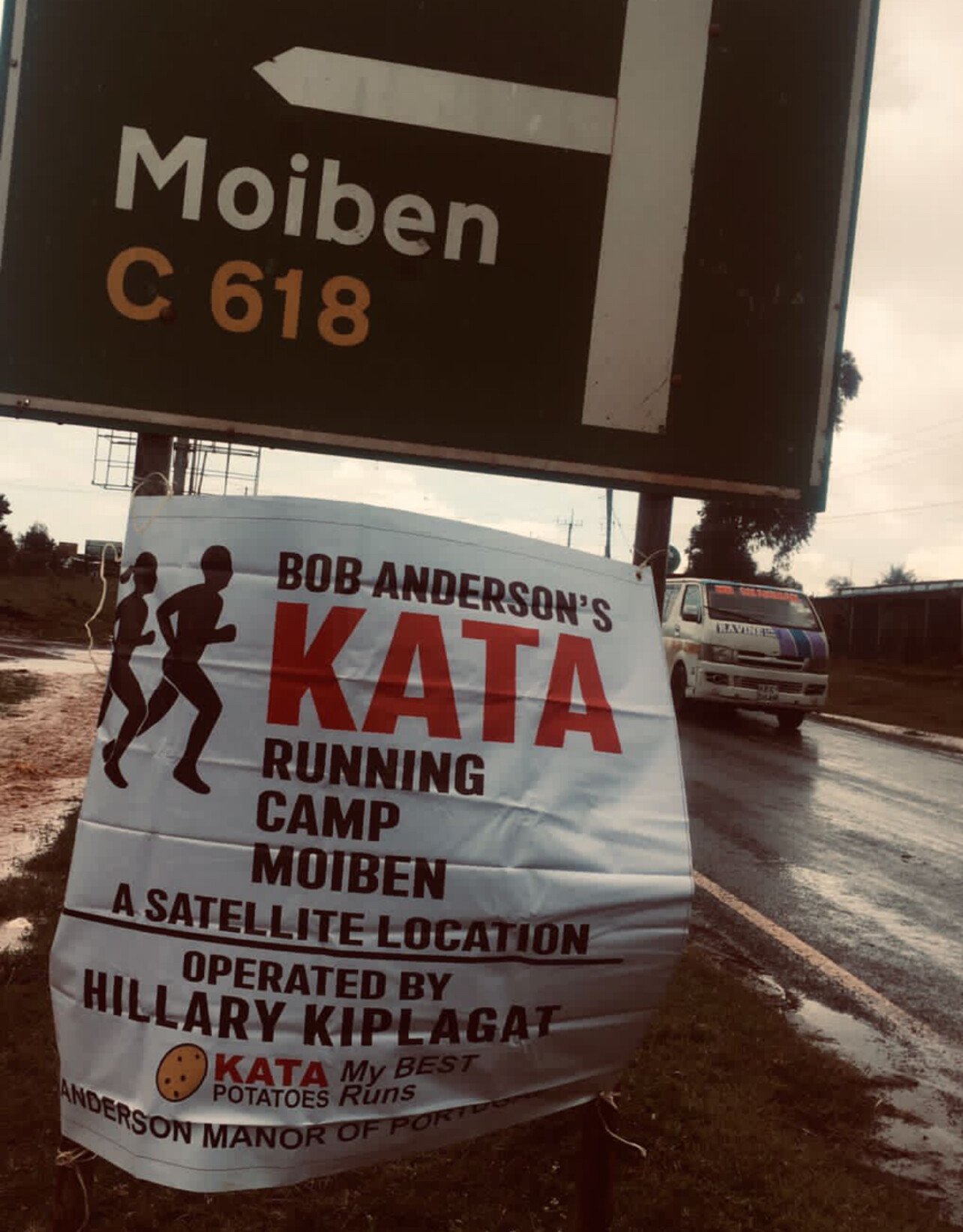
1. Rodgers Kipkoech – 29:57
2. Elliud Kipkosgei – 30:43
3. Mike Komen – 31:28
KATA Running Camp 18 is part of the growing KATA network, which now includes 30 running camps across Kenya. These time trials give athletes the chance to test their fitness, sharpen racing skills, and prepare for future success on national and international stages.
With performances like these, Moiben’s athletes are clearly building toward even faster times — and keeping the competitive spirit of KATA alive.
(08/15/2025) ⚡AMPby Boris Baron
Stacked Men’s Elite Field Set for the 2025 Chicago Marathon
The 2025 Chicago Marathon, set for October 12, promises one of the deepest men’s fields in recent history. Featuring Olympic medalists, World Marathon Majors champions, and promising debutants, this year’s race could produce a historic performance on the streets of the Windy City.
Leading the field is defending champion John Korir of Kenya, who owns a personal best of 2:02:44. He will be challenged by countryman Timothy Kiplagat (2:02:55) and Amos Kipruto (2:03:13), both proven contenders on the global stage. Adding to the Kenyan firepower are Cyprian Kotut (2:03:22), Philemon Kiplimos (2:04:01), and former World Half Marathon record-holder Geoffrey Kamworor(2:04:23).
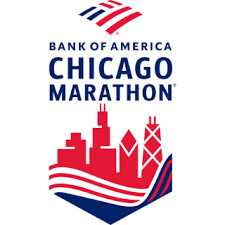
International stars include Olympic marathon champion Bashir Abdi (2:03:36) of Belgium, Uganda’s Jacob Kiplimo (2:03:01), and Ethiopia’s Huseydin Mohamed Esa (2:04:39).
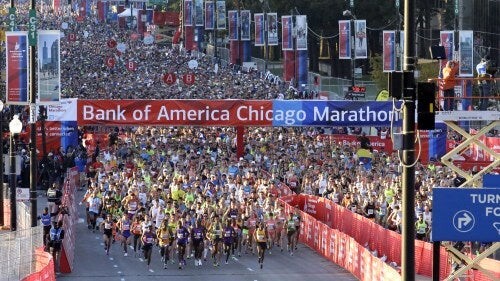
The American contingent is particularly strong this year, led by Conner Mantz (2:05:08), Daniel Ebenyo (2:06:04), and Galen Rupp (2:06:07). Other top U.S. names include Matt Richtman (2:07:56), Ryan Ford (2:08:00), Rory Linkletter (2:08:01), and CJ Albertson (2:08:17). The lineup also features debut marathoners Casey Clinger and Tai Dinger, both looking to make their mark.
With such a talent-packed field, the 2025 Chicago Marathon could see not only a thrilling battle for the win but also a possible course record — and perhaps another sub-2:03 clocking on American soil.
The flat, fast Chicago course combined with October’s typically cool running conditions make this race a prime stage for history. Fans around the world will be watching closely to see which athlete emerges victorious in what promises to be one of the most competitive marathons of the year.
(08/15/2025) ⚡AMPby Boris Baron
Bank of America Chicago
Running the Bank of America Chicago Marathon is the pinnacle of achievement for elite athletes and everyday runners alike. On race day, runners from all 50 states and more than 100 countries will set out to accomplish a personal dream by reaching the finish line in Grant Park. The Bank of America Chicago Marathon is known for its flat and...
more...First KATA Time Trial – Camp No. 4 (Nyandarua) – August 13, 2025
Nyandarua’s KATA Running Camp No. 4 marked a milestone on August 13, hosting its first-ever KATA 10km time trial under the guidance of operator and coach Peter Njoroge. The new camp, part of the fast-growing KATA network launched just three months ago, brought together a motivated group of athletes eager to test themselves in a competitive setting.
In an impressive debut performance, Moses Maina took command early and crossed the line first in 32:01, setting the benchmark for future trials. Evans Ndundu followed in 33:07, while James Mungaisecured third with 33:40.
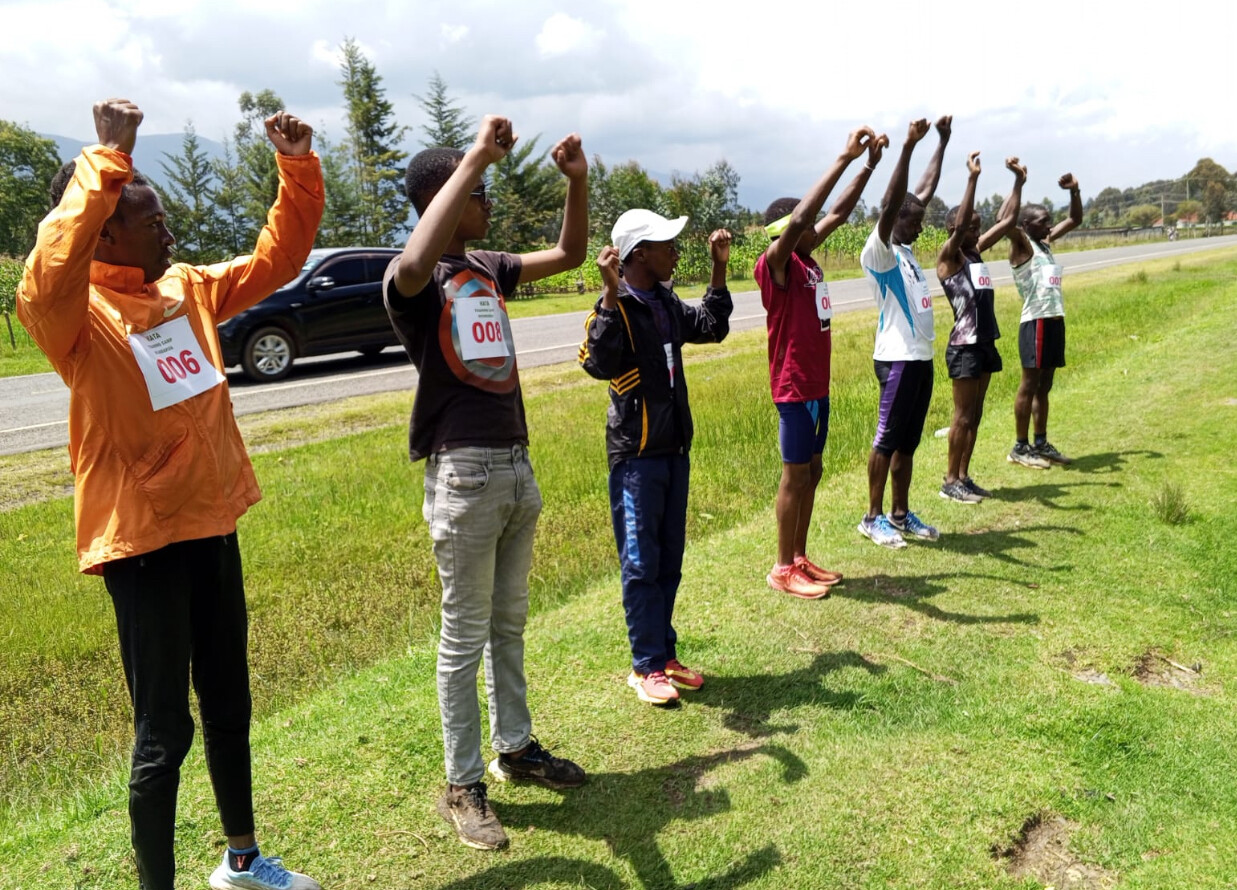
Full Results – 10km
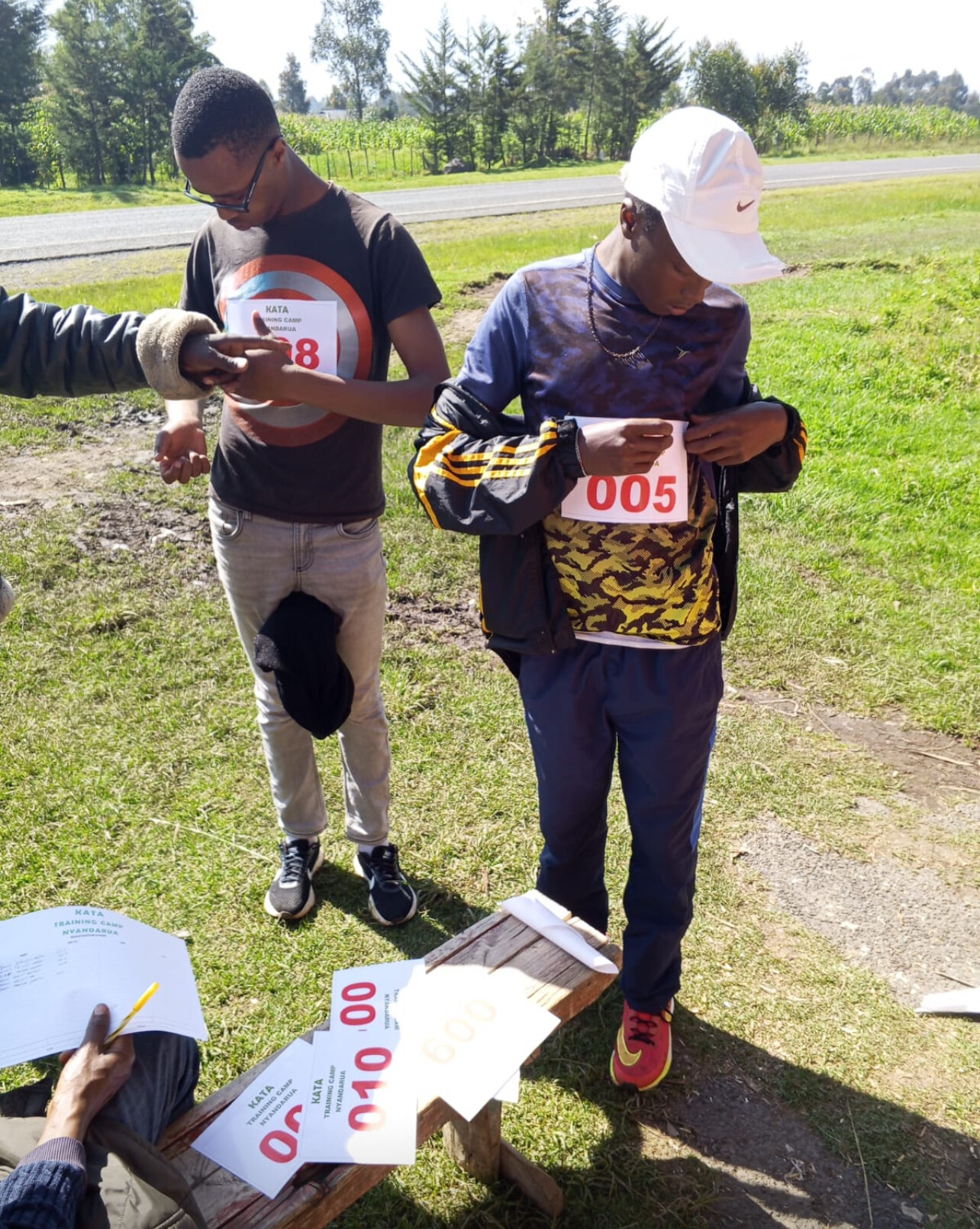
1. Moses Maina – 32:01 (Bib 004)
2. Evans Ndundu – 33:07 (Bib 001)
3. James Mungai – 33:40 (Bib 005)
4. James Githeugu – 35:00 (Bib 006)
5. Antony Katugoi – 36:30 (Bib 007)
6. Mwangi Muchoki – 36:50 (Bib 008)
7. Samuel G. Mungai – 37:00 (Bib 010)
8. Peter Kamani – 39:09 (Bib 002)
9. James Maina – 40:00 (Bib 009)
10. Simon Kamau – 40:30 (Bib 011)
11. Peter Kuria – 40:11 (Bib 015)
Camp No. 4 is one of 30 KATA Running Camps now operating across Kenya, supported by an additional 20 KATA Potato Farms that help sustain the program long-term. Together, these camps provide high-level training for more than 400 athletes, pairing athletic development with sustainable farming initiatives.
With solid performances across the field, Nyandarua’s debut time trial sets a strong foundation for the camp’s journey ahead — and the promise of even faster times in the months to come.
(08/15/2025) ⚡AMPby Boris Baron
KATA Kapkembu Running Camp Delivers Fast Times in August 13 Time Trials
Kapkembu, Kenya – August 13, 2025 – The KATA Kapkembu Running Camp, operated by Kipyegon Nehemiah (Camp 13), hosted its latest time trials, producing an impressive set of results across both 10K and 5K distances.
In the Men’s 10K, local athletes delivered blistering times on the challenging Kapkembu course.
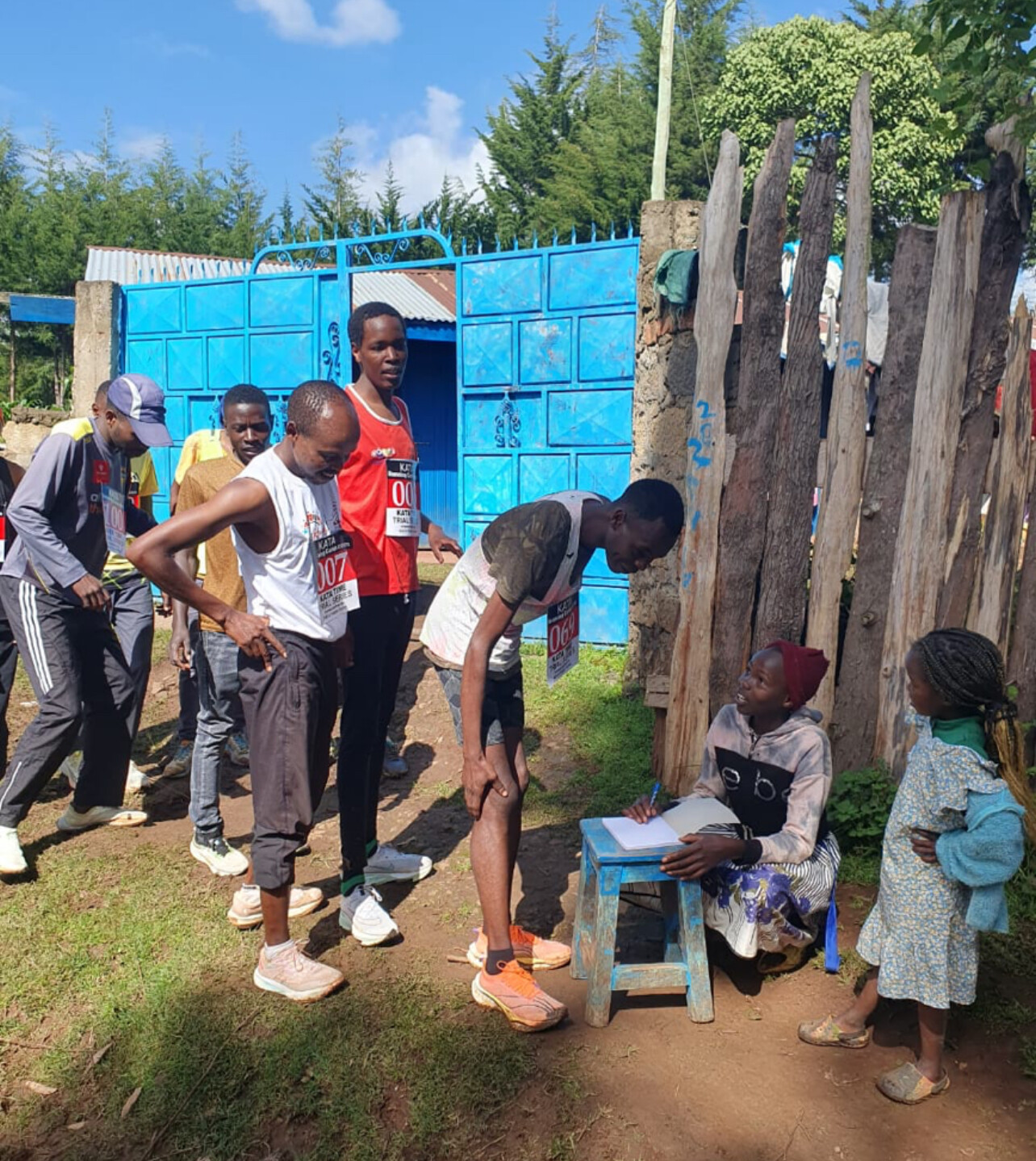
• Devis Koech led the charge, crossing the line in 28:24.
• Emilion Ngetich followed closely at 28:34, with Weldon Sang rounding out the top three in 28:53—all representing the Kapkembu camp.
• Not far behind, Cosmas Kiprotica of Aoon clocked 29:01, followed by Gidion Kirui(29:05), Kendiuwa Tomas (29:22), Maxwell Kiprotica (29:32), and Isaack Kipkoech (29:43).
The Women’s 5K saw a close battle, with Faith Koech of Aoon edging out Mary Rutto by just four seconds, winning in 15:20 to Rutto’s 15:24.
In the Men’s 5K, Shadrack Rono took top honors in 14:10, narrowly ahead of Weldon Langat, who clocked 14:15, both representing Aoon.
KATA Running Camps continues to strengthen its network of camps across Kenya, providing structured competition and professional-level coaching. The Kapkembu camp, in particular, is building a reputation for producing sub-29-minute 10K talent—a clear sign of the program’s depth and the athletes’ dedication.
(08/14/2025) ⚡AMPby Boris Baron
Stong Performances at KATA 30 Tulwet Athletics Training 10K Time Trials
Tulwet, Kenya – August 2025 – The KATA Tulwet Athletics Training Camp hosted its latest 10K time trials, with a competitive field delivering strong performances under the guidance of Coach Alfred Ngeno.
In the Men’s 10K, Vincent Kipkirui led the charge, clocking an impressive 28:53 to secure first place. He was closely followed by Kipkorir Birir, who crossed the line in 28:57, and Moses Tanui, who recorded 28:59. Robert Bowen rounded out the top four with a solid 29:10.
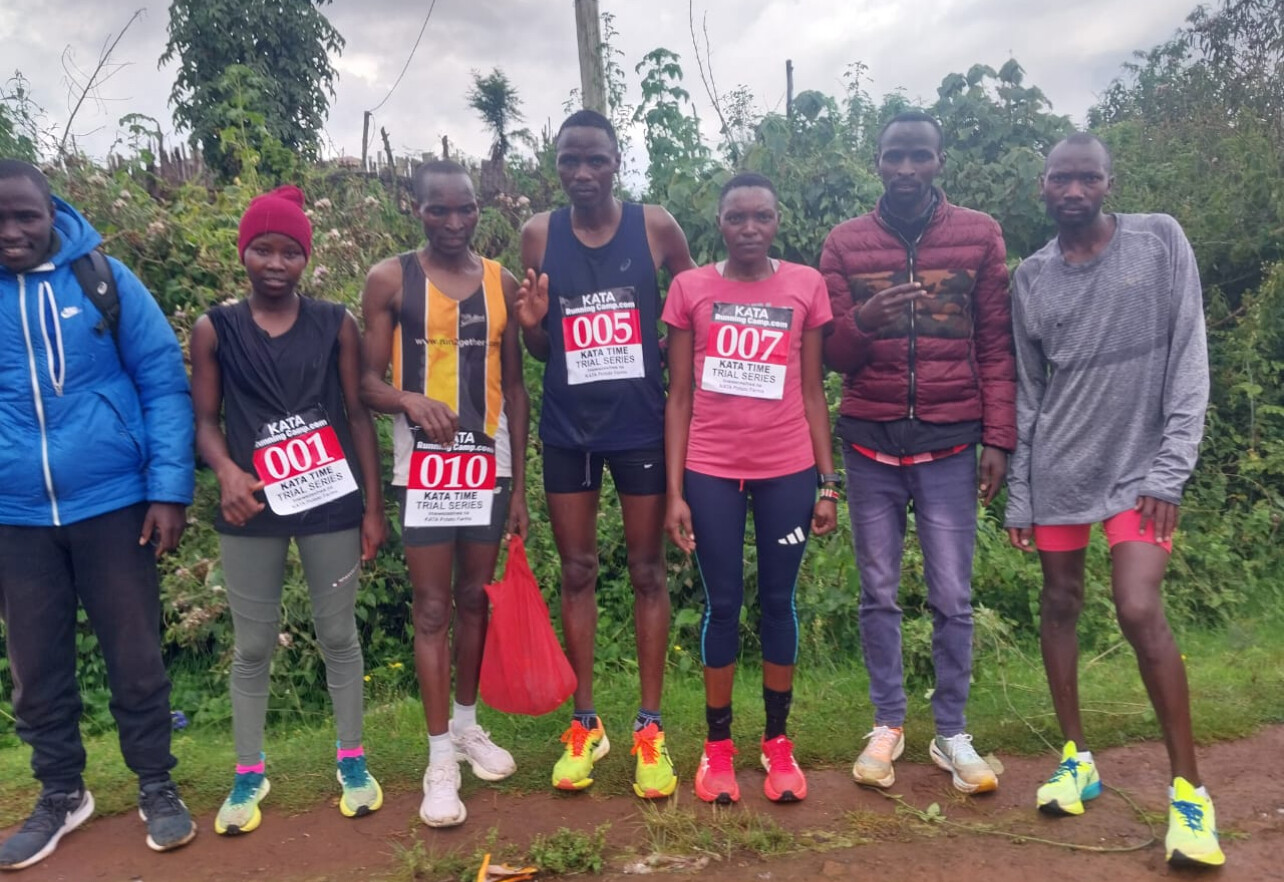
In the Women’s 10K, Milka Chepkirui delivered a determined performance, finishing in 34:26 to take the top spot in her category.
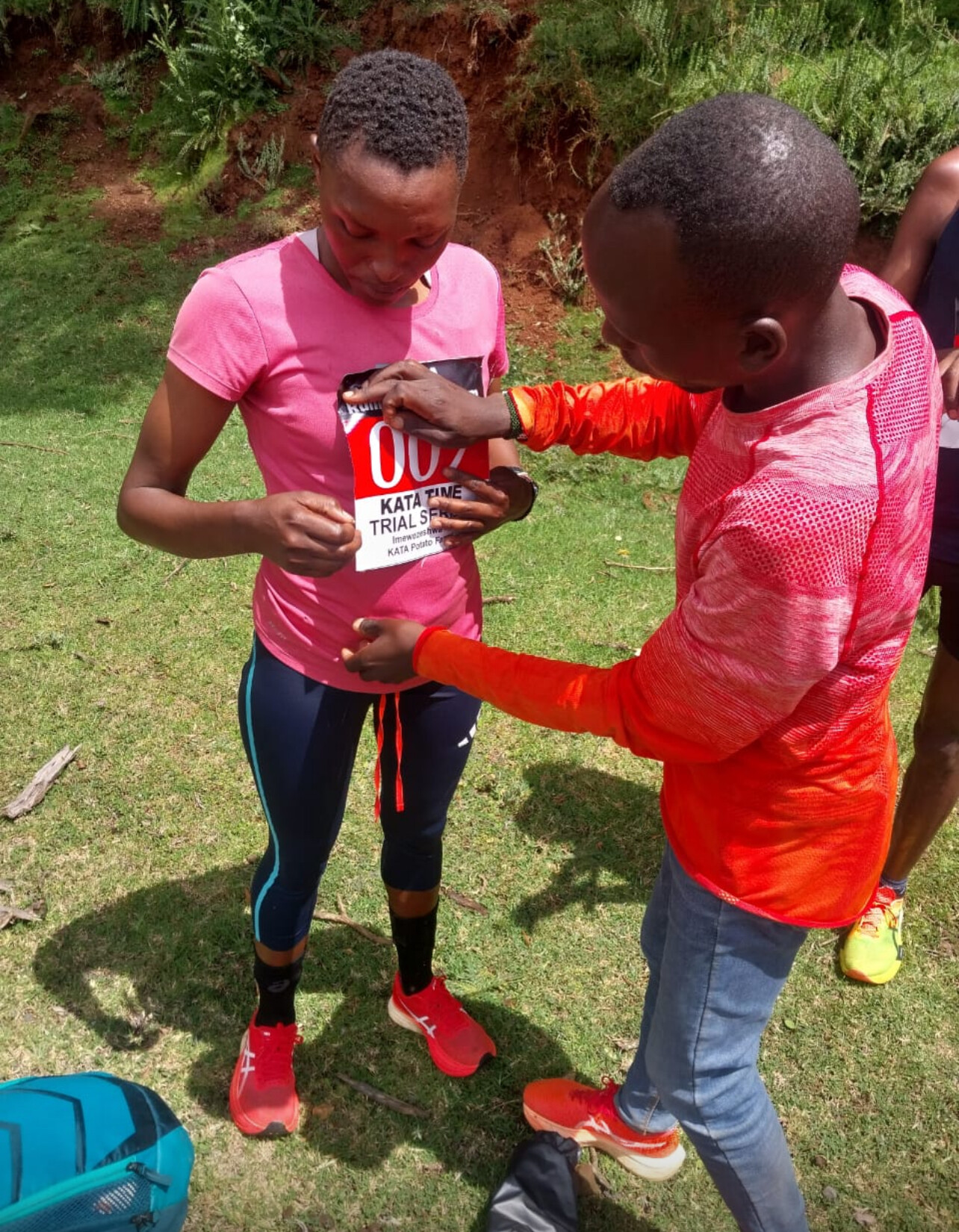
Coach Alfred Ngeno praised the athletes’ efforts, noting that these times reflect the camp’s dedication to consistent training and the high altitude advantages of Tulwet.
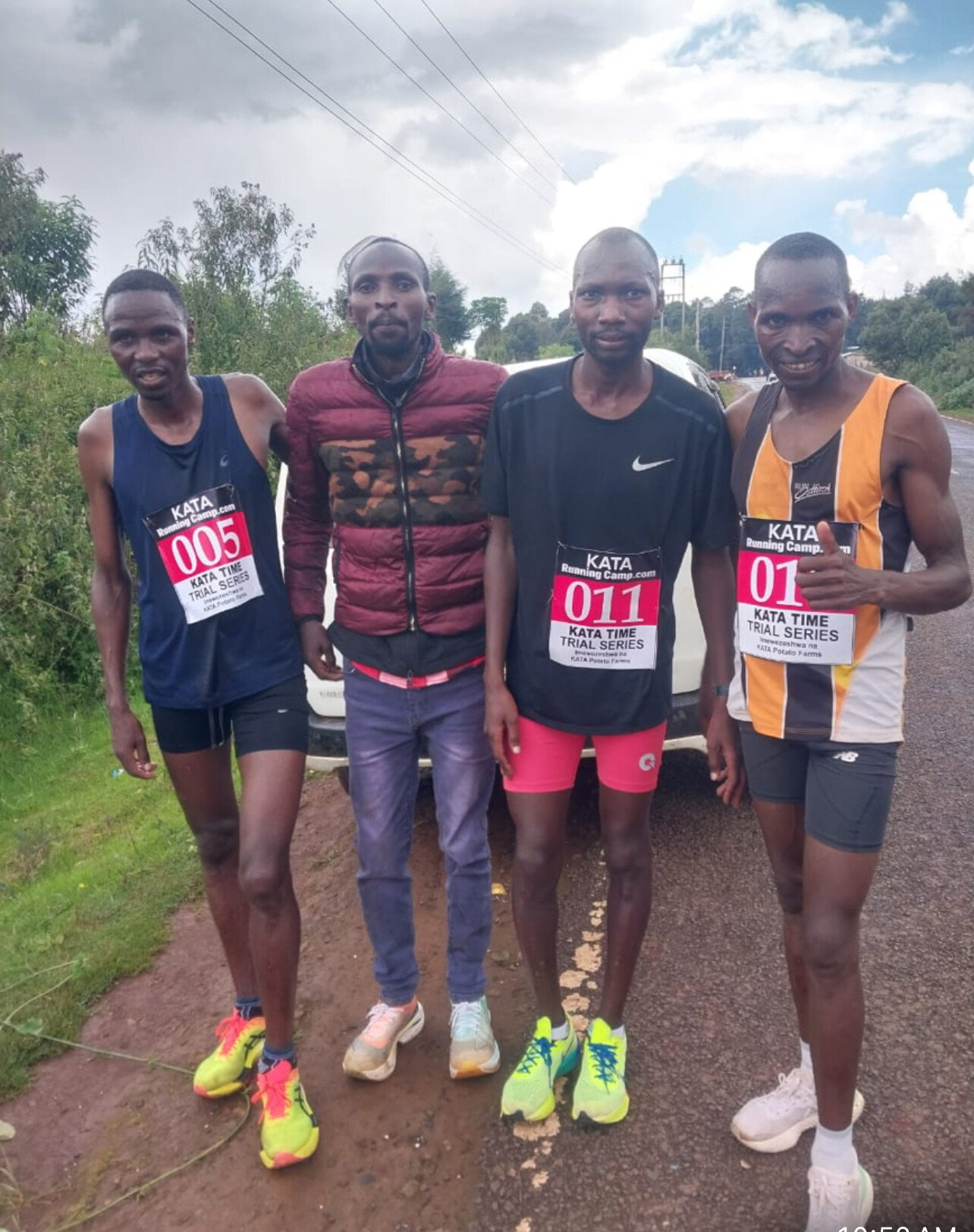
The KATA Running Camp and KATA potato Farm program, founded by Bob Anderson, continues to expand across Kenya, integrating athletics training with its innovative KATA Potato Farm initiative. With camps like Tulwet producing sub-29-minute 10K runners, the program is proving to be a vital platform for developing world-class talent.
(08/14/2025) ⚡AMPby Boris Baron
KATA Time Trial – Bararget Milimet Camp (Camp 20)
Operator - Coach: Newton Cheruiyot
Men’s 10K Results
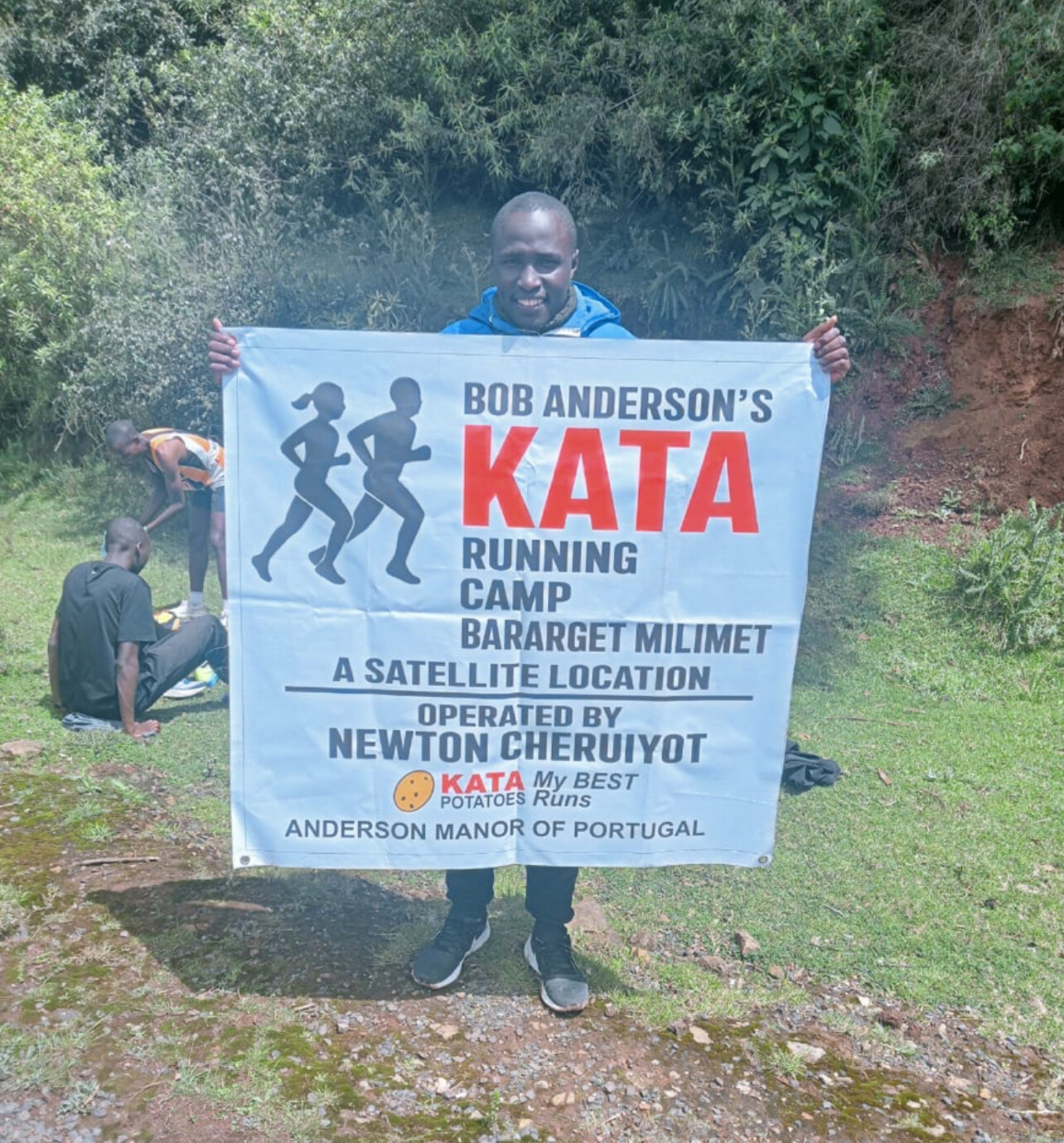
1. Samson Bii – 29:35.08
2. Emmanuel Kibet – 29:40.08
3. Lawi Ngetich – 29:59.09
4. Kiprono Benson – 30:02.05
Women’s 10K Results
1. Cheptoo Rono – 32:45.09
2. Joan Chepkemoi – 32:50.05
3. Bendaline Chepchumba – 33:10.08
4. Daisy Cherono – 33:12.05
(08/13/2025) ⚡AMPby Boris Baron
Back-to-Back Time Trials Highlight Depth at KATA Camps 11 & 06
Coach: Paul Kipsiele Koech Dates: 7th & 8th August 2025
Coach Paul Kipsiele Koech’s athletes at KATA Running Camp 11 (Njerian) and KATA Running Camp 06 (Sotik) produced two days of thrilling 10km and category races, showing both raw talent and seasoned experience.
KATA 11 – Njerian Athletics Camp (7th August 2025)
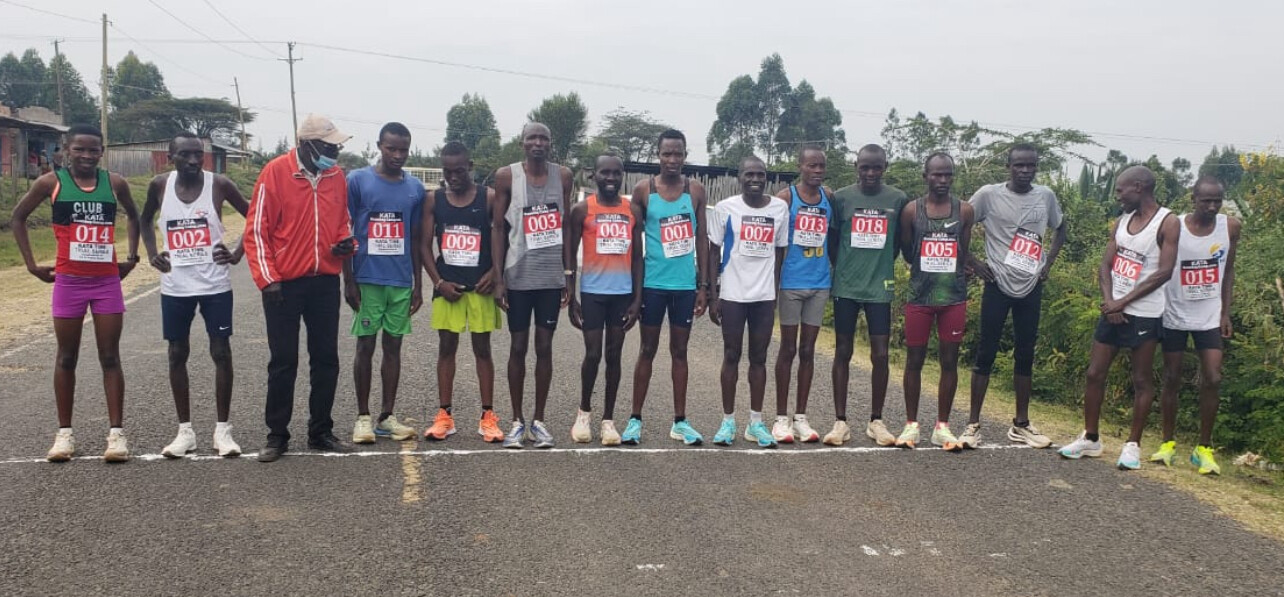
Senior Men – 10km
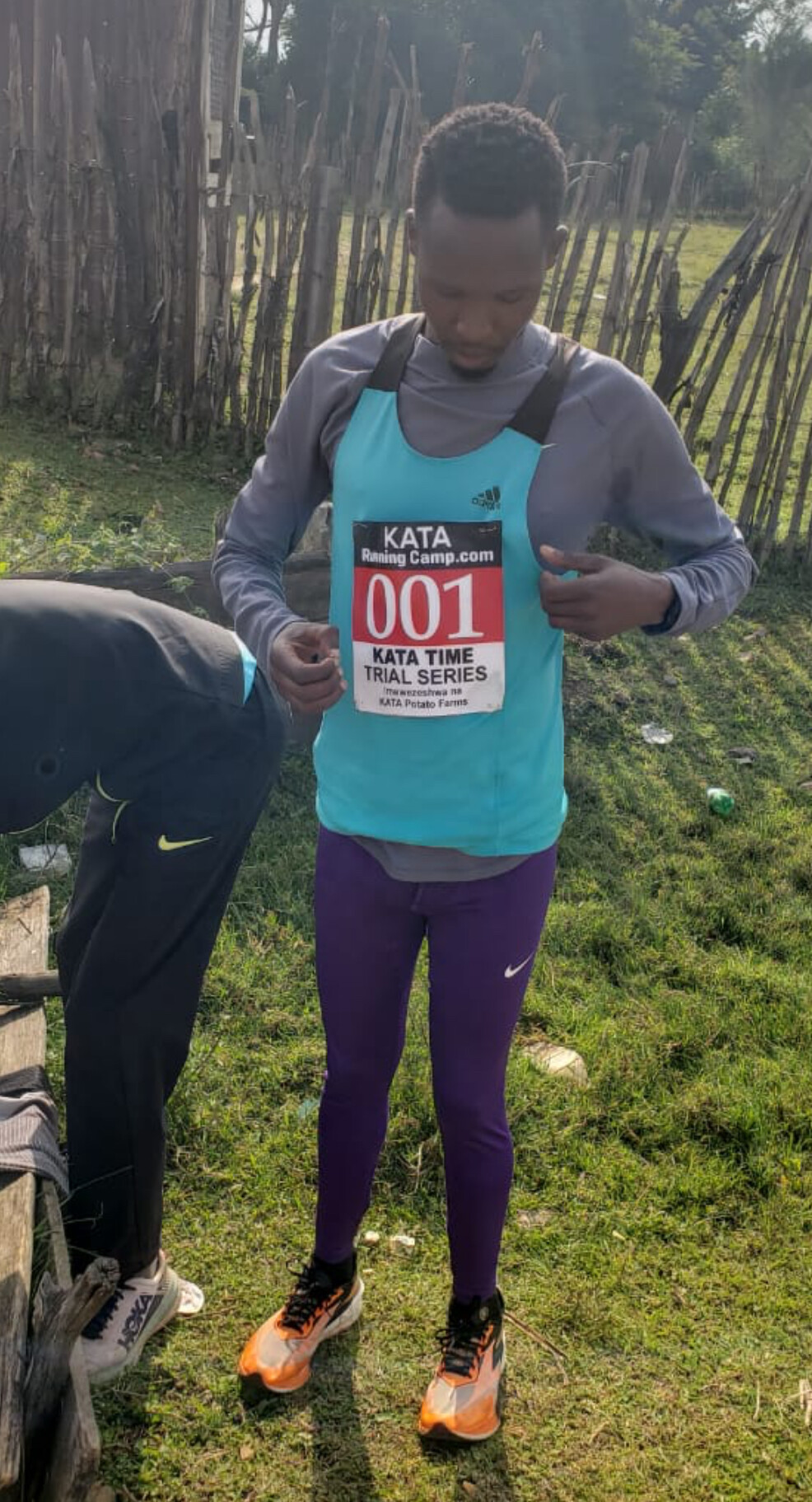
1. 041 – Brian Kipyegon – 29:09.55
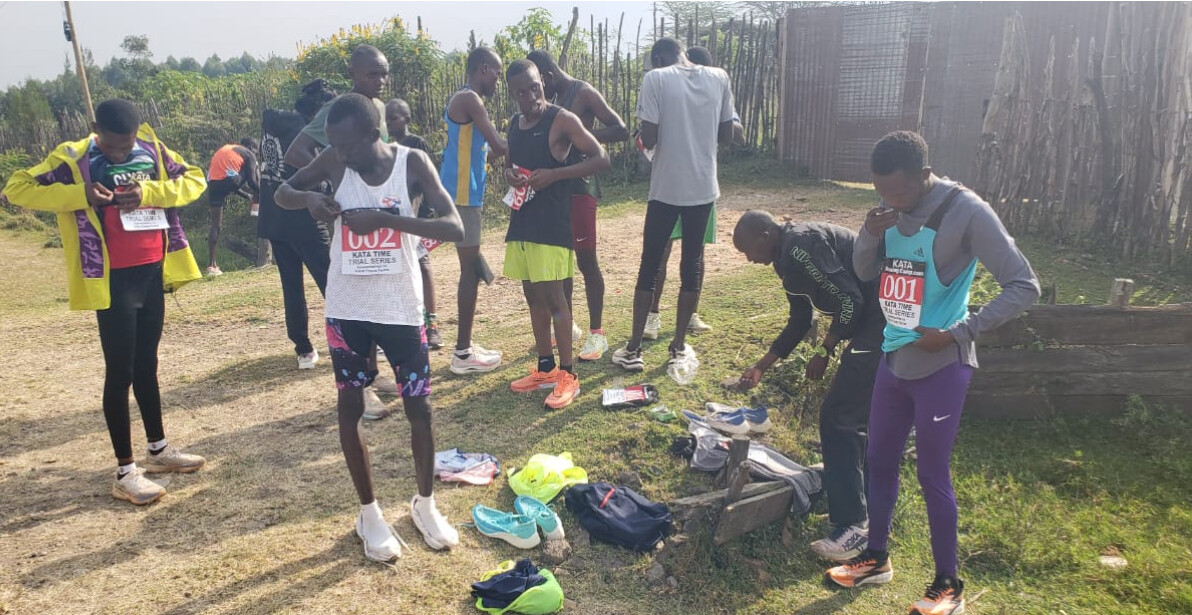
2. 015 – Hillary Kibet – 29:19.81
3. 017 – Charles Rono – 29:22.42
4. 037 – Cosmas Kemboi – 29:32.54
5. 023 – Nathan Koech – 29:35.76
6. 019 – Benard Sigilai – 30:30.98
7. 016 – Gilbert Sang – 30:53.54
8. 034 – Nathan Ngeno – 30:56.33
9. 017 – Emmanuel Kiplangat – 31:11.24
10. 014 – Abraham Saningo – 31:13.44
11. 026 – Denis Cheruiyot – 32:01.17
12. 012 – Stenly Kirui – 32:11.21
13. 020 – Amoi Kipkemoi – 32:13.29
14. 028 – Gideon Kiprotich – 32:38.24
15. 010 – Dominic Sang – 32:53.25
16. 029 – Kevin Kiplangat – 32:58.35
17. 040 – Elijah Selel – 32:59.75
18. 027 – Emmanuel Rono – 33:20.82
19. 018 – Evans Yegon – 33:37.69
20. 020 – Vincent Mutai – 33:40.58
21. 022 – Linox Koech – 33:58.12
22. 035 – Duncan Cheruiyot – 34:21.91
KATA 06 – Sotik Time Trials (8th August 2025)
Men – 10km
1. Benard Ngeno – 30:58
2. Kelvin Kemboi – 31:11
3. Gilbert Korir – 31:31
Masters Men – 10km
1. 013 – Jacob Mutai – 30:12.46 – Year 1986
2. 002 – Daniel Ngeno – 30:24.89 – Year 1981
3. 039 – Benard Korir – 30:32.37 – Year 1987
4. 001 – Peter Bii – 30:38.87 – Year 1973
5. 007 – Philip Kirui – 30:43.47 – Year 1987
6. 004 – Joseah Kosgei – 32:12.76 – Year 1982
7. Daniel Businnenei – 32:53.12 – Year 1981
8. 003 – Christopher – 34:32.44 – Year 1983
9. 006 – Robert Kimutai Koech – 37:32.99 – Year 1962
10. 008 – Simion Towet – 39:52.75 – Year 1971
Masters Women – 10km
1. 005 – Zeddy Chepkoech – 39:59.06 – Year 1978
Senior Women – 10km
1. 021 – Zeddy Chelangat – 32:11.17
2. 023 – Faith Chelangat – 32:44.96
3. 038 – Daisy Chemutai – 33:58.01
4. 033 – Fancy Chepkoech – 34:07.26
5. 010 – Stella Cheruiyot – 34:55.05
6. 030 – Mercy Cherono – 35:18.42
7. 036 – Dorcas Chepkorir – 35:32.87
8. 031 – Salome Chebet – 40:52.65
Coach’s Note:
“Both camps showed remarkable form. The back-to-back format gave me a rare opportunity to compare performance levels across Njerian and Sotik, and both are right on track for the competitive season ahead.” – Paul Kipsiele Koech
(08/13/2025) ⚡AMPby Boris Baron
Speed and Strategy in the Highlands – KATA 14 Gacharage Time Trials Deliver Thrilling 10K & 5K Performances
Camp Operator: Job Langat
On August 13, 2025, KATA Running Camp 14 in Gacharage hosted a highly competitive time trial, bringing together elite and developing athletes under the guidance of Job Langat. The event took place at an altitude of 2,700 meters above sea level, in cool, slightly rainy conditions—perfect for distance running.
Athletes tested themselves over 10K and 5K distances, using the race as a benchmark ahead of the upcoming September event in Thika. The course featured a combination of dirt roads and gentle rolling terrain, ideal for sharpening speed and endurance.
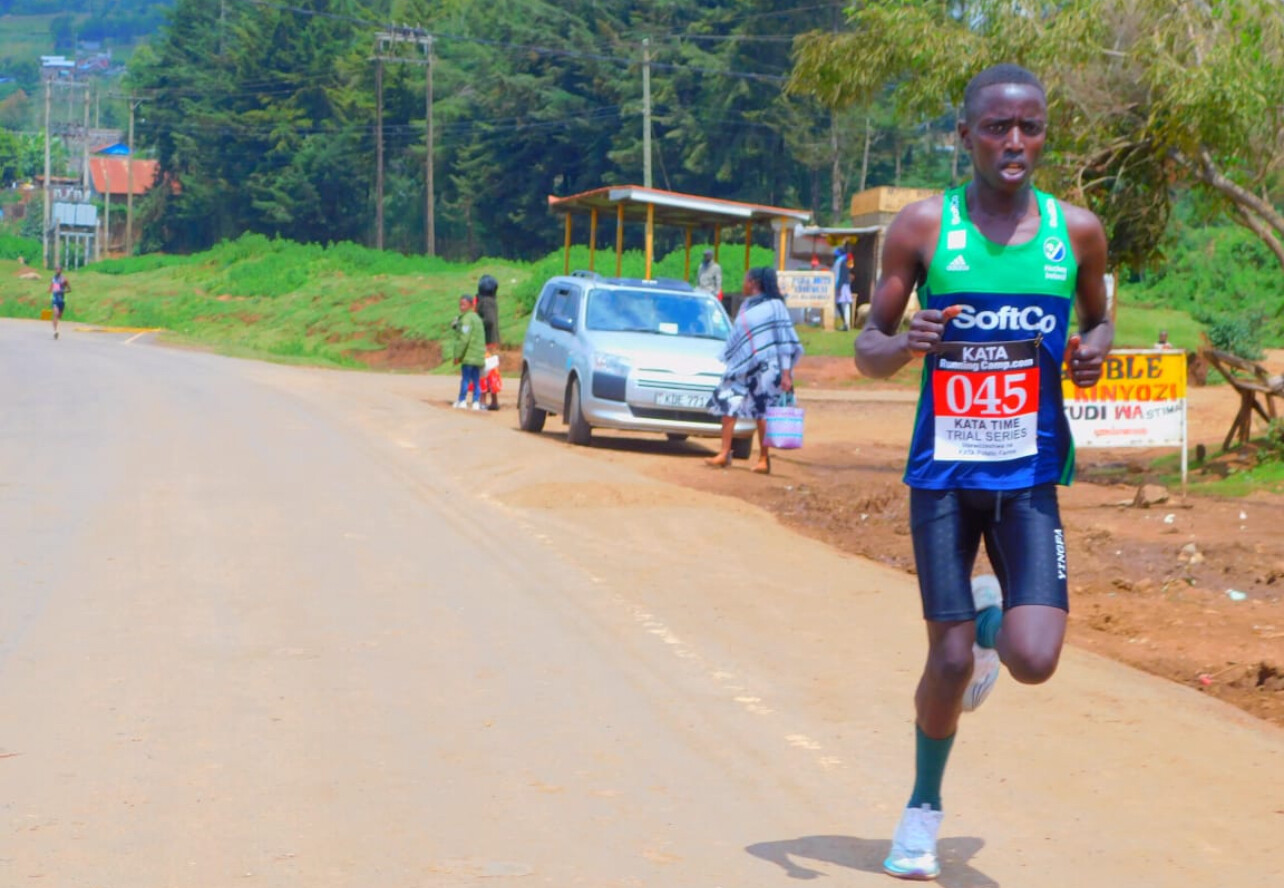
10K Results – Men
1. Denis Kipngetich – 29:10.21 – Bib 013
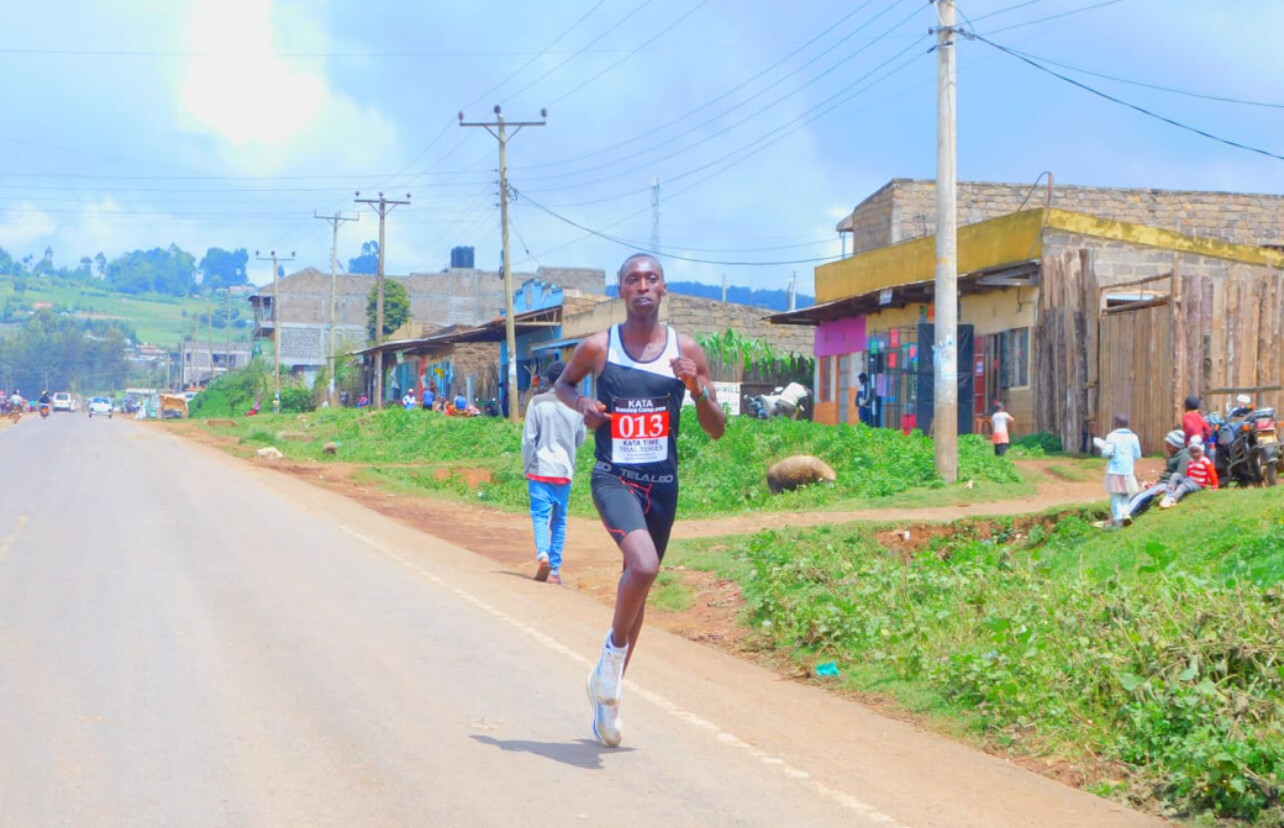
2. Shadrack Kipchumba – 30:46.27 – Bib 045
3. Elkhana Kiprono – 30:55.38 – Bib 003
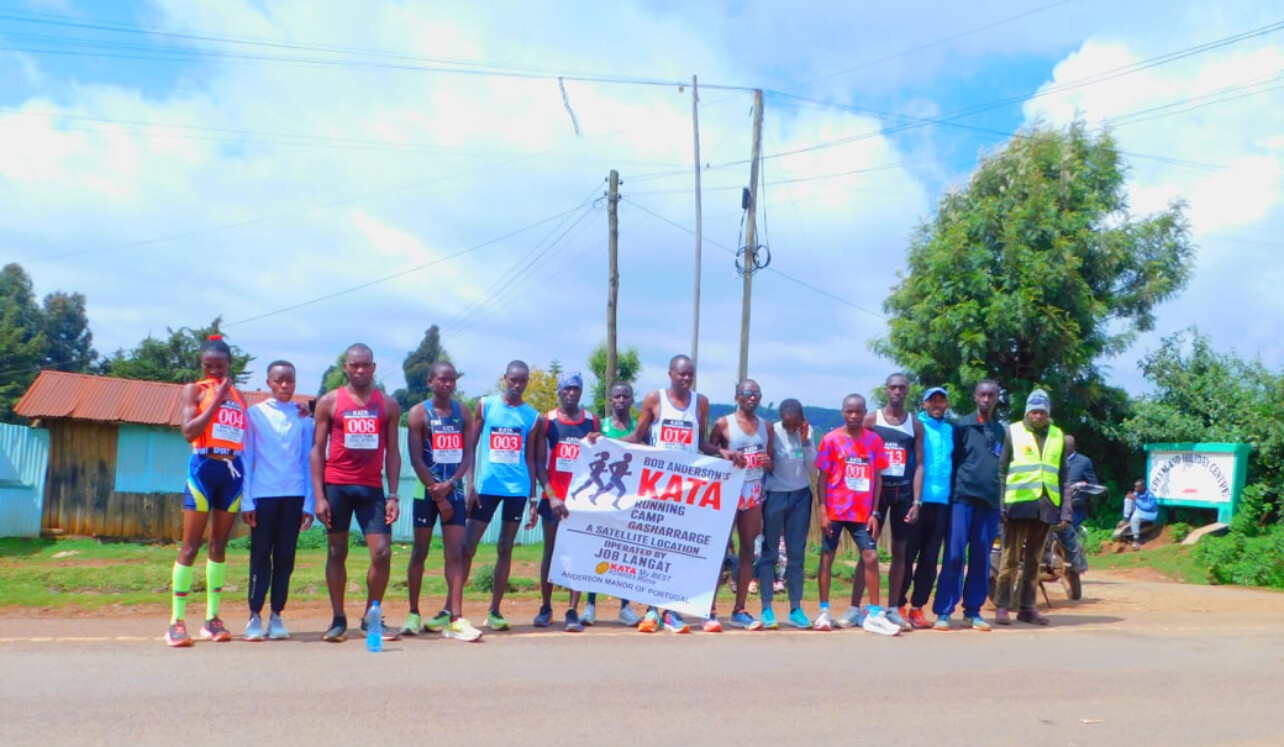
4. Titus Kipchumba – 31:07.28 – Bib 010
5. Michael Ruto – 32:45.97 – Bib 002
6. Emmanuel Kibet – 33:11.12 – Bib 008
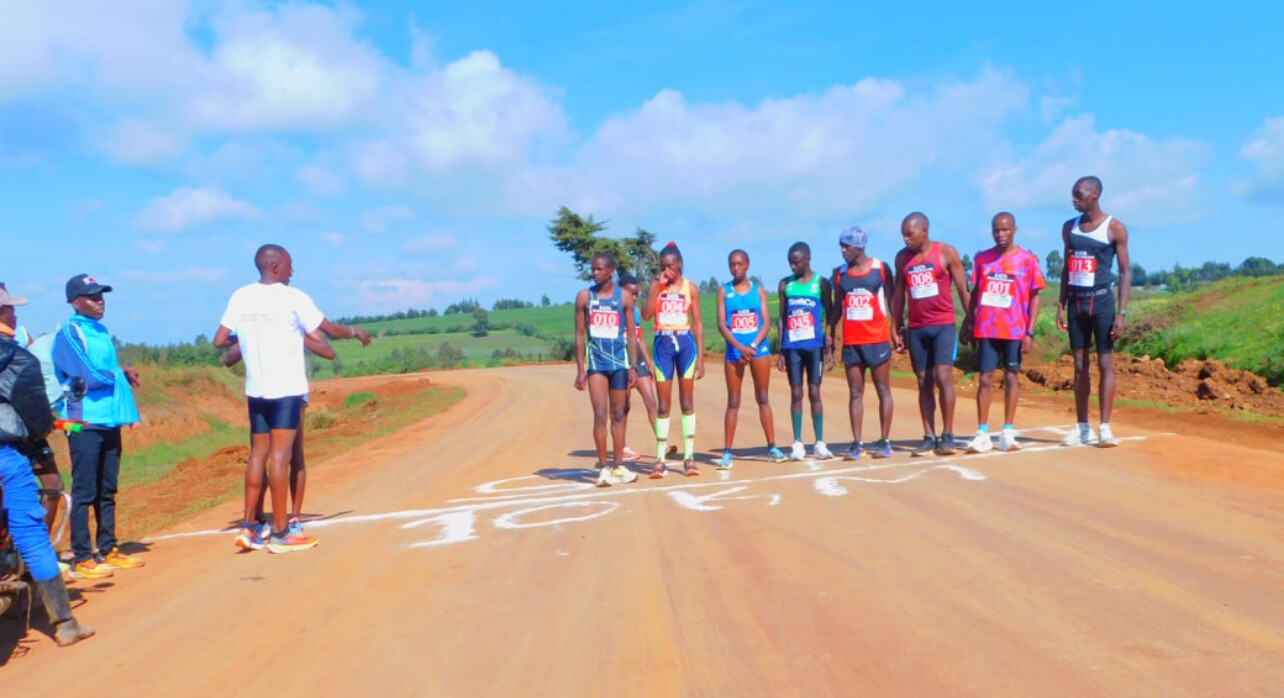
7. Dickson Kipngetich Simbolei – 33:35.86 – Bib 001
8. Wilson Bii (Paralympic) – 33:55.01 – Bib 009
9. Job Kiprono Langat (Guide) – 33:55.07 – Bib 017
10K Results – Women
1. Joan Chepkurui Kirui – 33:01.47 – Bib 005
2. Naomi Chelangat – 34:57.06 – Bib 011
3. Janet Jepkogei – 37:10.46 – Bib 004
5K Results – Men
1. Denis Kipngetich – 13:51.12
2. Shadrack Kipchumba – 14:39.37
3. Titus Kipchumba – 14:46.37
4. Michael Ruto – 15:25.36
5. Wilson Bii / Job K. Langat (Paralympic) – 15:43.18
6. Elkana Kiprono – 15:48.57
7. Dickson Simbolei – 16:00.23
5K Results – Women
1. Janet Jepkogei – 18:19.85
Conditions: Rainy season with light showers at 18°C, creating favorable racing conditions.
KATA Running Camps & KATA Potato Farms continue to demonstrate how athletic development and community sustainability can work hand in hand, building a strong future for Kenyan distance running.
(08/13/2025) ⚡AMPby Boris Baron
Kiambu KATA Running Camp 16 Showcases Sprint Power and Potato Farm Progress
Camp ID: 16. Location: Kiambu, Kenya | Coach: Julius Gacheru Migwi. Date: August 13, 2025
The Kiambu KATA Running Camp 16, one of Kenya’s premier sprint training bases, hosted a cold-weather time trial that delivered a strong build-up for its athletes. Despite the chilly conditions, all races finished on time and the atmosphere was boosted by a visit from Frida, who praised the sprinters’ form—especially camp star Doreen Waka.
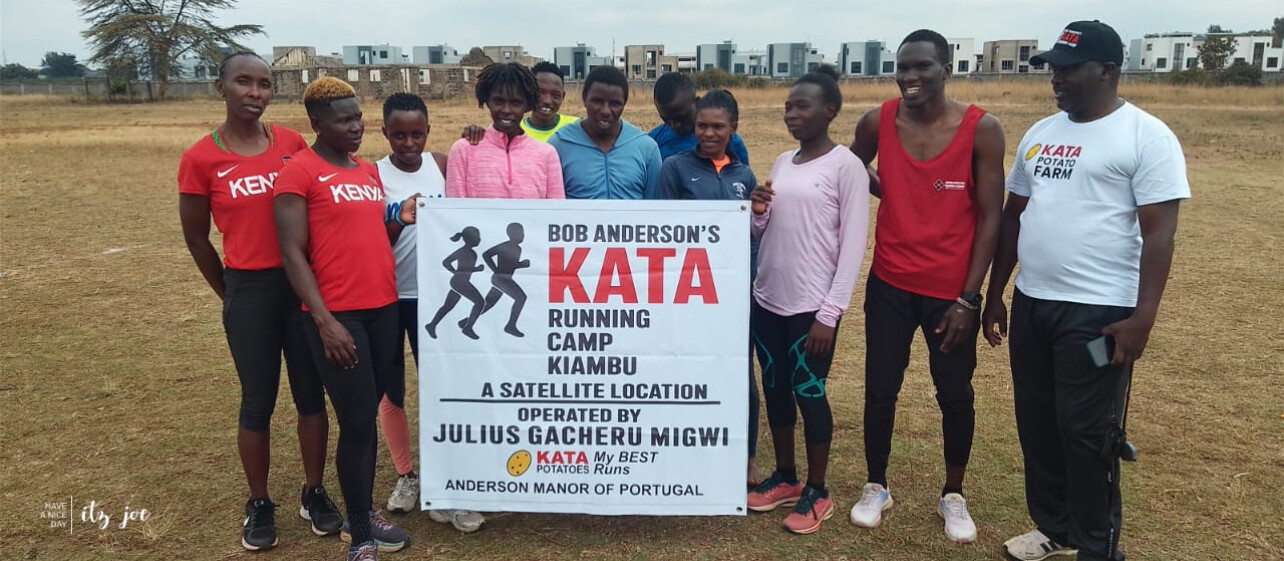
Under the leadership of Coach Julius Migwi, the camp continues to produce elite-level sprinters while also embracing the KATA Potato Farms initiative. The Kiambu potato farm has already planted two acres, providing an additional income stream to support the athletes.
Results
Men’s 600m
Moses Solonka (Age 20, Bib 003) – 1:24
Antony Owino (Age 33, Bib 001) – 1:36
Women’s 600m
Emma Wavinya (Age 23, Bib 007) – 1:42
Sheila Mayenze (Age 23, Bib 011) – 1:47
Peris Chege (Age 36, Bib 005) – 1:53
Men’s 400m
Edwin Mutuma (Age 25, Bib 008) – 56.9
Joseph Kamau (Age 24, Bib 002) – 58.1
Chris Mutahi (Age 26, Bib 006) – 58.3
Women’s 400m
Doreen Waka (Age 30, Bib 010) – 67.4
Jesinta Kibathi (Age 22, Bib 004) – 67.7
Ruth Mumbe (Age 29, Bib 009) – 69.1
Quote from the Camp:
“We are grateful to Bob Anderson for sponsoring the camp. More than that, Bob has helped us start potato farming, which is doing very well. Long live the KATA Family, and may God bless Bob and Catherine.”
(08/13/2025) ⚡AMP
by Boris Baron
Sachangwan KATA Running Camp Time Trial Delivers Strong Debut on Salgaa–Rongai Route
Camp ID: 07 Location: Sachangwan, Kenya Date: August 13, 2025 Opetator: Amos Chirchir
The KATA Running Camp in Sachangwan hosted one of its best events to date, holding its first-ever time trial on the scenic Salgaa–Rongai route. The course featured a mostly flat profile with a very slight slope, making it a promising location for future events.
Conditions were challenging, with a temperature of 17°C (67°F), 75% humidity, and winds of 8 mph, which altered some athletes’ expectations. Despite the weather, the event delivered competitive performances and a strong turnout.
Race Highlights

10km Men: Weldon Langat (Bib 023), just 19 years old, impressed with a winning time of 30:48, promising to bring it down to 29:00 now that he’s familiar with the route. Close behind was John Lanok (Bib 024) in 30:55, with both athletes commenting on the deceptive challenge of the course.
5km Men: Isaac Rono (Bib 026) set one of the fastest times of the day, clocking 14:46—a new personal best—proving his preference for the shorter distance.
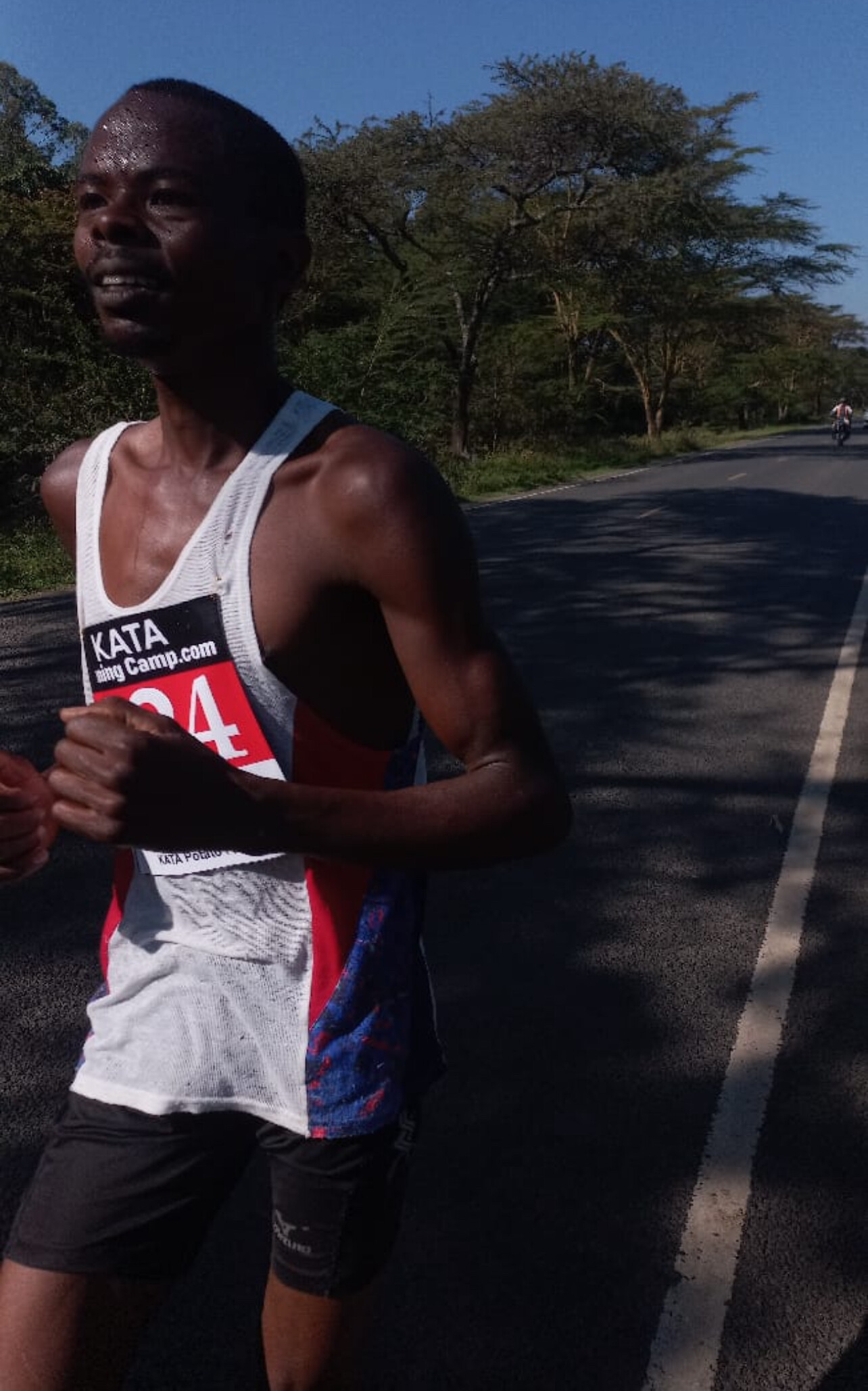
5km Women: Elizabeth Wambui (Bib 003), just two months into training, showed great promise with a 19:35 victory.
Results
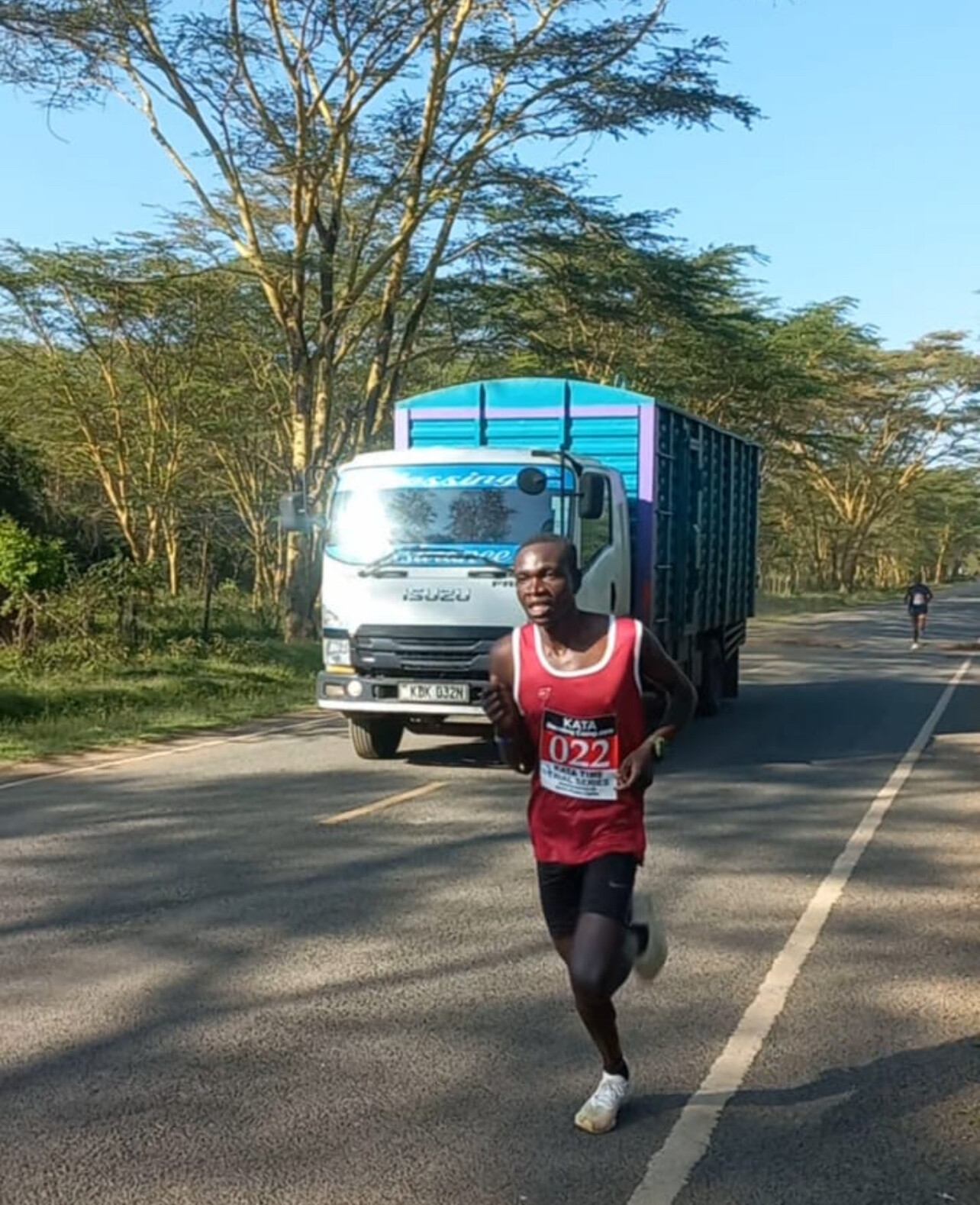
10km Men
Weldon Langat (Bib 023, Age 19) – 30:48
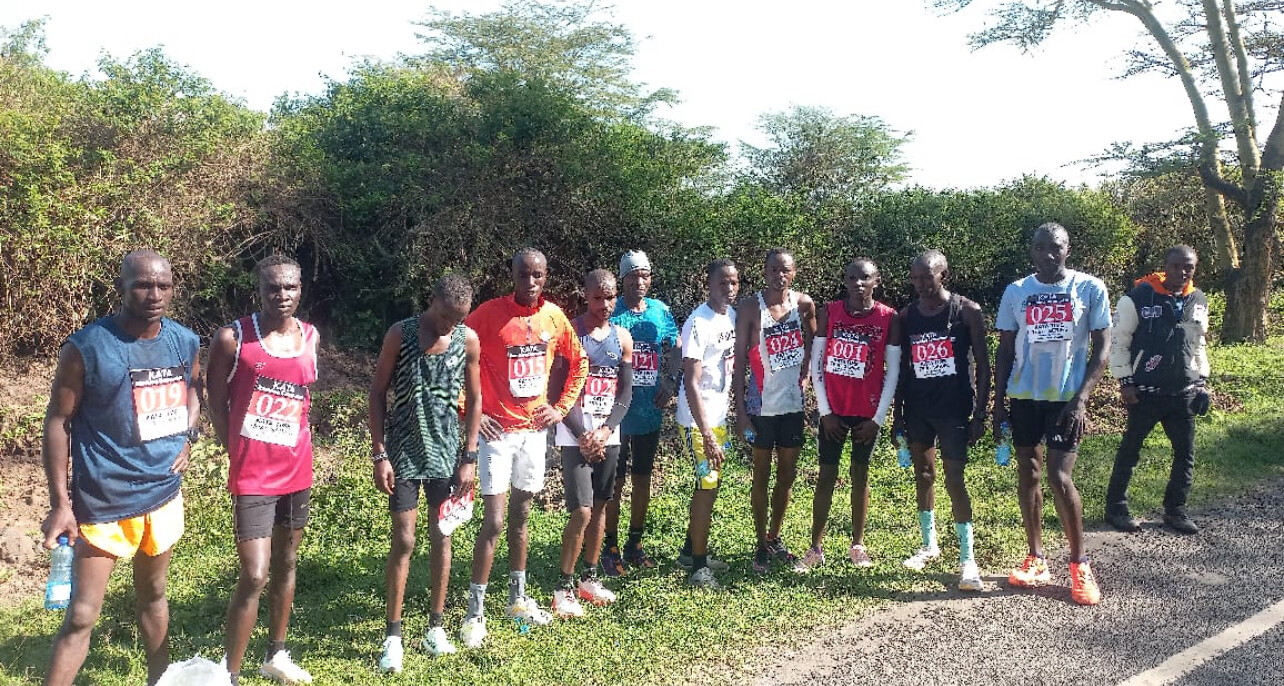
John Lanok (Bib 024, Age 29) – 30:55
Hillary Komen (Bib 025, Age 33) – 31:31
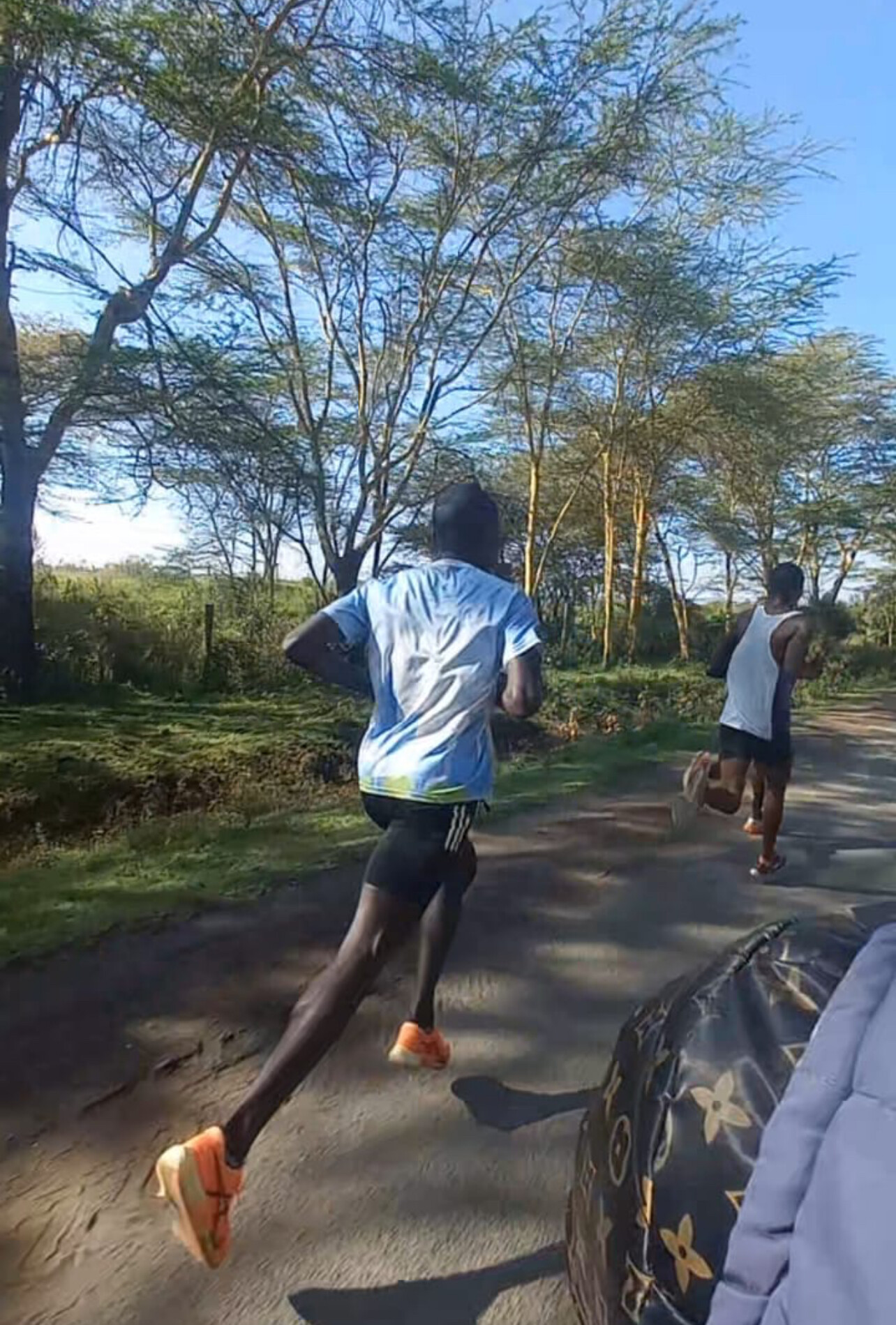
Desmond Ngetich (Bib 020, Age 22) – 32:41
Vincent Kemboi (Bib 022, Age 32) – 33:26
Ronald Cheruiyot (Bib 019, Age 26) – 35:40
Victor Kiplangat (Bib 018, Age 27) – 38:00
Festus Kibet (Bib 015, Age 20) – 42:11
5km Men
Isaac Rono (Bib 026, Age 27) – 14:46 (PB)
Victor Too (Bib 001, Age 24) – 16:37
Samuel Sang (Bib 021, Age 35) – 18:23
5km Women
Elizabeth Wambui (Bib 003, Age 20) – 19:35
Cynthia Mogeni (Bib 002, Age 22) – 21:26
Coach’s Perspective
Coach Amos Chirchir praised the effort and determination of all participants, noting that every athlete gave their best despite the weather challenges. He expressed optimism that future time trials on this route will produce even faster times as athletes adapt to the conditions.
(08/13/2025) ⚡AMP
by Fridah Terry
KATA Running Retreat Thika 47th Time Trial Delivers Breakthrough Performances
Location: KATA Running Retreat Thika, Kenya. Date: August 13, 2025
The KATA Running Retreat Thika hosted its 47th Time Trial, drawing 25 athletes to test their speed and endurance on the familiar 5km and 10km courses. Despite several athletes returning from injury, the day was filled with standout performances and new personal bests.
Highlights
• Men’s 5km: The race belonged to Charles Ndirangu, who clocked 15:28—a new personal best by 18 seconds. Battling a lingering leg injury, Charles opted for the 5km instead of his usual 10km, making his performance even more impressive.
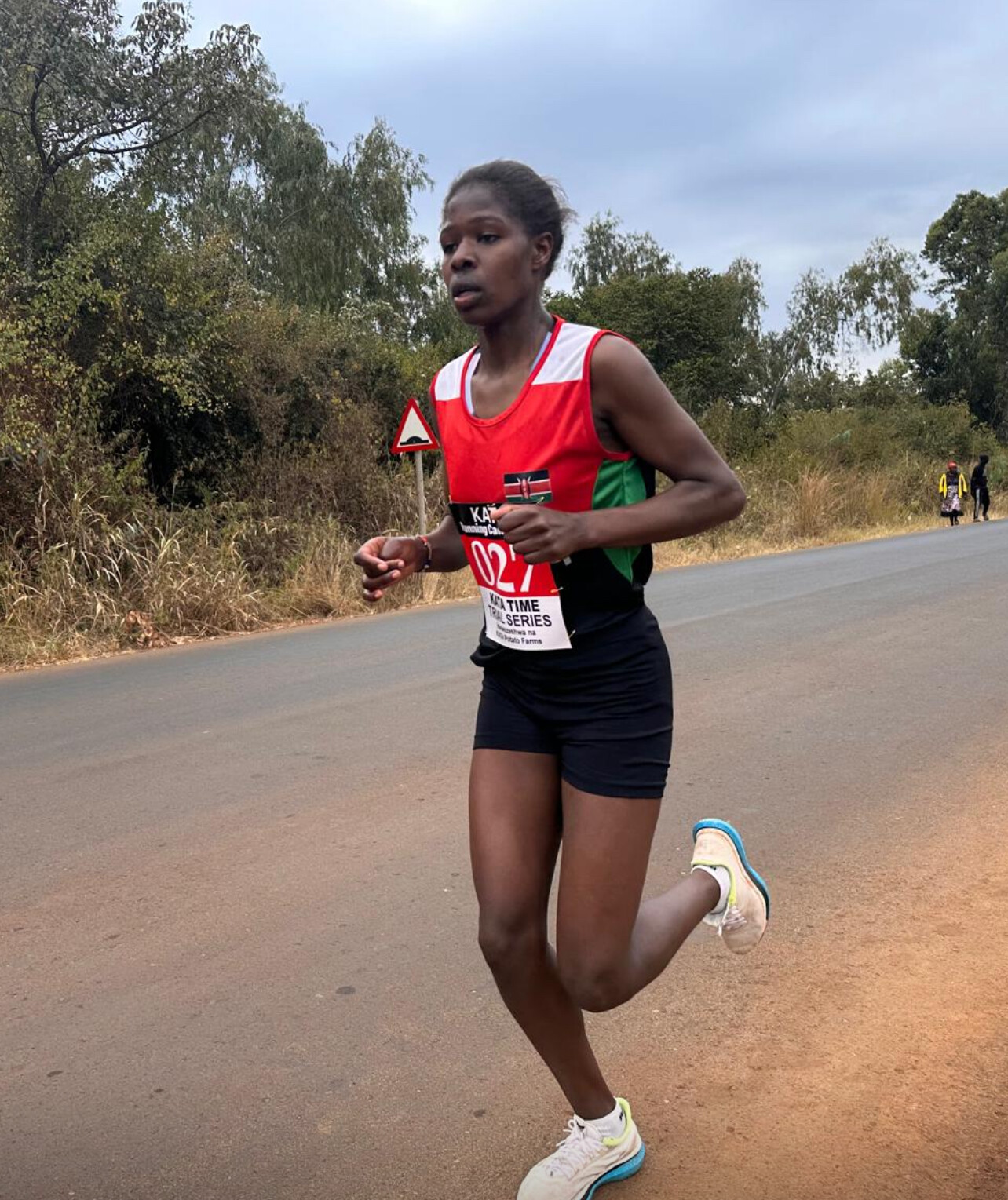
• Women’s 5km: Fifteen-year-old Ann Karanja shone with a 19:16 victory, followed by fellow 15-year-old Tabitha Wanjiru in 20:25. Both juniors displayed remarkable potential for the future.
• Men’s 10km: Athanas Kioko took the win in 29:05, holding off John Chege, who ran 29:41—a new personal best—just two weeks after returning from injury. Chege’s trademark aggressive style was on full display.
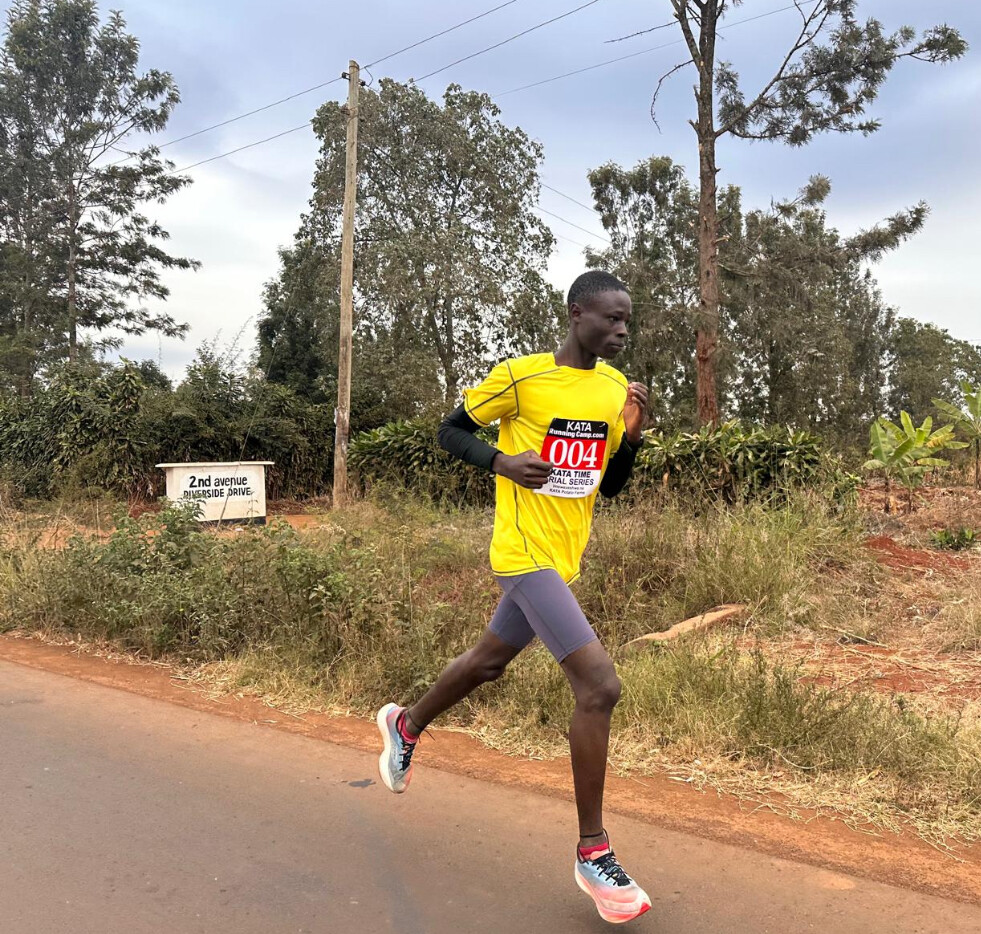
• Women’s 10km: Caren Chepkemoi dominated in 36:09, ahead of newcomer Ruth Maina (38:37) and Mary Wangari in third.
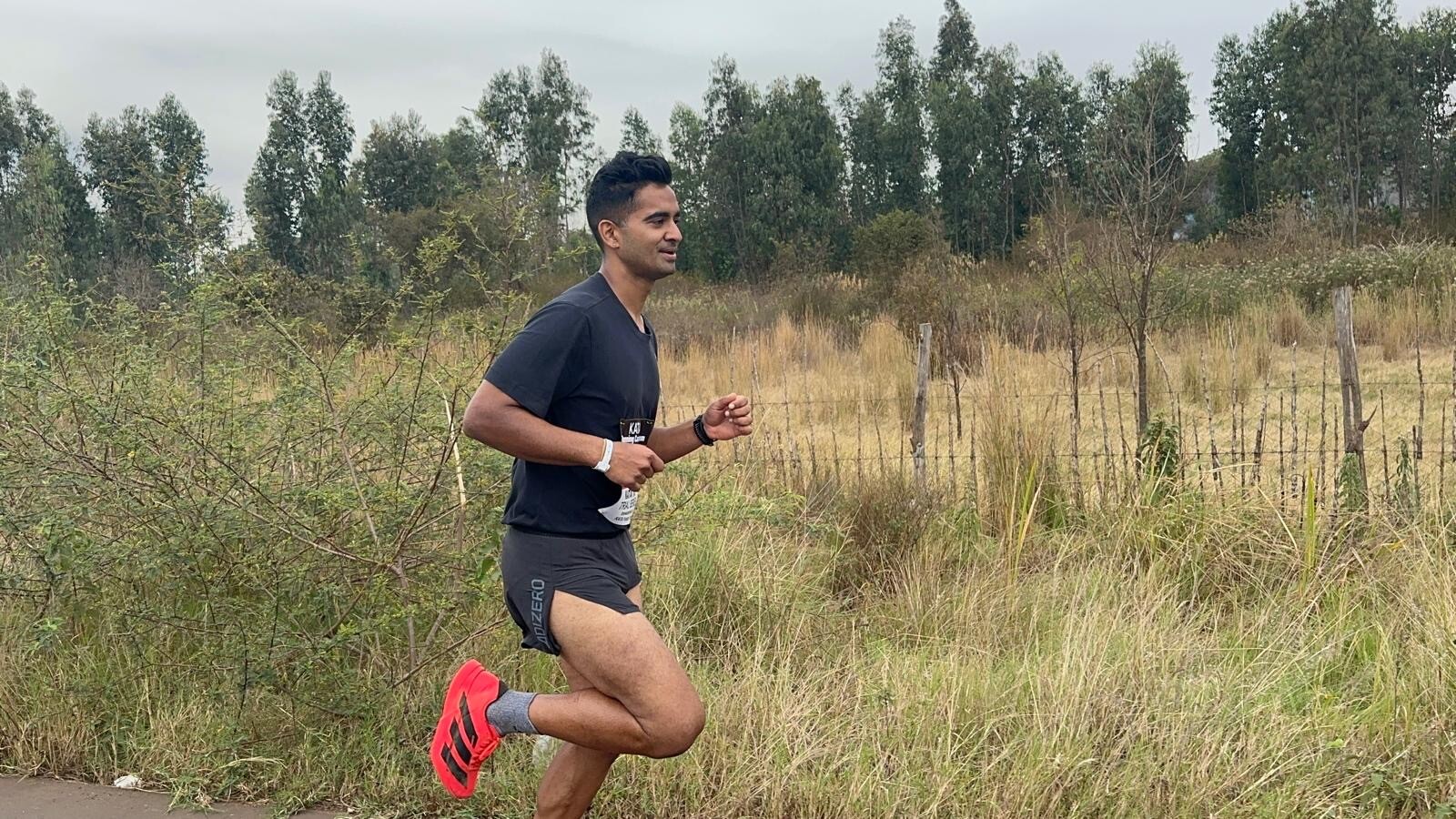
Results
5km Women
1. Ann Karanja (15) – 19:16
2. Tabitha Wanjiru (15) – 20:25
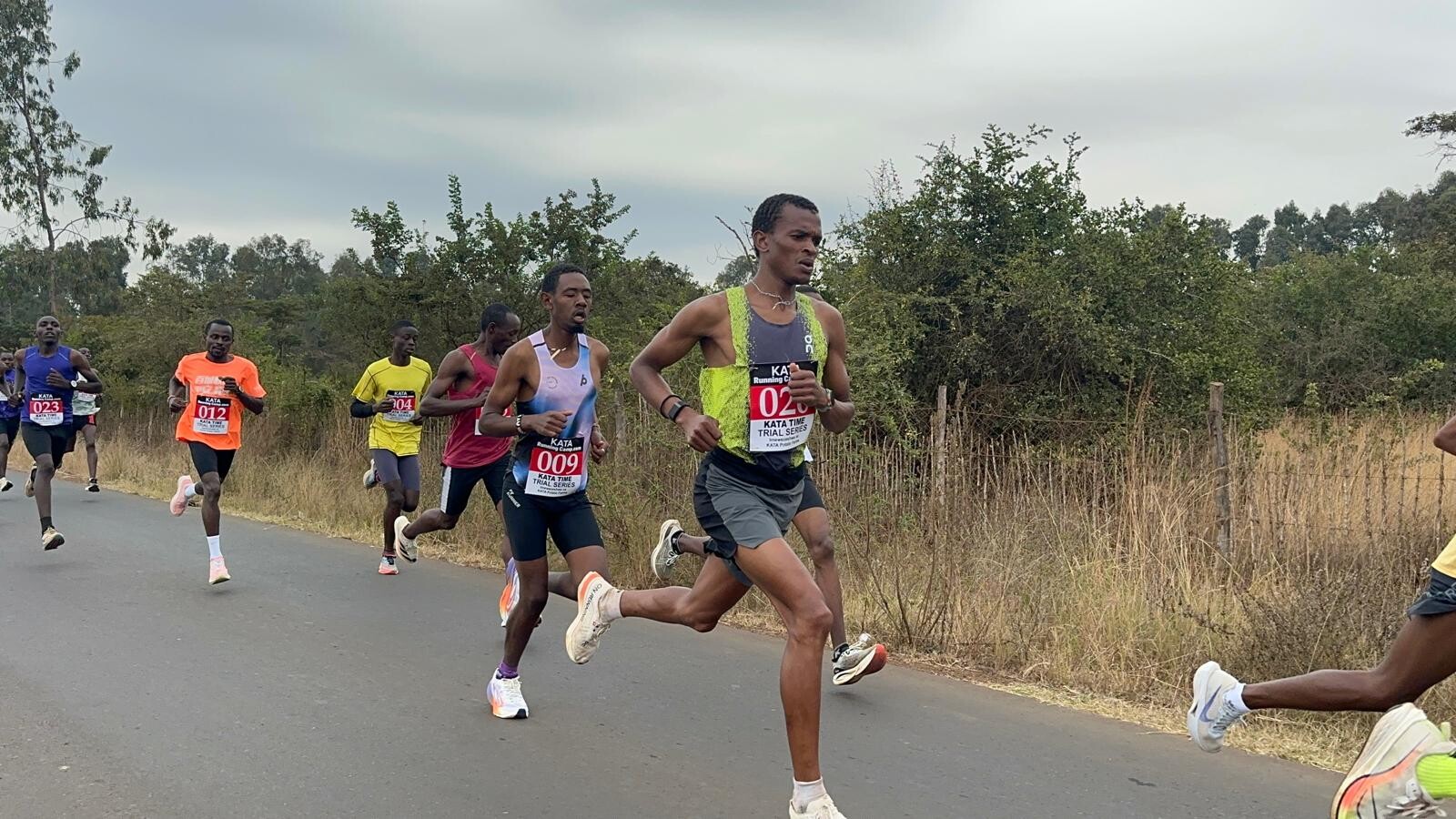
5km Men
1. Charles Ndirangu (24) – 15:28
2. Godfrey Kahora (19) – 16:44
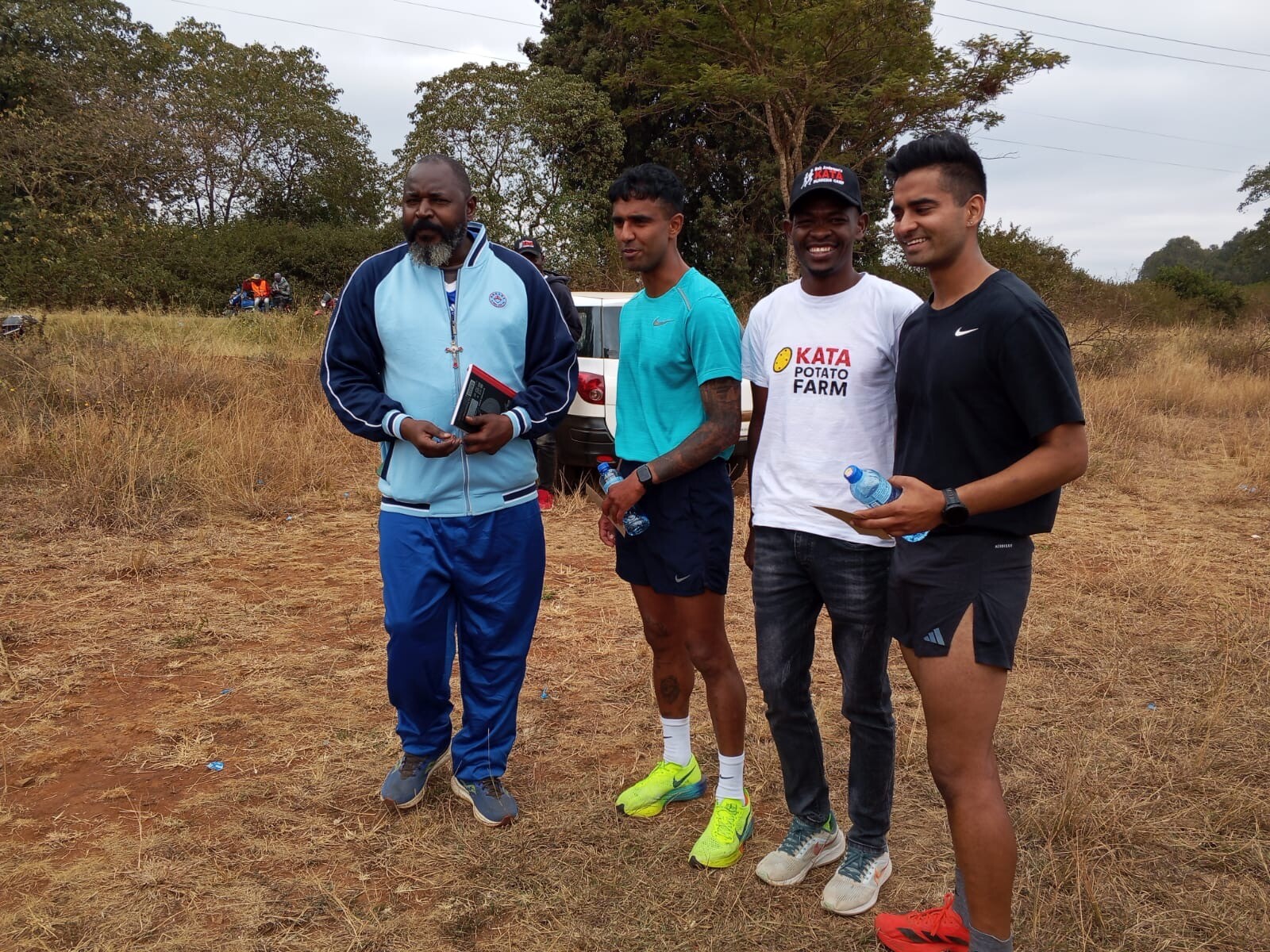
3. Harrison Mwangi (21) – 17:04
4. Benjamin Ndaro (14) – 20:24
10km Women
1. Caren Chepkemoi (24) – 36:09
2. Ruth Maina (22) – 38:37
3. Mary Wangari (34) – 44:41
4. Lucy Muritu (40) – 45:57
10km Men
1. Athanas Kioko (30) – 29:05
2. John Chege (20) – 29:41 (PB)
3. Kelvin Kemoi (23) – 30:14
4. Ibrahim Wangu (22) – 30:31
5. Gabriel Kahura (42) – 30:38
6. Simon Ngumburu (30) – 30:42
7. Francis Waweru (32) – 30:49
8. Muriithi Wanjema (30) – 30:50
9. Joseph Karanja (42) – 32:54
10. Robert Ndegwa (20) – 34:17
11. Ezekiel Itoliti (20) – 35:29
12. Simon Ngereza (25) – 37:20
13. Charles Ndirangu (65) – 38:34
14. Amit Pankhania (30) – 41:03
15. Mitul Pankhania (27) – 48:24
Looking Ahead
The September time trial at KATA Running Retreat Thika will be replaced by the 5th Annual Double Road Race 15K, giving athletes a new competitive format to test their strength over multiple segments.
(08/13/2025) ⚡AMPby Boris Baron
Kapcherop & Tenden KATA Camps Join Forces for High-Altitude Time Trial
Location: Kapcherop & Tenden, Kenya | Camps: 01 & 09 Elevation: ~2,300m Camp Operator: Philemon Kipruto
The KATA Running Camps in Kapcherop (Camp 01) and Tenden (Camp 09) staged a joint high-altitude time trial on August 13, 2025, bringing together talented athletes to test their form and competitiveness.
Held under favorable weather conditions, the event featured both 5km and 10km races on challenging mixed-terrain routes. The scenic but demanding course at over 2,300 meters pushed athletes to maintain a strong pace from start to finish, demonstrating the benefits of their disciplined training programs.
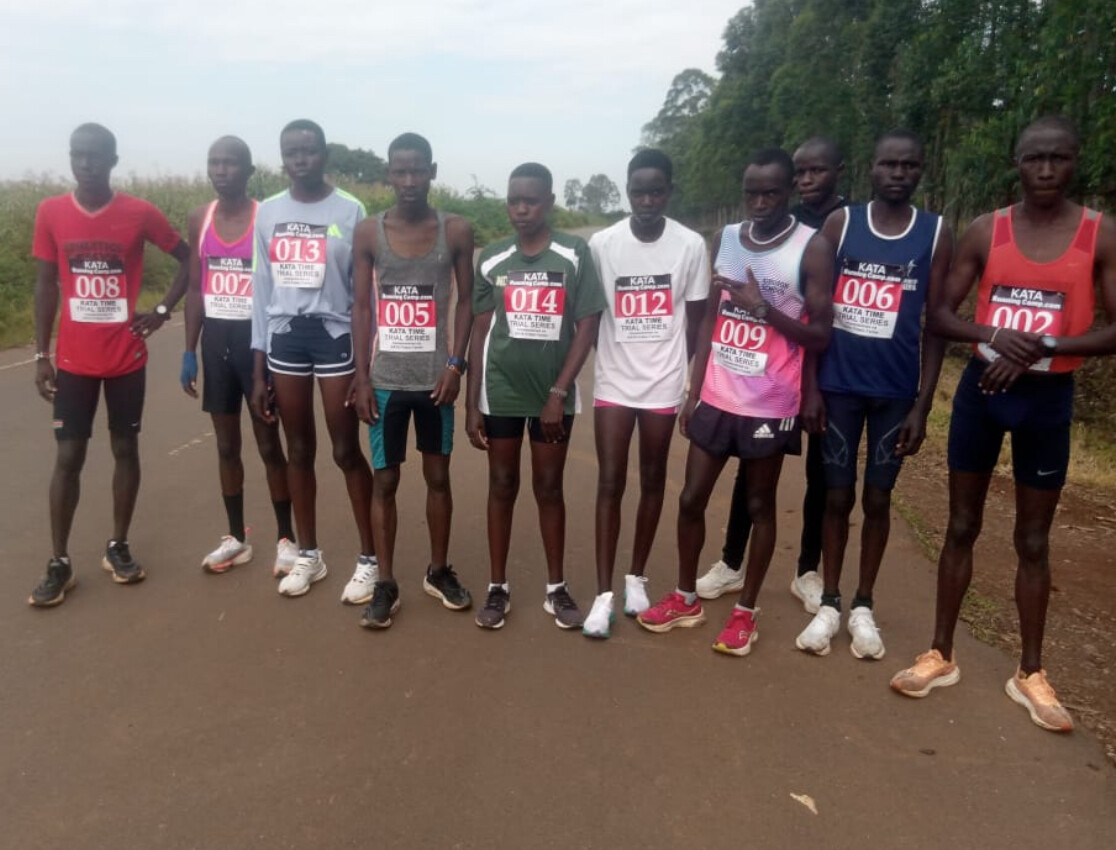
Building Strength and Team Spirit
Coach Philimon Kipruto, who operates both camps, praised the athletes’ effort, noting clear improvements in endurance, speed, and tactical execution. The trial served as both a performance assessment and preparation for upcoming competitions.
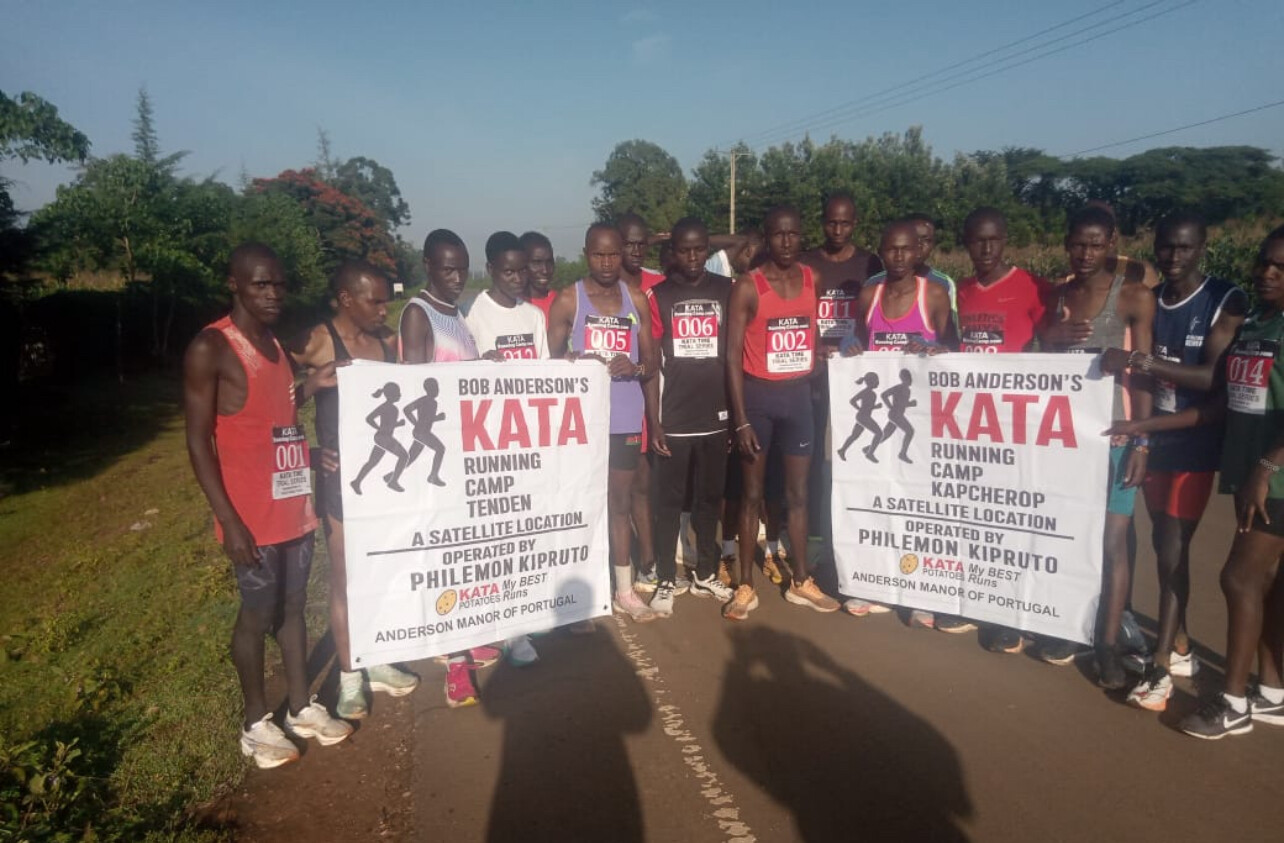
The collaboration between the two KATA Running Camps strengthened team spirit, creating a competitive yet supportive atmosphere. Athletes encouraged each other while still pushing hard for top spots, underscoring KATA’s commitment to nurturing elite distance running.
These running camps are part of the wider KATA Potato Farms initiative, which supports athletes by combining high-level training with sustainable potato farming to provide long-term income opportunities.
Results
10km Meni
1. Donal Kimaru (Bib 011) – 29:19.92 – Kapcherop
2. Allan Mwetich (Bib 010) – 29:33.79 – Kapcherop
3. Duncan Kemei (Bib 001) – 29:42.58 – Tenden
4. Dennis Kosgei (Bib 005) – 29:44.77 – Kapcherop
5. Enock Tanui (Bib 003) – 29:57.18 – Kapcherop
6. Hosea Tuei (Bib 002) – 30:10.33 – Kapcherop
7. Evans Kemboi (Bib 004) – 30:17.93 – Kapcherop
8. Ian Kimtai (Bib 003) – 30:45.39 – Tenden
9. Clement Kipkoech (Bib 004) – 31:41.71 – Tenden
10km Women
1. Beatrice Rutto (Bib 015) – 35:32.43 – Kapcherop
5km Men
1. Dennis Kipchirchir (Bib 007) – 14:50.01 – Kapcherop
2. Shadrack Plimo (Bib 006) – 15:01.20 – Kapcherop
3. Sammy Kwemoi (Bib 002) – 15:04.24 – Tenden
4. Kelvin K. Kiptoo (Bib 009) – 15:10.26 – Kapcherop
5. Nickson R. Kipkemoi (Bib 005) – 16:15.30 – Tenden
6. Alex K. Rutto (Bib 008) – 16:13.57 – Kapcherop
7. Emmanuel Kemboi (Bib 006) – 17:04.34 – Tenden
5km Women
1. Mercy Jebichi (Bib 012) – 17:14.35 – Kapcherop
2. Sarah Chepkemoi (Bib 013) – 19:36.20 – Kapcherop
3. Mercy Jepchumba (Bib 014) – 19:50.09 – Kapcherop
Conclusion
This joint time trial between Kapcherop and Tenden KATA Camps, operated by Philemon Kipruto, reinforced the benefits of combining camp talent for high-quality competition. With several sub-30-minute 10km runs at altitude and strong showings across both distances, the athletes are proving that the KATA program’s blend of elite training and community spirit is yielding results.
(08/13/2025) ⚡AMPby Fridah Terry
First-Ever Time Trial at KATA Running Camp Keringet Showcases Talent and High-Altitude Potential
Location: Keringet, Kenya | Camp ID: 03 Lead by Sammy Dismas
Elevation: ~2,500–2,600m
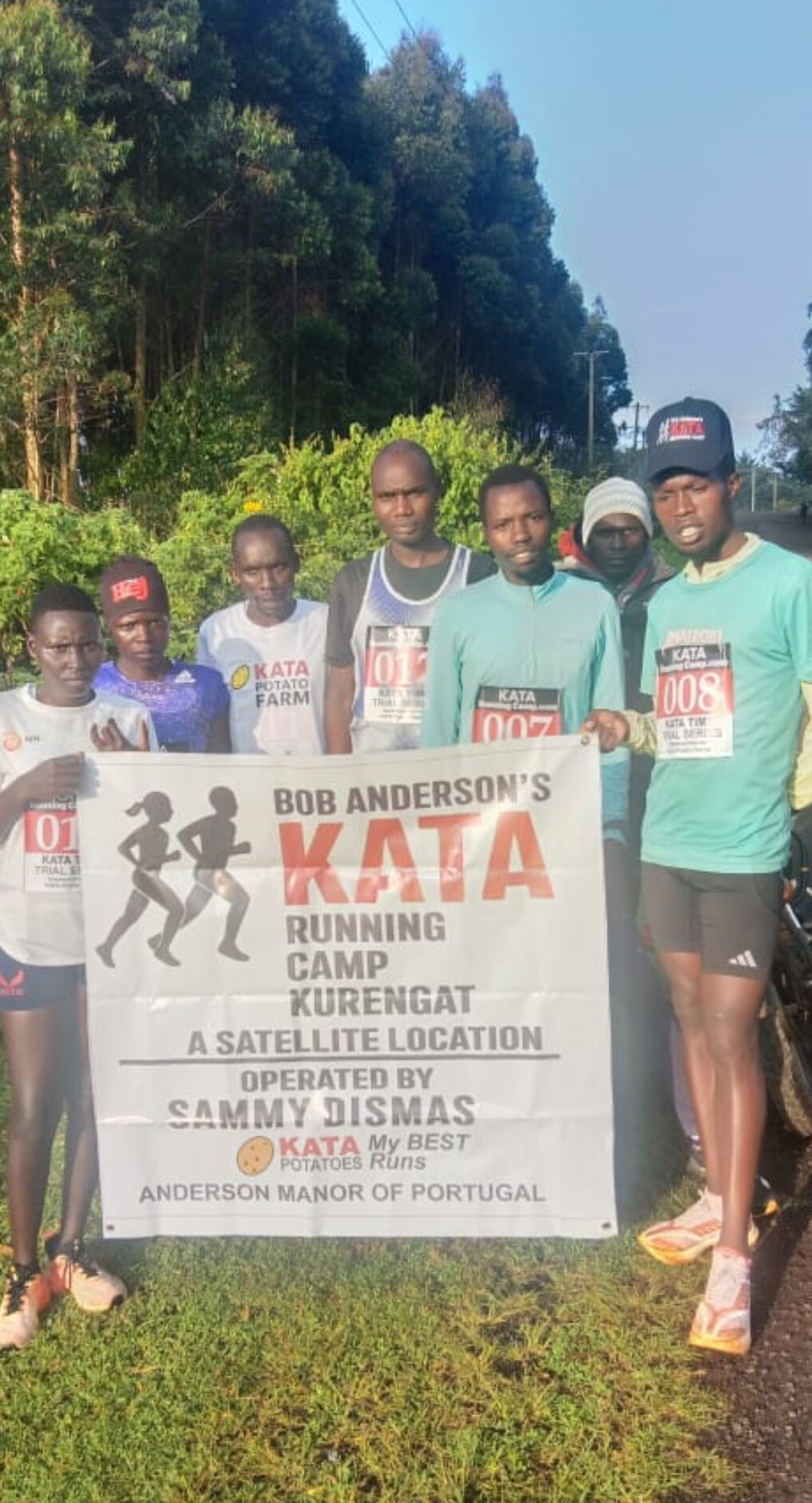
The KATA Running Camp Keringet, located in the historic athletics town of Keringet, hosted its first-ever time trial—a major milestone for the camp and its athletes.
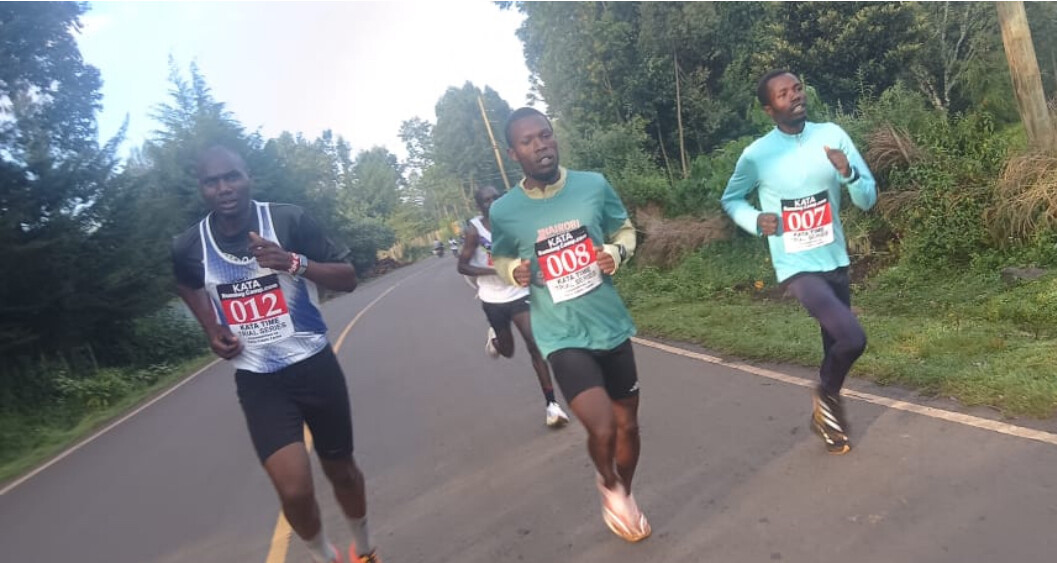
Keringet is renowned for its rich history in athletics, producing top-level runners for decades. Its high-altitude location (2,500–2,600m) offers ideal weather and terrain for endurance training. The area is also well-suited for potato farming, making it a perfect fit for KATA’s dual mission of elite training and agricultural sustainability.
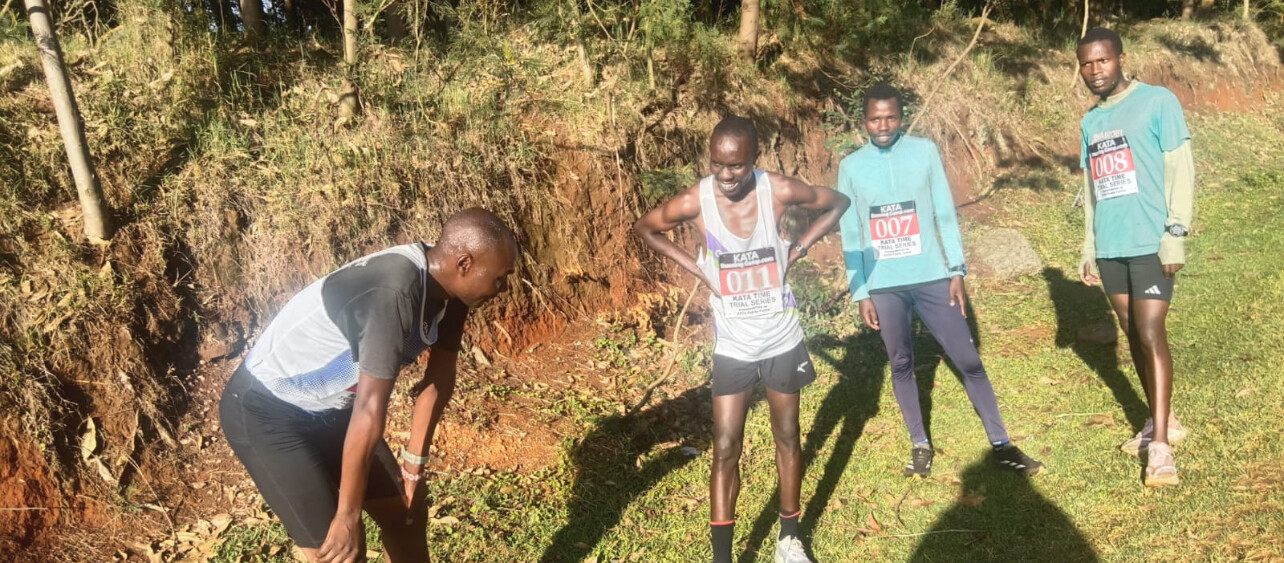
A Strong Debut
This debut time trial was met with enthusiasm and determination from both athletes and the community. Despite it being the camp’s first official event, the organization and performances were impressive, signaling a bright future for Keringet within the KATA Family.
Camp leaders expressed gratitude to Mr. Bob Anderson and the KATA network for their support and guidance, vowing to build on this momentum.
Quote from the Camp:
“This time trial being our first ever event, I conclude it was very successful as we did our best to make it happen. We are going to grow as a KATA Family. Thank you, Mr. Bob, and all KATA Family for making this possible.”
Results
10km Men
1. Cosmas Kipkoech (Bib 008) – 30:25
2. Amos Kirui (Bib 007) – 30:29
3. Sammy Nyokaye (Bib 011) – 30:35
4. Shem Tolu (Bib 012) – 30:50
10km Women
1. Mercy Chepng’eno (Bib 009) – 34:30
2. Clementine Chebiwot (Bib 010) – 35:05
(08/13/2025) ⚡AMPby Boris Baron
Altitude Excellence: KATA Kericho Time Trial Delivers Standout Performances at Camp K05 Operated by Edwin Soi
Location: KATA Running Camp K05 – Kericho, Kenya (Operated by Olympic medalist Edwin Soi)
Elevation: 2,333m | Weather: Fair, ~21°C
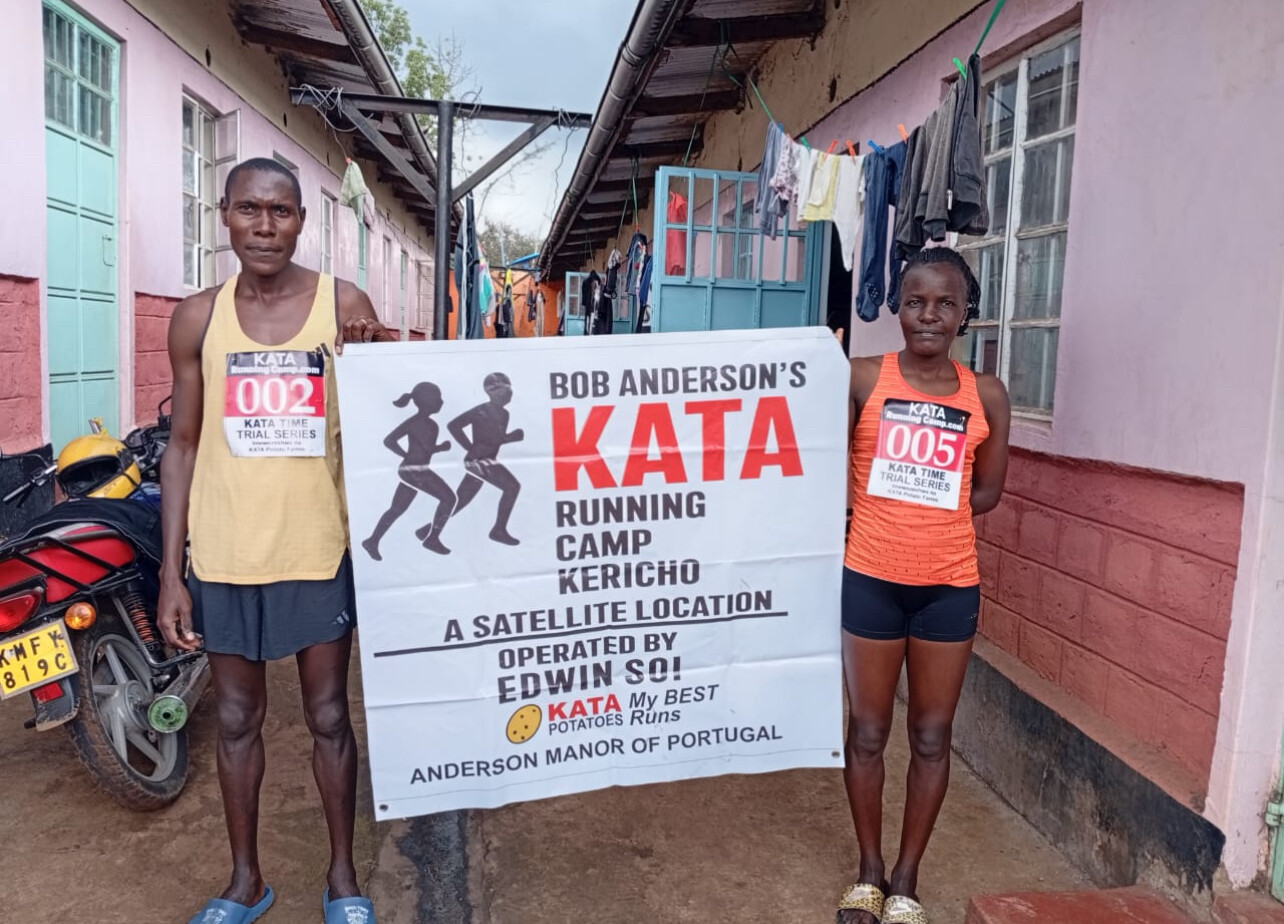
Event Type: Team Time Trial August 13, 2025
Course: Mixed-terrain – 5km for two ladies, 10km for the remaining nine participants
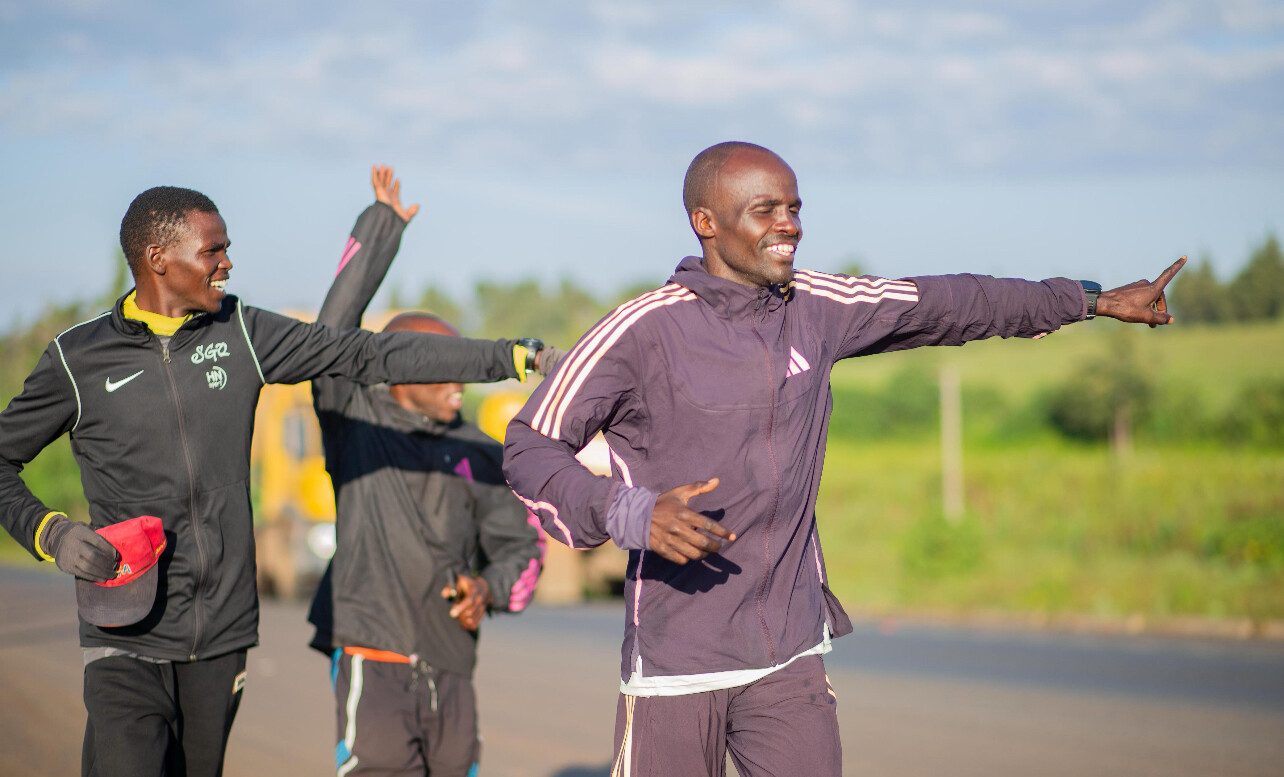
The KATA Kericho Time Trial, held at KATA Running Camp K05 under the leadership of Edwin Soi, was a strong showcase of talent and endurance. Situated at high altitude in Kericho, the camp is part of KATA’s expanding network of running camps across Kenya, combining elite-level training with the KATA Potato Farm initiative.
A total of 11 athletes took part in this test of fitness—two ladies in the 5km race, and six ladies plus four men in the 10km race. Despite the challenging mixed-terrain course, participants delivered exceptional performances, with 95% reaching peak effort levels.
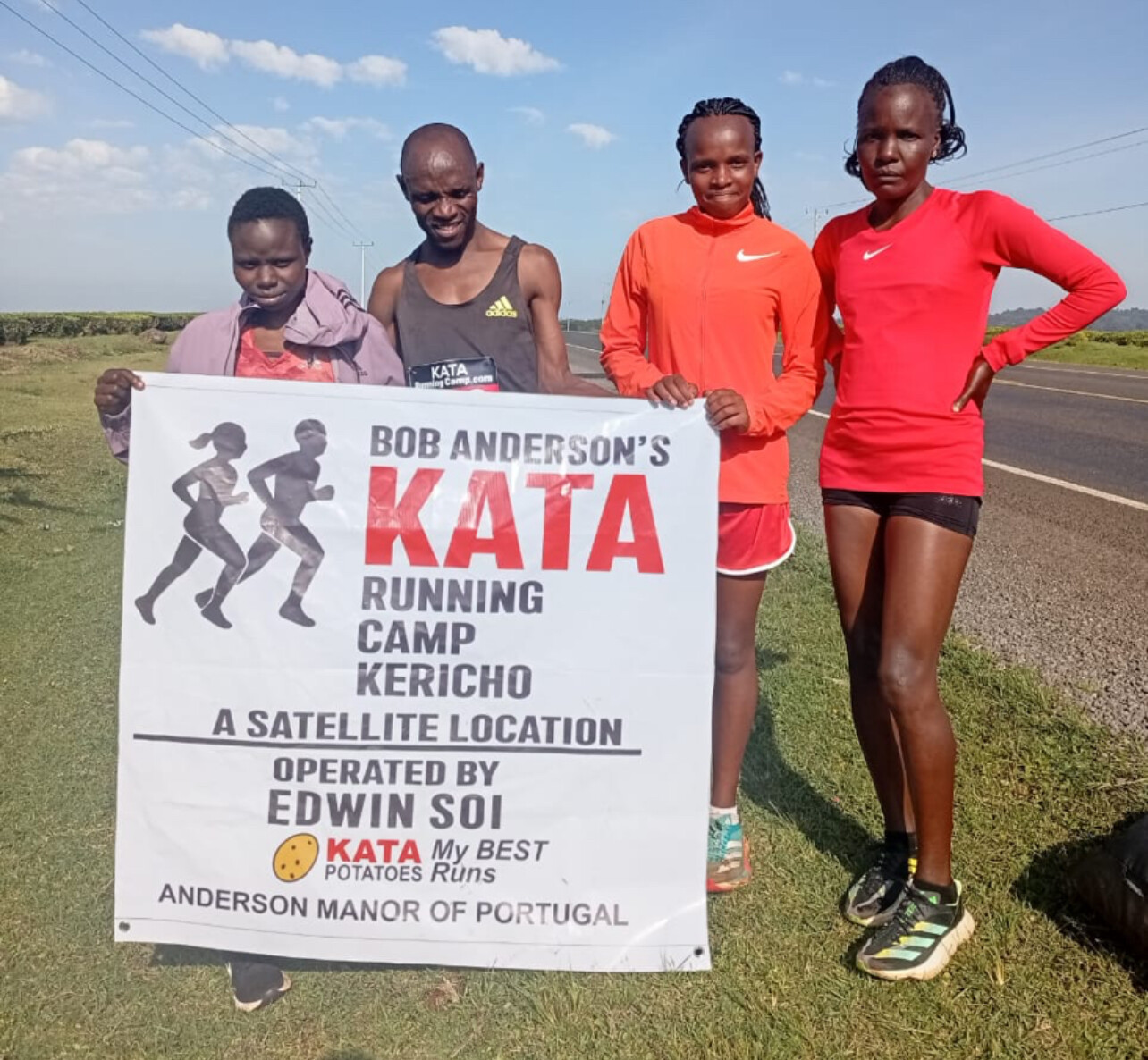
Highlights & Key Observations
• Inclusive Format: The split-distance format allowed athletes of varying strengths to perform at their best, with two ladies in the 5km and nine athletes in the 10km.
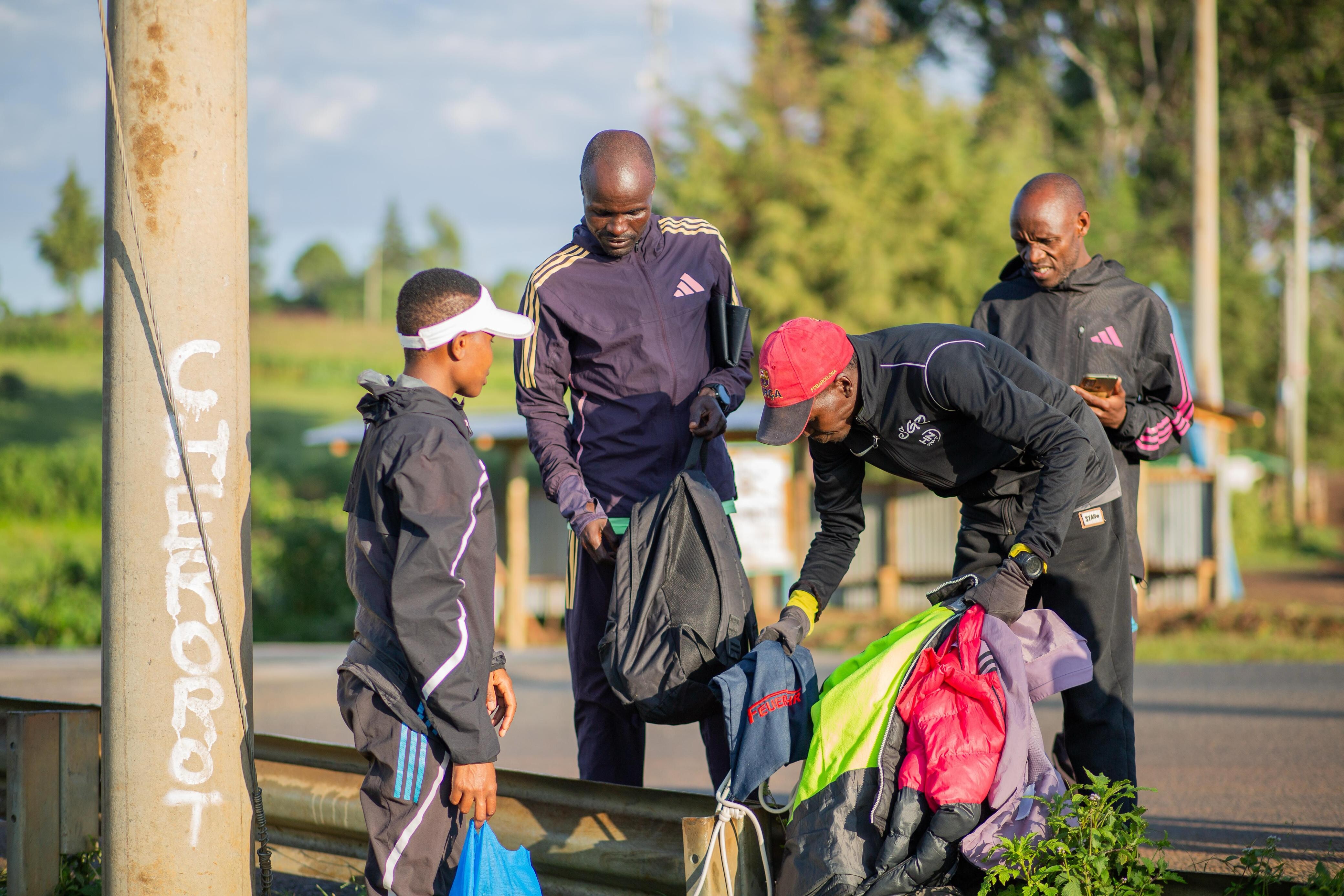
• Progressive Results: Times reflect steady improvement across the group, showing that training methods are paying off.
• Altitude Mastery: At 2,333m, altitude can be a major factor, but the athletes were well-acclimatized and showed no signs of altitude-related fatigue.
• Injury Note: One athlete sustained a hamstring injury and was immediately attended to by the medical team. A recovery plan is underway.
Results
5km Ladies
1. Sharon Cheptoo (DOB 2003) – 16:56
2. Margaret Ndirangu (DOB 2003) – 17:55
10km Men
1. Edwin Soi (DOB 1986) – 28:05
2. Edmond Rono (DOB 1995) – 28:19
3. Isaiah Kipkurui (DOB 1999) – 28:22
4. Gilbert Kenduiywa (DOB 1989) – 29:05
5. Gilbert Korir (DOB 1990) – 29:20
10km Ladies
1. Chebet Winny (DOB 2004) – 32:45
2. Faith Chepkoech (DOB 2004) – 35:05
3. Joice Kirui – 35:20
4. Pamela Cherotich (DOB 1986) – Injured during race
Conclusion
The KATA Kericho Time Trial at KATA Running Camp K05, guided by Edwin Soi, was a clear demonstration of the dedication and progress of the athletes. With continued training, strategic recovery, and strong leadership, this group is on track for even greater success.
(08/13/2025) ⚡AMPby Boris Baron
John Korir Aims to Break Kelvin Kiptum’s World Record at the 2025 Chicago Marathon
Reigning Boston Marathon champion John Korir is preparing for the race of his life — an attempt to break the late Kelvin Kiptum’s marathon world record of 2:00:35, set on the streets of Chicago in 2023.
Korir, 28, will return to defend his title at the Chicago Marathon on October 12, but this time with a bold target in mind: a new personal best of 2:00:30. Achieving it would not only secure back-to-back victories in Chicago but also eclipse Kiptum’s mark by five seconds.

“The target my coach and I have set for ourselves in Chicago is to lower my personal best and clock 2:00:30,” Korir told The Star. “My body is in good shape, I am injury-free, and I feel great.”
Chicago’s course is renowned for producing fast times — flat, competitive, and recognized by the International Olympic Committee as a “historical world record course.” Korir believes its layout, combined with his current form, offers the perfect stage for a record-breaking run.
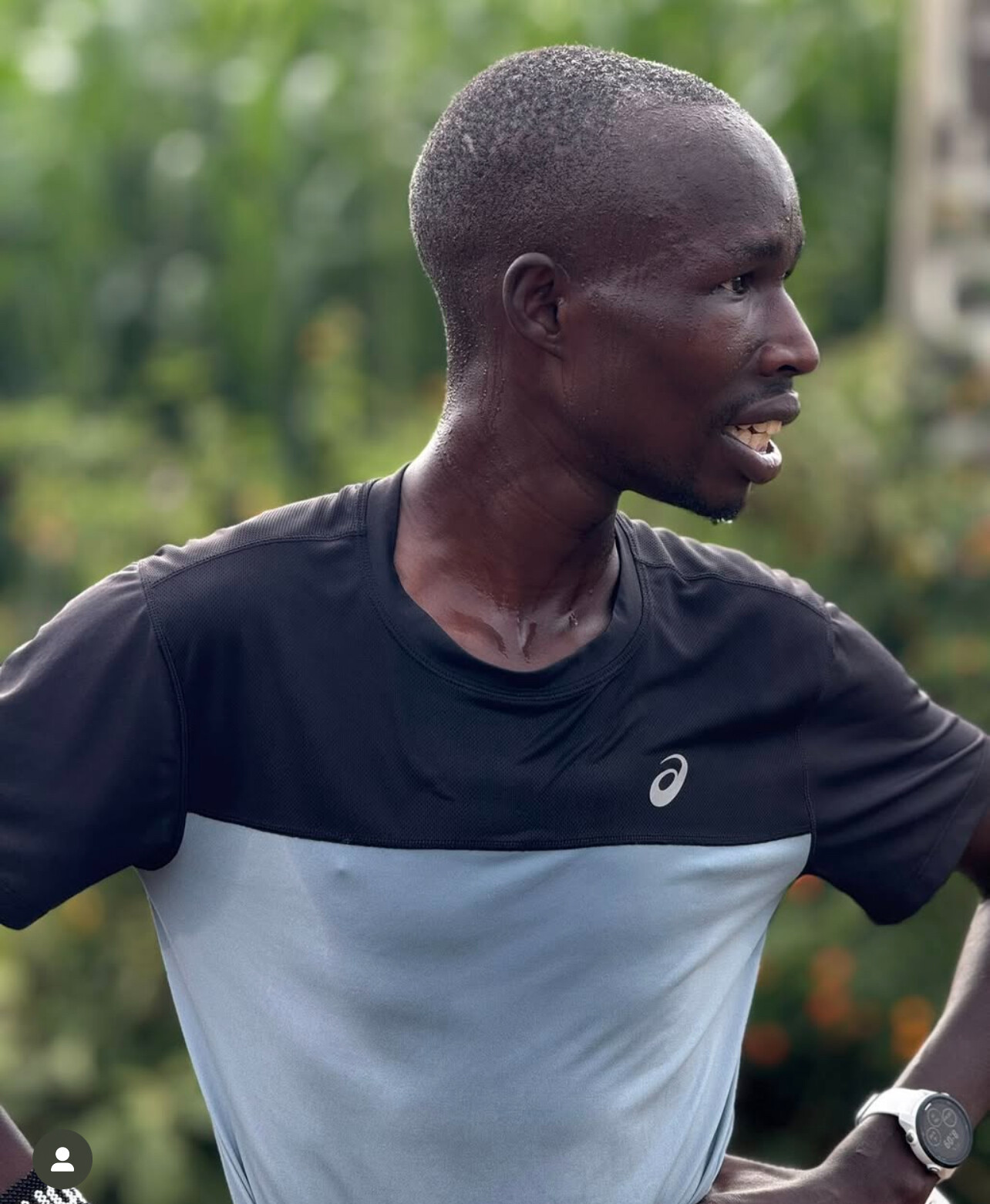
His 2025 season has already been outstanding. In April, Korir won the Boston Marathon in 2:04:45, becoming, alongside his brother Wesley Korir (the 2012 Boston champion), the first siblings ever to claim Boston titles. In July, he added another victory at the Boilermaker 15K, clocking 42:44 ahead of a strong field that included Hillary Kipkoech and Abbabiya Simbassa.
In last year’s Chicago Marathon, Korir set his current personal best of 2:02:44, leading Ethiopia’s Mohamed Esa (2:04:39) and Kenya’s Amos Kipruto (2:04:50) to the podium. This year, he expects even fiercer competition but remains focused on the ultimate goal.

“All eyes will be on me because I am the defending champion,” Korir said. “My coach and my brother keep telling me I can do it, and I believe I can.”
If Korir succeeds, he will not only defend his Chicago crown but also become the first man in history to run under 2:00:30 in a record-eligible marathon.
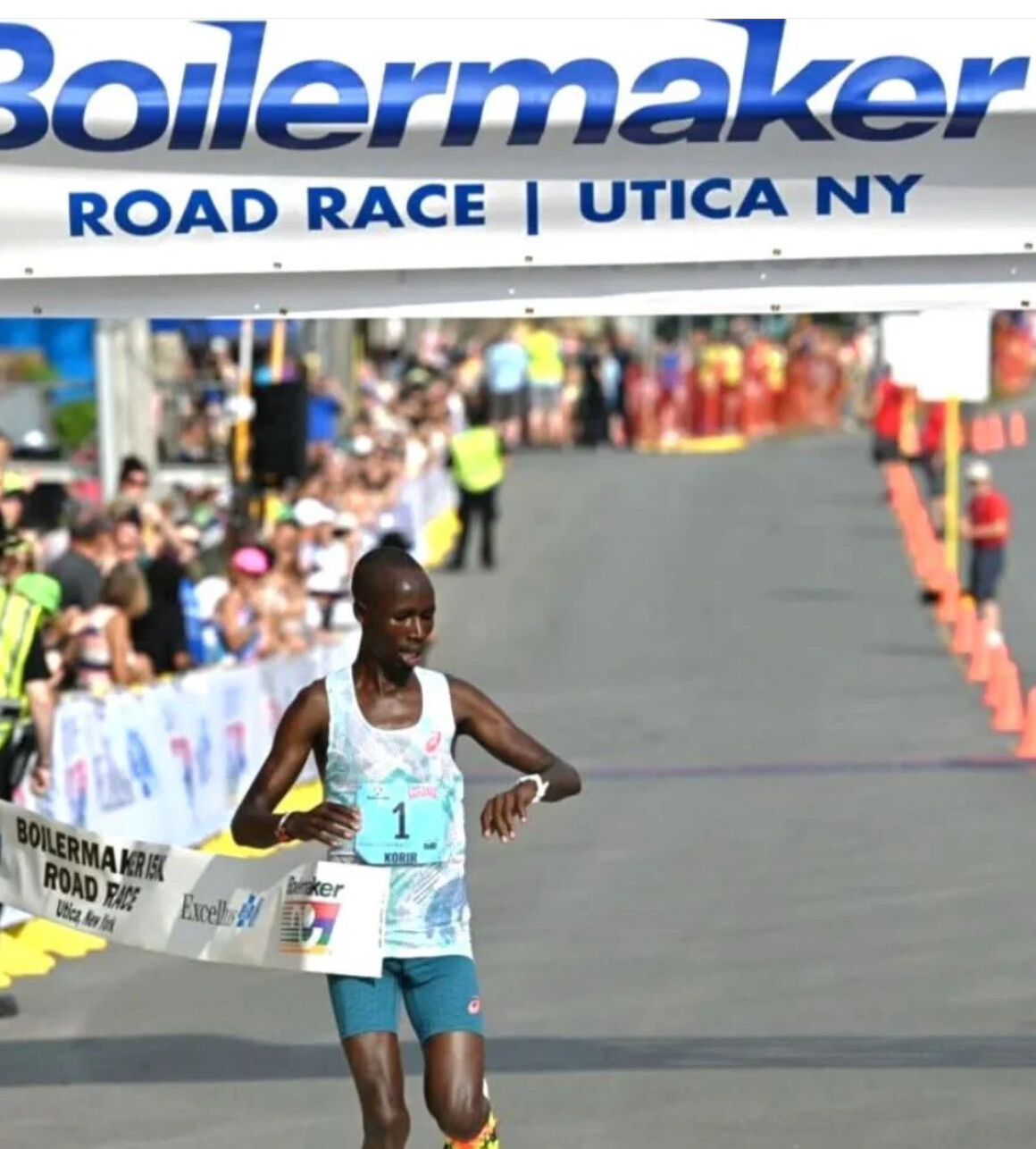
by Boris Baron
KATA Running Camp 01: Building Champions from Teen Talent to Marathon Veterans
At the KATA Running Camp and KATA Potato Farm's first official running camp, KATA 01 in Kapcherop, Coach Philemon Kipruto is leading a dynamic mix of rising teenage talent, competitive middle-distance athletes, and seasoned marathoners. Training programs are carefully balanced between speed, endurance, and tactical racing skills, ensuring that every athlete—whether 16 or 38—continues to progress.
Philemon also operates KATA 09 in Tenden, just a few kilometers away, giving him the unique advantage of managing two high-performance training groups within close proximity. Together, these two camps not only produce top-level athletes but also farm six acres of KATA potatoes, directly contributing to the program’s sustainability and providing the “Fuel of Champions”.
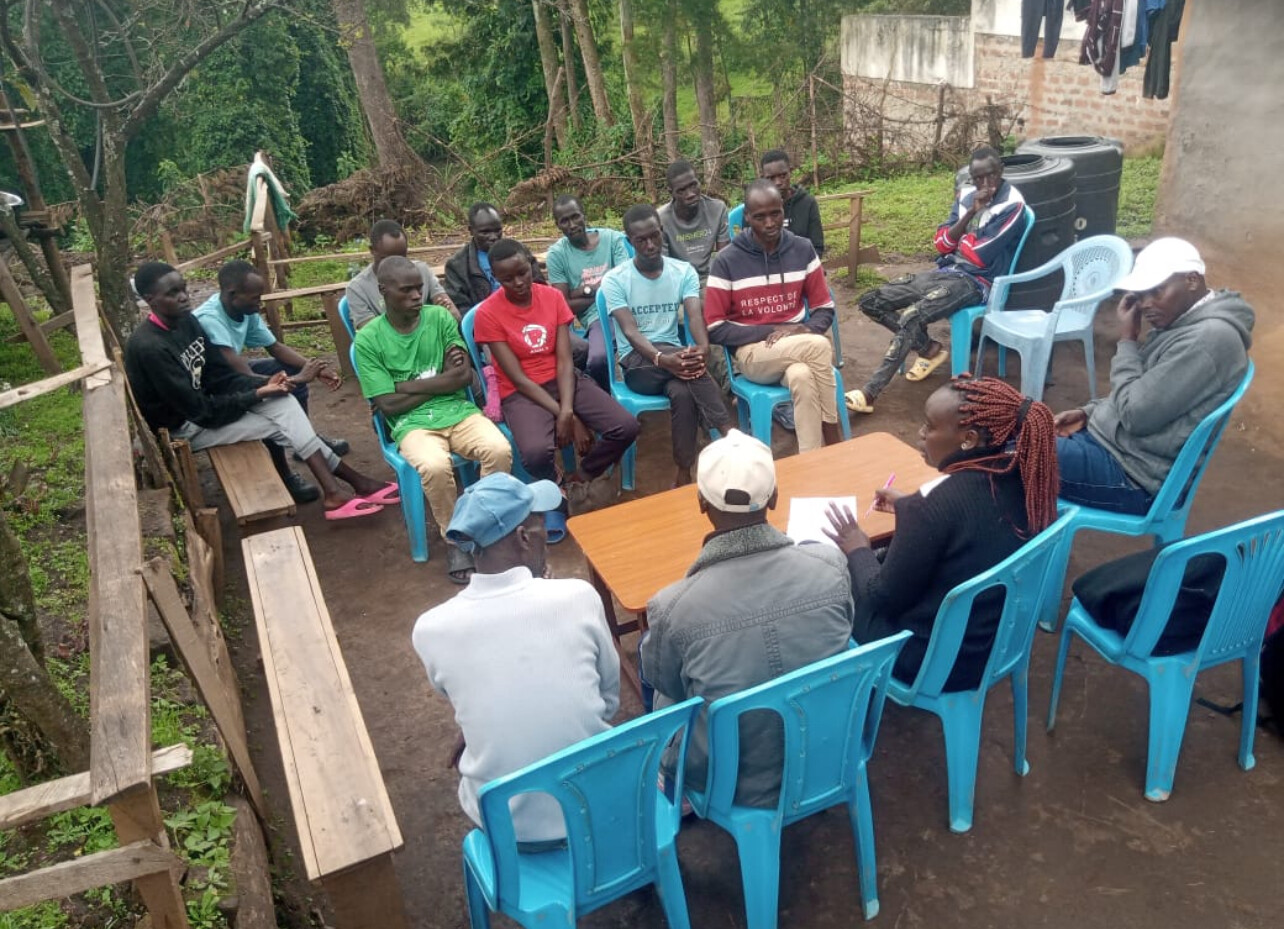
What is KATA?
The Kenya Athletics Training Academy (KATA) was founded by Bob Anderson in Thika, Kenya, in 2019 as a hub for developing elite Kenyan runners. The program has since grown into a nationwide network, uniquely combining world-class training camps with sustainable agriculture.
Since May 16, 2025, KATA has launched 30 mrunning camps across Kenya, plus 20 independent KATA Potato Farms not directly attached to camps. This brings the total to 50 KATA potato farms—the backbone of the program’s long-term sustainability.
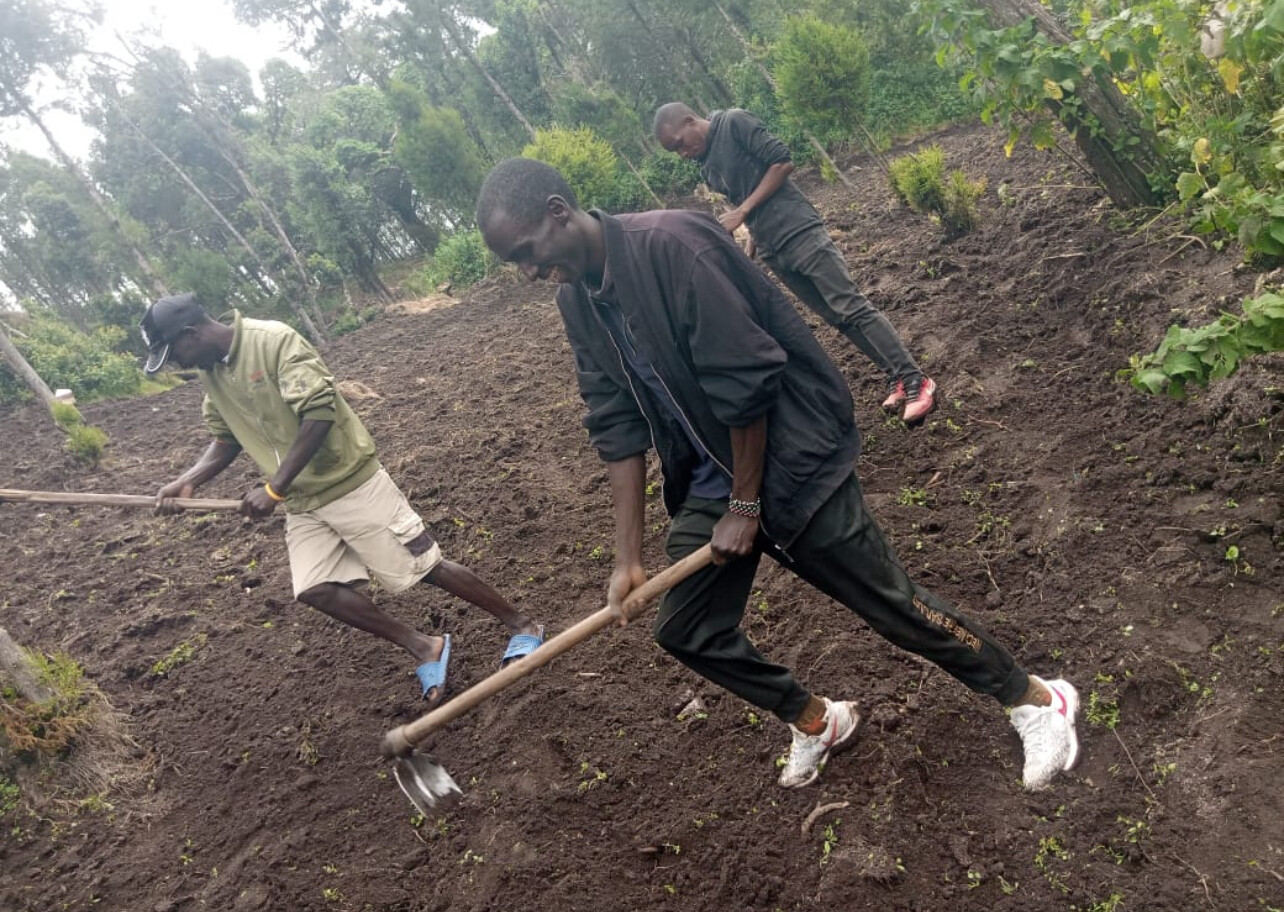
Known as “The Fuel of Champions”, KATA potatoes provide both nutrition for athletes and revenue to support training operations. As of today, there are 108 acres of KATA potatoes planted or being planted, directly supporting more than 400 KATA athletes across the country.
KATA’s mission is clear: produce champions who can succeed locally and internationally while building a self-sustaining model that benefits athletes, communities, and the Kenyan running legacy.
Standout Athletes & Performances
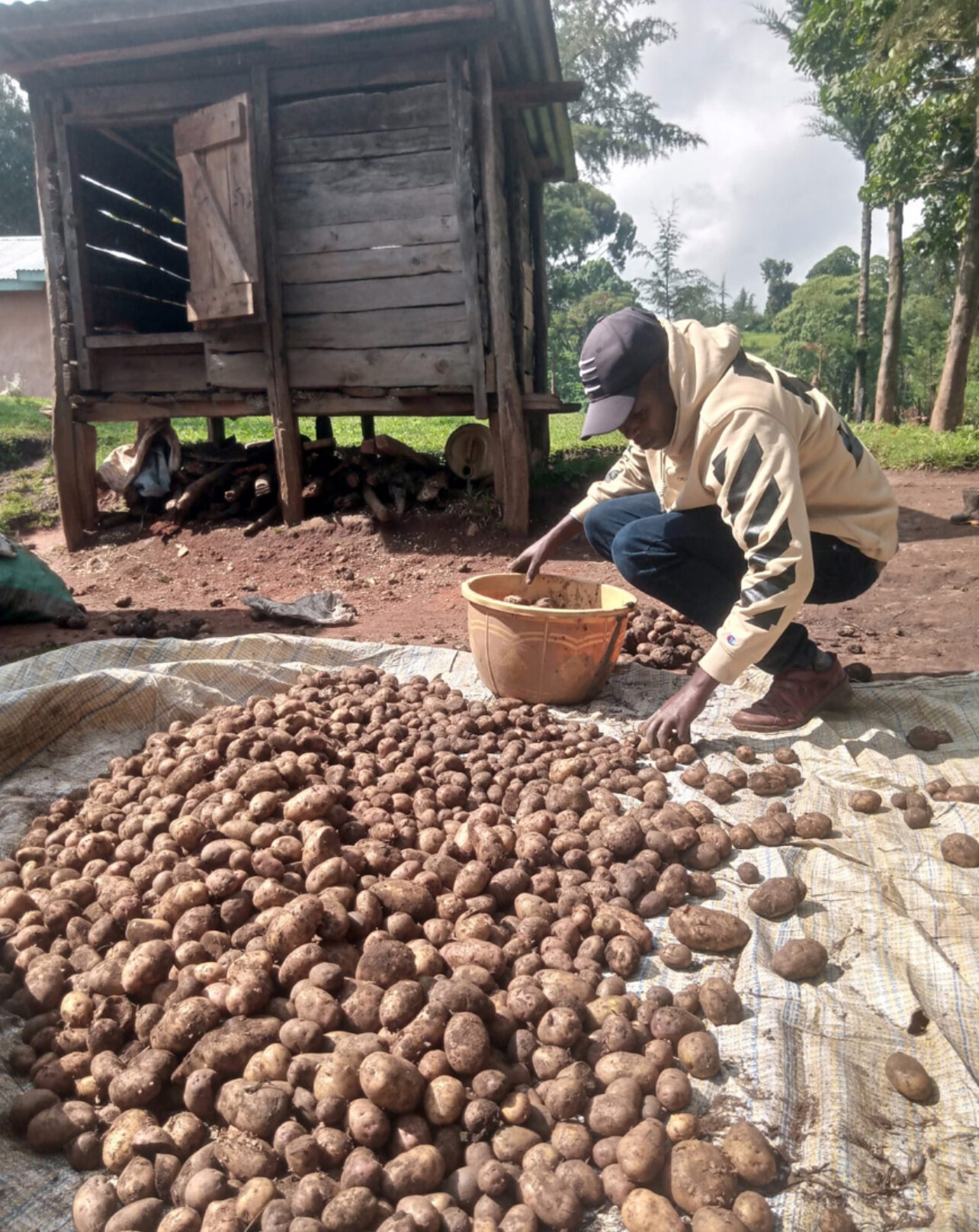
Men:
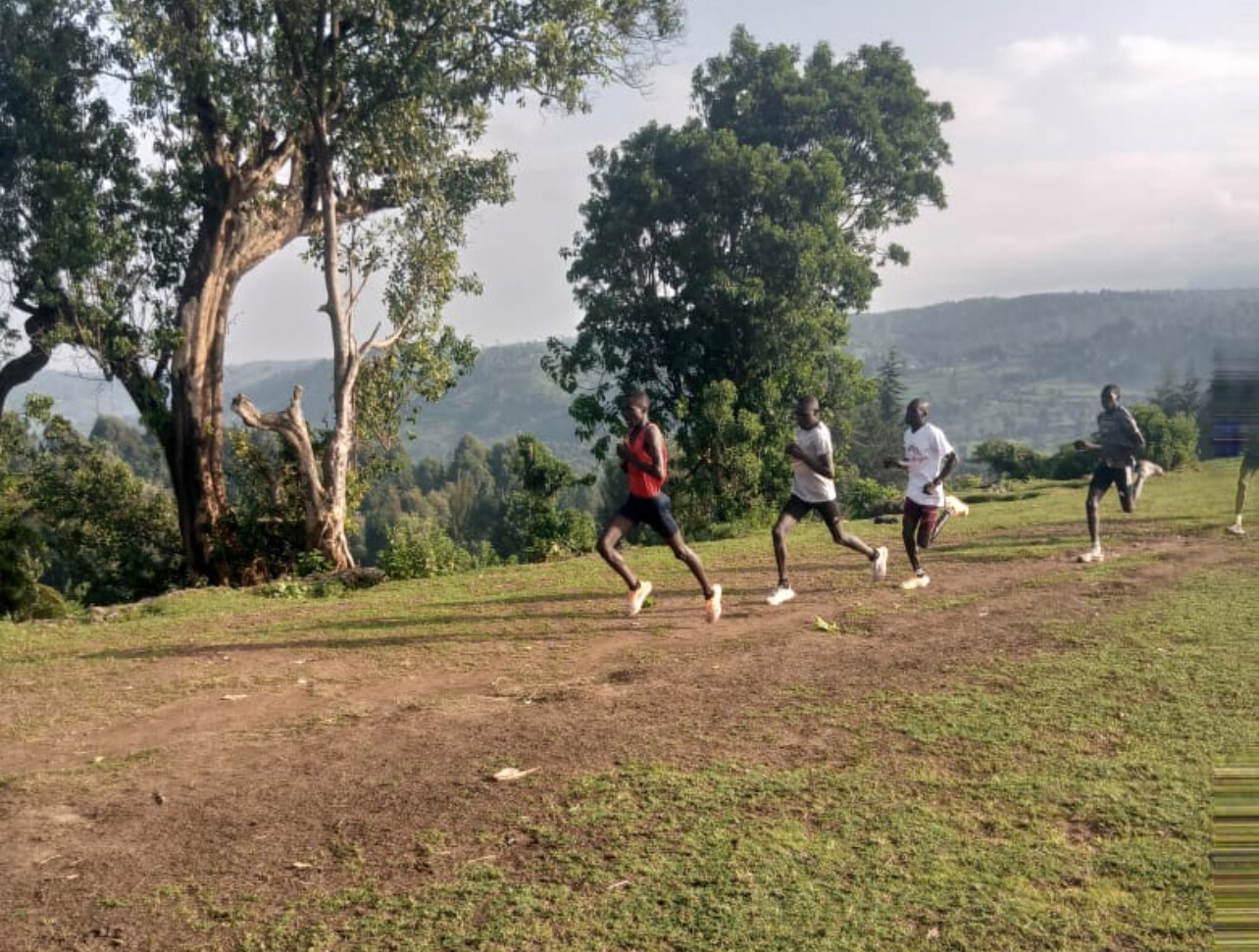
• Leonard Pkorir (19) – 10km: 29:11 – Emerging as a formidable road racer with a strong endurance base.
• Enock Tanui (16) – 3000m Steeplechase: 9:02 – Exceptional hurdle technique with early signs of national team potential.
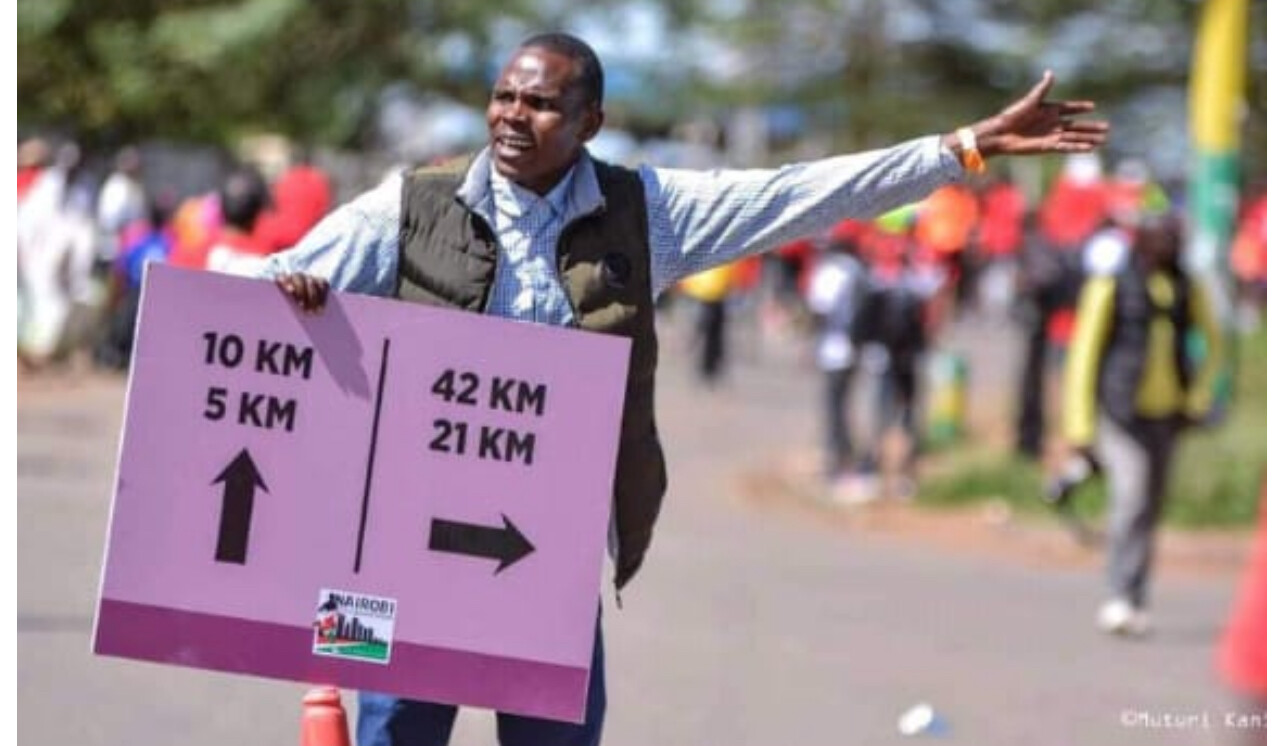
• Alan Mwetich (22) – 21km: 65:12 – Balanced speed and stamina for half marathon success.
• Shadrack Plimo (19) – 1500m: 3:54 – Targeting a sub-3:50 at the next meet.
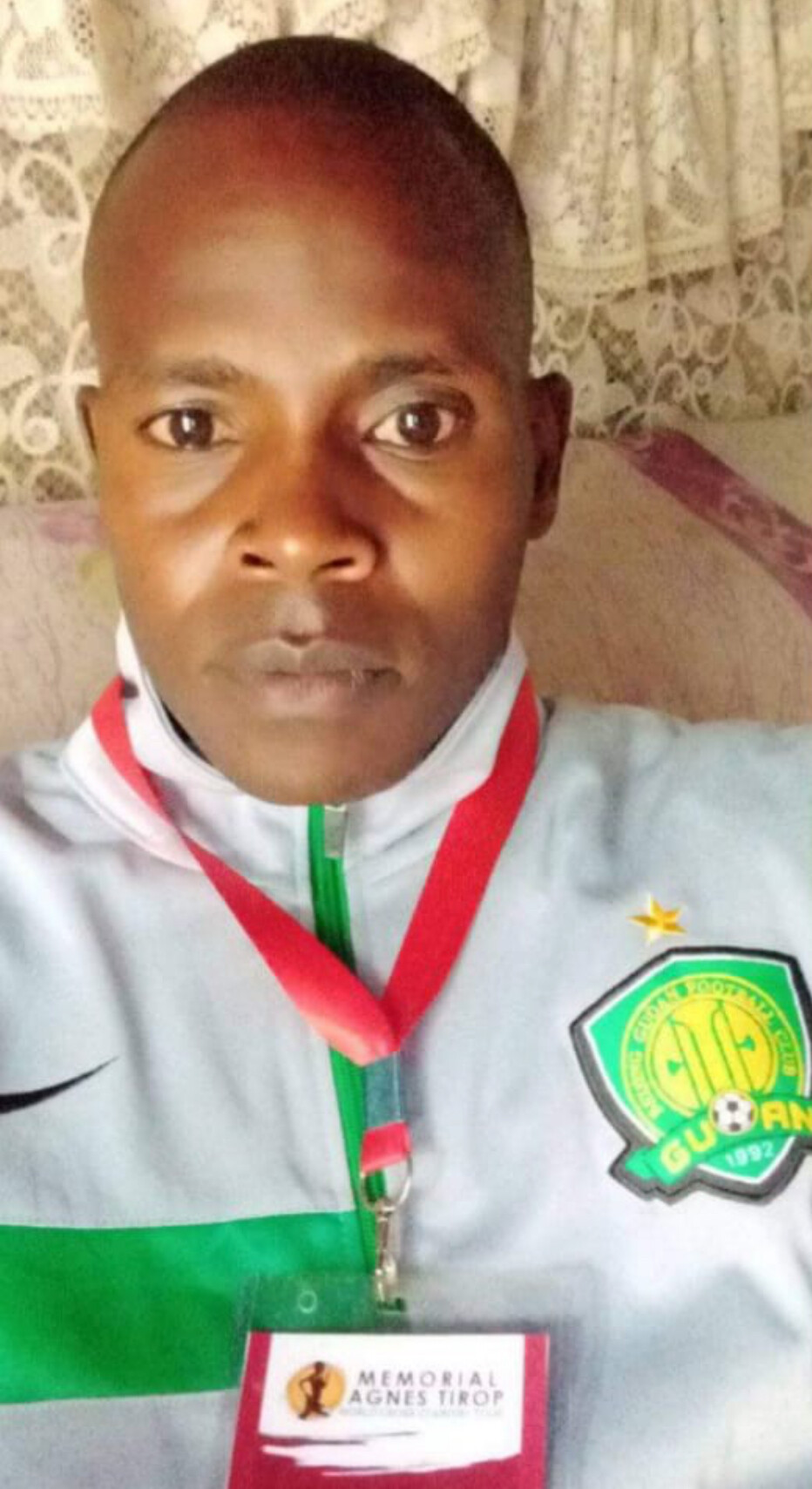
• Kelvin Kibiwott (20) – 5000m: 15:20 – Building speed endurance ahead of cross-country season.
• Dennis Kosgei (23) – 21km: 64:53 – Looking to sharpen his closing kick in the half marathon.
• Evans Kemboi (23) – 3000m: 9:24 – Solid short-to-mid distance competitor.
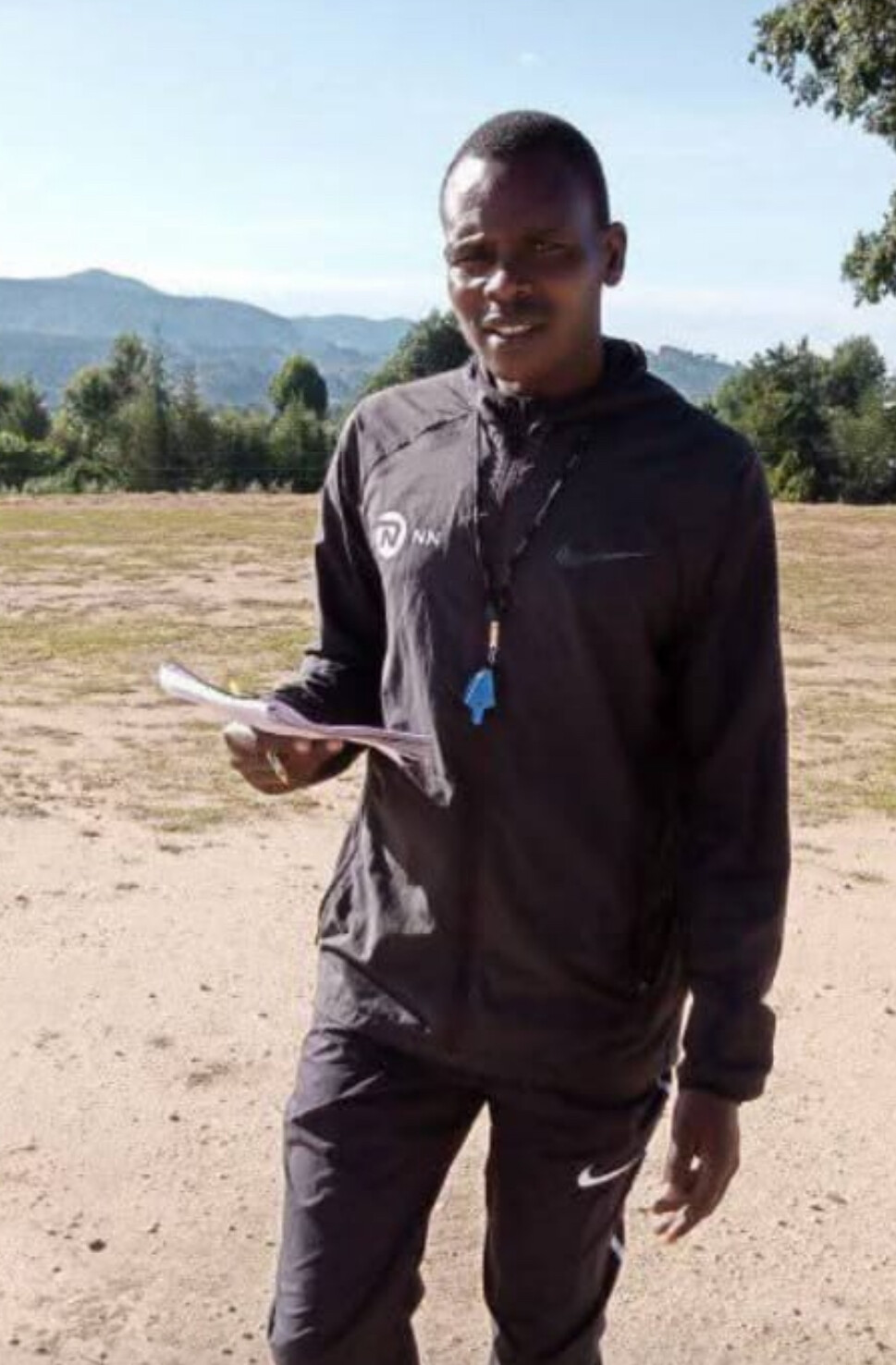
• Alex Kimutai (22) – 10km: 30:47 – On track to break 30 minutes soon.
• Doland Kimaru (29) – 42km: 2:17:50 – Pushing for a sub-2:15 marathon.
• Denis Kipchirchir (22) – 1500m: 4:08 – Focused on tactical improvements.
• Hosea Kiplagat (38) – 42km: 2:12 – Veteran leader bringing discipline and race strategy to the group.
Ladies:
• Mercy Jebichie (24) – 10km: 36:04 – Strong road race specialist, consistently targeting podiums.
• Sarah Chepkemoi (24) – 5000m: 18:16 – Improving strength and lap consistency.
• Mercy Jepchumba (23) – 10km: 37:31 – Steady improvement with better pacing strategies.
• Joan Jepchirchir (27) – 21km: 86:18 – Determined to drop her half marathon time through endurance gains.
KATA 01 exemplifies the Academy’s mission: developing champions through structured training, mentorship, and a team-first culture—backed by the sustainable support of KATA Potato Farms. With more than 400 athletes, 108 acres of potatoes, and two camps farming six acres between them, KATA is proving that sport and agriculture can grow champions together.
(08/11/2025) ⚡AMPby Fridah Terry
“This program should never have been phased out in the first place,” says Bob Anderson — a look at the return of the Presidential Fitness Test
For generations, the Presidential Fitness Test was more than just a schoolyard routine—it was a nationwide measure of athletic prowess, a call to personal excellence that challenged millions of youth to run a mile, do push-ups, and outperform their own expectations.
Former President Dwight D. Eisenhower launched the testing program in the late 1950s, framing physical fitness as an issue of national security and civic pride amid Cold War anxieties. Over the following decades, it grew into a rite of passage in American public schools known for its badges, awards, and medals .

Why Was It Discontinued?
In 2012–2013, under the Obama administration, the program was officially phased out and replaced by the Presidential Youth Fitness Program. This shift came in response to growing concerns that the traditional test — which emphasized athletic performance and ranking students — risked discouraging less athletic children and fueling body‑image issues. The new program instead focused on personal progress and holistic health, encouraging lifelong fitness over competition .
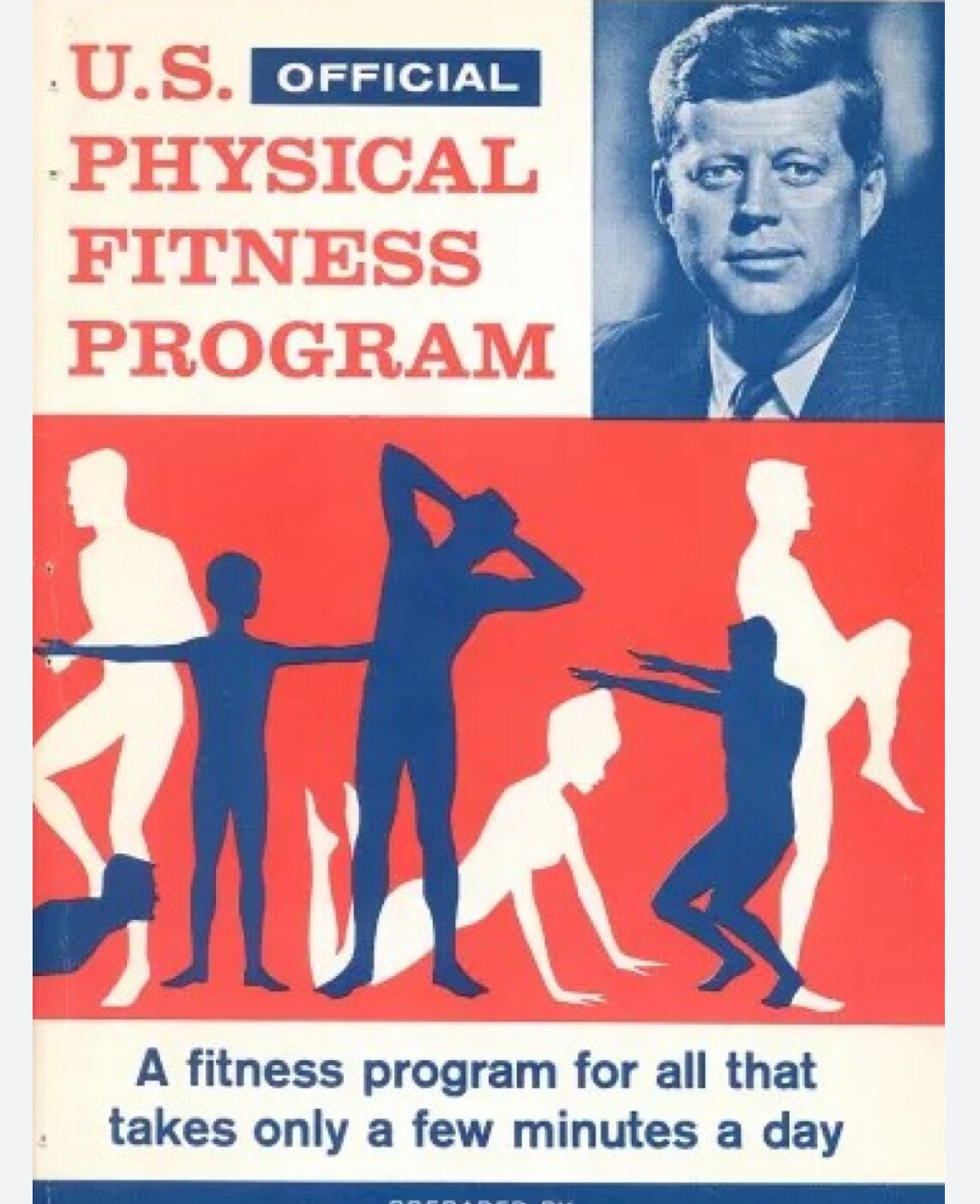
And Now, It’s Back
On July 31, 2025, President Donald Trump signed an executive order reviving the Presidential Fitness Test, reinstating not only the physical challenges but also the competitive spirit that came with them. The initiative was framed as a key part of the “Make America Fit Again” campaign and included the re-establishment of the President’s Council on Sports, Fitness and Nutrition, staffed by high-profile athletes .
Critics argue that this nostalgic swing back to rigorous testing fails to address today’s youth health challenges more comprehensively. A recent opinion piece in The Washington Post characterizes the revival as reminiscent of outdated masculine ideals that may neglect broader wellness and emotional impacts .
Still, supporters see it differently. As Bob Anderson puts it: “This program should never have been phased out in the first place.” For him, the Test symbolizes a lost opportunity for youth to learn discipline, resilience, and competitive spirit at an early age.
(08/11/2025) ⚡AMPby Boris Baron
KATA Welcomes Coach Dennis Musau as Chief Technical Officer
KATA is excited to announce the appointment of Dennis Musau, also known as Coach Dennis, as Chief Technical Officer (CTO), reporting directly to KATA founder Bob Anderson. His official start date is Monday, August 11, 2025.
Coach Dennis (first photo: out for a few miles this morning with Bob Anderson and Anderson Manor project manager Alberto near KATA Portugal) has been working with Bob and Catherine Anderson since 2021 and is currently completing his second three-month term at KATA Portugal, housed at Anderson Manor in Monforte da Beira. In his new role, he will be working full-time from both Portugal and KATA Thika in Kenya.

“I am so excited about our KATA project—both our KATA Running Camps and KATA Potato Farm projects,” says Coach Dennis.
“Bob Anderson has truly come up with a unique idea that is growing like wildfire throughout Kenya. Bob signed up our first camp on May 16, 2025, and already we’ve attracted Olympic-level runners and coaches to operate them. We have opened 30 KATA Running Camps and an additional 20 stand-alone farms, most growing two or more acres of KATA potatoes. This means we now have 30 KATA Running Camps, 20 KATA Farms, plus our KATA Thika and KATA Portugal Running Retreats training guests year-round.”
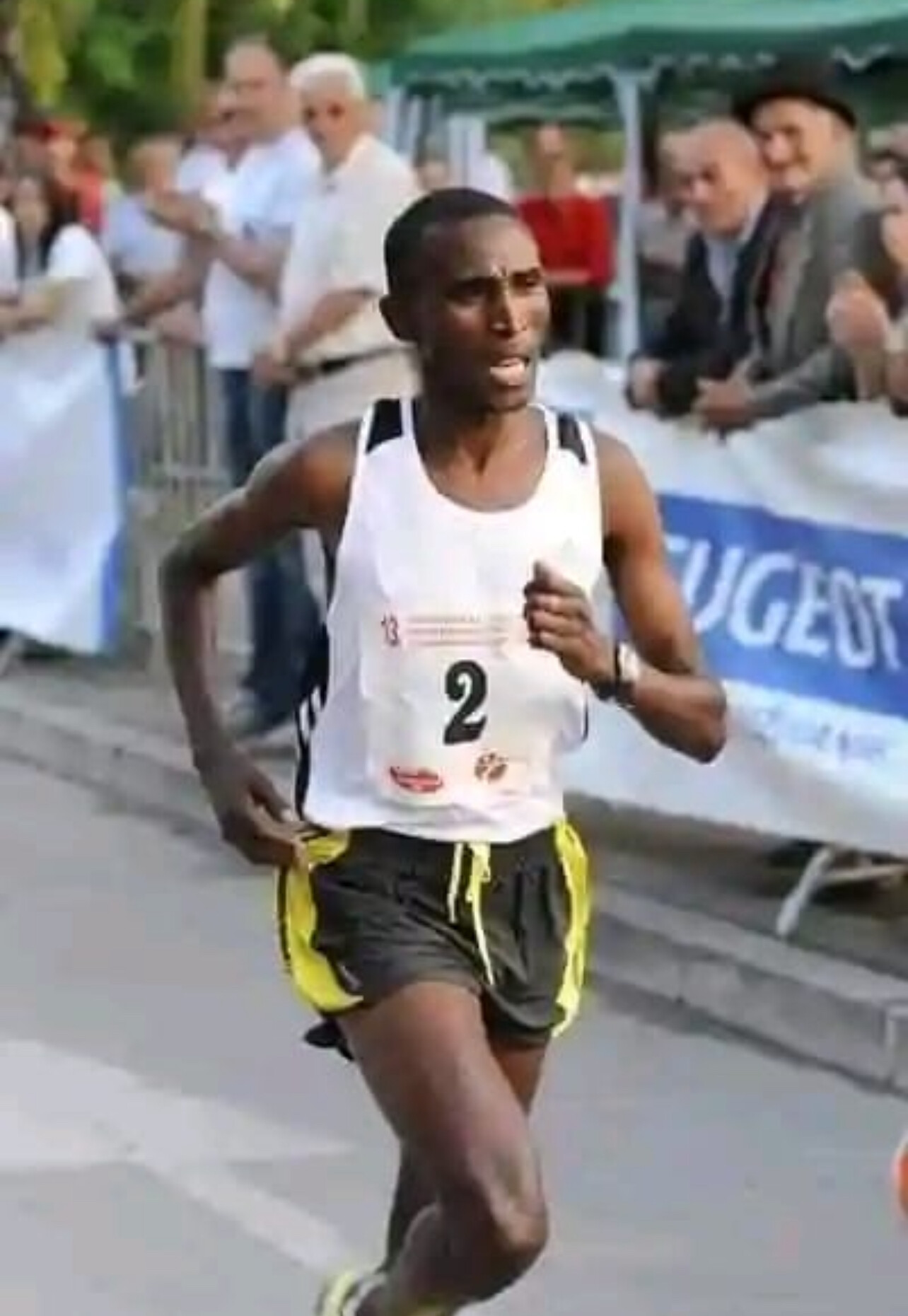
About Coach Dennis
Dennis graduated as a mathematics teacher in 1998 before shifting his career to athletics. Over the years, he has competed worldwide in a wide range of events, including the 3,000m steeplechase, 5,000m, 10,000m, 15km, half marathon (21km), and marathon (42km). His athletic journey began in high school as a 400m hurdles runner before a teacher encouraged him to move into long-distance events. He transitioned to the 3,000m steeplechase, then later to the 5,000m and 10,000m, achieving success across multiple distances.
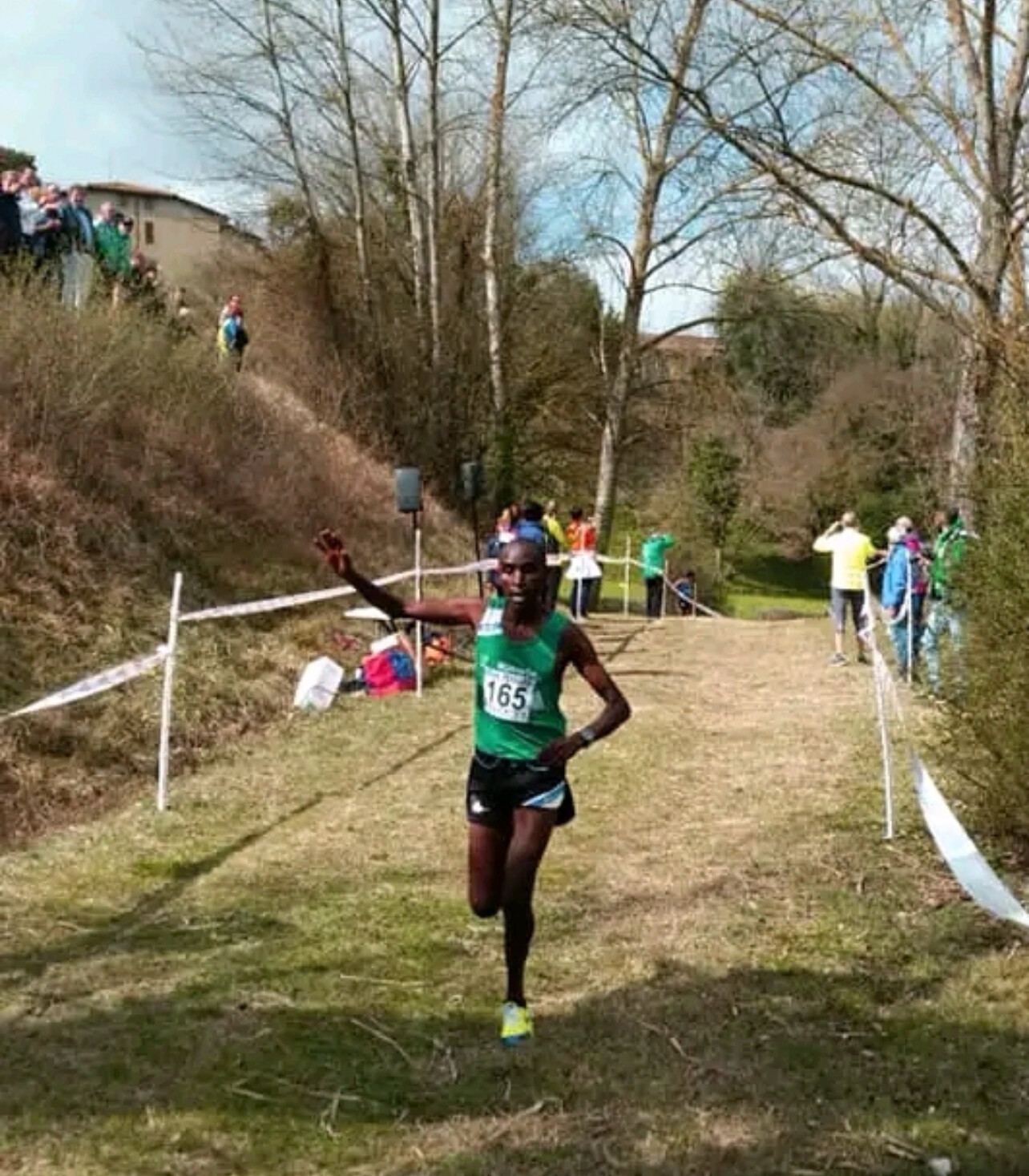
With decades of experience in both competitive running and coaching, Dennis brings a unique blend of technical expertise, leadership, and passion to help guide KATA’s growth in Kenya and beyond.
(08/10/2025) ⚡AMPby Boris Baron
David Rudisha’s Golden Run: A Moment Etched in Olympic History
Photo by internationally known photographer Mark Sherman
London, August 9, 2012 — The roar of the crowd at Olympic Stadium reached a fever pitch as David Rudisha of Kenya surged down the home straight, arms wide in triumph. Moments earlier, the world had witnessed history: Rudisha not only won the men’s 800 meters but shattered the world record with a time of 1:40.91, becoming the first man to break 1:41.
What made Rudisha’s run extraordinary was the way he achieved it — leading from the gun, running every lap faster than the last, and pulling the entire field to personal bests, national records, and season bests. It was a race with no pacemakers, just pure front-running brilliance.
The image captured here by internationally acclaimed photographer Mark Sherman freezes the exact moment Rudisha crossed the finish line — the embodiment of speed, power, and grace. His outstretched arms and triumphant expression tell the story: a champion at the peak of his powers, representing Kenya with pride.
Rudisha’s London 2012 performance remains one of the greatest races in Olympic history, a masterclass in middle-distance running. More than a decade later, his world record still stands, a testament to the perfect combination of talent, strategy, and fearless execution.
(08/09/2025) ⚡AMPby Boris Baron
KATA 20: Baraget Milimet Camp Combines Elite Training and Farming to Fuel Success
In the heart of Baraget Milimet, KATA 20 stands as a powerful example of the Kenya Athletics Training Academy’s innovative approach — blending world-class running with sustainable agriculture. Under the leadership of Coach Newton Cheruiyot, the camp not only develops top-tier athletes but also operates a three-acre KATA potato farm, providing a reliable source of financial support and nutrition for the team.
KATA 20 is part of a rapidly growing network of 30 KATA camps and farms launched just 10 weeks ago by KATA founder Bob Anderson. The program was designed to give athletes the resources they need to train at an elite level while creating a sustainable economic model through potato farming.
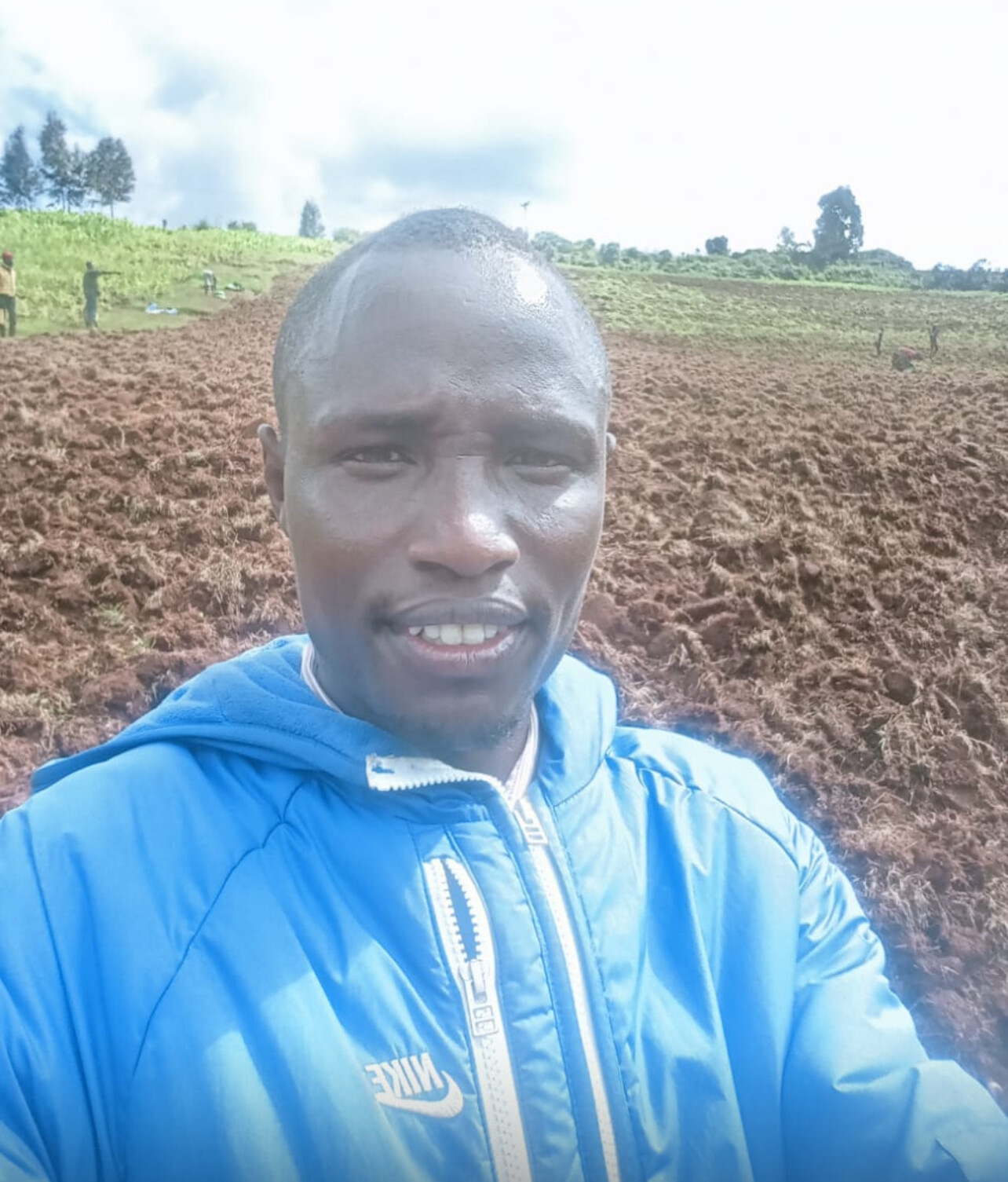
A Balanced Roster of Experience and Potential
KATA 20’s lineup includes both seasoned racers and rising stars, creating an environment where experience and ambition fuel one another.
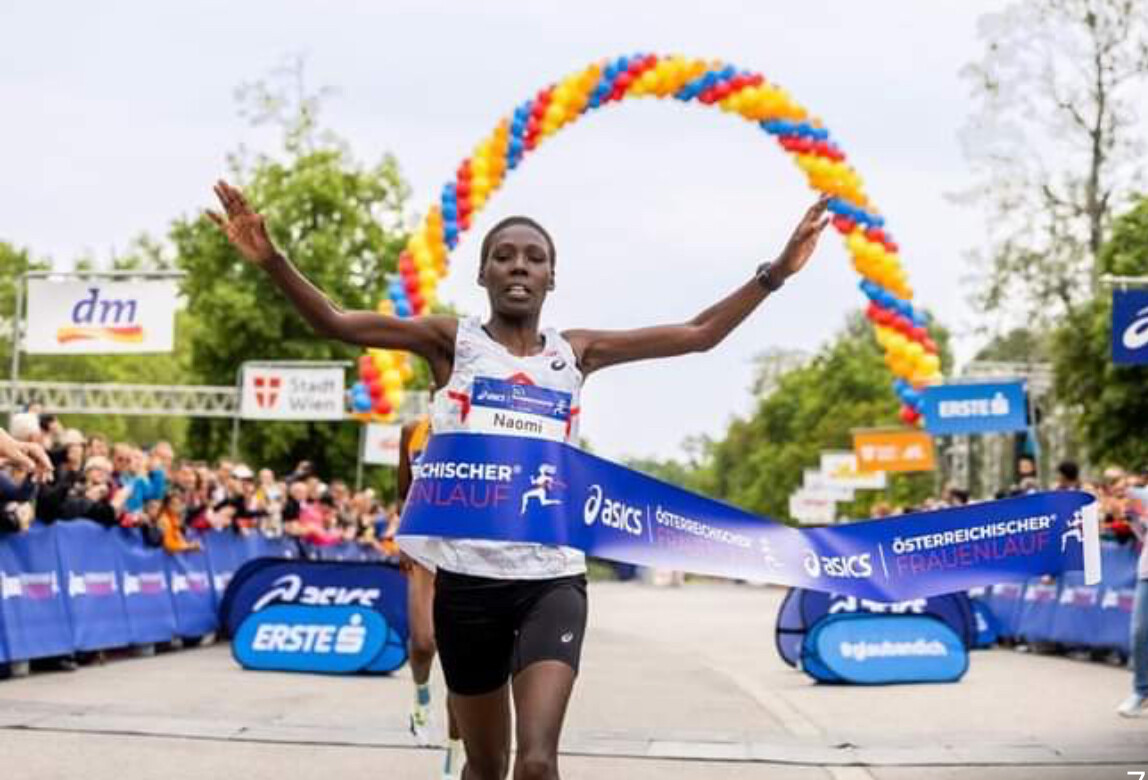
Men:
• Newton Cheruiyot – 25 – 5000m – 13:36
Elite-level runner and coach, setting the standard in both training and competition.

• Lawi Kiplangat – 17 – 1500m – 3:43
Young middle-distance prodigy with international potential.
• Samson Bii – 25 – Half Marathon – 64:05
Strong road racer capable of excelling locally and abroad.
• Kiprono Benson – 33 – 10,000m – 29:31
Experienced and consistent over long-distance track events.
• Emmanuel Bett – 22 – Half Marathon – 64:25
On the cusp of elite performance, showing steady improvement.
Women:
• Cheptoo Rono – 34 – 5000m – 16:46
Veteran competitor with strong track credentials.
• Daisy Cherono – 17 – Upcoming Athlete
Young prospect transitioning into competitive racing.
• Joan Chepkemoi – 17 – Upcoming Athlete
Developing talent with versatility across distances.
• Bendaline Chepchumba – 18 – Upcoming Athlete
Early in her journey but demonstrating discipline and dedication.
The Road Ahead
With its combination of elite coaching, proven performers, and promising youth, KATA 20 is positioned for continued success. As part of Bob Anderson’s ambitious KATA program, the camp’s three-acre potato farm not only sustains operations but also reflects a growing movement that empowers athletes both on and off the track.
(08/09/2025) ⚡AMPby Fridah Terry
Tommy Hughes Matches Legendary Ed Whitlock’s 65+ 5K Mark in Belfast
On August 2, 2025, at the Victoria Belfast Parkrun, 65-year-old running sensation Tommy Hughes clocked a blistering 17:24 for 5K — tying the official world best for men aged 65–69.
The mark equals the time set by the late Canadian master runner Ed Whitlock, who ran 17:23 25 years ago at age 67. Whitlock’s record has long been one of the most revered in masters running, symbolizing an extraordinary blend of speed and longevity.
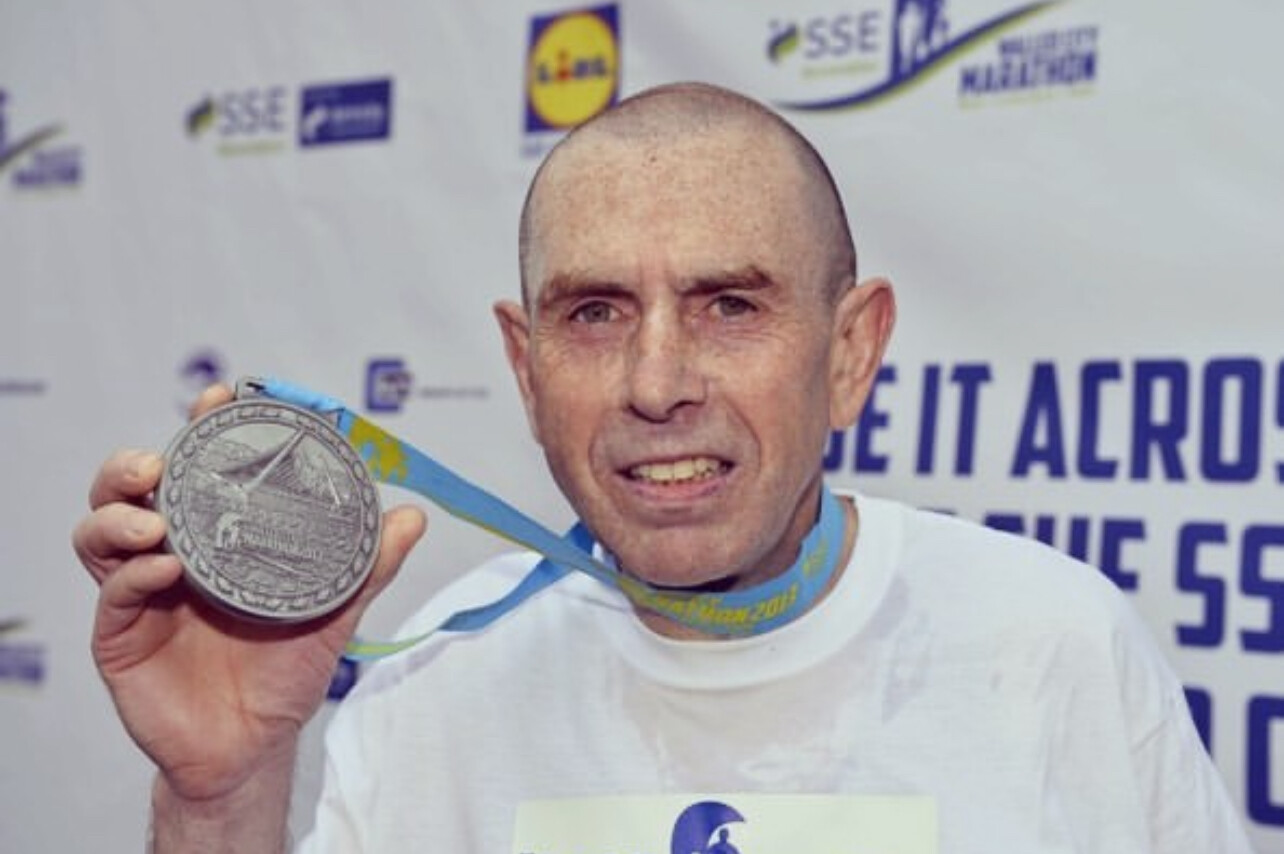
Hughes, known for his remarkable consistency and endurance across decades of racing, once again demonstrated that age is no barrier to elite-level performance. His run in Belfast was not only fast but also symbolic — a connection between two generations of masters running legends.
The Victoria Belfast Parkrun, part of the global Parkrun network, provided the perfect backdrop: a fast, flat course and a supportive running community. For Hughes, it was another milestone in a career that has spanned everything from marathons to track distances, and now includes a share of one of the most iconic age-group marks in distance running history.
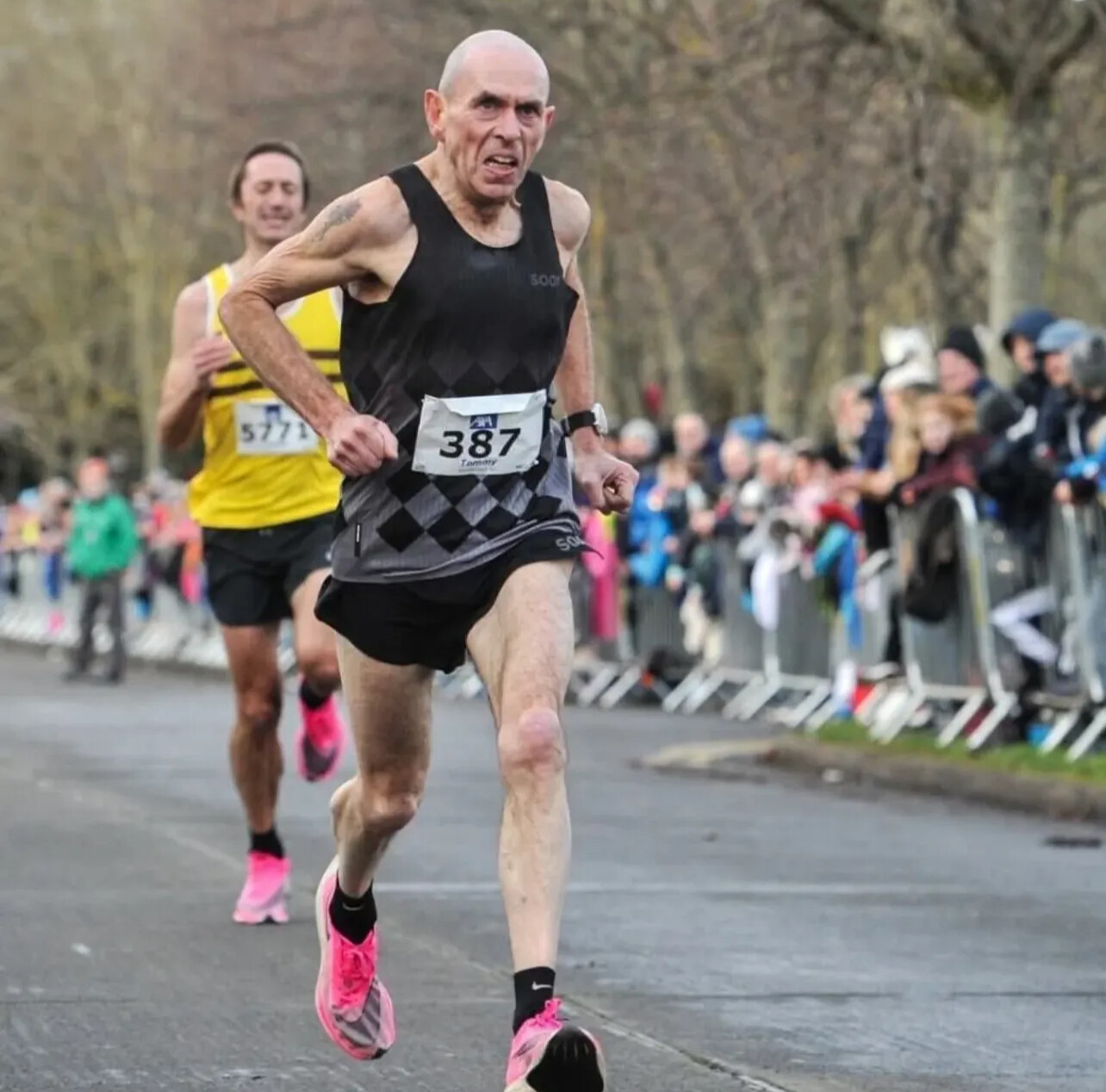
With Hughes still in top form, the question now is whether he can find that extra second to eclipse Whitlock’s long-standing time — and make the record fully his own.
(08/09/2025) ⚡AMPby Boris Baron
RUNFEST 2026: Jakob Ingebrigtsen’s Hometown to Host Global Running Celebration
A brand-new running festival is set to light up the streets of Sandnes, Norway — the hometown of Olympic champion Jakob Ingebrigtsen — next September. RUNFEST 2026, scheduled for September 24–26, 2026, promises to unite the world’s best middle-distance stars with recreational runners of all ages and abilities.
With the slogan “Let’s run and have fun – together,” the event will feature races over 1500m, 5km, 10km, and 21km, offering something for everyone from speed specialists to long-distance road warriors.
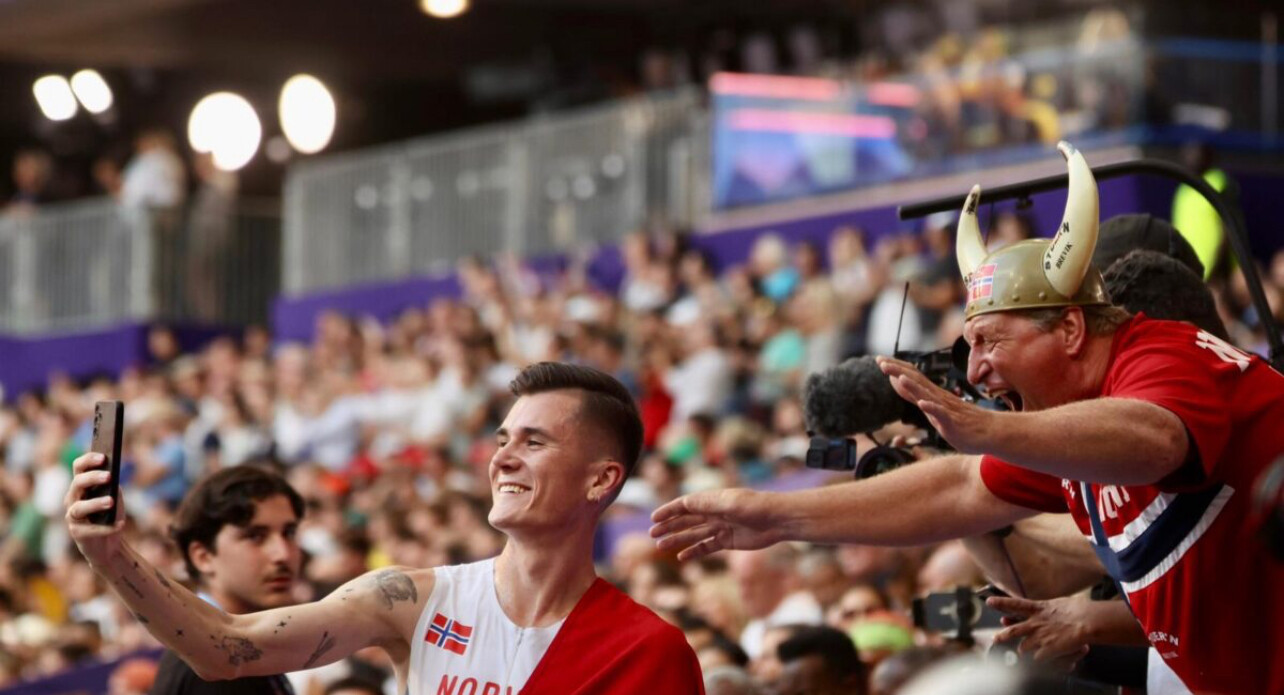
“This is a dream that my brothers and I have had for a long time,” Ingebrigtsen shared. “Runfest should be a celebration of the joy of running, both for young and old. It will be a street run festival and a community festival where the world’s best runners are part of the show, but where everyone can participate — both recreational runners and those with lots of experience.”
Sandnes, located in Norway’s scenic Rogaland County, is known for its vibrant athletics culture, and with the Ingebrigtsen family behind the event, RUNFEST 2026 is already attracting global attention. Organizers plan to create an electric atmosphere with top-tier racing, live entertainment, and community celebrations throughout the three-day festival.
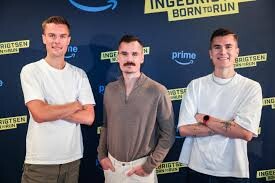
Whether you’re chasing a personal best, running your first race, or just soaking up the unique blend of elite sport and community spirit, RUNFEST 2026 aims to be an unforgettable experience — a chance to share the roads with champions while celebrating the universal joy of running.
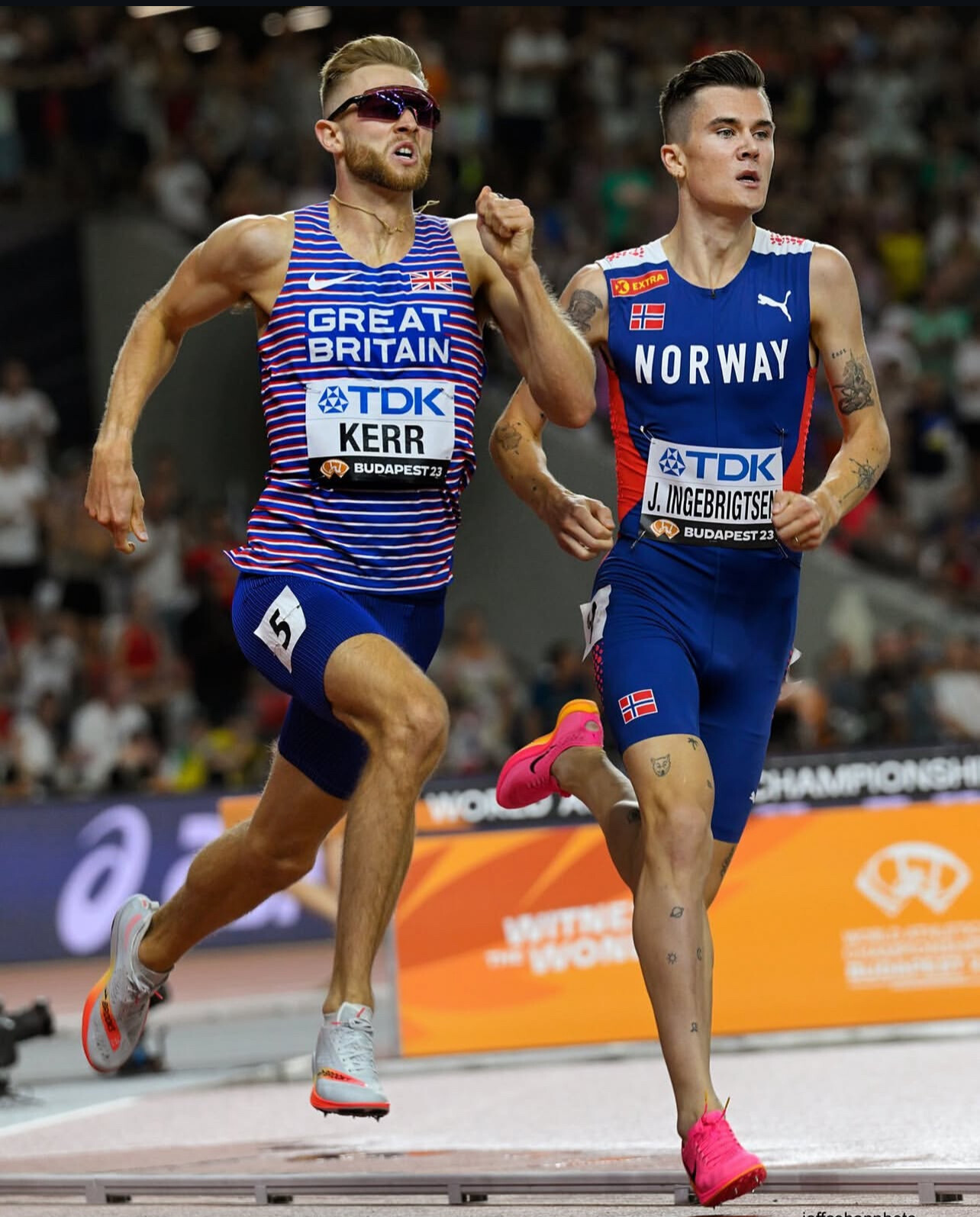
by Boris Baron
KATA 30: New Camp Blends Elite Training with Potato Power
The Kenya Athletics Training Academy (KATA) is proving that the road to greatness can start in two places—the track and the farm. Since Bob Anderson launched the KATA Potato Farm Program on May 16, 2025, the initiative has paired high-performance running camps with sustainable agriculture, creating a unique funding model for athlete development.
One of the newest members of this growing network is KATA 30, based in Tulwet, Kenya, and officially launched on July 25, 2025 under the leadership of Coach Alfred Ngeno. Tulwet is a small, scenic community in Kenya’s highlands, known for its fertile red soil, cool climate, and strong agricultural tradition. The area’s rolling terrain and quiet rural roads make it an ideal location for endurance training, while its supportive community provides a welcoming home for athletes.
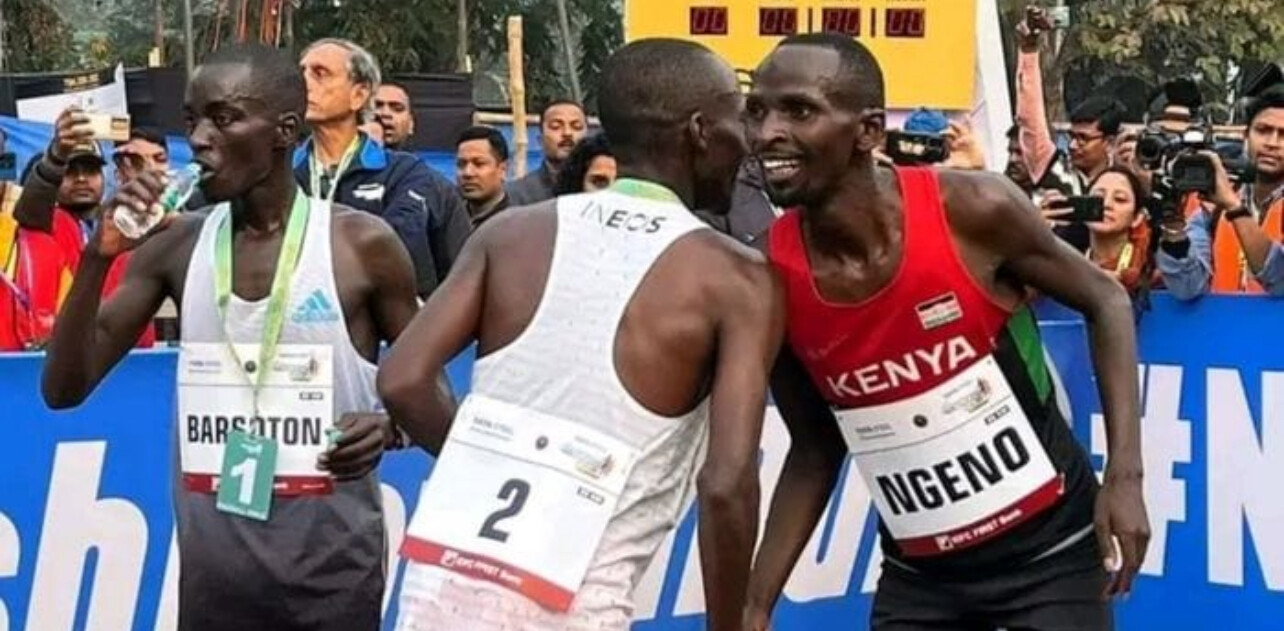
This camp is not just about running fast—it’s about running smart. A dedicated one-acre KATA potato farm will help finance training needs, with plans to expand both the farm and the camp’s resources as success grows.
Rising Stars and Proven Performers
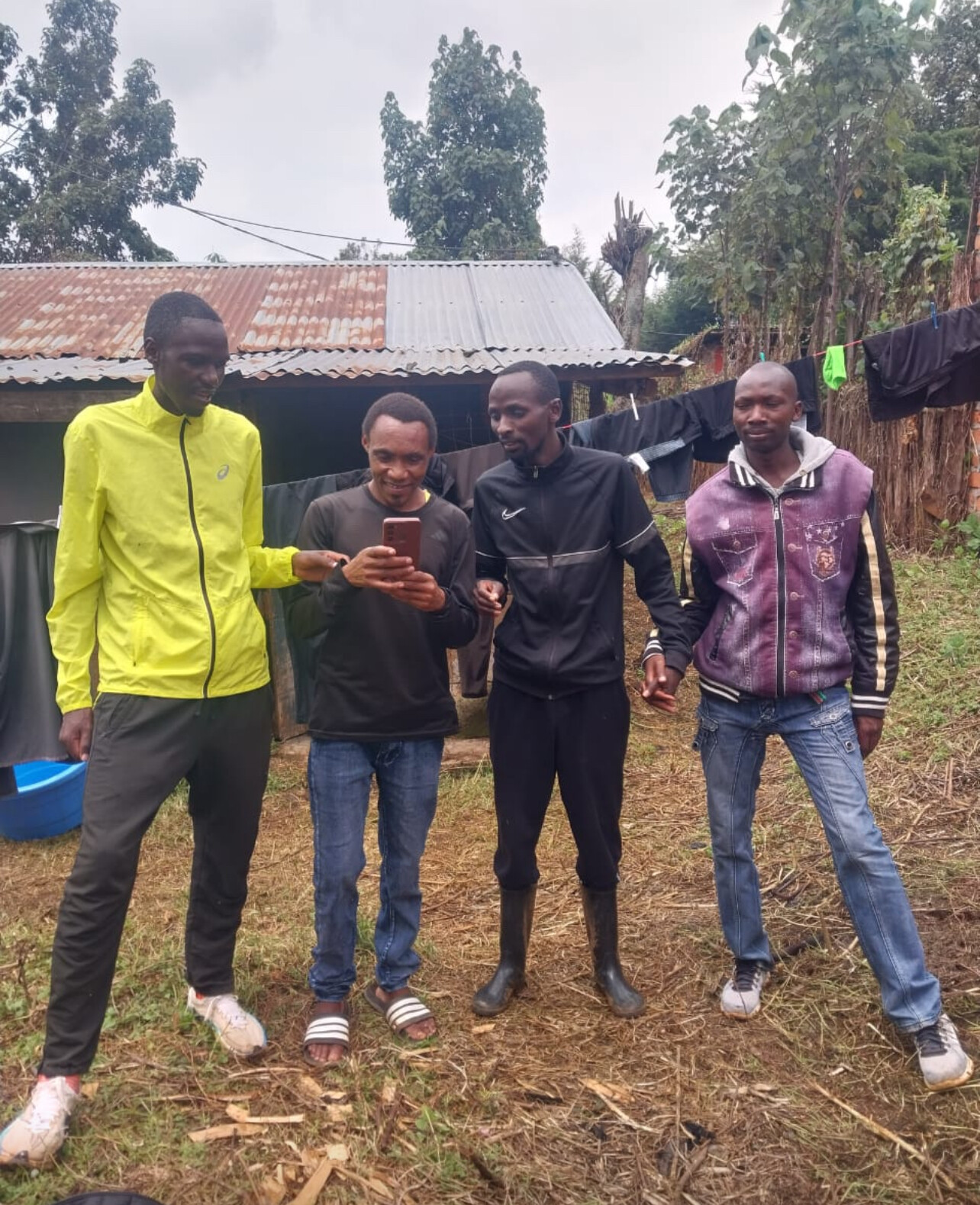
Moses Tonui – 19 years, 1500m
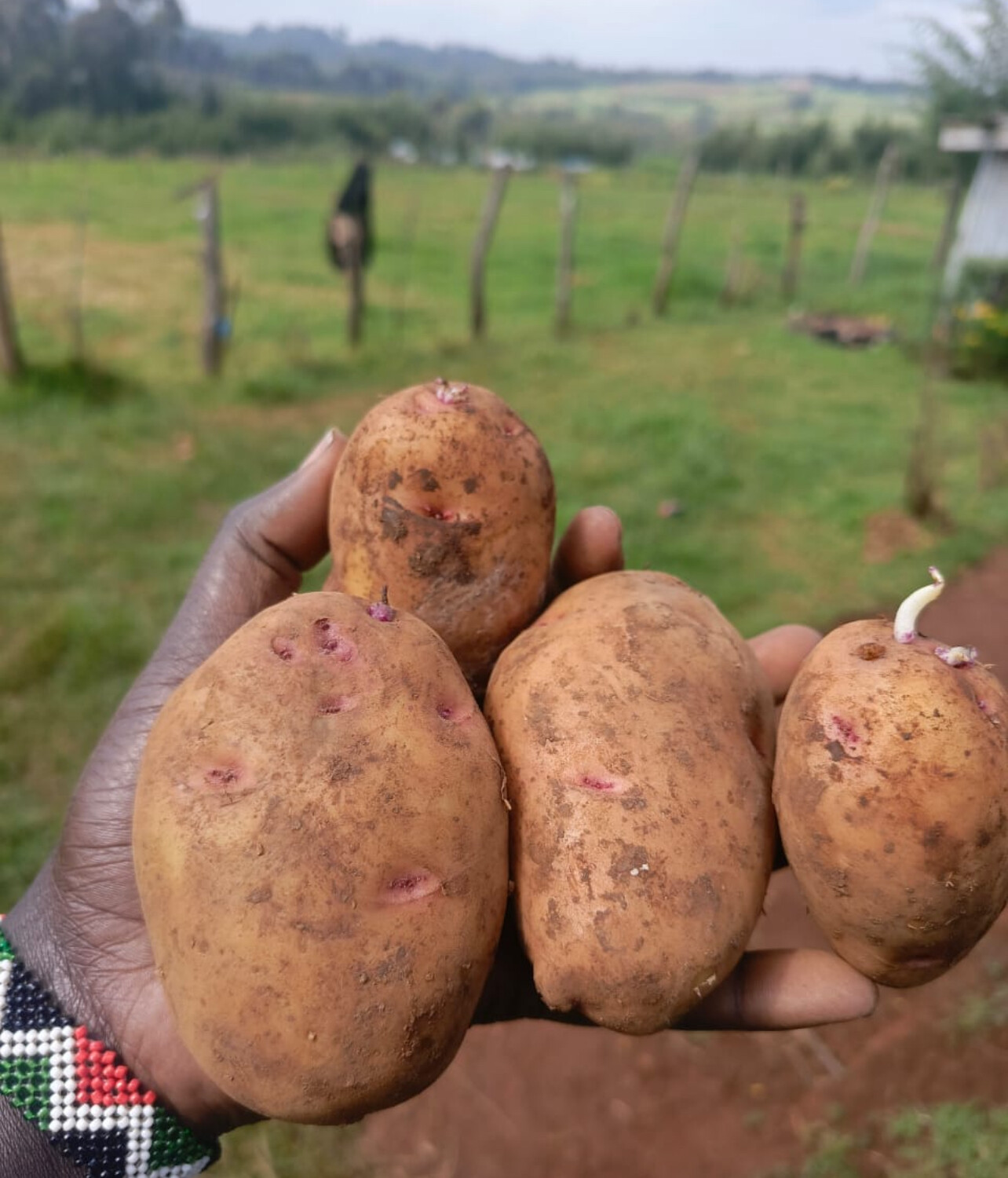
Already clocking 3:49, Moses is a rising middle-distance talent with a mix of speed and endurance that points to a bright future.
Robert Kibowen – 26 years, 10,000m
A 29:06 man over 10,000m, Robert’s pace control and racing strategy make him a serious contender in big events.
Vincent Kipkirui – 25 years, Half Marathon
With a 62:20 best, Vincent’s combination of strength and finishing speed makes him a threat in any half marathon.
Kipkorir Birir – 33 years, Half Marathon
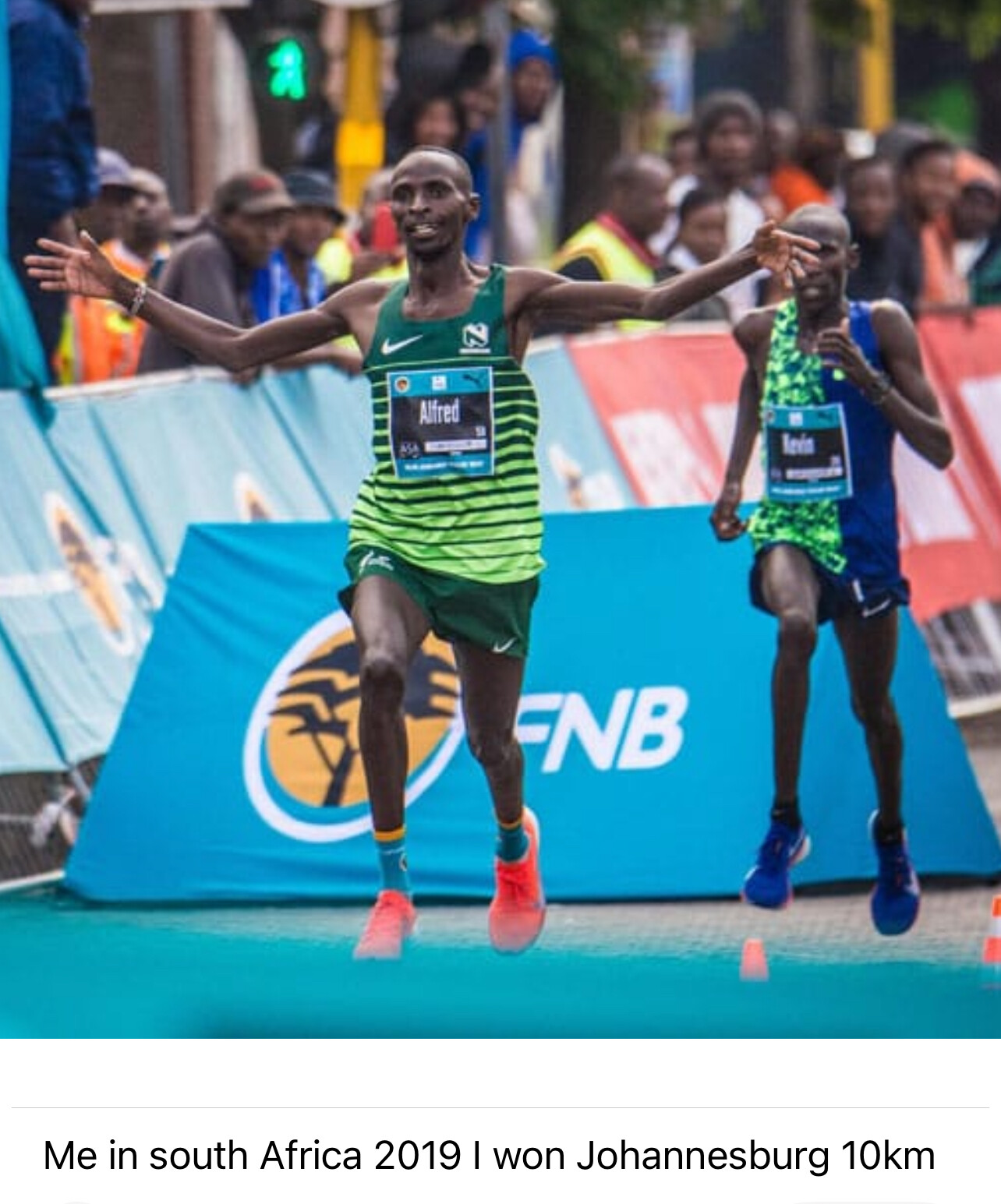
A veteran presence with a 62:42 personal best, Kipkorir brings both experience and consistency to the team.
Alfred Ngeno – 28 years, Half Marathon
Leading from the front, the head coach boasts an impressive 61:00 personal best, inspiring his athletes through action as well as guidance.
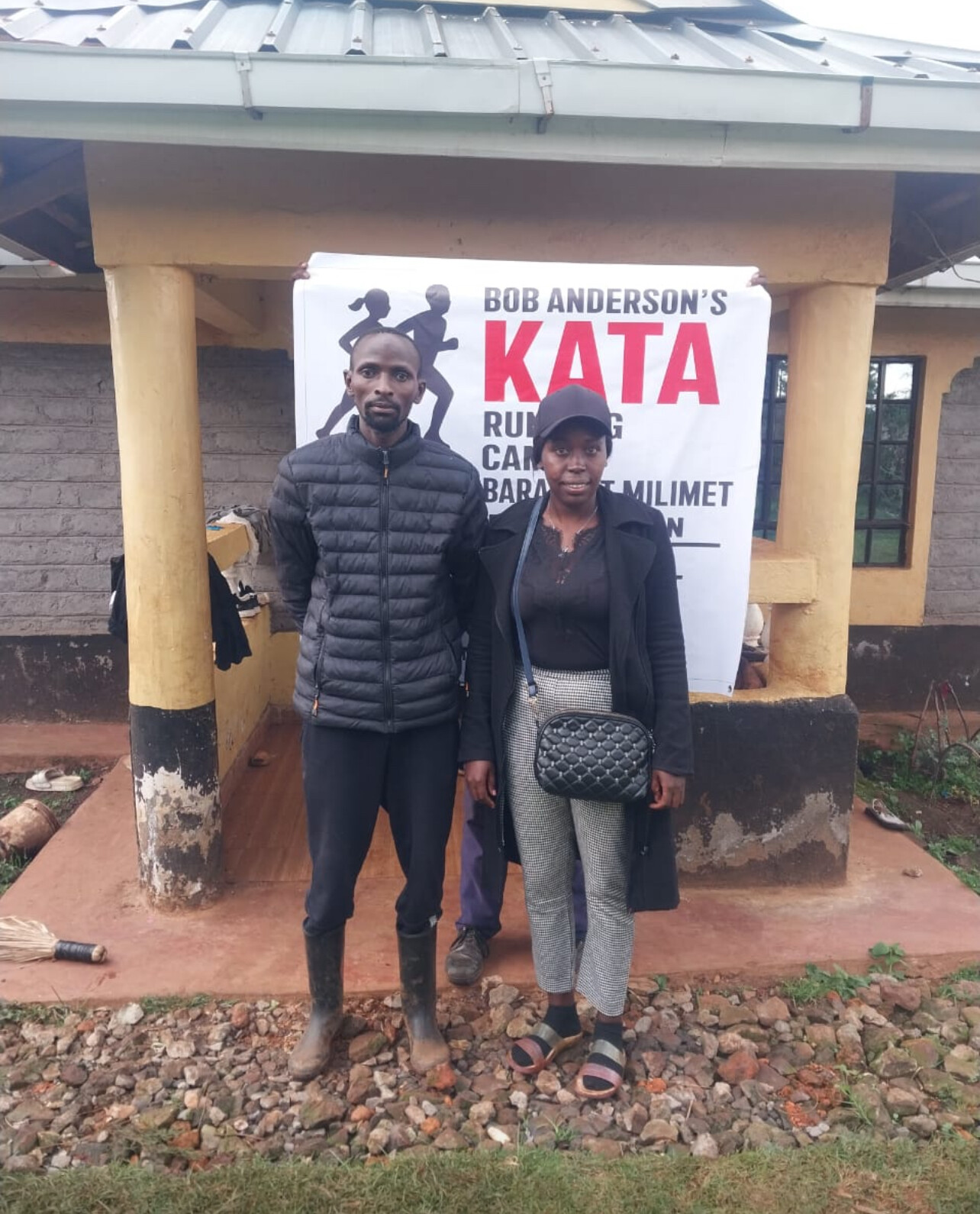
Milka Chepkirui – 28 years, 800m
Milka’s 2:20 in the 800m is just the beginning for this determined middle-distance specialist.
Life at KATA 30
In just its first month, KATA 30 has already established a disciplined, supportive environment. Athletes train hard, push each other to improve, and know that the farm’s harvest will directly fuel their dreams. This model not only sustains the camp but also teaches valuable life skills.
Part of a Bigger Movement
KATA 30 is one of 30 KATA camps operating across Kenya, all committed to producing world-class athletes while building financial independence through farming. It’s a program that blends tradition, innovation, and community—ensuring athletes have the resources they need to succeed.
With its mix of promising young stars, seasoned competitors, and a sustainable support system, KATA 30 is set to make noise on both the racing circuit and in the potato fields. The seeds have been planted—now it’s time to watch them grow.
(08/09/2025) ⚡AMPby Fridah Terry
Kenya’s Olympic Reset: Can NOCK’s New Leadership Spark a Golden Era for Runners?
Kenya’s long-distance running legacy is unmatched. From record-breaking marathons to Olympic podiums, the nation’s athletes have long defined global excellence. Yet behind the scenes, organizational chaos—from the Rio 2016 fiasco to logistical stumbles at Paris 2024—has held runners back.
Now, change is in motion.
At a ceremonial handover August 8 at the National Olympic Committee of Kenya (NOC-K) headquarters in Nairobi, outgoing president Dr. Paul Tergat—a former Olympic silver medalist—passed the baton to Shadrack Maluki. The new leadership promises more than a symbolic shift. For many athletes, it’s a chance to finally be heard.
“We must ensure this institution doesn’t remain strong but underutilized,” Maluki declared in his inaugural speech.

“To our sportsmen and women: we hear you, we see you, and we are here for you. Your welfare, training environments, and post-competition careers are top priorities.”

Paris Lessons, LA Dreams
Kenya’s runners delivered once again in Paris, particularly in the middle- and long-distance events. But that success came despite—rather than because of—the system. Delayed travel, unpaid allowances, and chaotic planning marred preparations.
With the Los Angeles 2028 Olympics just three years away, runners and fans alike are hoping this new leadership shifts Kenya from reactive fixes to long-term strategy.
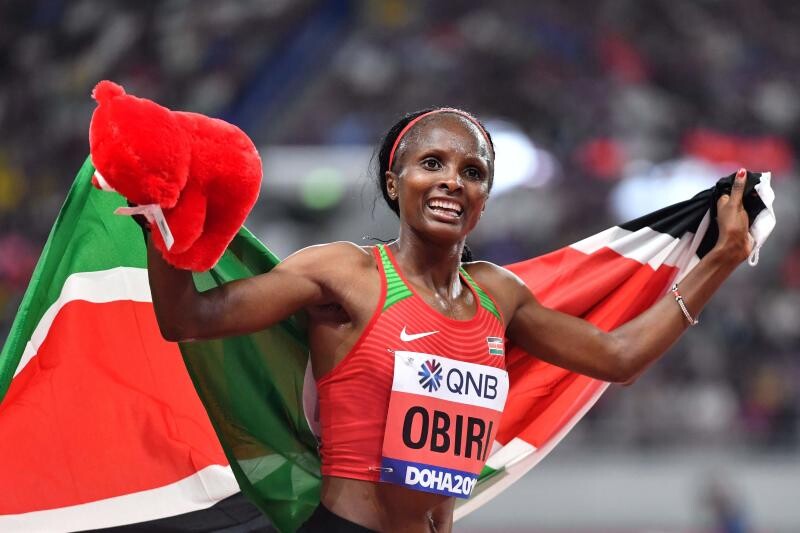
Maluki says the focus will be on structure, inclusivity, and excellence. As one former elite marathoner told My Best Runs, “Athletes don’t need promises. They need systems that work.”
Barnaba Korir: A Voice from the Track
A key figure in this transition is Barnaba Korir, now First Vice President of NOCK. Known for his role as Director of Youth Development at Athletics Kenya (AK), Korir has helped shape the careers of many emerging talents.
“This is not about power,” Korir said. “It’s about turning sport into an industry. Our athletes should chase medals—but also earn livelihoods, build legacies, and inspire the nation.”
Korir’s grassroots focus has already produced results—several Paris Olympians came through AK’s youth system. His appointment signals a stronger bridge between elite runners and the Olympic bureaucracy.
Tergat’s Legacy: Progress, But Not Perfection
Dr. Tergat, who helped stabilize NOCK during his tenure, reflected on his leadership with pride.
“This is the delivery secret behind our transformation of NOCK into a respected and enviable institution,” he said, while acknowledging that more needs to be done.
He thanked corporate partners like Nike, IOC, Safaricom, and Kenya Breweries—and reminded the country that athletes remain Kenya’s “most successful international brand.”
Still, critics argue that reforms under Tergat moved too slowly—especially around athlete support and coordination with federations.
Not Just a Ceremony—A Mandate
The official handover included Olympic charters, financial instruments, and office keys. But the moment wasn’t just ceremonial—it was a mandate.
“There is no reinventing the wheel,” Maluki said. “Only oiling and reinvigorating the parts that drive our momentum.”
Athletes are now watching to see whether these words turn into action.
What Kenya’s Runners Expect
For the thousands training daily across Kenya’s highlands, this isn’t politics—it’s personal. The hope is simple:
No more last-minute chaos. No missing uniforms. No unpaid dues.
Athletes want elite coaching, consistent support, clean sport policies, and long-term investment. As global rivals close the gap, Kenya must evolve—or risk being outpaced.
The Baton Has Been Passed. Can They Run With It?
Kenya’s runners continue to carry the nation’s Olympic dreams. Now it’s up to NOCK’s new leadership—anchored by Maluki and powered by Korir—to return the favor.
From the heartbreak of Rio to the high points of Paris, Kenya stands at a pivotal moment. The goal ahead is clear: build a system worthy of its champions—and make the road to Los Angeles 2028 one of purpose, preparation, and pride.
(08/08/2025) ⚡AMPby Robert Kibet :
More Than a Medal: How Olympian Edwin Soi is Shaping the Future of Kenyan Running - KATA 05
In the misty highlands of Kuresoi, nestled at a staggering 2,700 meters above sea level, an elite training camp quietly hums with the sounds of determination — rhythmic footfalls, laboured breaths, and the occasional cheer of encouragement.
Along reddish-brown murram trails, sandwiched between dense trees of the Mau Forest, young athletes glide through the early morning fog. This is no ordinary running camp. It is the dream and daily labour of Edwin Cheruiyot Soi, one of Kenya’s most decorated long-distance runners, now turned mentor, marathoner, and coach.
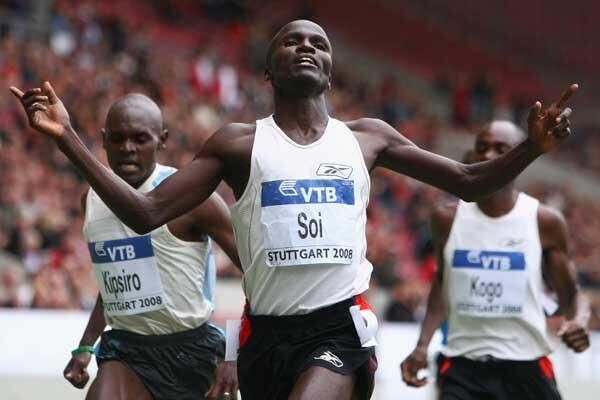
Soi, known for his Olympic bronze medal in the 5000m at the 2008 Beijing Olympics and a glittering career on the track, hasn’t slowed down. While many of his peers have moved on from competition, Soi remains actively racing marathons, coaching, and living side by side with a rising generation of athletes.
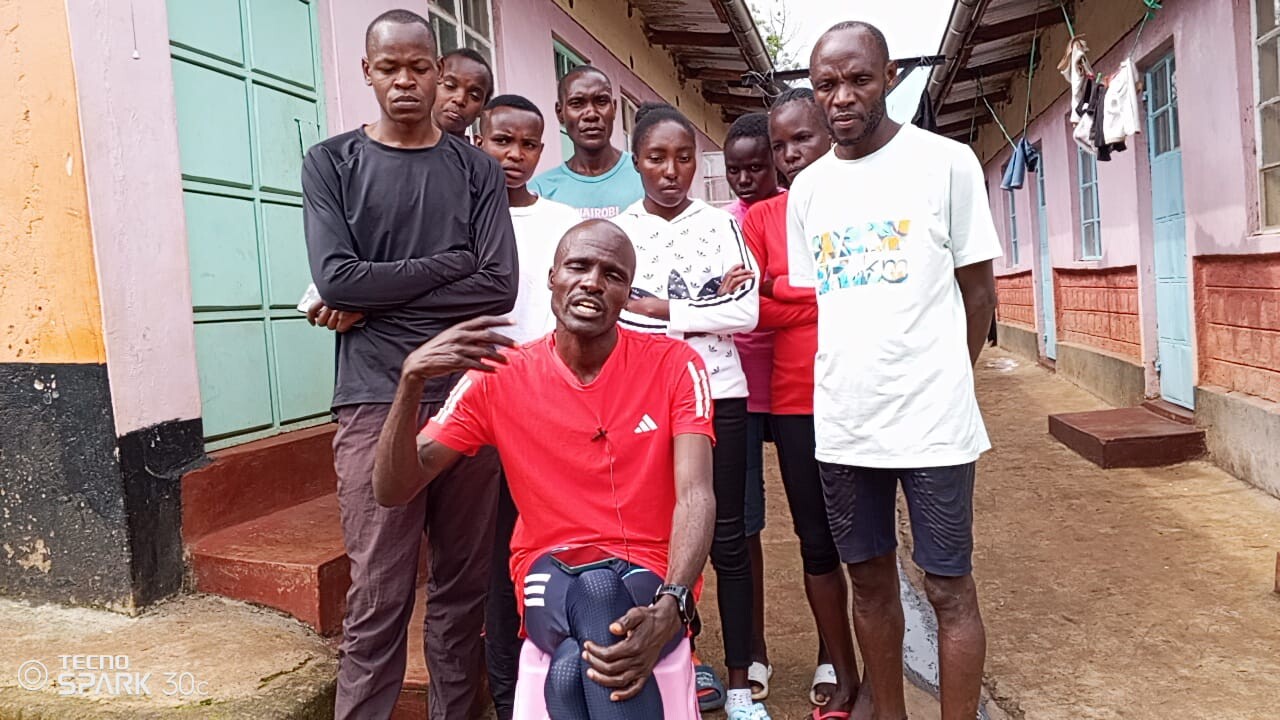
“I have run for long, from World Championships and World Indoors to the Olympics,” Soi says after a long training session. “With all that experience, I saw it wise to share my expertise — not just with young athletes, but with anyone willing to train with discipline.”
Still Racing, Still Leading
Every morning, Soi joins his athletes in their rigorous routines. From tempo runs along the forested trails to fartlek and speedwork sessions, he leads by example.
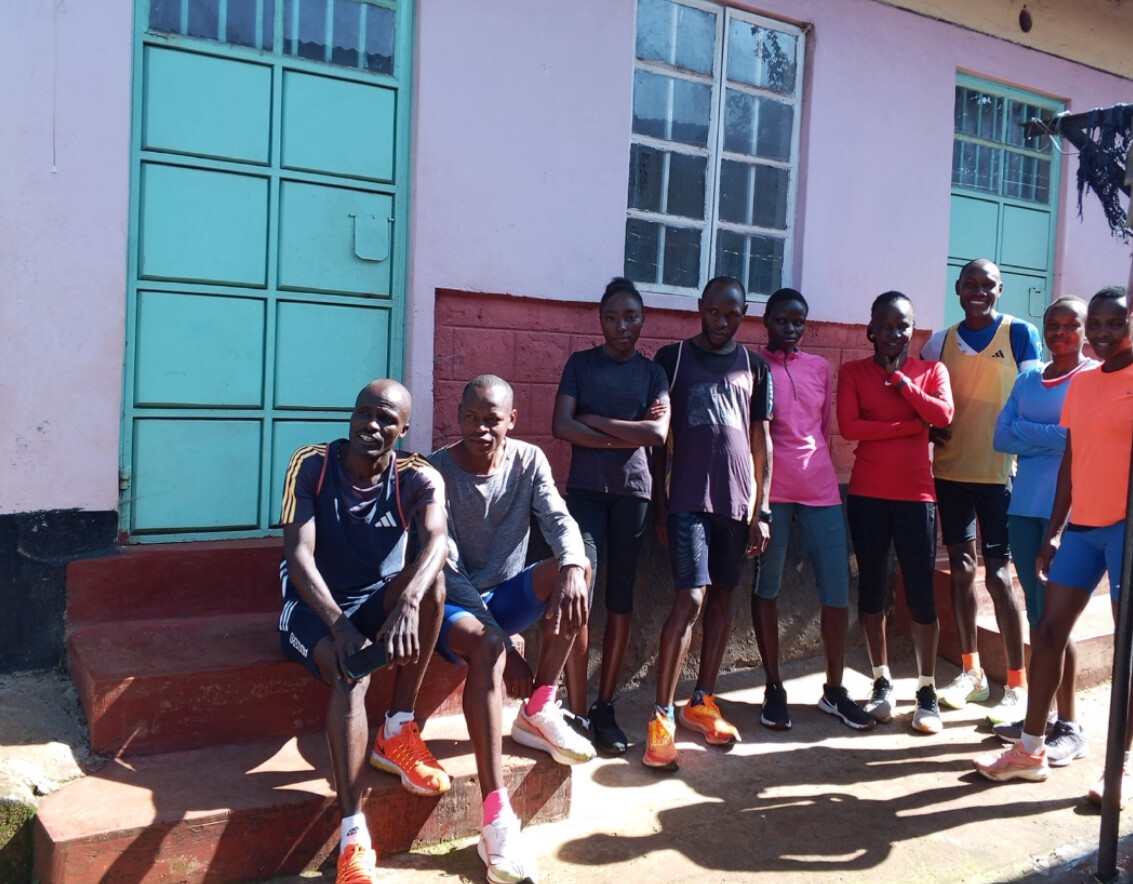
“My athletes don’t just see me as a coach — I run beside them,” he says. “They learn from how I train, rest, and carry myself. That’s leadership by presence.”
For the athletes, it’s not only inspirational — it’s transformational.
Margaret Ndirangu, a promising athlete from Central Kenya, beams with gratitude:
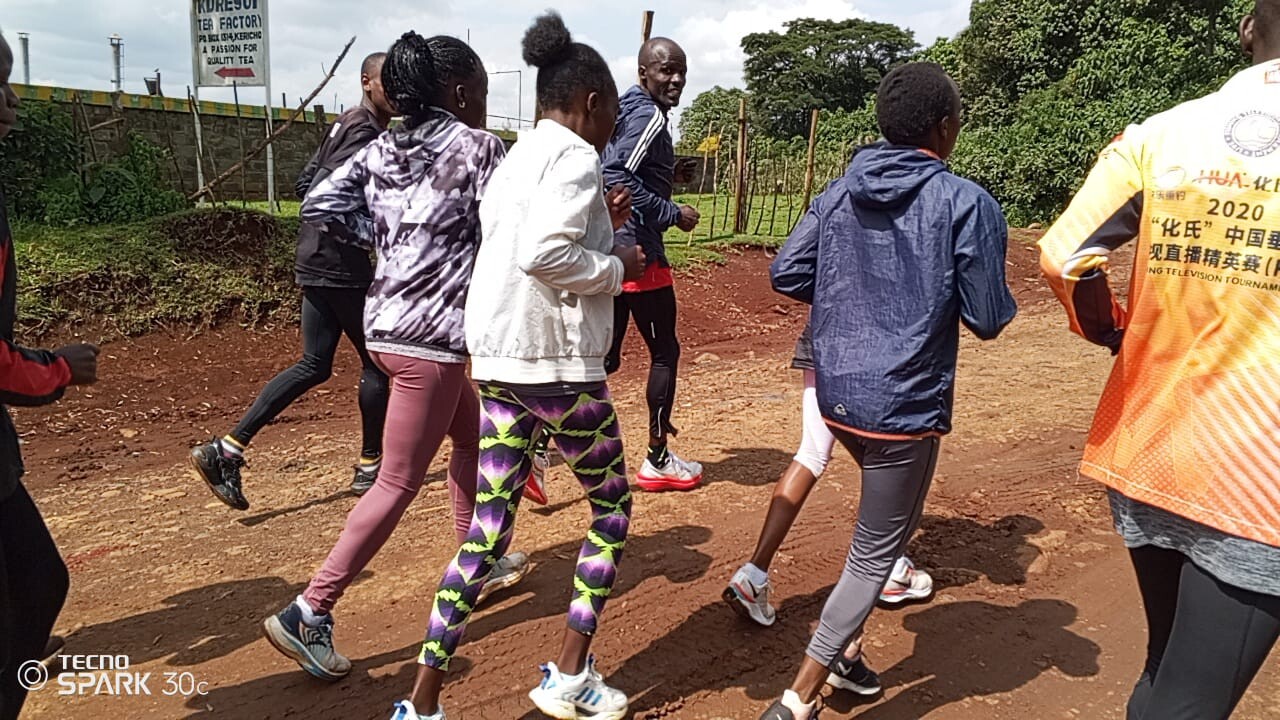
“I have nothing more than joy. Being at Soi’s camp is more than home to me. We eat well, sleep well, and train well. Running alongside an Olympian like Edwin Soi is a huge motivation.”
Gilbert Kenduiywo, a full marathon runner, agrees:

“I thank Soi because he has brought us from where we were, courtesy of Bob Anderson. Running involves dedication, and it is through this that we now have a place to live, eat, and train. I also thank Bob Anderson for the noble idea. Engaging in farming as an income-generating activity after training means a lot to us.”
Kuresoi: Nature’s Perfect Stadium
The rugged beauty of Kuresoi is more than just scenery; it's a natural high-performance lab. The red-earth trails, the crisp mountain air, and the altitude of 2,700 meters form the ideal foundation for endurance athletes.
“Our routes weave through Mau Forest,” Soi says, pointing to a distant hill where runners disappear into the mist. “These aren’t just trails. They’re tests of character.”
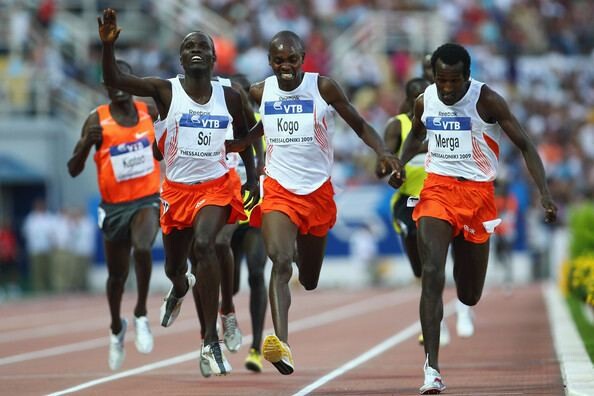
The KATA Vision: Running with Purpose
Soi’s training camp is backed by the Kenyan Athletics Training Academy (KATA), founded by Bob Anderson, the visionary behind Runner’s World magazine. But what makes this camp stand out isn’t just the training — it’s the fusion of sport and sustainability.
With support from KATA, Soi and his athletes engage in agricultural projects, most notably the Potato Project. When they’re not clocking miles, runners plant, harvest, and manage farming plots — gaining not only a source of income but vital life skills.
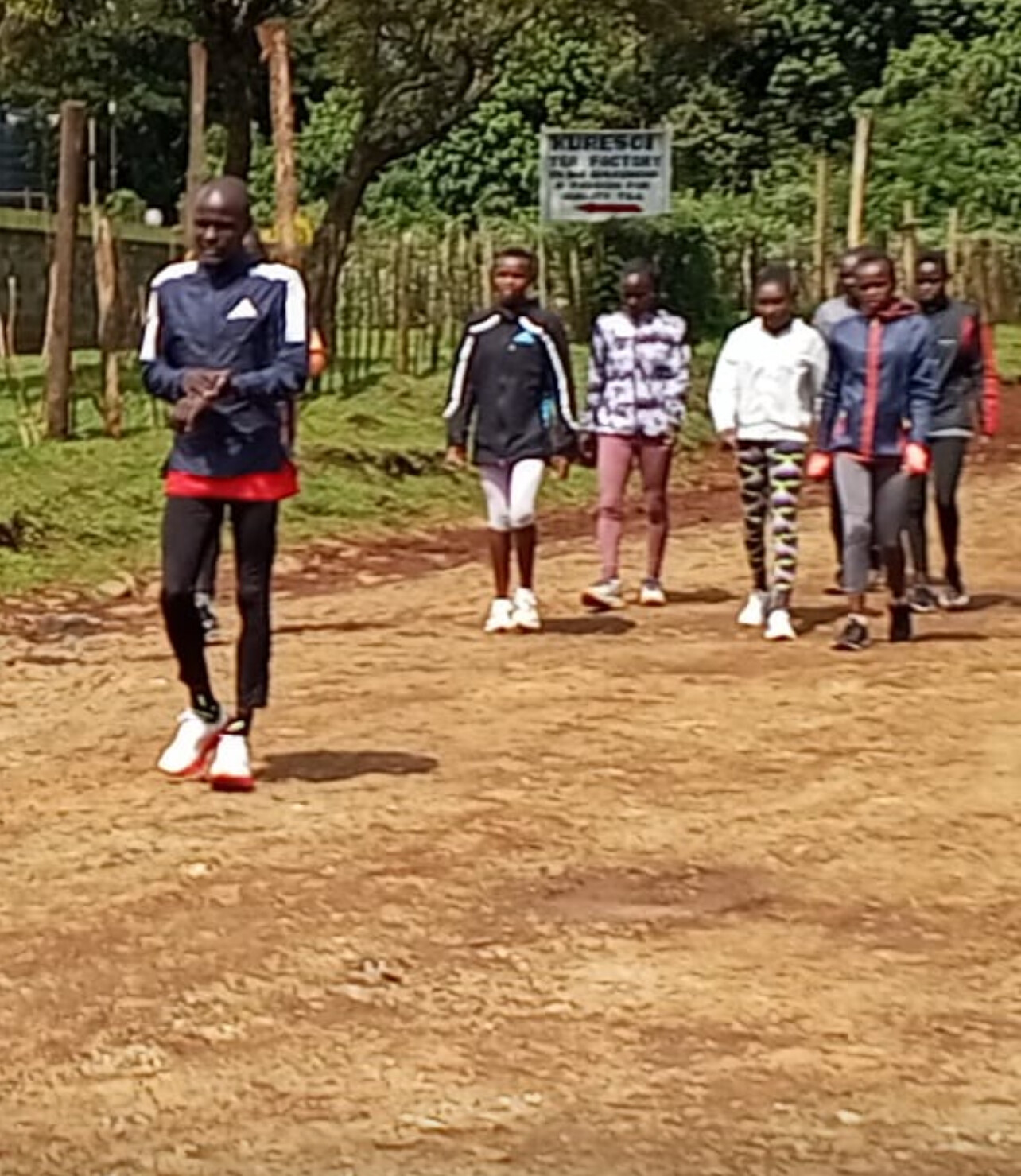
“No one else had thought of supporting athletes this way — giving them both a place to grow athletically and financially,” says Soi. “Bob’s idea came at the perfect time.”
Athletes echo this gratitude.
Edmond Rono, a distance runner from Sotik, shares:
“I used to train in Sotik, but after joining Soi's camp—supported by KATA—I’ve experienced a complete transformation. We stay comfortably and enjoy everything from training, meals, to accommodation. My future now looks bright.”
Isaiah Kipkurui, a road runner, adds:
“The support from KATA through Edwin Soi has meant a lot to us as athletes. Since joining the camp, we’ve seen remarkable improvement in our performance and lifestyle.”
Cheptoo, a 3000m specialist with a personal best of 9:30, also credits the camp for her progress:
“Coming from Sotik and joining Soi’s camp has been a turning point. Accessing proper meals and accommodation as an athlete is a great opportunity. I’m now preparing for the upcoming cross-country races this month.”
And Winny Chebet, a determined 10,000m runner, shares:
“The opportunity given to me through Soi’s camp, supported by KATA, has made me optimistic. I believe my future is bright, and I will be able to hit my running targets.”
Running Clean, Running Proud
While training and farming form the physical and economic backbone of the camp, discipline and integrity shape its soul. Soi is fiercely committed to clean sport — a principle he insists every athlete lives by.
“My athletes know I’m strict,” he says. “There’s no shortcut in this sport. I do not support doping, and I never will. If you want to enjoy the fruits of your labor, you must do it right.”
In a time when Kenyan athletics has been shaken by doping scandals, Soi’s stance is both timely and bold. His camp stands as a model of ethical training, and his leadership provides athletes with more than a place to train — it gives them a moral compass.
Beyond the Finish Line
Soi knows his racing clock is ticking. Though still active in marathons, he estimates he has two or three years left of elite racing. But that doesn’t worry him. His eyes are fixed on the future — one that includes hundreds of young athletes inspired and supported through his camp.
“I’m not just training runners,” he says. “I’m building people. Strong, disciplined people who will take Kenyan running to the next level.”
He acknowledges the crucial role of Athletics Kenya and the Ministry of Sports in establishing youth training camps nationwide. “Their efforts align perfectly with our vision here,” he says. “We’re all working toward the same goal — to empower youth through athletics.”
A Legacy Written in Footsteps
As the sun rises over the Mau Forest and the last runner finishes the morning loop, Soi jogs back toward camp with his group, his figure still strong, still focused. Around him are the dreams of others — a living tribute to his journey.
He’s a man who knows the podium. But today, Soi’s greatest pride isn’t in medals or titles. It’s in the smiles, strength, and discipline of those who now run beside him.
“Running gave me everything,” he says. “Now, I give back — through sweat, through sacrifice, and through the soil we farm together.”
In Kuresoi, the second wind of Edwin Soi is not a comeback — it’s a new beginning, and it’s lifting others with every stride.
(08/08/2025) ⚡AMPby Robert Kibet
Ultrarunner Sarah Baker Sets New Self-Supported Appalachian Trail Record
Ultrarunner Sarah Baker, from Tennessee, has set a new self-supported Fastest Known Time (FKT) on the legendary Appalachian Trail, completing the grueling 3,500-kilometre (2,190-mile) trek from south to north in just 74 days — all while battling illness and unforgiving terrain.
Baker’s accomplishment is even more impressive considering she did it completely self-supported, meaning no outside help — no support crew, no pacers, and no pre-arranged assistance. Along the way, she managed her own logistics, carried her own gear, and relied on resupply points she mailed to herself in advance.
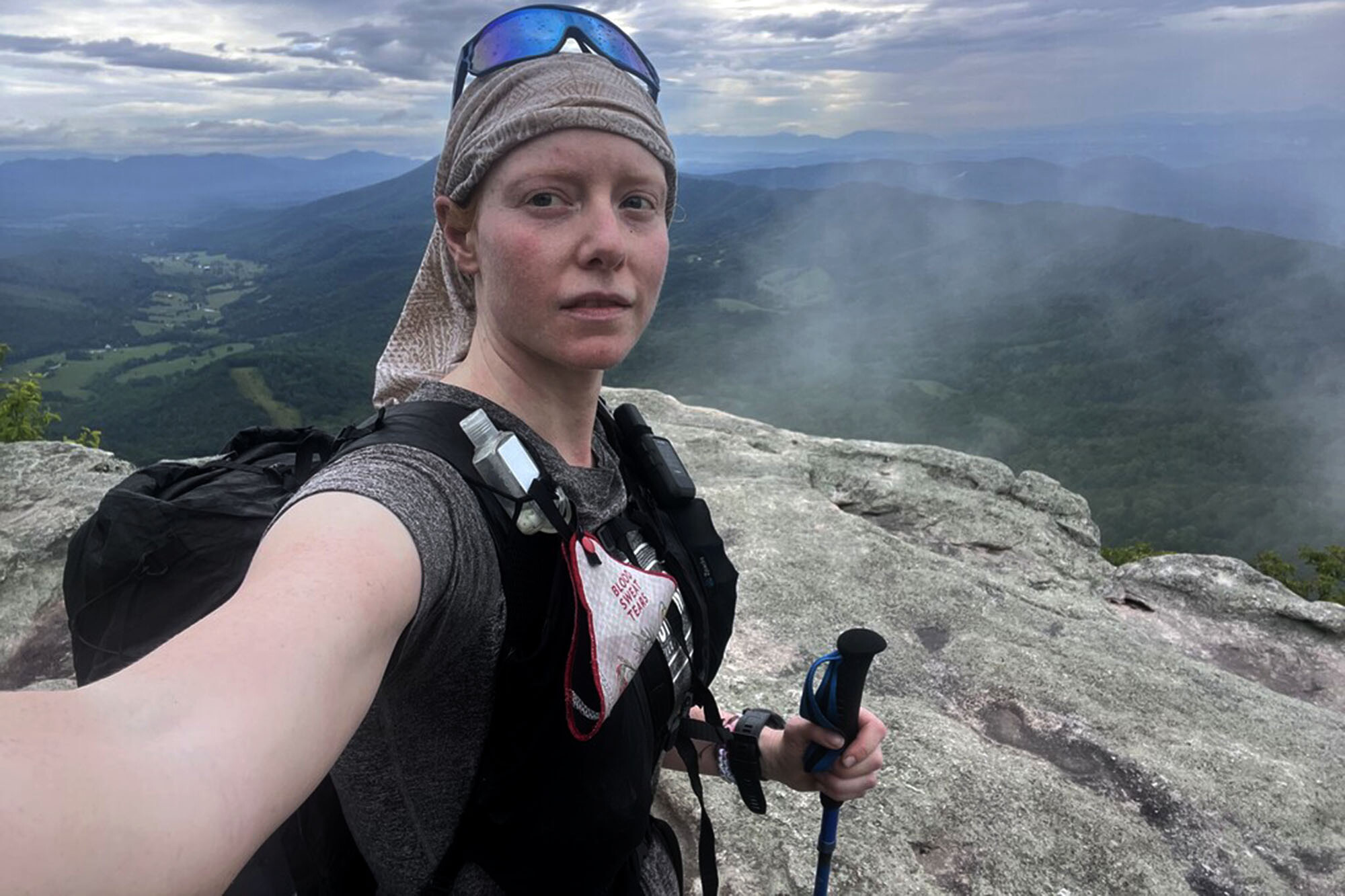
An FKT Years in the Making
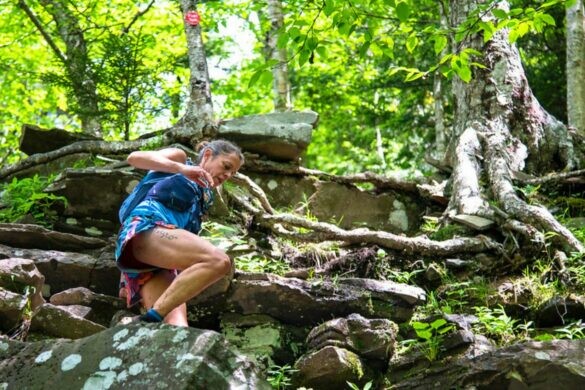
This wasn’t Baker’s first Appalachian Trail challenge. She had already set three FKTs on segments of the trail, gaining experience and insight into the extreme demands of the route. Early in this attempt, she was averaging over 50 kilometers per day, but a journey of this magnitude rarely goes without setbacks.
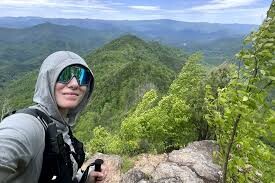
Just three weeks in, Baker contracted norovirus, a gastrointestinal illness that forced her to isolate and “stealth camp” on the trail, as hostels turned her away due to her symptoms. Despite the illness, she pressed on, demonstrating grit and mental resilience.
The Challenge of Going It Alone
A self-supported FKT comes with more than just physical challenges — it demands careful planning, adaptability, and relentless determination.
Baker used the classic thru-hiker strategy of mailing food ahead to small towns, where she would hike off-trail to retrieve supplies and then return to continue her route. This added extra mileage, effort, and logistical complexity — something supported athletes don’t face.
“The hardest part wasn’t just the running,” Baker noted. “It was getting to a resupply point, managing illness alone, and still finding the will to keep moving forward every day.”
A Trail That Tests the Toughest
The Appalachian Trail is widely regarded as one of the toughest long-distance hikes in the world. With over 140,000 meters (nearly 460,000 feet) of elevation gain and loss, completing it is the equivalent of climbing Mount Everest about 16 times.
Baker’s journey, completed solo and unsupported, highlights not only her strength as an ultrarunner but also the depth of her planning and willpower. Her new 74-day mark sets a high bar for future attempts.
A Trailblazer for the Trail Community
Sarah Baker’s accomplishment adds her name to the short list of elite athletes who have successfully taken on the full Appalachian Trail under self-supported conditions. Her story is a reminder of the power of perseverance — and that records aren’t only broken on race day but in the quiet miles when no one is watching.
(08/07/2025) ⚡AMPby Boris Baron
Steve Jones Turns 70: A Look Back at a Marathon Legend
This past week, the legendary Steve Jones celebrated his 70th birthday—a milestone that offers a perfect moment to honor one of the greatest marathoners of all time.
Born on August 4, 1955, in Tredegar, Wales, Steve Jones rose to international prominence during the golden era of distance running. A former Royal Air Force technician, Jones shocked the running world when he won the 1984 Chicago Marathon in a world record time of 2:08:05, breaking the previous record held by Australia’s Rob de Castella. What made the performance even more extraordinary was that Jones ran the race without wearing a watch—and had no idea he was on world record pace.
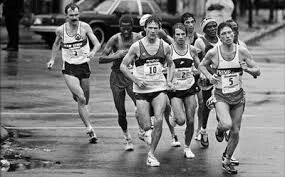
A year later, he returned to Chicago and ran 2:07:13, which remained the British record for 33 years until Mo Farah broke it in 2018. Jones also won the London Marathon in 1985 and claimed victory at the New York City Marathon in 1988, securing his place among the legends of the sport.
Known for his fearless front-running style, Jones never shied away from taking the lead early. He believed in racing hard from the start and letting the rest catch up—if they could. His aggressive tactics and incredible toughness made him a fan favorite around the world.
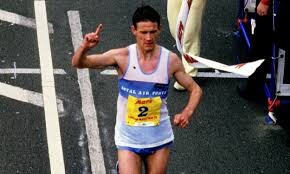
Beyond the road, Steve was a top-class track runner and a formidable competitor in cross country. He set a British record in the 10,000 meters (27:39.14) in 1983 and competed in the 1984 Los Angeles Olympics, placing 8th in the 10,000m final.
Even in retirement, Jones has remained involved in the sport as a coach and ambassador. His legacy lives on in every runner who dares to push the pace and run fearlessly.
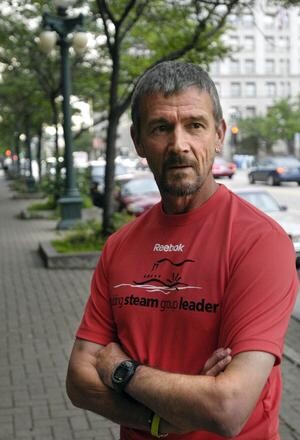
From all of us at My Best Runs, we wish Steve a belated but heartfelt Happy 70th Birthday—and thank you for inspiring generations of runners.
The iconic image of Steve Jones cooling off mid-race is a perfect reminder of his grit, focus, and drive. A true original.
(08/06/2025) ⚡AMPby Boris Baron
From UPS Graveyard Shift to National Champion: Jacory Patterson’s Inspiring Journey to the Top of U.S. Sprinting
Before he became the fastest man in America over 400 meters, Jacory Patterson was clocking time in a very different kind of race — the overnight grind at a UPS distribution center in South Carolina. Working the graveyard shift to fund his training, Patterson kept his Olympic dreams alive in the shadows of the shipping warehouse.
Now, he’s in the spotlight.
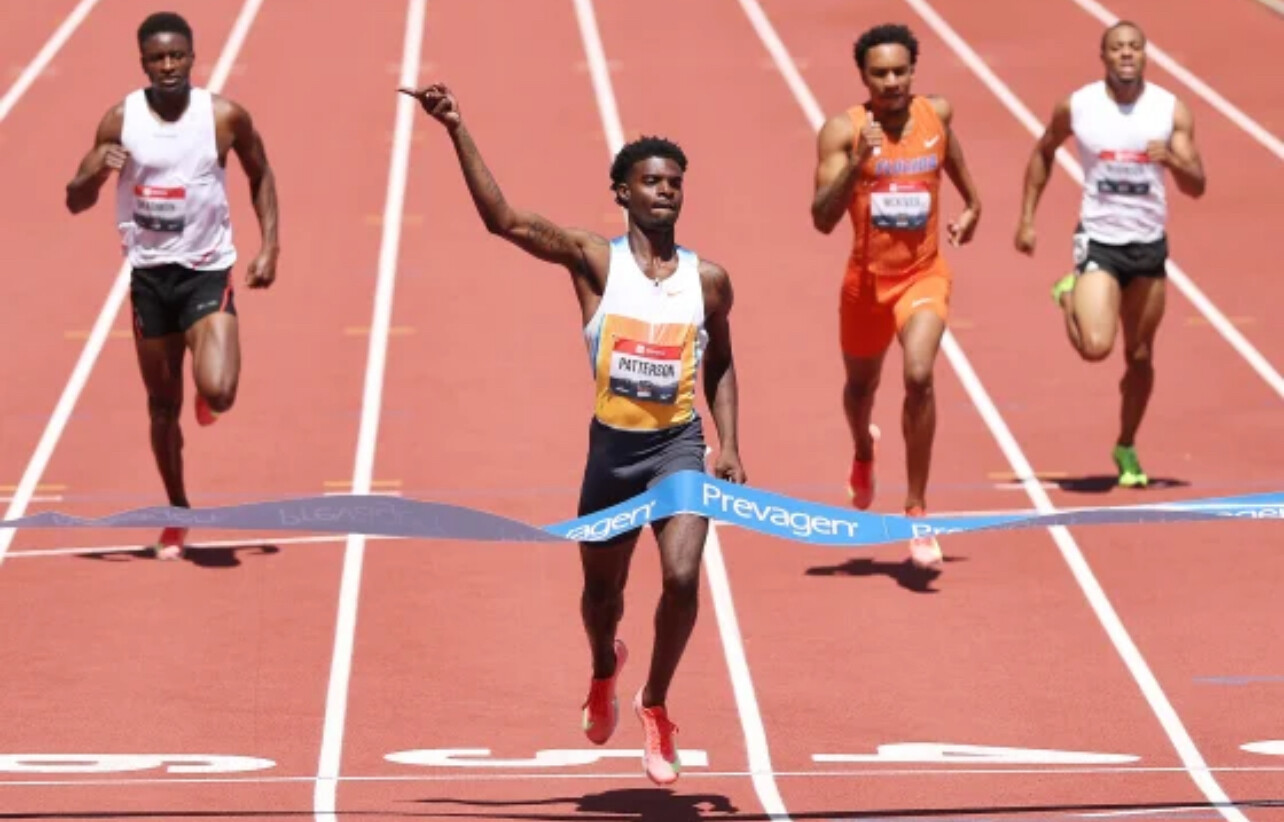
This past weekend in Eugene, Oregon, Patterson stormed to victory in the men’s 400 meters at the U.S. Track and Field Championships, claiming his first national title. When the dust settled on the track, his phone was buzzing — not with shipping requests, but with hundreds of congratulatory messages from friends, fans, and notably, his former UPS co-workers.
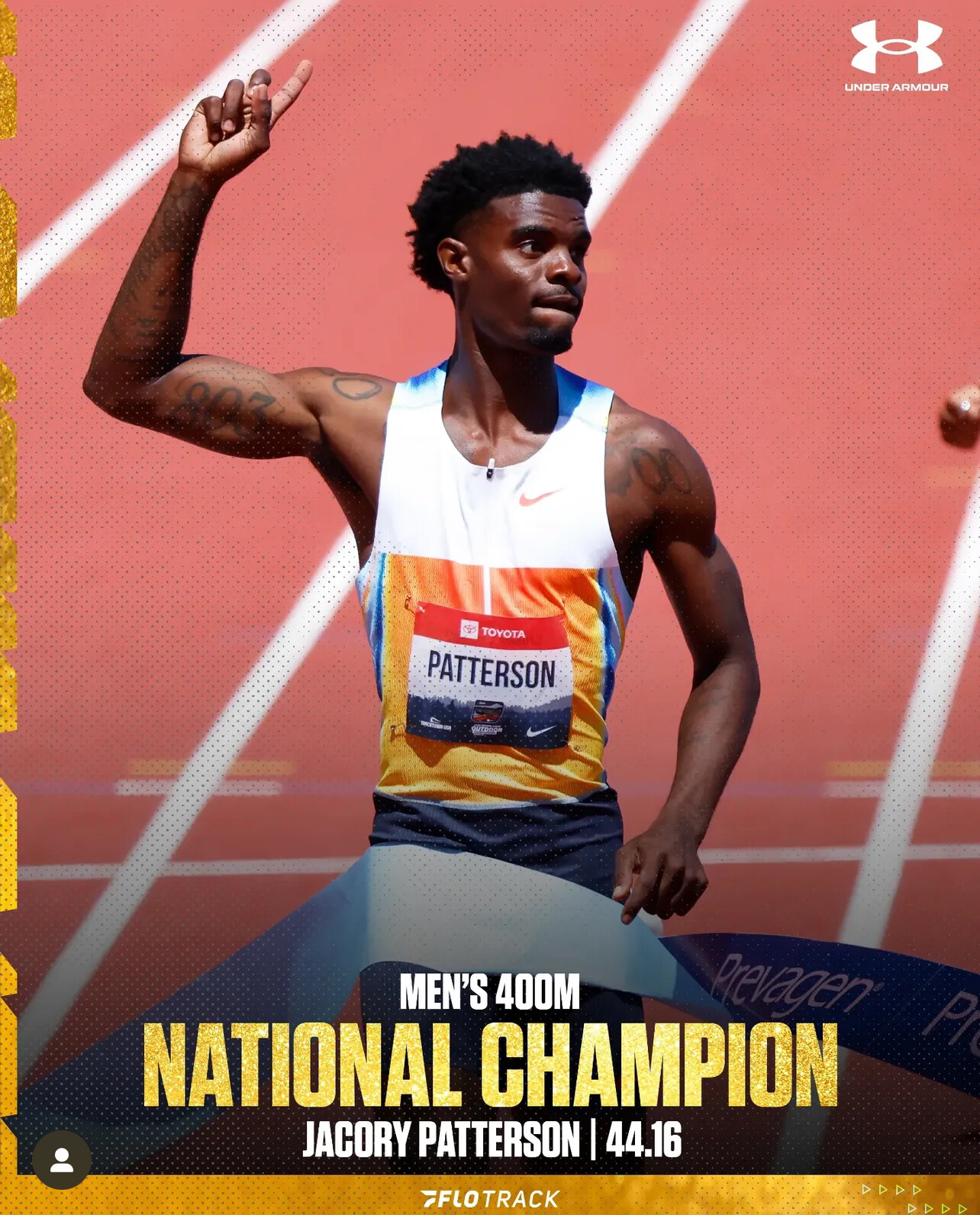
“They’d seen me work under pressure before,” Patterson said, reflecting on the fast-paced demands of loading and sorting packages. “Just in a different kind of lane.”
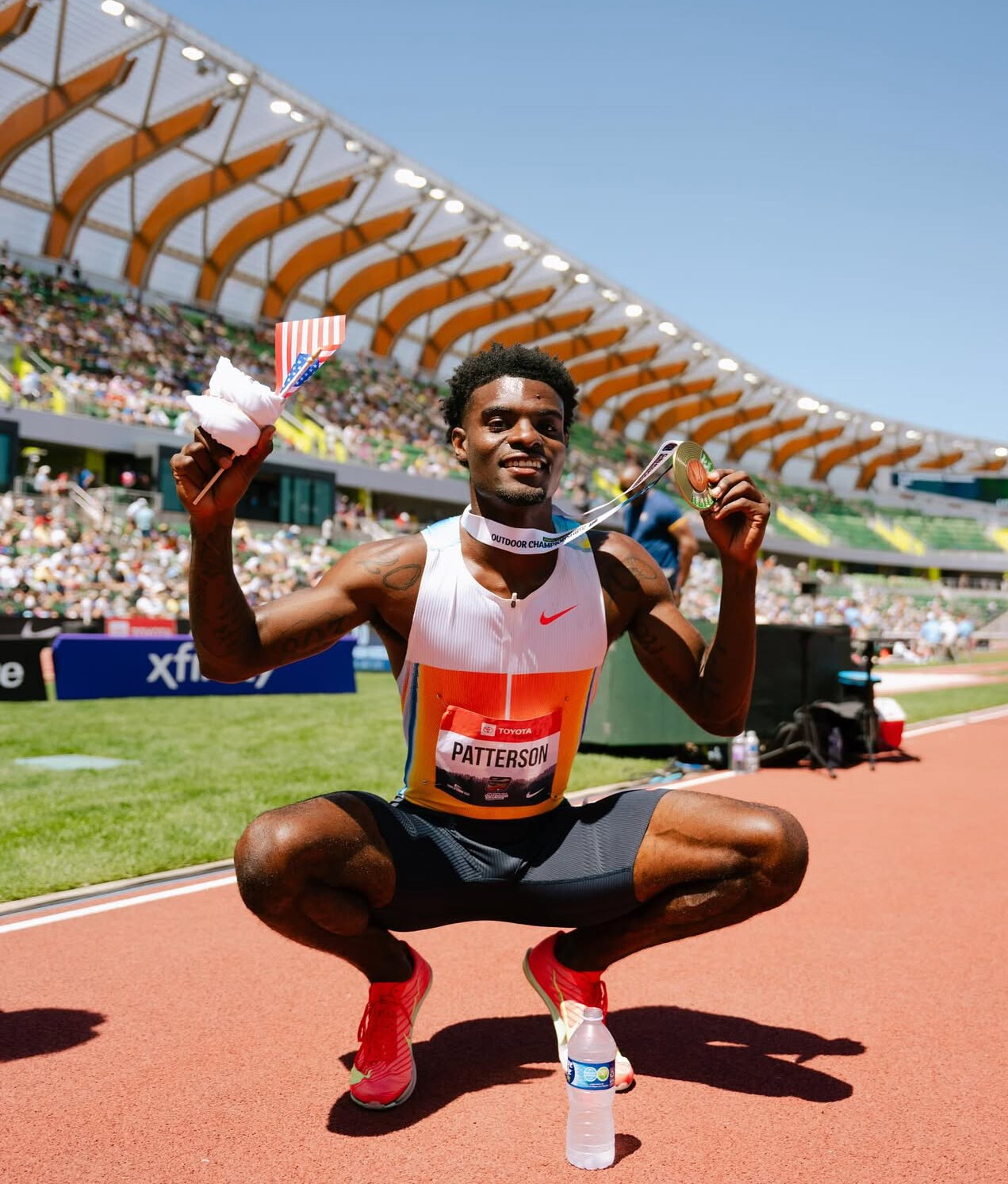
Patterson’s win is more than a personal triumph — it’s a testament to perseverance in a sport where funding and sponsorships are scarce for athletes outside the top echelon. Balancing full-time labor with elite-level training is no easy feat, but Patterson managed both with the kind of focus and grit that now defines his racing style.
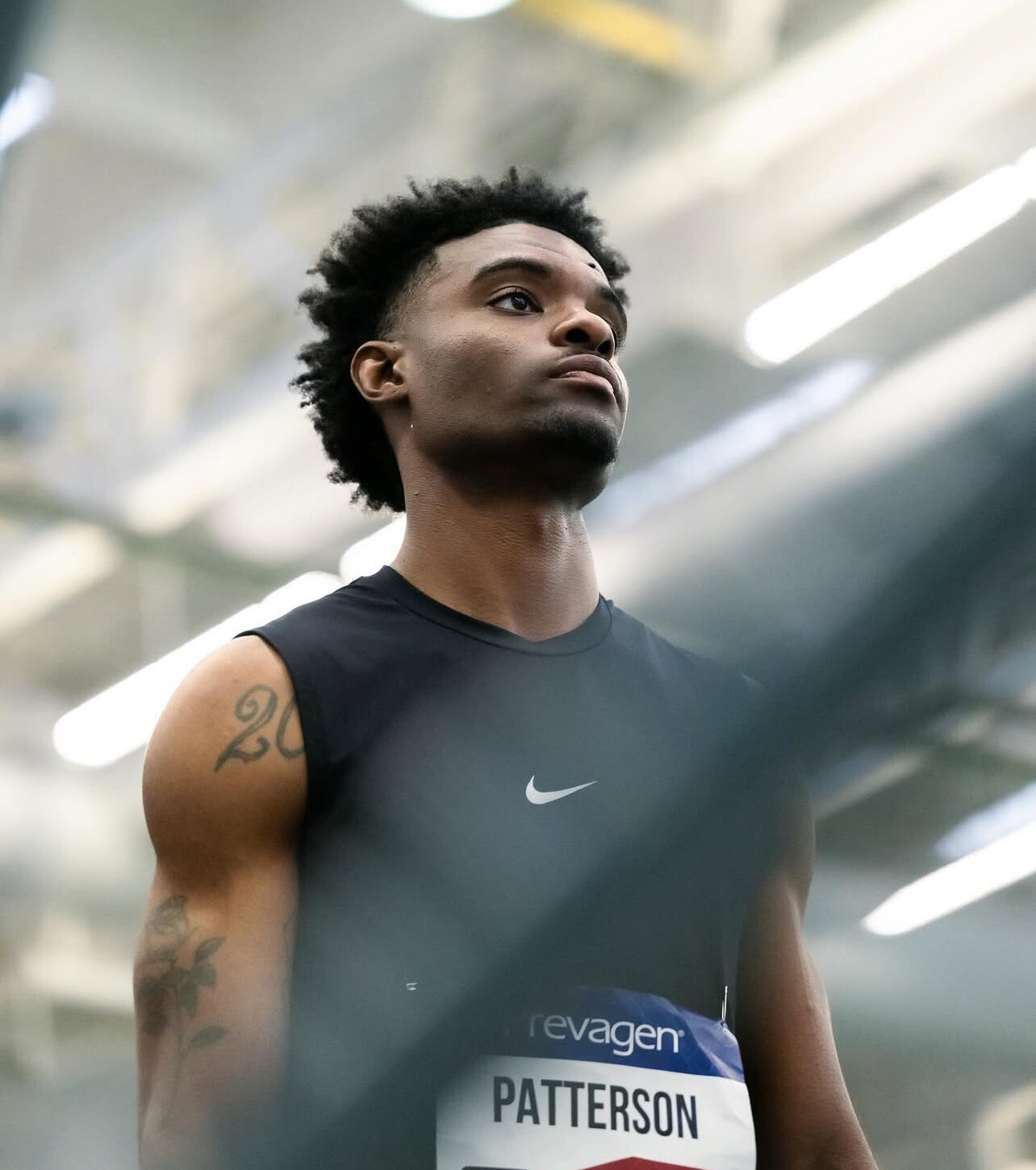
His victory in Eugene not only secures him a spot among America’s sprinting elite, but also serves as inspiration for athletes nationwide chasing greatness against the odds.
“Track and field isn’t always glamorous,” Patterson said. “But if you believe in your path, and you keep showing up — whether it’s at practice or a 3 a.m. shift — eventually, your moment will come.”
And on Saturday in Eugene, it did.
(08/05/2025) ⚡AMPby Boris Baron
Cooper Lutkenhaus Stuns at USA Championships with Historic 800m Run
The world of middle-distance running witnessed a seismic moment on August 3rd, 2025, as 16-year-old Cooper Lutkenhaus delivered a performance for the ages in the men’s 800 meters at the USA Track & Field Championships. Competing against seasoned veterans, the high school phenom not only secured a runner-up finish but shattered expectations — and records.
Lutkenhaus clocked a stunning 1:42.77, smashing his personal best by over three seconds. That time established a new U18 world best, making him the fastest 800m runner ever under the age of 18 and the sixth-fastest in the world for the 2025 season.
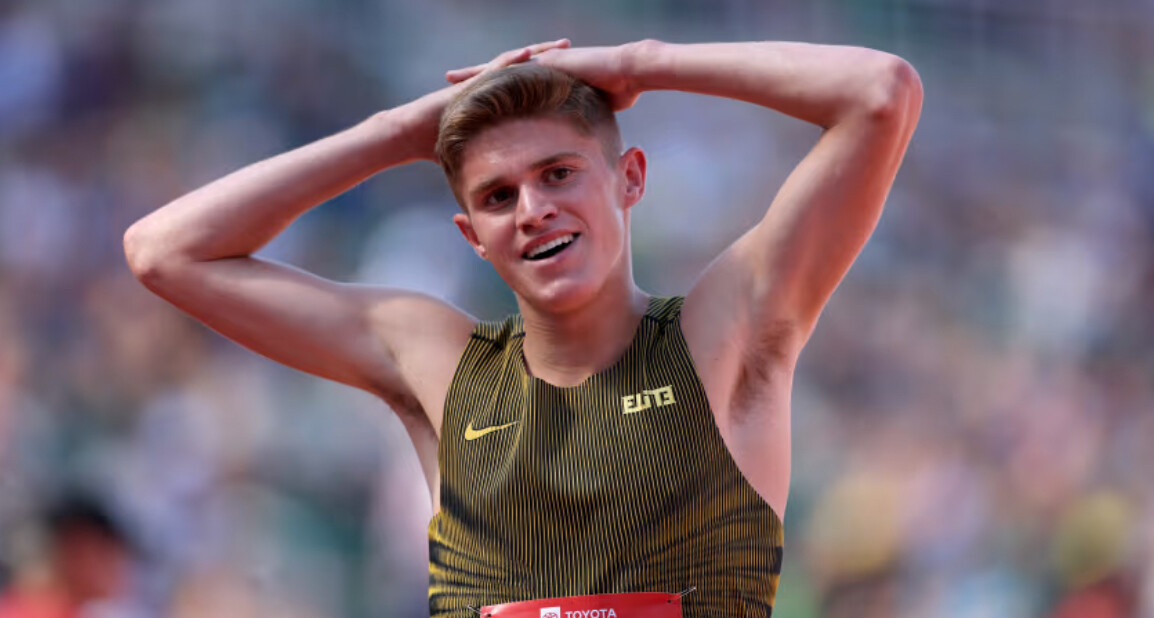
“I don’t know if there’s words for it right now, but just… made the team,” said an overwhelmed Lutkenhaus after the race, moments after realizing he had secured a spot on Team USA’s roster for the upcoming World Athletics Championships 2025.
The teen’s expression at the finish line spoke volumes. Raw disbelief mixed with triumph as he absorbed what he had just accomplished. “I wasn’t supposed to make the team,” he admitted. “A lot of people didn’t think I’d even make the finals.”

But Cooper Lutkenhaus did more than make the finals—he rewrote the script. His breakthrough performance has catapulted him from rising talent to global contender. At just 16, he’ll now compete on the world stage, representing the United States in Tokyo later this year.
The performance underscores a growing trend in American middle-distance running: young athletes are pushing the boundaries of what’s possible—and doing it earlier than ever before.
The world will be watching closely as this Texas teen steps onto the biggest stage in athletics. If August 3 was the day the world learned his name, the rest of 2025 may be when he defines it.
(08/04/2025) ⚡AMPby Boris Baron
Golden Gate Double 8K Showcases Speed and Scenery in San Francisco
Golden Gate Double 8K Showcases Speed and Scenery in San Francisco
August 3, 2025 – San Francisco, CA

Over 400 runners gathered in San Francisco on a stunning summer morning to compete in the Golden Gate Double 8K, along with an Open 10K and 5K. With the iconic Golden Gate Bridge visible throughout the entire course, runners were treated to not only fast racing but also unforgettable views.
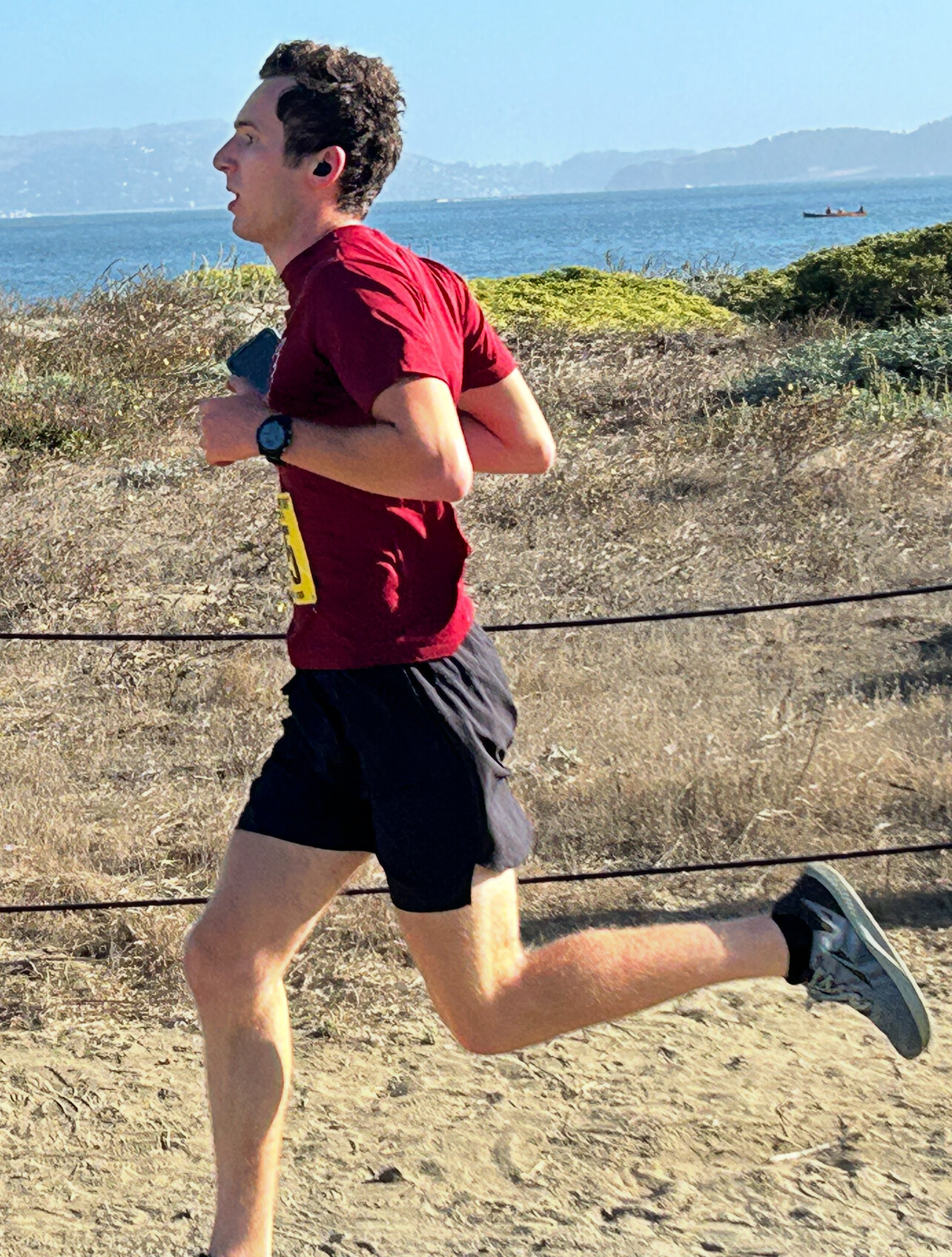
The highlight of the day was the Double 8K (5K + Break + 3K) event. Anthony Cortes, 31, of the 30–39 age group, claimed a commanding victory with a combined time of 26:56. Cortes blazed through the 5K in 17:07, then returned after the recovery break to cover the 3K in 9:49, holding off all challengers.
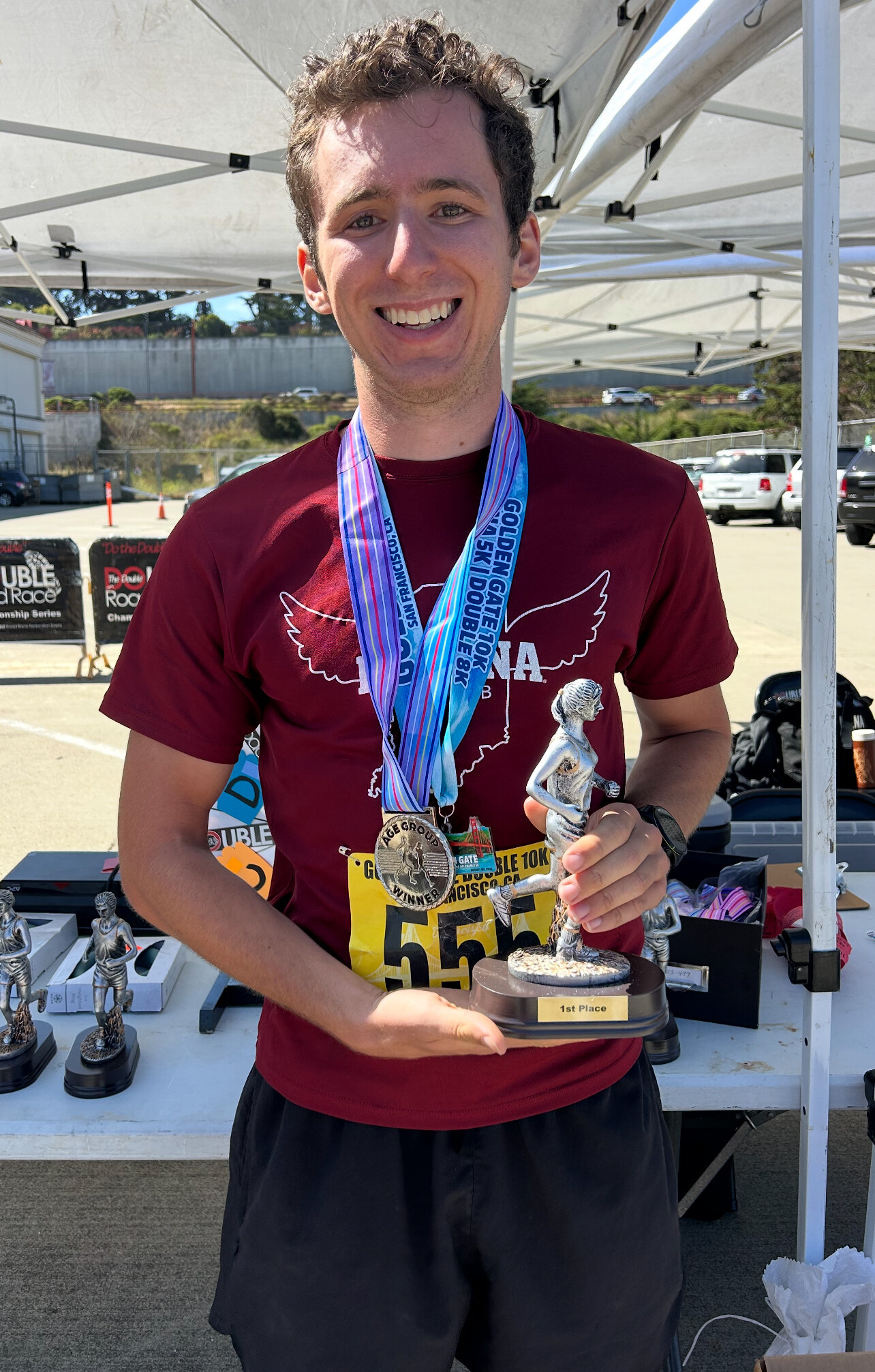
Behind him, a competitive men’s field included Colin Kennedy and Charles Hudson, both 47, who finished second and third with times of 34:08 and 34:56, respectively. Among the top women, Betty G, 58, ran a strong combined time of 40:30, followed closely by Cordelia McGee-Tubb (40:54) and Ruben Romero (42:23).
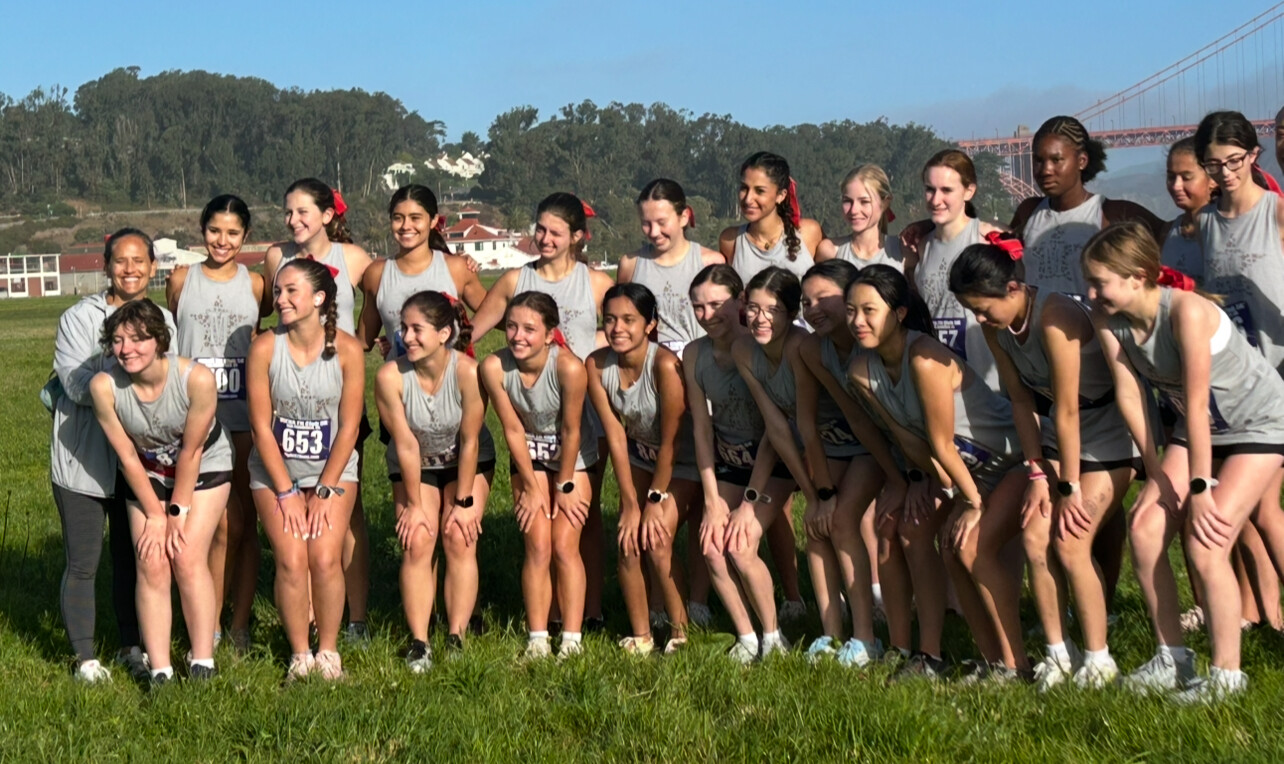
Open 10K Results
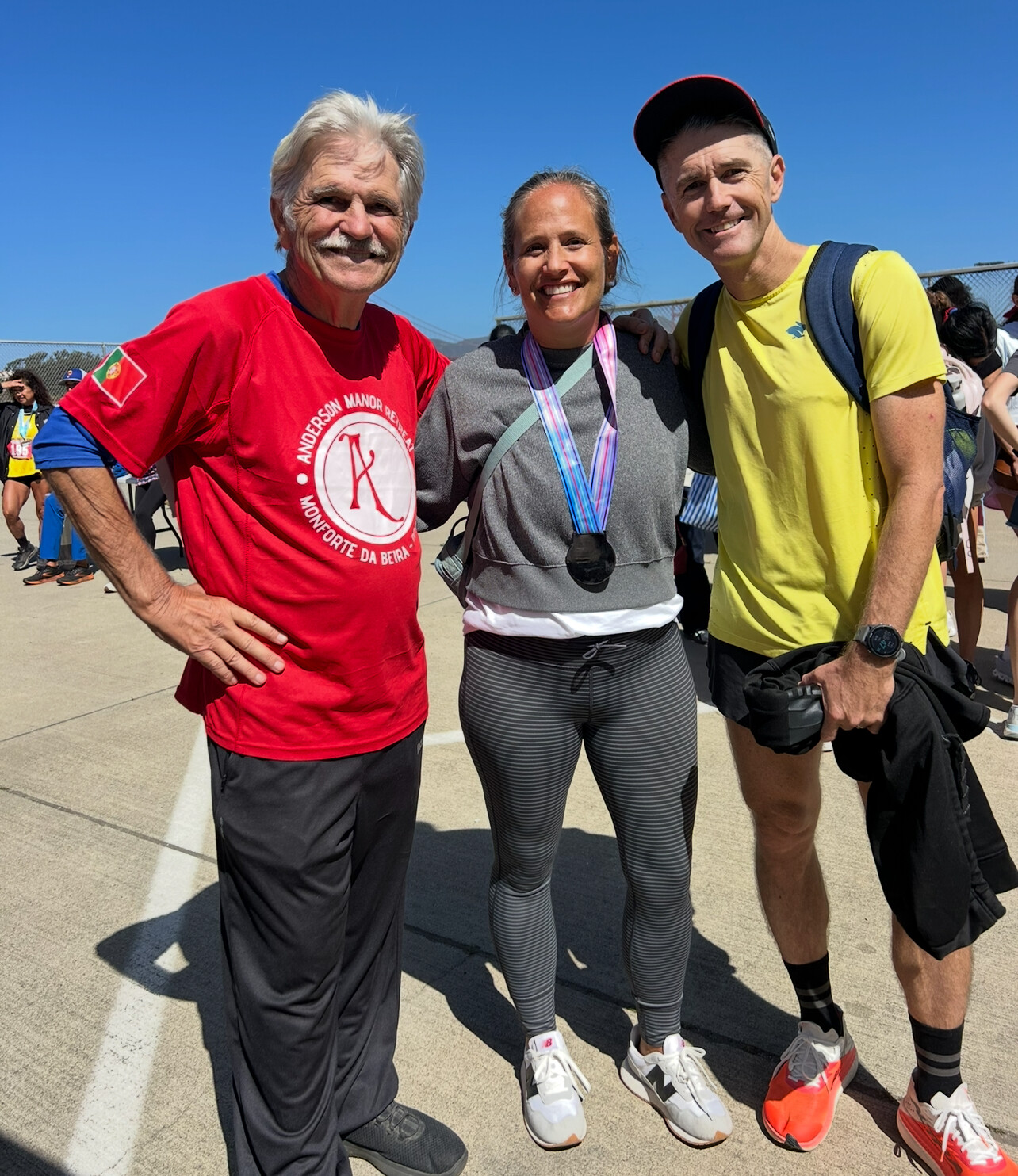
In the Open 10K, 22-year-old Noah Sauer led the charge with a time of 38:57, followed by Mark Speets (41:17) and Cole Ryan (41:49). The top five men all broke the 45-minute mark, with performances from runners in both the 20–29 and 50–59 age groups.
Open 5K Highlights
The Open 5K was equally exciting. Barrett Wade, 49, won in 18:31, just holding off 15-year-old Taylor Synnott, who finished only three seconds back in 18:34. Rounding out the podium was Kris Croome, 45, in 18:46. The youth field was especially deep, with impressive times from runners under 19, including Sofia Kiyama (21:48), Kiki Boukas (21:57), and Amina Zegar (22:44).
A Day to Remember
With ideal weather and the Golden Gate Bridge in full view from start to finish, this year’s Golden Gate Double and Open Races offered the perfect blend of competitive racing and scenic beauty. Enthusiastic spectators lined the course, and the atmosphere was electric from the first gun to the final finisher.
(08/03/2025) ⚡AMPby Boris Baron
Golden Gate 10k/5k DOUBLE 8K
The Golden Gate courses offers unparalleled views of the Golden Gate Bridge for more than 80% of the way! The course will begin at historic Crissy Field near the Presidio of San Francisco. Runners will enjoy the gorgeous vistas of the Golden Gate National Recreation Area. We are offering three races: Golden Gate 10K and 5K (run/walk) and Golden Gate...
more...Sifan Hassan vs. Brigid Kosgei: Marathon Stars to Clash at TCS Sydney Marathon
Sydney, Australia – August 31, 2025
Olympic champion Sifan Hassan has officially been confirmed for the TCS Sydney Marathon, set to take place on August 31, 2025. The Dutch superstar, known for her unprecedented range and fierce finishing kick, will bring global attention to one of the fastest-rising races on the international calendar.
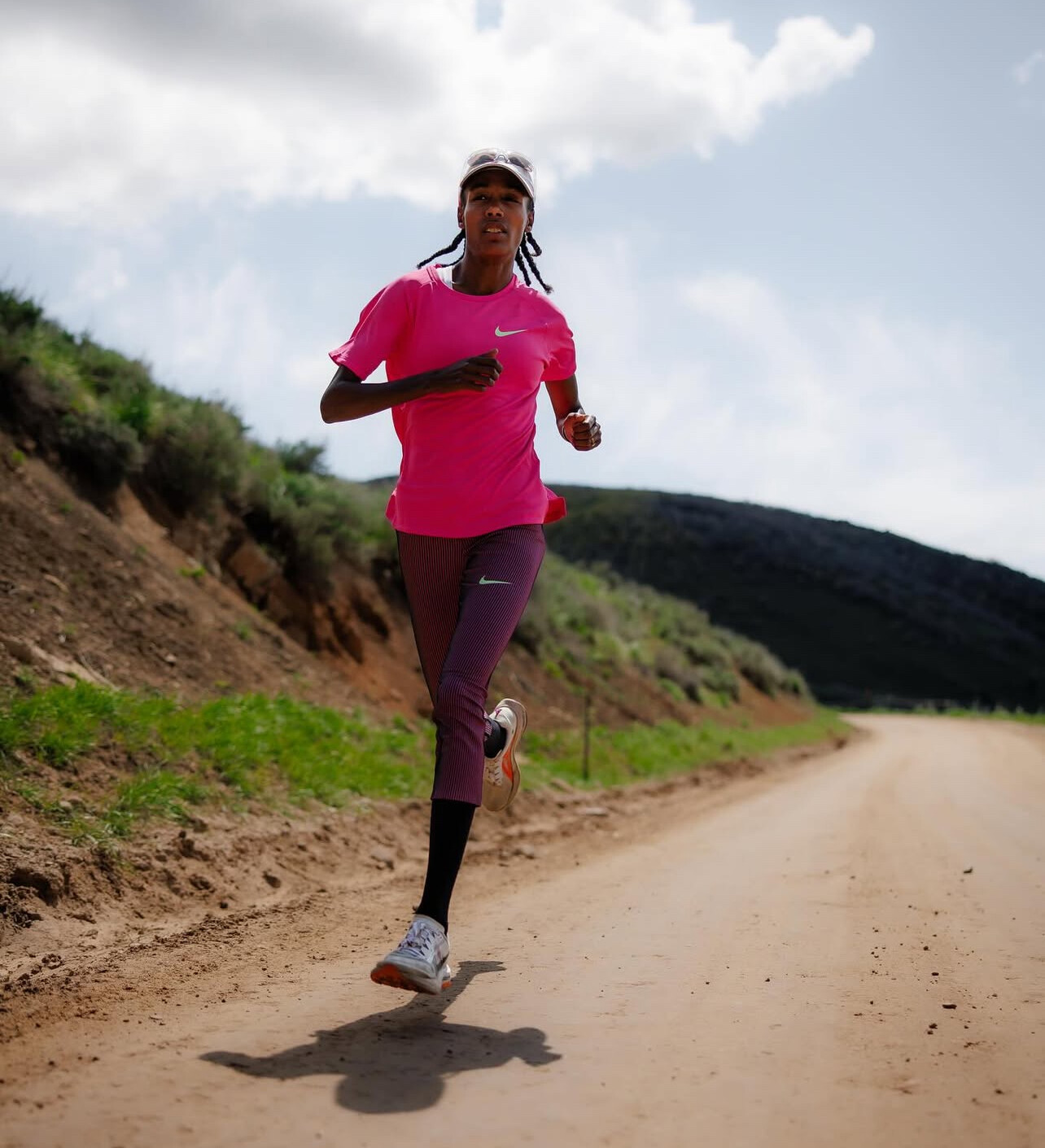
But Hassan won’t have the spotlight to herself.
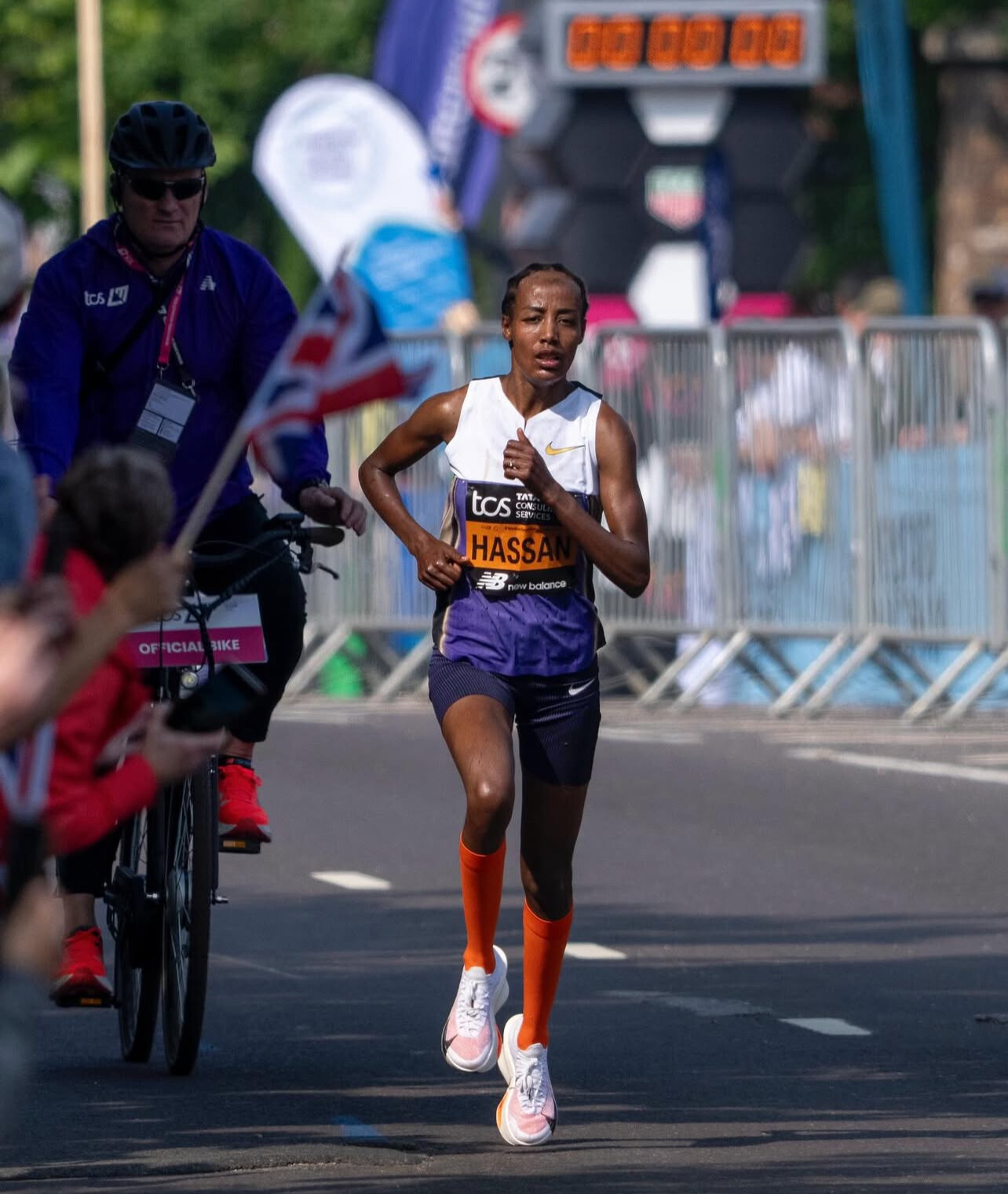
She will face a formidable challenge from Kenya’s Brigid Kosgei, the former marathon world record holder. Kosgei, who ran an astonishing 2:14:04 at the 2019 Chicago Marathon, is determined to reclaim her place at the top of women’s marathoning. With multiple major wins under her belt, including London and Chicago titles, Kosgei remains one of the most consistent and feared competitors in the sport.
This clash between two marathon titans promises to be one of the most compelling head-to-head matchups of the year. Hassan, who made a sensational marathon debut in 2023 and has since cemented herself as a serious contender at the distance, will look to further build her legacy. Meanwhile, Kosgei will aim to reassert her dominance and remind the world why she once redefined what was possible over 26.2 miles.
With the TCS Sydney Marathon bidding to become a World Marathon Major, this showdown adds star power and global significance to the 2025 edition.
My Best Runs will be tracking this race closely as the world watches two legends collide down under.
(08/01/2025) ⚡AMPby Boris Baron
Did You Know? No One Has Come Close to Sorokin’s 24-Hour Record Since 2022
Did you know that Aleksandr Sorokin’s legendary 24-hour world record—set in 2022—is still untouched, and no one has even come particularly close?
At the 2022 IAU 24-Hour European Championships in Verona, Italy, Lithuanian ultrarunner Aleksandr Sorokin ran a staggering 198.598 miles (319.614 kilometers) in a single day. That’s the equivalent of running from New York City to Washington, D.C.—and then some—all in just 24 hours.
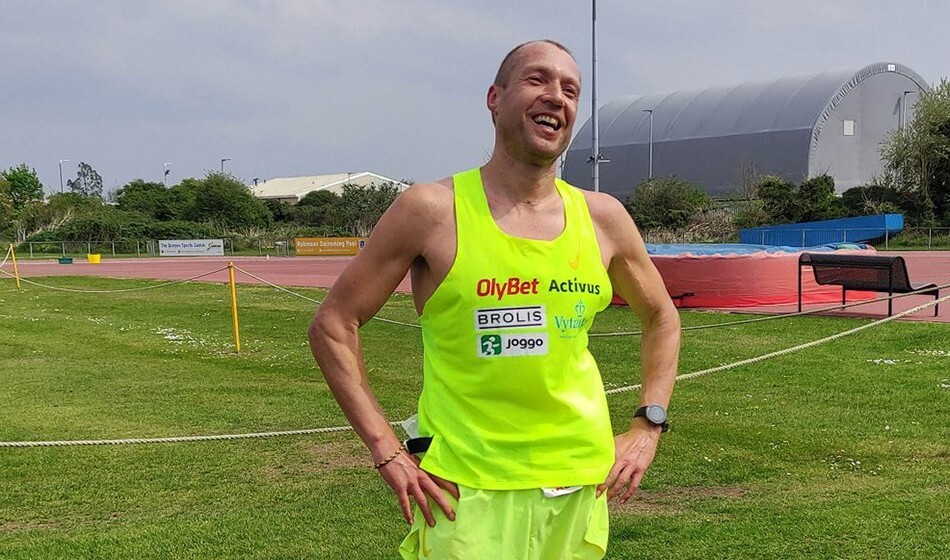
Even more impressive: Sorokin averaged a 7:15-per-mile (4:30/km) pace the entire time. That’s a tempo most runners struggle to hold for a 10K—let alone for nearly 200 miles.
What’s Happened Since?
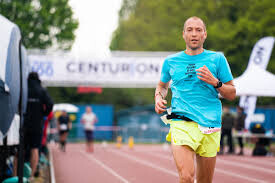
At the 2023 IAU 24-Hour World Championships, Sorokin competed again and covered 301.790 kilometers—an outstanding performance, but still nearly 18 kilometers short of his own world record.
No other male athlete has even broken the 300 km barrier since.
Meanwhile, on the women’s side, Japan’s Miho Nakata set a new world record in 2023, covering 270.363 km, which is phenomenal—but still nearly 50 km less than Sorokin’s historic run.
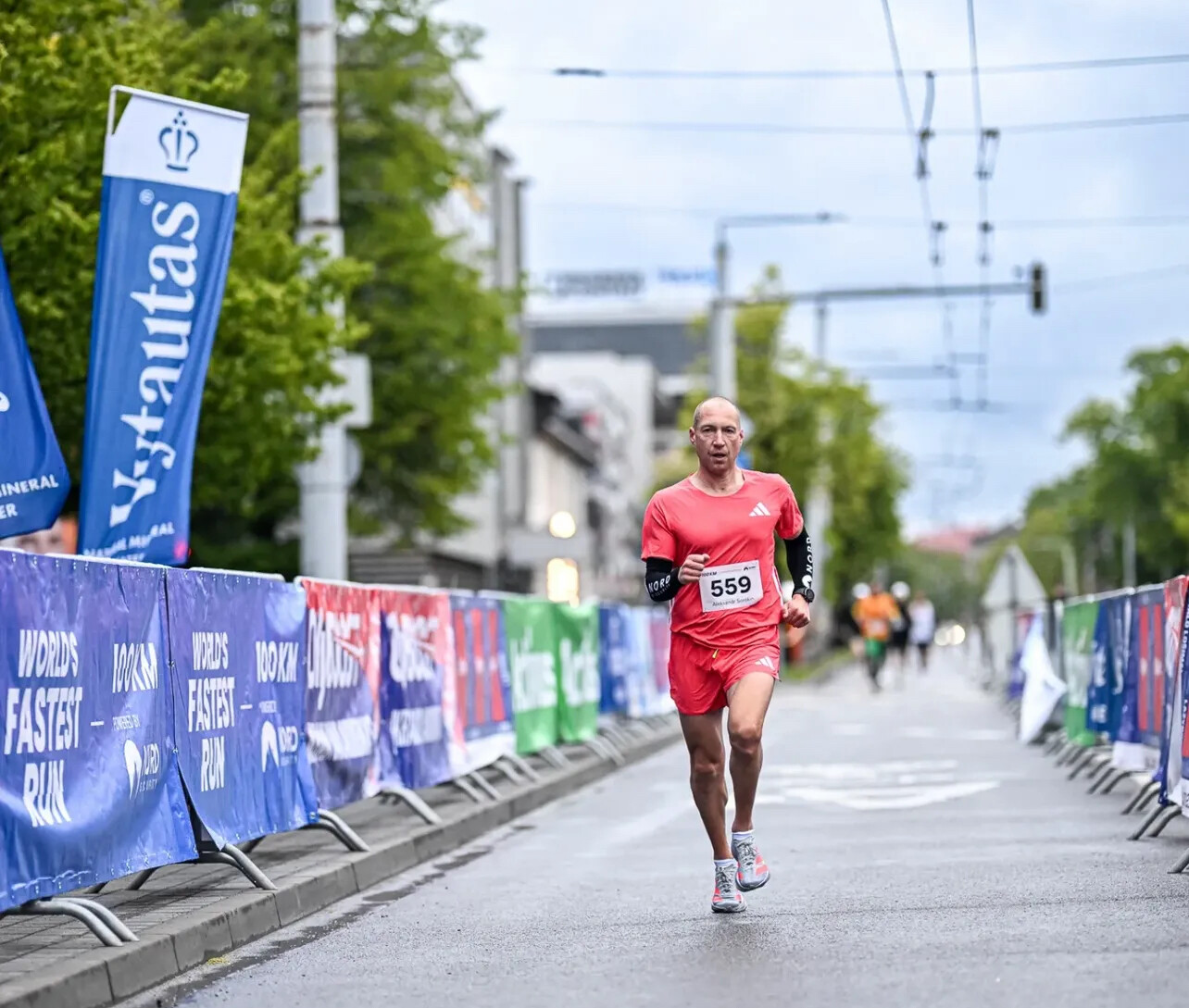
Top 24-Hour Running Performances (All-Time)
|
Runner |
Gender |
Year |
Distance (km) |
Gap to Sorokin (km) |
|
Aleksandr Sorokin |
Male |
2022 |
319.614 |
0.00 |
|
Yiannis Kouros |
Male |
1997 |
303.506 |
16.11 |
|
Aleksandr Sorokin |
Male |
2023 |
301.790 |
17.82 |
|
Tamas Bodis |
Male |
2023 |
295.290 |
24.32 |
|
Haruki Okayama |
Male |
2023 |
289.420 |
30.19 |
|
John Stocker |
Male |
2021 |
285.300 |
34.31 |
|
Miho Nakata |
Female |
2023 |
270.363 |
49.25 |
|
Camille Herron |
Female |
2019 |
270.116 |
49.50 |
|
Patrycja Bereznowska |
Female |
2022 |
263.660 |
55.95 |
The Legacy
More than two years later, Sorokin’s record remains the gold standard in ultrarunning. His 2022 performance wasn’t just a world record—it redefined what humans can do in a single day.
Whether you’re a weekend warrior or an elite endurance athlete, one thing is clear: nobody’s chasing Sorokin. He’s still out in front—by miles.
(08/01/2025) ⚡AMPby Boris Baron
Nico Young Clinches U.S. 10,000m Title with Electrifying Finish in Eugene
Eugene, Oregon – July 31, 2025
Nico Young delivered a career-defining performance on Wednesday night at the 2025 USATF Outdoor Championships, storming to victory in the men’s 10,000 meters with a closing display that left the crowd at Hayward Field in awe.
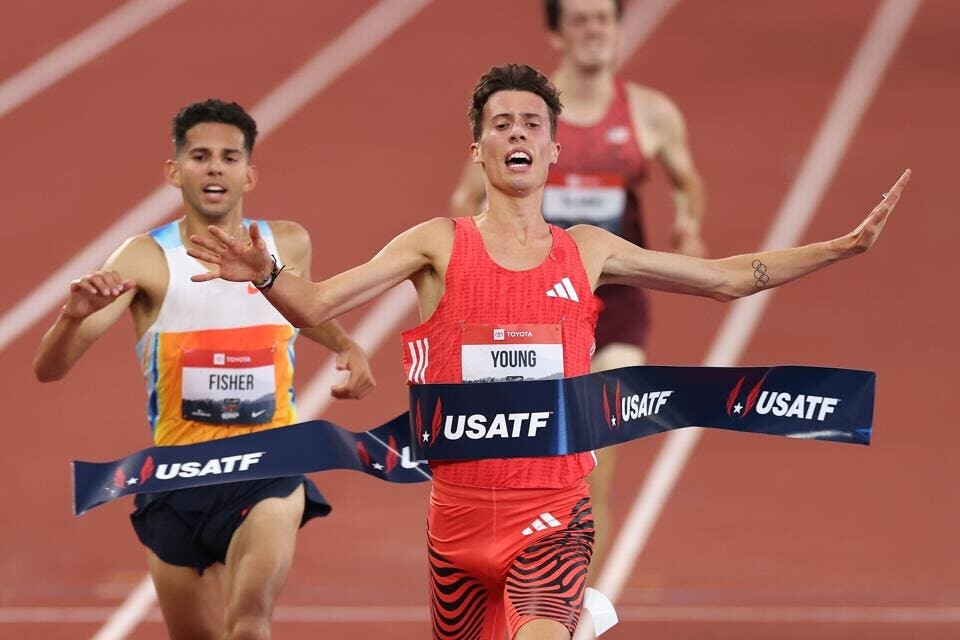
In a tightly contested final, Young surged past established veterans Grant Fisher and Graham Blanks with a stunning final lap of 56.54 seconds, covering the last 1600 meters in under four minutes—an extraordinary finish in a championship 10K. His winning time: 29:02.12.
Grant Fisher, one of the most accomplished distance runners in U.S. history, claimed the silver medal in 29:02.37, while rising star Graham Blanks, fresh off a record-breaking collegiate season, secured bronze in 29:02.43.
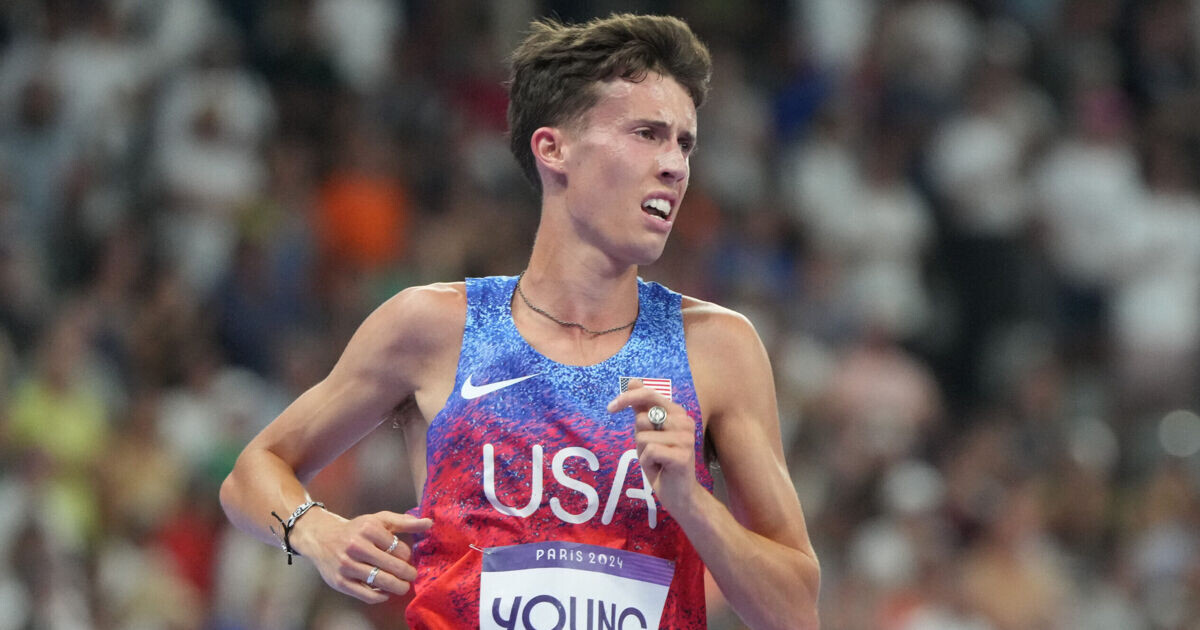
“What a way to end the night in Eugene,” echoed the sentiments of fans and announcers alike as Young crossed the line, arms raised in triumph.
At just 22 years old, Young’s victory represents a passing of the torch and a new era in American distance running. Known for his aggressive style and fearless front-running as a collegiate athlete at Northern Arizona University, Young has now proven he can execute a tactical race and close with world-class speed—a critical asset on the international stage.
The men’s 10,000m capped an electric night of competition at Hayward Field and set the tone for the rest of the championships. With this performance, Young not only claimed his first national title but also firmly established himself as a contender for global medals in the years ahead.
Men’s 10,000m – Final Results
• Nico Young – 29:02.12 (National Champion)
• Grant Fisher – 29:02.37 (National Runner-Up)
• Graham Blanks – 29:02.43 (National Bronze)
Stay tuned to My Best Runs for continued coverage of the 2025 USATF Outdoor Championships and road to the World Championships.
(08/01/2025) ⚡AMPby Boris Baron
Track’s Biggest Stars Return to Hayward Field for U.S. Championships
Eugene, Oregon – The stage is set for another electrifying weekend at iconic Hayward Field, as the Toyota U.S.A. Track & Field Outdoor Championships take place this Saturday and Sunday at 4 p.m. ET, airing live on NBC and Peacock.
Some of the sport’s biggest stars will be headlining the meet, including Sydney McLaughlin-Levrone and Noah Lyles, two of America’s premier track and field athletes.

McLaughlin-Levrone, the reigning Olympic and World Champion in the 400m hurdles, is returning to the national spotlight after a strategic training and race schedule this season. Known for her graceful power and impeccable technique, Sydney has already redefined what’s possible in her event—shattering the world record multiple times. Fans are eager to see whether she’ll contest the 400m flat or return to the hurdles in Eugene.
On the men’s side, all eyes are on Noah Lyles, the reigning World Champion in the 100m and 200m. Lyles has made it clear he’s aiming for greatness this year, with both Olympic gold and world records on his radar. His recent performances on the Diamond League circuit suggest he’s peaking at the right time.
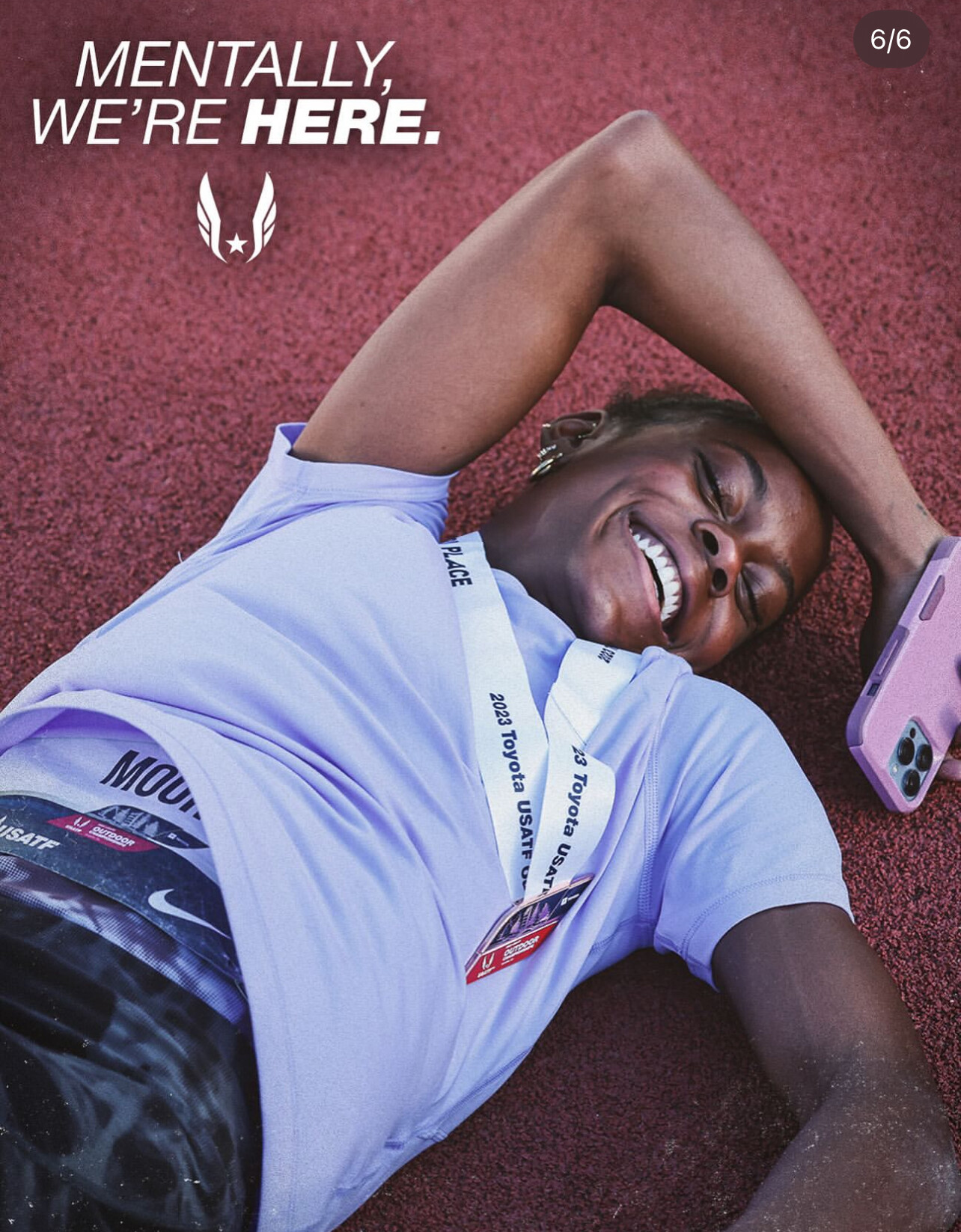
Distance Running Update: Eyes on the 1500m, 5000m, and 10,000m
The distance events promise fierce battles and major implications for Team USA selection.
In the men’s 1500m, all eyes will be on Yared Nuguse, who owns one of the fastest times in American history. He’ll be challenged by Cole Hocker, who famously stormed to an Olympic team spot in 2021, and NCAA standout Hobbs Kessler, who continues to climb the ranks.
The women’s 1500m will feature Nikki Hiltz, Emily Mackay, and Sinclaire Johnson, with Hiltz in standout form after their impressive road mile performances this season.
In the 5000m, American record holder Woody Kincaid will take on Grant Fisher, who’s back after injury and hungry to reclaim his place at the top. The women’s 5000m will include Elise Cranny, Karissa Schweizer, and Parker Valby, in what could be one of the most tactical races of the meet.
The 10,000m has already been contested earlier in the season, but the championship weekend will set the tone for the athletes’ final preparations ahead of international competition.
As always, Hayward Field brings the best out of American distance runners—expect fireworks as the fields chase not only titles, but Olympic dreams.
Catch the action live on NBC and Peacock.
Event: Toyota U.S.A. Track & Field Outdoor Championships
Location: Hayward Field, Eugene, Oregon
Broadcast: Saturday & Sunday at 4 p.m. ET on NBC & Peacock
(07/31/2025) ⚡AMP
by Boris Baron
Sorato Shimizu Sprints Into History: 16-Year-Old Clocks 10.00s to Set World Age-16 Record
Japanese sprinting phenom Sorato Shimizu has etched his name into the history books with a jaw-dropping performance at the Japanese Inter-School Championships—blazing to a 10.00-secondfinish in the 100 meters. At just 16 years old, Shimizu now owns the fastest time ever recorded by a 16-year-old, breaking the previous world best of 10.09 held by Thailand’s Puripol Boonson.
The time, achieved with a legal wind assistance of +1.7 m/s, marks a stunning personal best for the young star and sets a new World Age-16 Record. The stadium erupted as Shimizu crossed the line and confirmed the time on the scoreboard, with fans and fellow athletes celebrating what could be the beginning of a generational sprinting career.
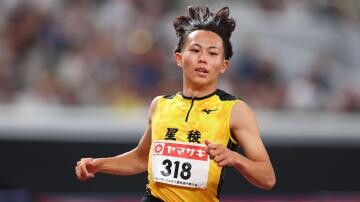
A Historic Milestone in Sprinting
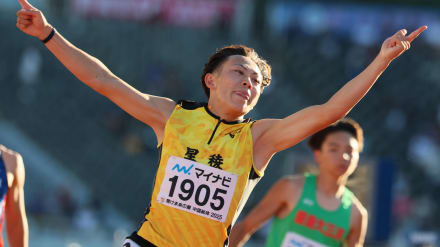
Running 10.00 seconds in the 100m is a feat few athletes achieve—even at the elite senior level. That a 16-year-old high school student has accomplished it underscores Shimizu’s immense talent and the growing strength of sprinting development in Japan.
Shimizu’s run wasn’t just about raw speed—it showcased poise, explosive acceleration, and flawless execution from start to finish. His reaction time, drive phase, and transition into top-end speed were that of a seasoned pro. It was a performance that stunned not only spectators in Japan but sprint fans across the globe.
Breaking Boonson’s Mark
Before Shimizu’s 10.00, the world age-16 best was 10.09, set by Thailand’s Puripol Boonson in 2022. Boonson has since gone on to become one of Asia’s fastest men—and Shimizu is now poised to follow a similar path, if not exceed it.
With this performance, Shimizu moves into a rarefied tier of sprinting prospects, joining a list that includes the likes of Trayvon Bromell, Erriyon Knighton, and Usain Bolt—who all produced world-class times as teenagers.
The New Face of Japanese Sprinting
Japan has long produced disciplined and technically sound sprinters, with athletes like Abdul Hakim Sani Brown, Yoshihide Kiryu, and Ryota Yamagata helping bring Japanese sprinting into the global spotlight. Sorato Shimizu now emerges as the new face of that legacy—and possibly, its next global champion.
With the Paris Olympics behind us and eyes already shifting to Los Angeles 2028, Shimizu’s name will surely be one to watch on the international scene.
What’s Next for Sorato Shimizu?
While this 10.00 clocking will take some time to fully digest, one thing is clear: Sorato Shimizu is just getting started. Still in high school, his future includes national championships, international junior meets, and, if his progression continues, a spot on Japan’s senior relay and individual sprint squads.
His breakthrough opens new possibilities for Japanese sprinting, showcasing that sub-10 is not a dream for the future—it’s a reality for the present.
Final Word
In an era where sprinting records are harder than ever to break, Sorato Shimizu just redefined what’s possible at age 16. His 10.00-second dash not only resets the record books—it ignites excitement for the future of global sprinting.
This isn’t just a time. It’s a statement.
Sorato Shimizu has arrived.
(07/31/2025) ⚡AMPby Boris Baron
A guide to the World Athletics Championships in Tokyo
Thousands of the world’s best athletes will head to Japan in September for the World Athletics Championships Tokyo 25.
The 20th edition of this prestigious competition will star more than 2000 athletes from some 200 countries as they compete for medals across 49 events during nine days of action from 13-21 September.
Which events are contested at the World Athletics Championships?
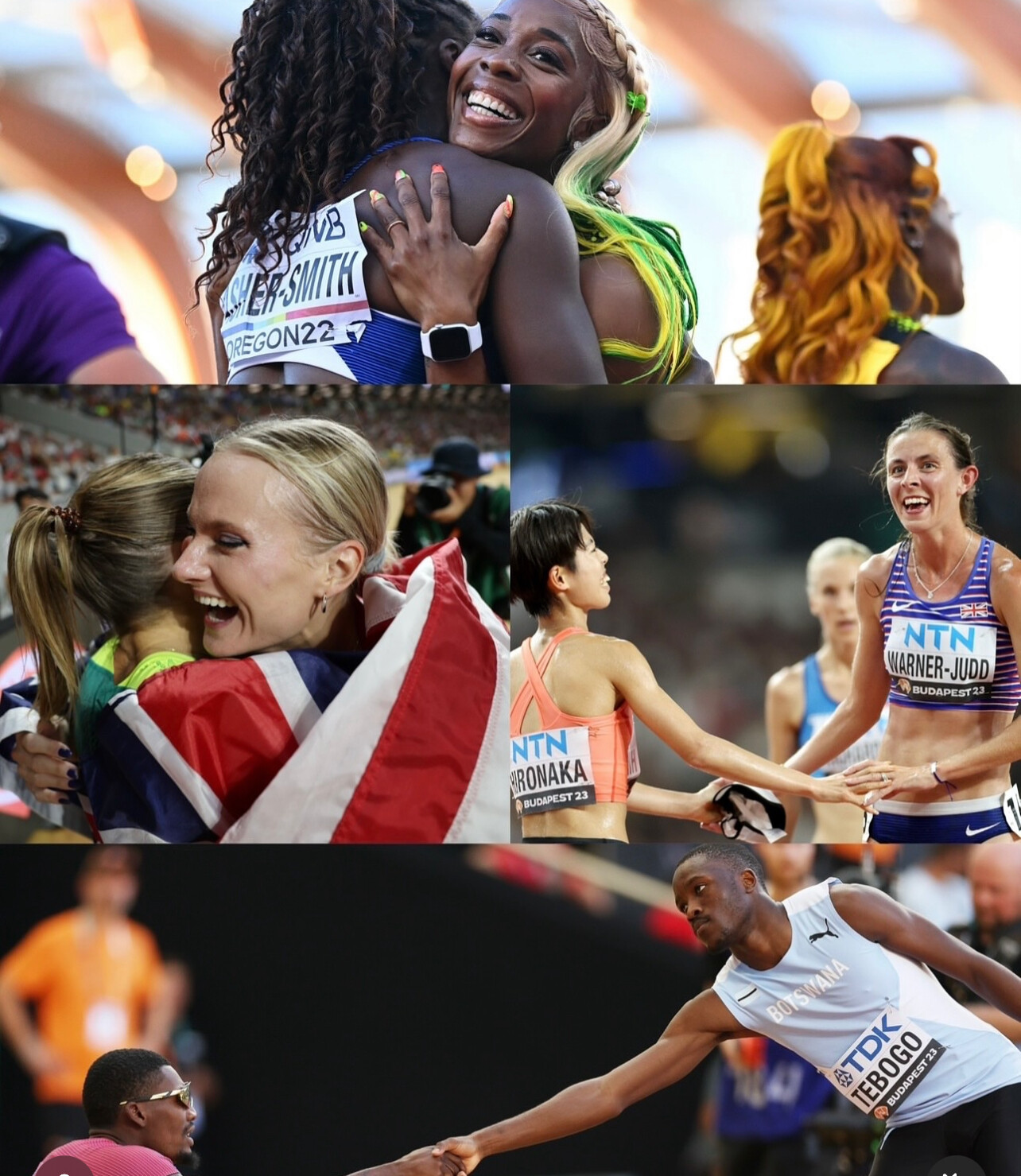
There are 49 events on the programme for the World Athletics Championships Tokyo 25, meaning 147 medals will be awarded across the nine action-packed days of competition.
There are an equal number of disciplines for women and men – 24 each and one mixed event.
The disciplines are:
• 100m – women and men• 200m – women and men• 400m – women and men• 800m – women and men• 1500m – women and men• 5000m – women and men• 10,000m – women and men• Marathon – women and men• 3000m steeplechase – women and men• 100m hurdles – women• 110m hurdles – men• 400m hurdles – women and men• heptathlon – women• decathlon – men• high jump – women and men• pole vault – women and men• long jump – women and men• triple jump – women and men• shot put – women and men• discus – women and men• hammer – women and men• javelin – women and men• 20km race walk – women and men• 35km race walk – women and men• 4x100m relay – women and men• 4x400m relay – women, men and mixed
Learn more about the various events on our dedicated disciplines page.
How do athletes qualify and gain selection for the World Athletics Championships Tokyo 25?
The qualification system is based on a combination of entry standards and world rankings. The qualifying window for the marathon was 5 November 2023 until 4 May 2025. For the 10,000m, 20km race walk, 35km race walk, combined events and relays, the window runs from 25 February 2024 to 24 August 2025. For all other events, entry standards can be achieved from 1 August 2024 to 24 August 2025.
The World Athletics Relays Guangzhou 25 was a qualifying event for the relays, with the top 14 teams in each discipline securing their place at the World Championships.
The Road to Tokyo online tool is designed to help athletes, fans and media track the qualification process. Searchable by event, country and qualification status, the tool provides a real-time view of each event over the course of the qualification period.
The tool does not, and will not, indicate which athletes have been selected for entry by their member federation. Final entries will be published nearer to the time of the World Championships.
Will athletes win prize money?
Individual athletes and relay teams will win prize money at the World Athletics Championships Tokyo 25. There is a total prize money pot of US$8,498,000.
Individuals1st US$70,0002nd US$35,0003rd US$22,0004th US$16,0005th US$11,0006th US$70007th US$60008th US$5000
Teams1st US$80,0002nd US$40,0003rd US$20,0004th US$16,0005th US$12,0006th US$80007th US$60008th US$4000
There is also a world record bonus of US$100,000.
Which athletes will be competing?
The world’s best athletes – including global champions and world record-holders – will be competing at the World Athletics Championships Tokyo 25.
The names of the athletes who will be there will not be certain until the qualifying window closes and nations select their teams.
Champions from the last edition of the World Championships in Budapest in 2023 include:
• Sweden’s world pole vault record-holder Mondo Duplantis• Kenya’s world 1500m record-holder Faith Kipyegon• USA’s double sprint champion Noah Lyles• Ukraine’s world high jump record-holder Yaroslava Mahuchikh• USA’s world shot put record-holder Ryan Crouser• Dutch Olympic and world 400m hurdles medallist Femke Bol• India’s Tokyo Olympic javelin champion Neeraj Chopra• Venezuela’s world triple jump record-holder Yulimar Rojas• Norwegian multiple world record-holder Jakob Ingebrigtsen• Japan’s Olympic javelin champion Haruka Kitaguchi
(07/30/2025) ⚡AMPby World Athletics
Men’s Elite Field Set for a Sizzling Showdown at the 2025 Berlin Marathon
Berlin, Germany – September 29, 2025 (Race Day)
With its flat, fast course and history of record-breaking performances, the BMW Berlin Marathon has become a magnet for the world’s best distance runners—and this year is no exception.
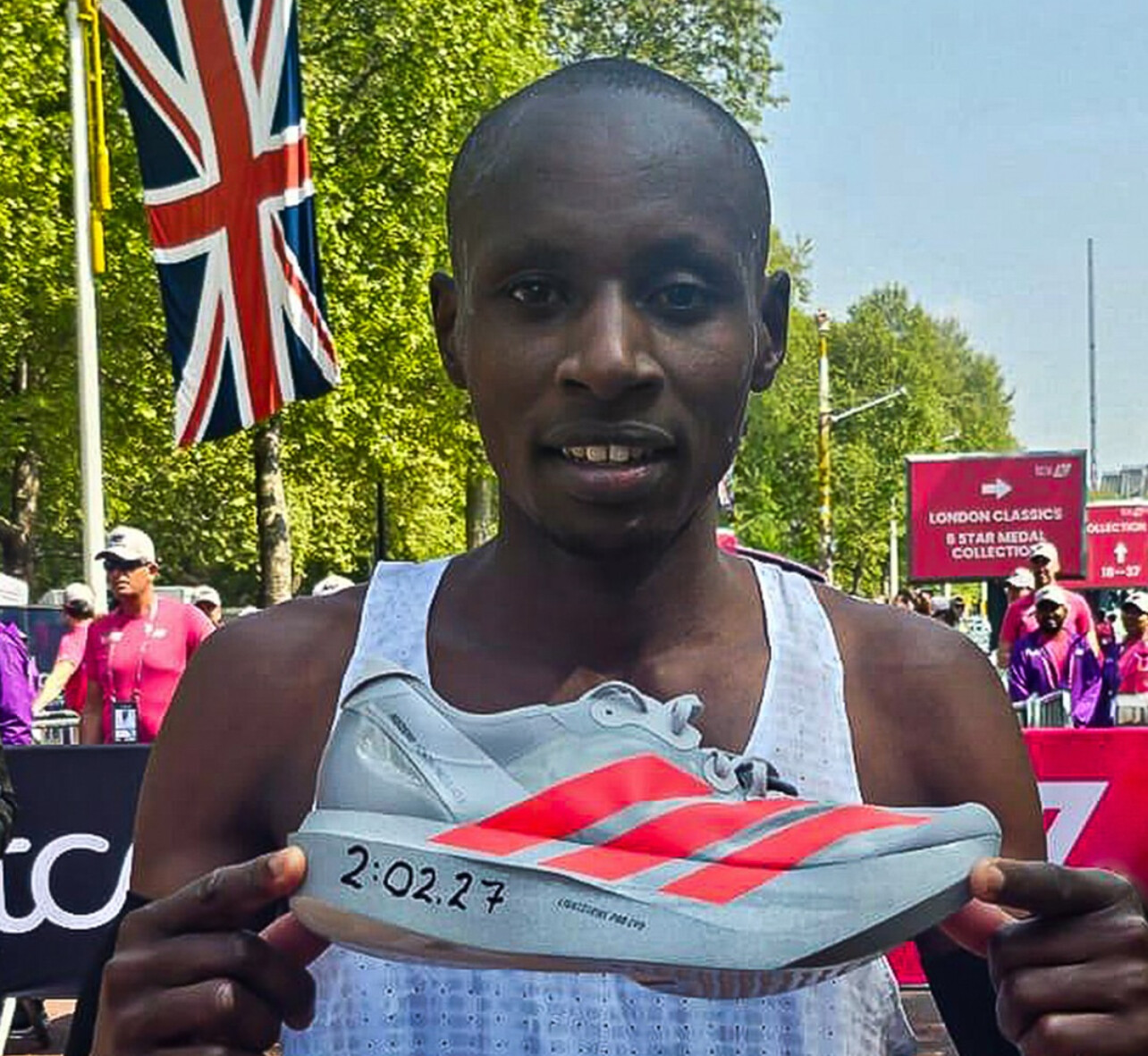
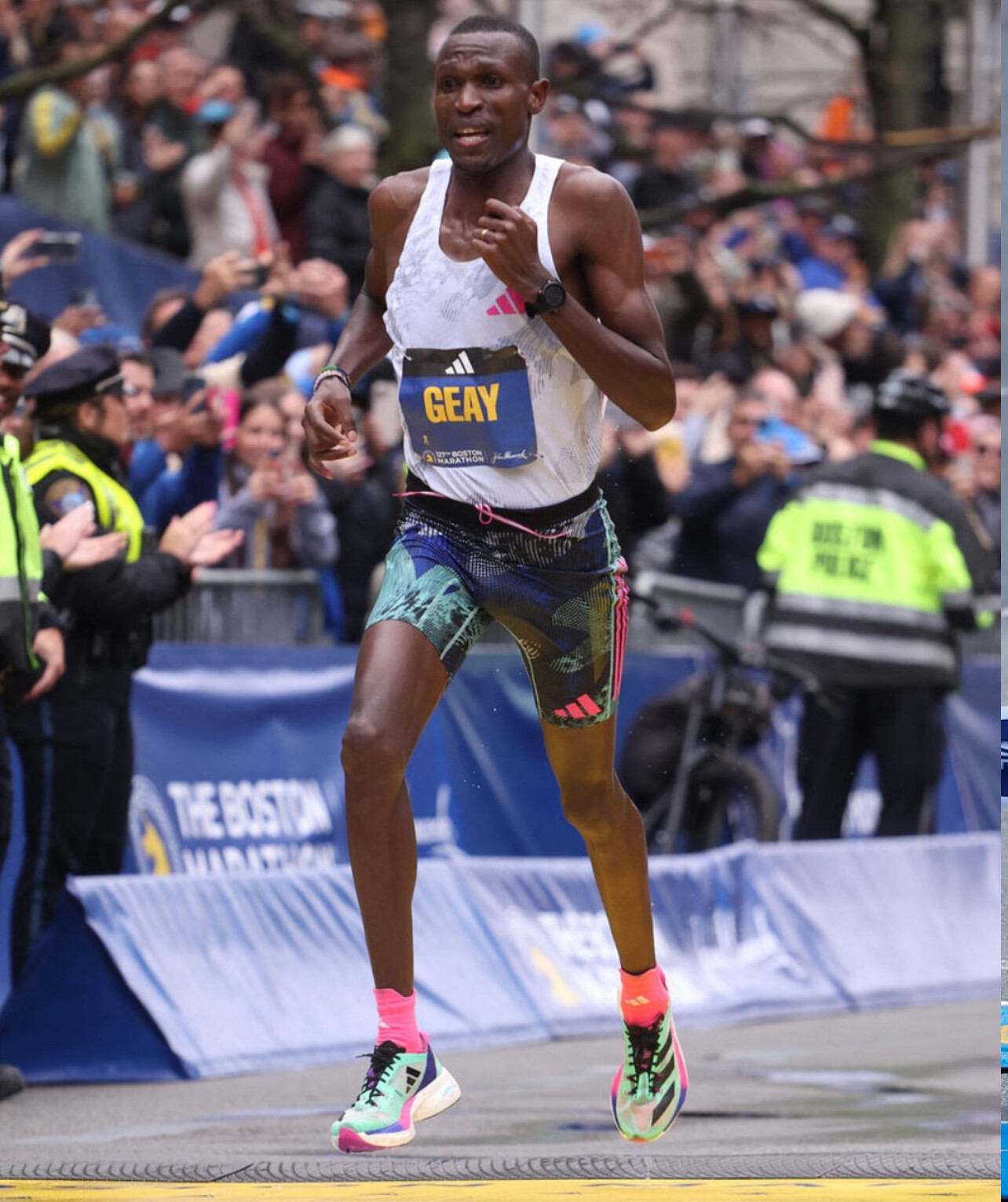
The 2025 men’s elite field is stacked with sub-2:05 talent from Kenya, Ethiopia, Tanzania, and Japan, including several proven champions and emerging stars. On September 29, all eyes will be on Berlin to see if the next marathon milestone can be broken.
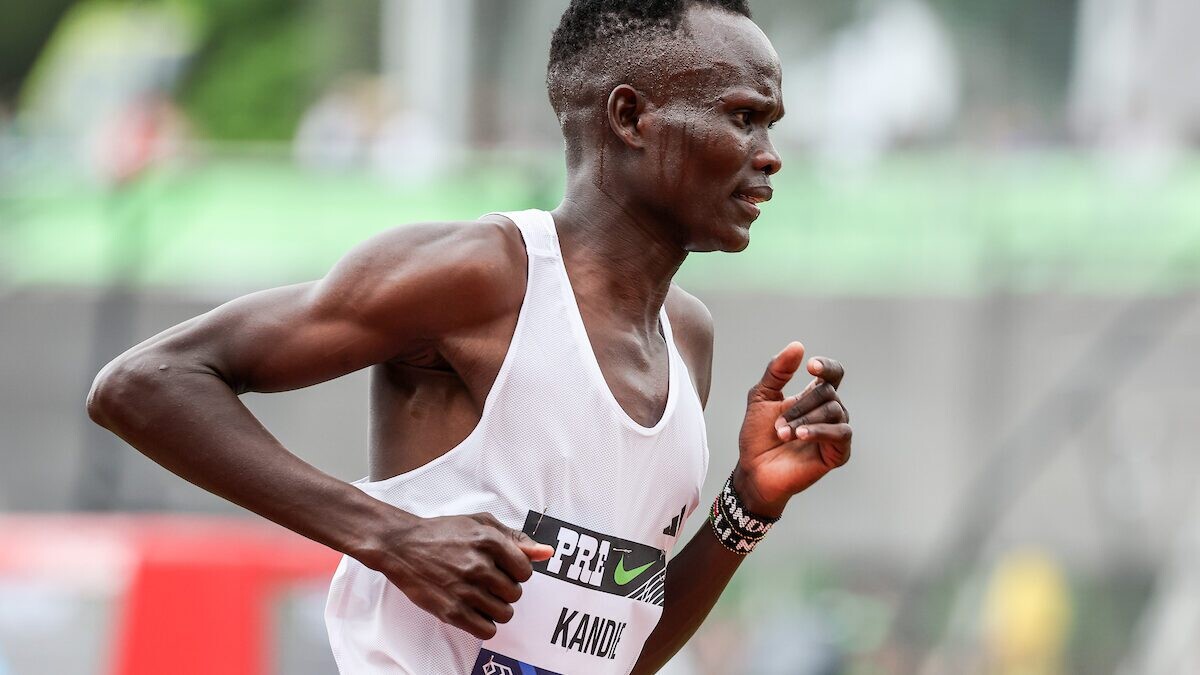
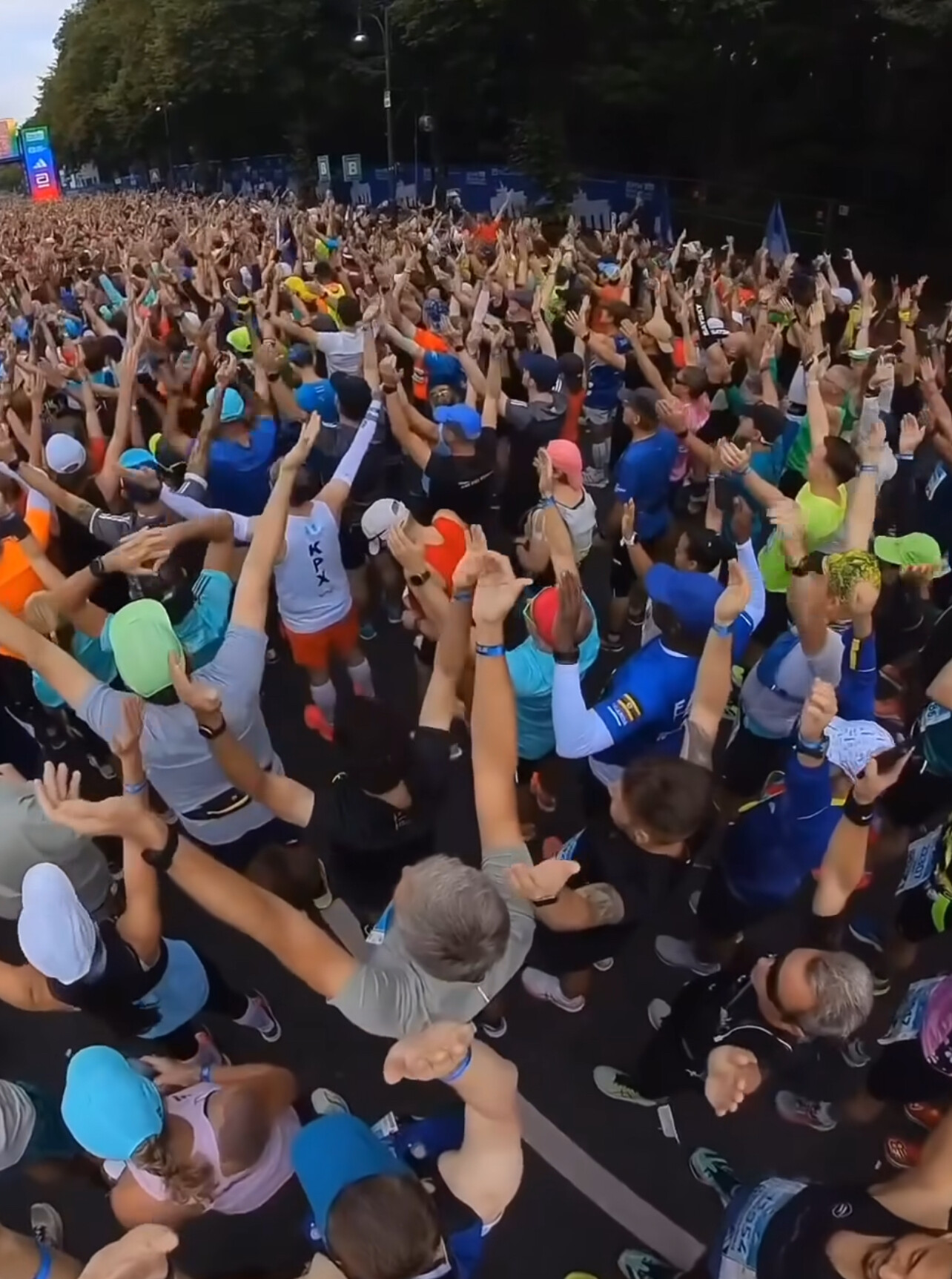
Top Contenders and Their Personal Bests
|
Name |
Country |
Personal Best |
|
Sabastian Sawe |
KEN |
2:02:05 |
|
Gabriel Gerald Geay |
TAN |
2:03:00 |
|
Milkesa Mengesha |
ETH |
2:03:17 |
|
Haymanot Alew |
ETH |
2:03:31 |
|
Guye Adola |
ETH |
2:03:46 |
|
Leul Gebresilase |
ETH |
2:04:02 |
|
Tesfaye Deriba |
ETH |
2:04:13 |
|
Daniel Mateiko |
KEN |
2:04:24 |
|
Haftu Teklu |
ETH |
2:04:42 |
|
Chimdessa Debele |
ETH |
2:04:44 |
|
Kengo Suzuki |
JPN |
2:04:56 |
|
Abel Kirui |
KEN |
2:05:04 |
|
Chala Regasa |
ETH |
2:05:06 |
|
Samwel Mailu |
KEN |
2:05:08 |
|
Yihunilign Adane |
ETH |
2:05:3 |
|
|
|
Kenya and Ethiopia Headline the Race
Kenya’s Sabastian Sawe, with a PB of 2:02:05, enters as the top seed. He’s followed closely by Tanzania’s Gabriel Geay, who made headlines in Boston and New York with aggressive front-running. Ethiopia is sending a deep and dangerous lineup—including Milkesa Mengesha, Haymanot Alew, and veteran Guye Adola (the 2021 Berlin champion).
Daniel Mateiko of Kenya, a former half marathon standout, will look to solidify his position as a full marathon threat, while Abel Kirui, the two-time world champion, continues to defy age with elite performances.
The Global Wildcard: Japan’s Kengo Suzuki
With a 2:04:56 personal best, Kengo Suzuki is the fastest Japanese marathoner ever and could be a serious factor if conditions align. His presence adds global depth to a field heavily dominated by East Africa.
Fast Times Almost Guaranteed
Berlin’s pancake-flat course, combined with cool fall weather and top-tier pacers, means fast times are almost inevitable. With six men holding PBs under 2:04 and over a dozen under 2:05, there’s a strong chance we could see a sub-2:03 winner, or even a new course record.
While the official world record still stands at 2:00:35 (set in 2023 by Eliud Kipchoge), several in this year’s field have the credentials—and ambition—to challenge history.
Race Day Outlook
• Date: Sunday, September 29, 2025
• Course: Flat and record-ready, through the streets of Berlin
• Weather Forecast: Typically cool (expected 11–13°C), ideal for fast times
• Live Coverage: Streaming and TV coverage expected worldwide
Stay tuned to My Best Runs for full coverage, live updates, and post-race analysis from Berlin!
(07/29/2025) ⚡AMPby Boris Baron
BMW Berlin Marathon
The story of the BERLIN-MARATHON is a story of the development of road running. When the first BERLIN-MARATHON was started on 13th October 1974 on a minor road next to the stadium of the organisers‘ club SC Charlottenburg Berlin 286 athletes had entered. The first winners were runners from Berlin: Günter Hallas (2:44:53), who still runs the BERLIN-MARATHON today, and...
more...Genzebe Dibaba: Chasing Greatness on the Roads, Will Berlin 2025 be her moment of redemption?
Where is Genzebe Dibaba?
Once the undisputed queen of the track, the six-time world champion and Olympic 1500m silver medalist has spent recent years grappling with one of the toughest transitions in elite running: the marathon.
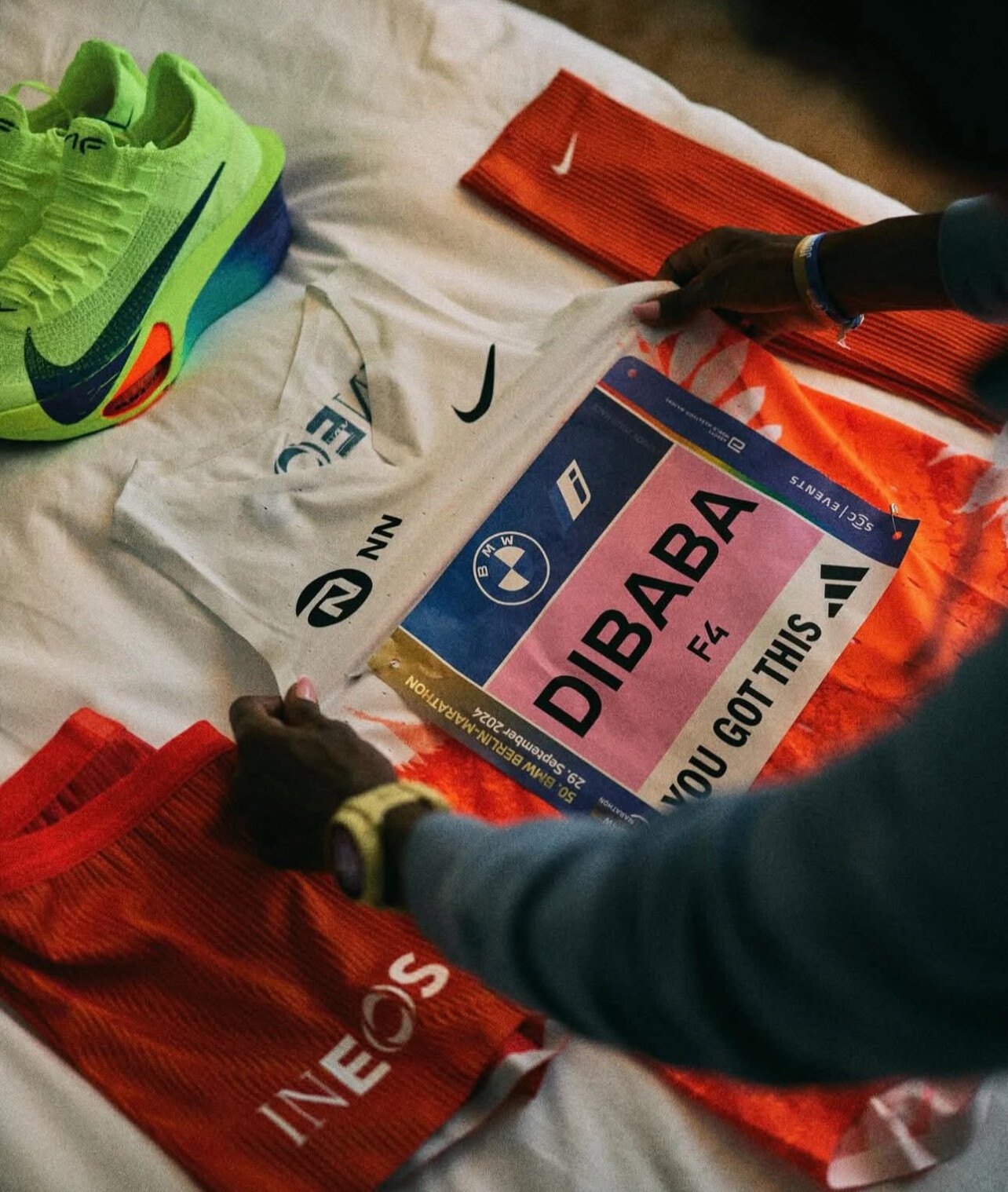
“The marathon is not only a test on race day,” Dibaba said recently. “It challenges every part of you—especially during training.”
Since stepping up to the 42.195-kilometer distance, the journey has been anything but smooth. Known for her devastating finishing kick and fluid stride on the track, Genzebe has found the roads to be an entirely different battleground—one that demands patience, endurance, and humility.
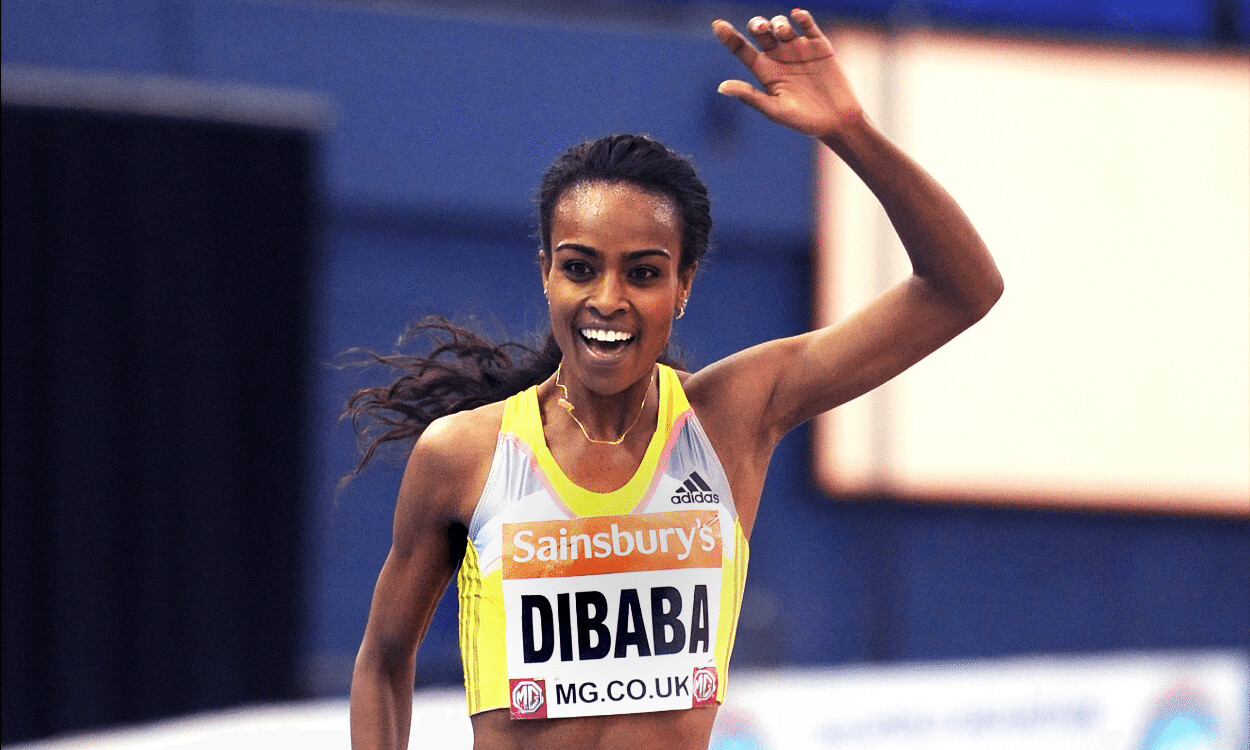
In 2024, the spotlight was on her return to Berlin, home of world records and legendary performances. But the race didn’t go as planned. Dibaba did not finish—a rare DNF for one of the most accomplished athletes of her generation. And just like that, she disappeared from competition.
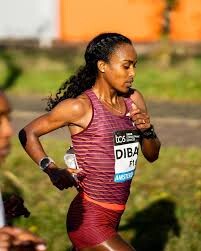
But not from the sport.
Back in the high-altitude terrain of Addis Ababa, Genzebe has been quietly rebuilding. Her training partner is her younger sister, Anna Dibaba—a rising star in her own right. Together, away from the noise, they’ve been logging miles, revisiting fundamentals, and chasing the kind of strength only the marathon demands.

Genzebe’s pedigree remains unquestioned. From junior dominance to world indoor records, from global titles in cross country to Olympic medals on the track—few athletes have ever displayed her range or brilliance. While the marathon has stretched her, she’s shown time and again that she thrives on challenges.
Berlin 2025: A Race of Legends
Now, all eyes are turning once again toward the BMW Berlin Marathon, set for Sunday, September 28, 2025. As one of the six Abbott World Marathon Majors, Berlin is renowned for its flat, fast course and record-breaking performances. Eliud Kipchoge famously broke the world record there in 2022 (2:01:09), and Berlin has hosted more official men’s and women’s world records than any other marathon.
The 2025 edition is expected to feature a deep elite field, with organizers already teasing the return of top contenders from around the world. It’s a race that attracts nearly 50,000 runners and millions of spectators, making it one of the most iconic events on the global calendar.
And the big question lingers:
Will Genzebe Dibaba be among them? Will she return to Berlin in search of redemption and reassert her place among the greats—this time on the roads?
The countdown is on.
And if Genzebe lines up at the start in September, it won’t just be a race.
It will be a statement.
(07/28/2025) ⚡AMPby Boris Baron
Galen Rupp Set for Comeback at Wharf to Wharf 6-Miler After 1.5-Year Hiatus
Four-time Olympian and two-time Olympic medalist Galen Rupp is officially back on the starting line.
After being sidelined for the past 18 months due to a lingering hip issue, Rupp is set to make his long-awaited return to racing this Sunday at the iconic Wharf to Wharf 6-Mile race in Santa Cruz, California.
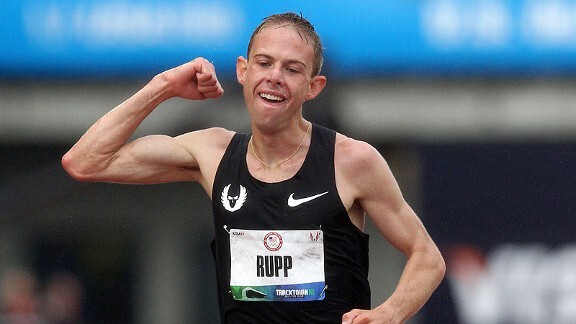
This will be his first race since early 2024—and one that fans and fellow runners alike have been waiting for.
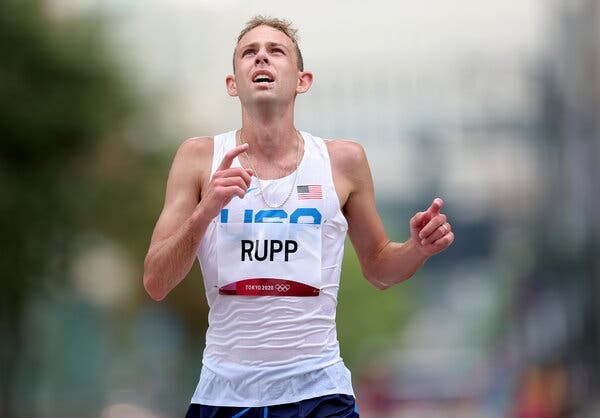
“I’ve missed the rhythm of race day,” Rupp shared earlier this week. “This is just the first step, but I’m excited to be out there again, doing what I love.”
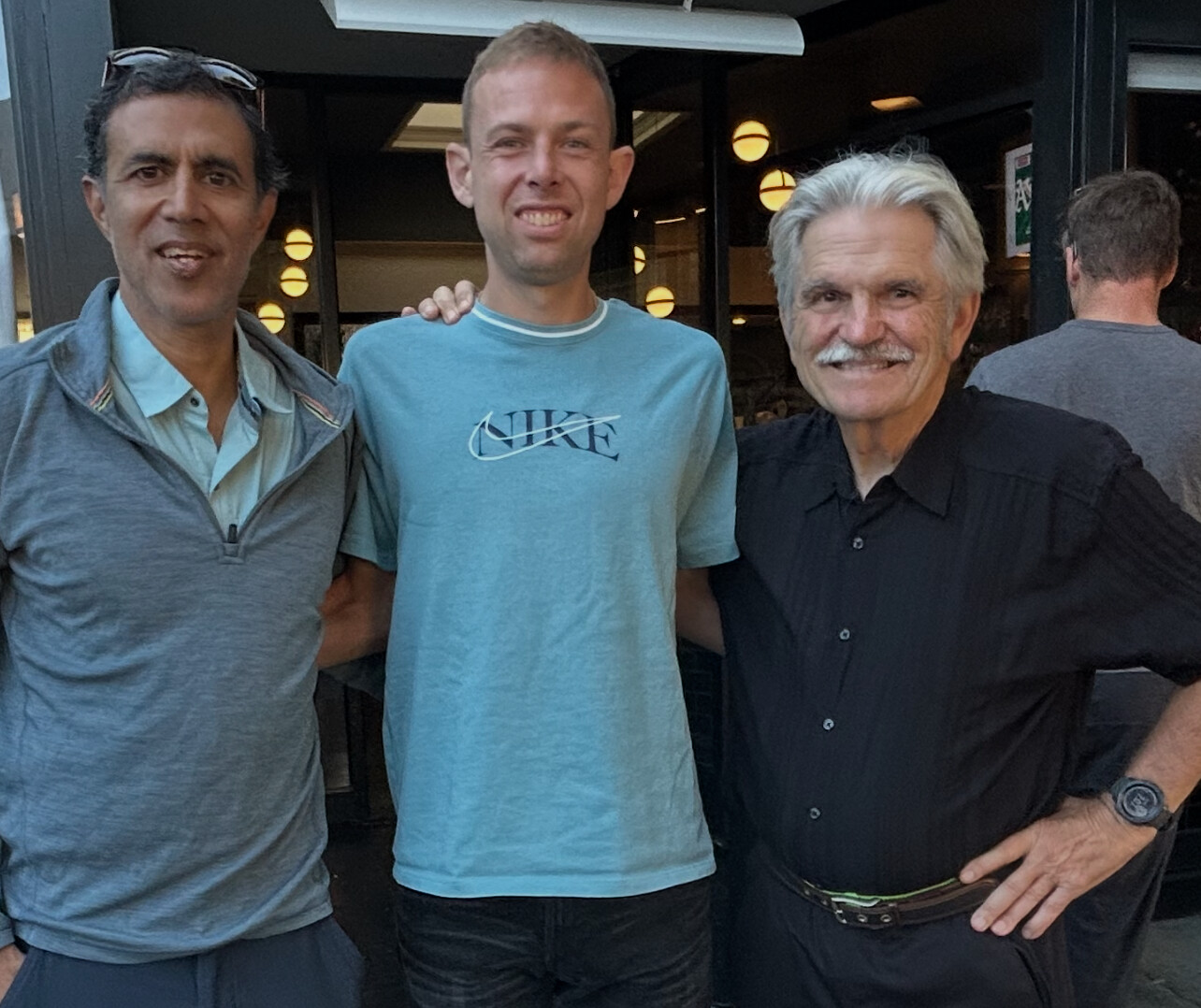
The Wharf to Wharf, a scenic and fast six-mile race from Santa Cruz to Capitola, draws a mix of elite and recreational runners each year. With limited spots and a festive coastal atmosphere, it has long been a summer staple on the West Coast running calendar.
Rupp’s entry was a quiet one, but it didn’t take long for word to spread. The 38-year-old American distance legend hasn’t raced since suffering a setback in his bid to qualify for another Olympic team in early 2024. Ongoing hip complications forced him to the sidelines for rehabilitation and recovery.
Now, with months of solid training behind him and the injury finally in the rearview, he’s ready to test himself in a competitive setting once again.
“We had dinner tonight with Galen,” said Bob Anderson, founder of My Best Runs. “I asked him if he was ready to take the win, and he just gave me that smile that said it all.”
According to Anderson, Rupp’s training has gone well, the hip is no longer an issue, and with favorable weather conditions expected Sunday morning, everything is lining up for a strong showing. “He had a good pasta dinner,” Anderson added. “He’s ready to do it.”
While no one expects a record-breaking performance—Rupp himself cautioned he’s still working back into full form—his participation alone marks a significant moment for American distance running.
Few runners have accomplished as much as Galen Rupp:
• Olympic Silver Medal (10,000m, London 2012)
• Olympic Bronze Medal (Marathon, Rio 2016)
• Multiple U.S. Titles across the 10,000m and marathon
• 2:06:07 personal best in the marathon
His return signals hope that one of America’s greatest distance talents still has more to give.
“He could’ve quietly stepped away,” one local runner said. “But the fact he’s toeing the line in Santa Cruz shows he’s not done yet.”
The race begins at 8:00 am. on Sunday, with Rupp expected to line up alongside a strong field. Whether it’s a win, a top-10, or just crossing the finish line, this race marks an emotional and meaningful return for one of the sport’s most decorated runners.
last photo Galen with Amol and Bob after dinner in Palo Alto the night before his comeback race.
(07/26/2025) ⚡AMPby Boris Baron
Wharf to Wharf
Each year, on the fourth Sunday in July, thousands of runners from across America and around the globe return to Santa Cruz, California for the annual six-mile race to Capitola-by-the-Sea. First run in 1973 by a handful of locals, the Wharf to Wharf Race today enjoys a gourmet reputation in running circles worldwide. Its scenic, seaside setting, perfect weather, and...
more...Strava Removes 4.45 Million Activities to Restore Integrity to Running Leaderboards
Strava just took a giant leap to restore trust in its running segment leaderboards—over 4.45 million activities have been purged from the platform.
Why such a massive cleanup? Many of those entries were either mislabeled as runs when they weren’t, or recorded while the user was riding in a car. For runners chasing KOMs (King of the Mountain) and segment PRs, this move is long overdue.
The platform’s goal is simple: ensure that leaderboard rankings reflect genuine human effort, not accidental car rides or mislogged workouts.
Earlier this year, Strava introduced a new machine learning system designed to catch these errors. It analyzes 57 variables—including speed, acceleration, and GPS patterns—to detect anomalies. Since launching in February, the system has led to a 72% drop in user-reported “vehicle” runs.
For runners who’ve trained hard and earned their spot on the board, this is a welcome correction. And for those who’ve lost segment crowns to impossible paces, justice has finally arrived.
Strava isn’t just removing suspicious data—it’s giving runners control. The system allows users to fix flagged runs by marking them private or deleting them entirely.
But that’s not all. Strava is continuing to enhance the experience for runners:
• AI-powered route suggestions tailored to your training goals
• Points of interest like restrooms and water fountains embedded into routes
• Seamless point-to-point navigation for longer or exploratory runs
Strava has also expanded its platform by acquiring The Breakaway, a performance-focused training app, signaling even more tools may soon be available for serious and recreational runners alike.
Bottom line: Strava’s leaderboards are becoming cleaner, smarter, and more accurate—which means segment records now reflect what they were meant to: real running.
(07/25/2025) ⚡AMPby Boris Baron
Jamaica Takes Over the 100m in 2025 — But Don’t Count Team USA Out Just Yet
Jamaica is back—and in a big way. With just weeks until the World Athletics Championships Tokyo 2025, the top three times in the men’s 100 meters all belong to Jamaican sprinters:
Kishane Thompson – 9.75

Bryan Levell – 9.82

Oblique Seville – 9.83
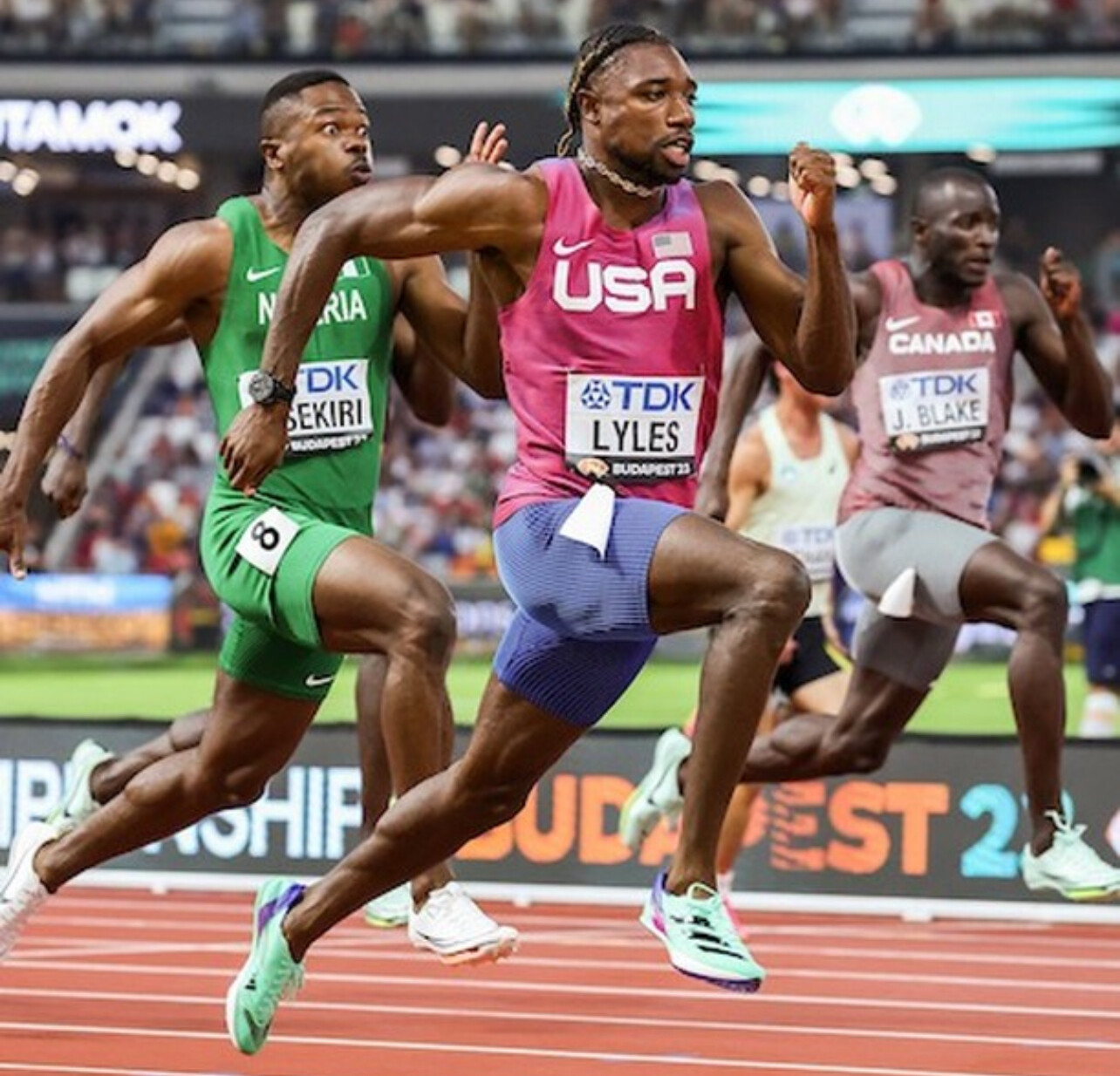
It’s a stunning sweep that echoes the glory days of Usain Bolt, Asafa Powell, and Yohan Blake. Once again, Jamaica is asserting sprinting dominance on the global stage.
But the Americans aren’t backing down.
The U.S. Response
Christian Coleman, the 2019 World Champion and indoor world record holder, remains a serious contender. While he hasn’t cracked the 9.80 mark this season, his raw speed and big-meet experience can’t be ignored.
Then there’s Noah Lyles, the reigning 100m world champion from 2023. Lyles opened 2025 focused more on the 200m and Olympic buildup, but he’s expected to peak at the right time. He holds a personal best of 9.83, and if he gets the start right, he can be deadly in the final 30 meters.
Fred Kerley and Trayvon Bromell are also in the mix, both capable of sub-9.90 performances when healthy and locked in. Their challenge now is to stay consistent as the season progresses.
The Rivalry is Back
Tokyo 2025 could deliver one of the most thrilling 100-meter finals in recent memory:
• Three Jamaicans in peak form.
• Four Americans with world-class credentials.
• African stars like Omanyala and Tebogo chasing their first world title.
It’s a global showdown that brings back the tension and electricity of the Bolt-Gatlin era—only this time, the Jamaicans aren’t chasing; they’re being chased.
As World Athletics put it: “JAMAICA TO THE WORLD” — but America might have something to say about that.
(07/25/2025) ⚡AMPby Boris Baron
Jordan Guenther: The American Superfan Who Has Become a Beloved Part of Kenyan Athletics
In a sport often defined by national pride, few stories cut across borders like that of Jordan Guenther, an American who has become one of the most recognizable and beloved supporters of Kenyan athletics. Despite not being a coach, manager, or official, Guenther has carved out a unique space within the global running community—one built entirely on passion, consistency, and genuine admiration.
You might spot him at major championships in Paris, Budapest, or Eugene—not just in the stands, but shoulder to shoulder with the likes of Faith Kipyegon, Kelvin Kiptum, and Ruth Chepngetich, proudly wearing Kenyan gear and cheering louder than anyone.
From Fan to Family
Jordan’s journey into the heart of Kenyan athletics started simply—as a fan. But his actions quickly separated him from the crowd. He didn’t just cheer from afar. He learned Swahili. He wore the team colors. He showed up—again and again.
At the 2023 World Championships in Budapest, Faith Kipyegon, arguably the greatest female middle-distance runner in history, gifted him a race kit with her name printed on the bib. It was more than a gesture—it was an embrace.
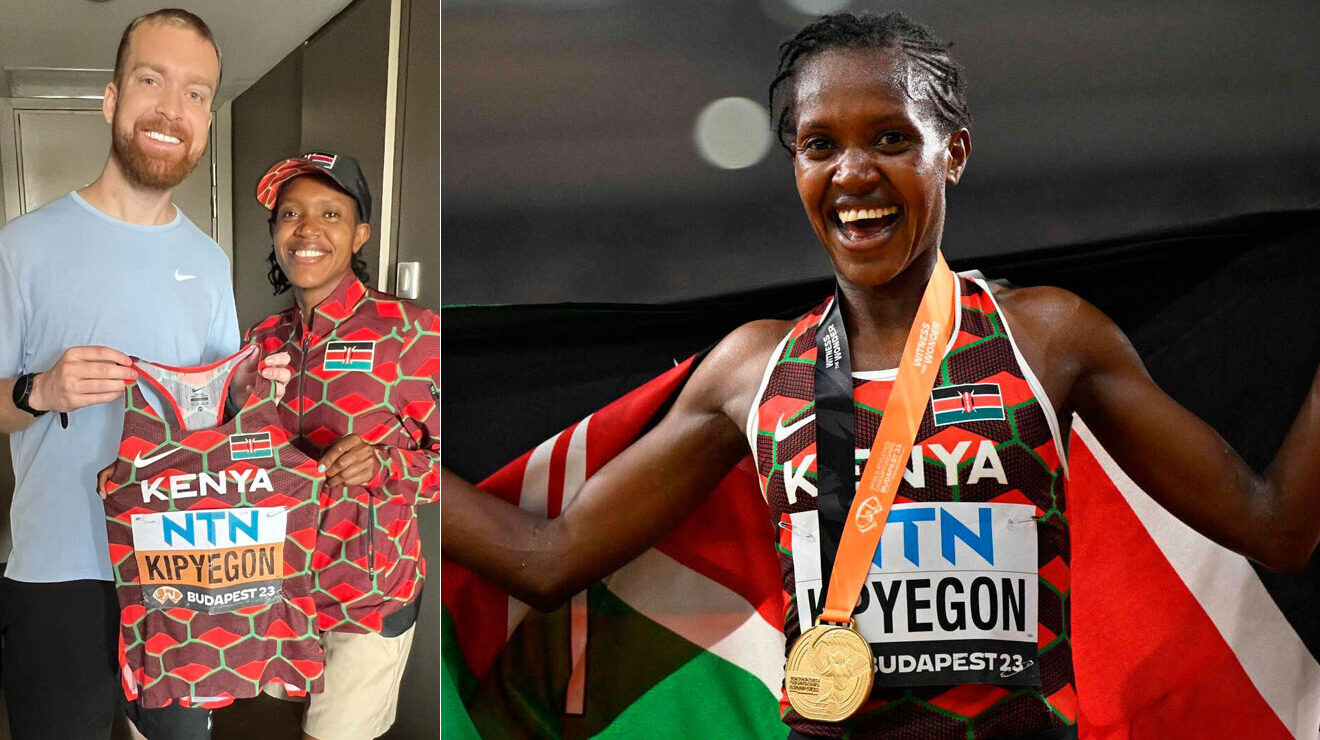
“He’s one of us,” said a Kenyan fan at the time. “More Kenyan than some Kenyans.”
The sentiment was echoed by many in the athletics community. Guenther was affectionately nicknamed “Kipchumba”, meaning “son of Kip” in Swahili, and his growing bond with Kenyan athletes became a story of its own.
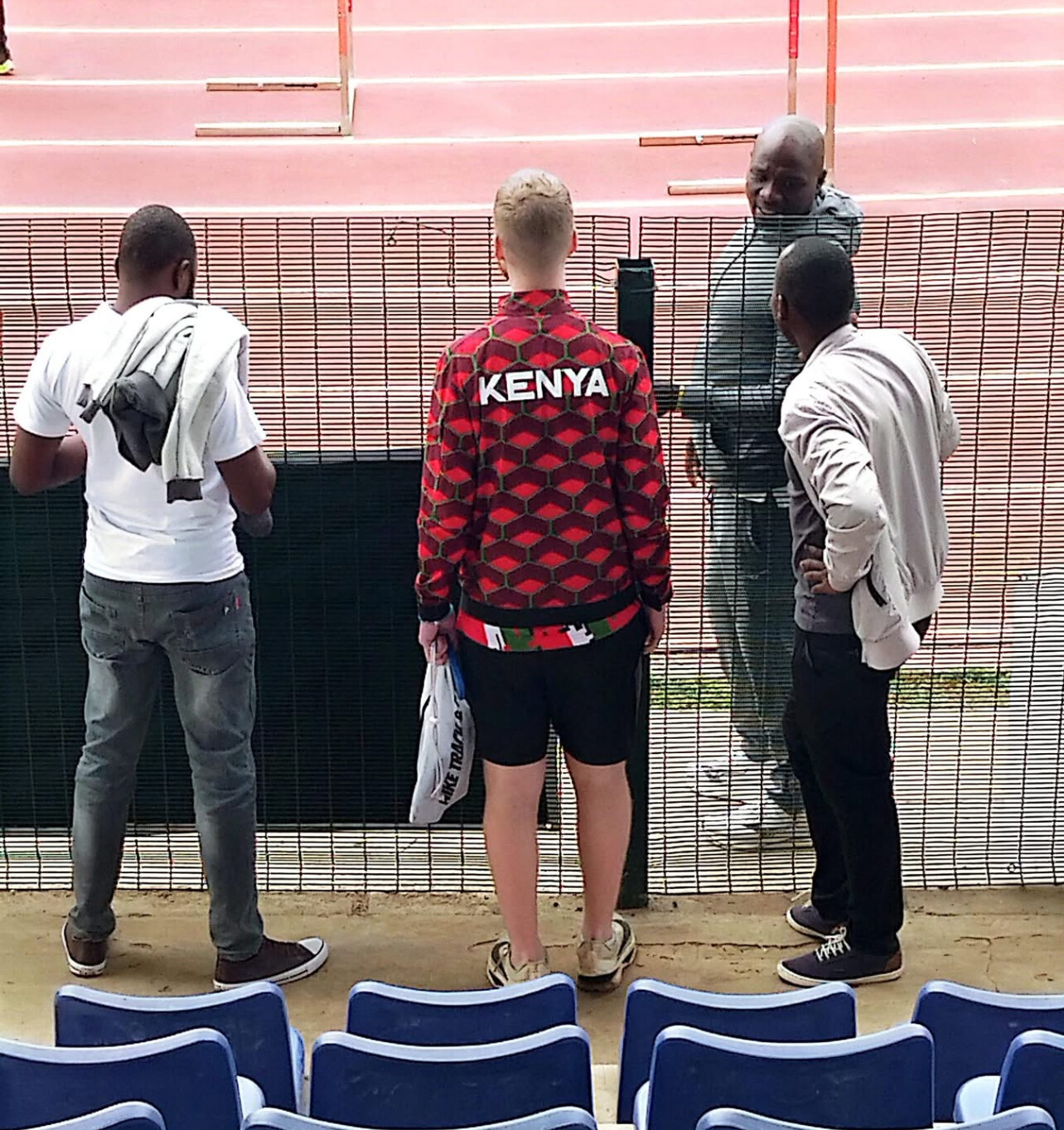
A Constant Presence
Guenther has attended countless major events around the world, often at his own expense. He has been spotted:
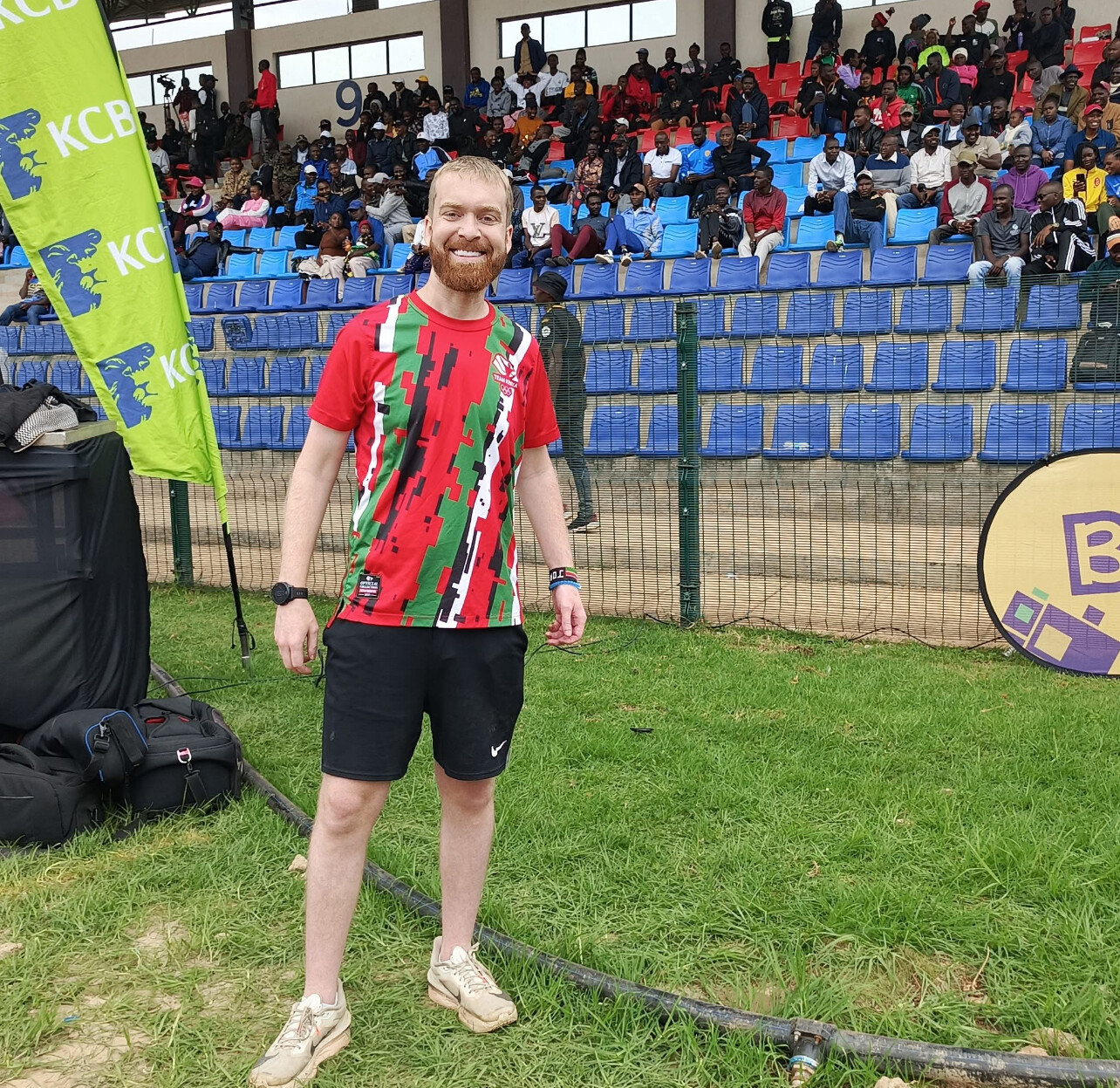
• Hosting pre-marathon meals with top stars like Benson Kipruto and Joyciline Jepkosgei
• Posing for photos in full Kenyan tracksuits
• Traveling to Paris, Monaco, and Nairobi to support athletes not just in competition—but in spirit
His unwavering dedication has made him a symbol of what sports fandom can be: personal, respectful, and deeply felt.
Behind the Scenes
Despite the growing attention, little is publicly known about Jordan’s background or source of income. He maintains a low profile online and is not affiliated with any official athletic federation. What is clear is that his commitment is real and lasting—and that athletes trust him.
The Kenya Tourism Board even highlighted Guenther in promotional materials, recognizing his unique role in promoting the country’s sports culture on a global stage.
“He doesn’t do it for the cameras,” said one coach. “He does it because he cares.”
Why It Matters
In a world where sports often feel transactional, Guenther represents something purer. His story is a reminder that connection doesn’t require contracts—it requires consistency. And that love for a team, a country, or a culture can transcend boundaries.
At a time when global athletics is searching for new audiences and deeper engagement, the story of Jordan Guenther offers a blueprint: show up, give respect, and let your actions speak louder than your voice.
Jordan Guenther may not hold a title, but he holds the respect of some of the greatest athletes in the world. And in the global family of distance running, he’s not just a fan—he’s one of the tribe.
(07/24/2025) ⚡AMPby Boris Baron
Michael Johnson’s Grand Slam Track Faces $13M Crisis After Investor Fallout
Michael Johnson’s ambitious new track and field league, Grand Slam Track, is facing a major financial crisis after a key investor backed out of their funding commitment, leaving the startup owing athletes and vendors over $13 million.
Launched in early 2025 with the goal of transforming the economics of elite track competition, Grand Slam Track promised unprecedented prize money across four high-profile meets. Athletes were told they could earn up to $100,000 per event, far surpassing the standard payouts in the sport.
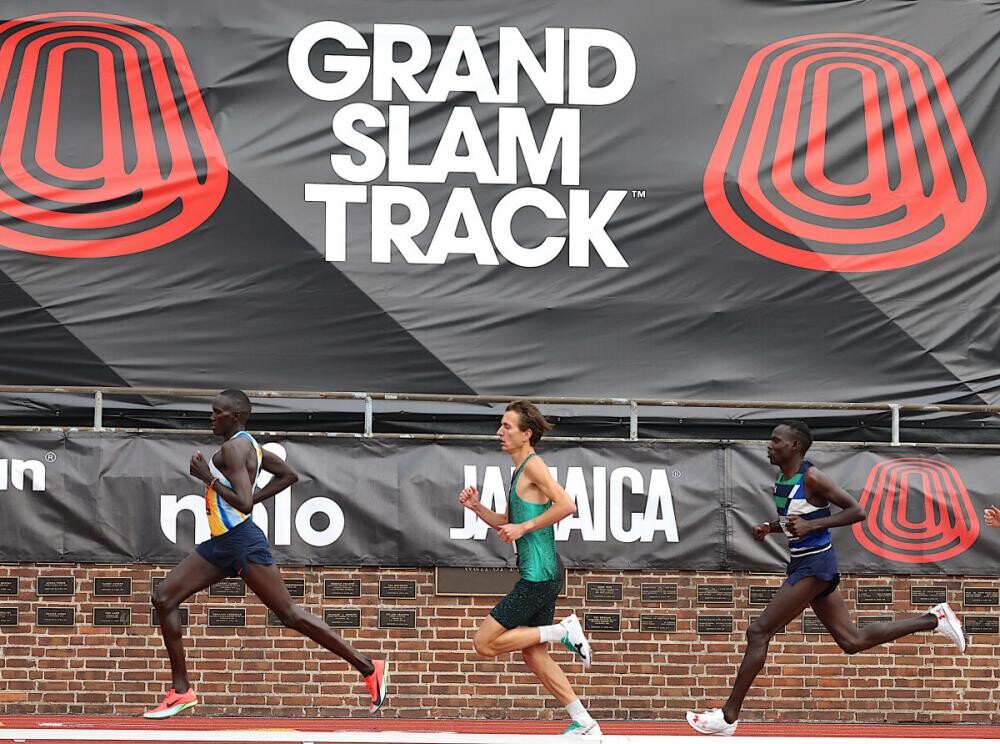
But just months into its debut season, the reality behind the scenes has shifted dramatically.
“A major investor failed to fulfill their full commitment,” Johnson told Front Office Sports. “That put us in a major, major cash flow issue.”
Millions Owed to Athletes
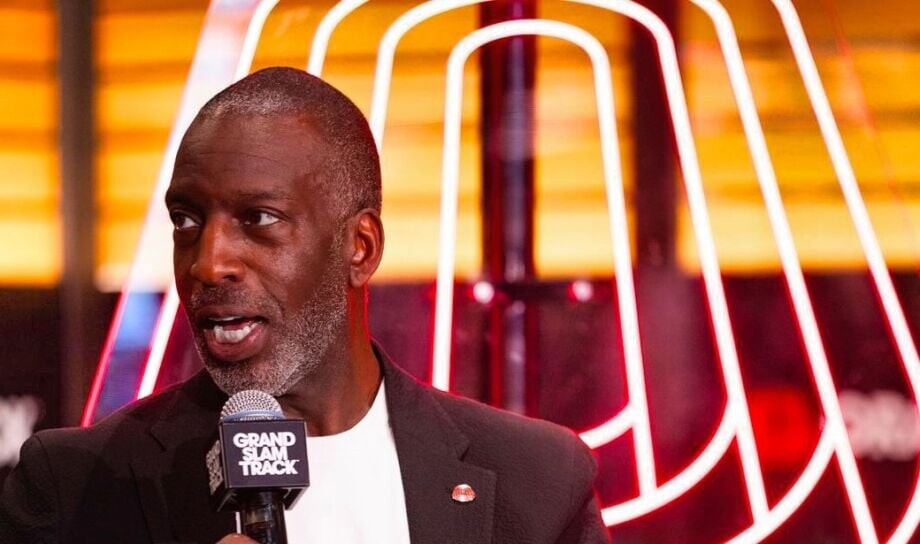
Only appearance fees from the opening event in Kingston, Jamaica have been paid out. Payments for subsequent events in Miami and Philadelphia are still pending, and no compensation was issued for the Los Angeles event, which was ultimately canceled.
In total, Grand Slam Track now owes at least $13 million to athletes, plus an undisclosed amount to vendors and venues. The startup also defaulted on payments to key partners, including approximately $78,000 owed to the Ansin Sports Complex in Florida.
Athletes have voiced their frustration publicly. Sprinter Gabby Thomas and British star Zharnel Hughes are among those still awaiting payments. The company has informed agents that Kingston prize money will be paid by end of July, with all other dues—including from the canceled LA meet—settled by September.
World Athletics Steps In
The growing controversy has caught the attention of World Athletics President Sebastian Coe, who said the organization is “monitoring the situation closely.” In recent interviews, Coe cautioned against “vanity projects” that are heavy on promise but light on execution, adding that athletes and agents have raised formal concerns with the global governing body.
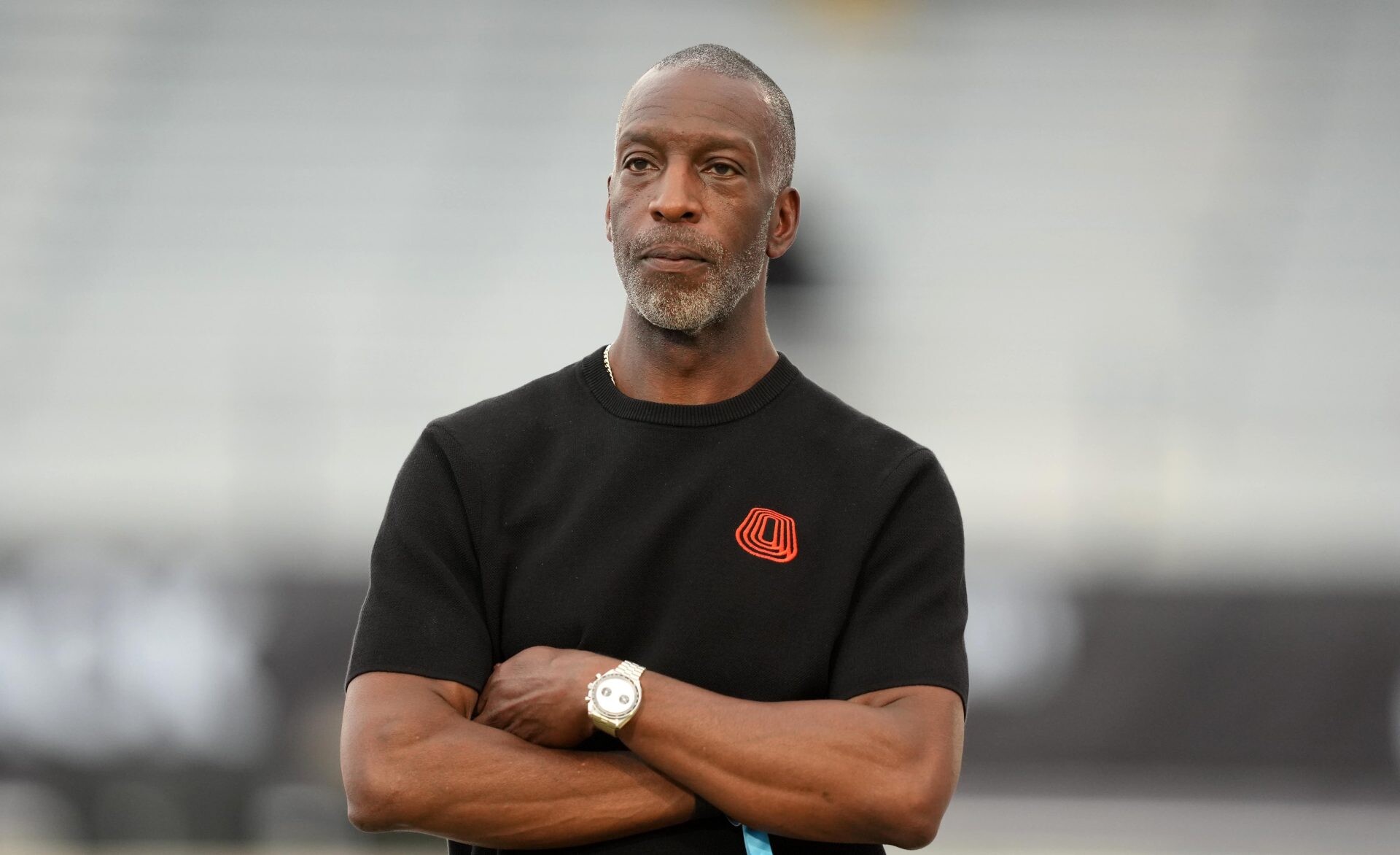
“We have been in discussions with the Association of Athletics Managers,” Coe said, “and we are aware of the growing tension.”
Who Backed Out?
Johnson has so far declined to name the investor who reneged on their funding, but according to sources, the pullout happened days after the Kingston event. The investor allegedly redirected their capital elsewhere due to shifting global financial conditions, including tariff changes.
Can GST Recover?
Despite the turmoil, Johnson says the mission of Grand Slam Track is far from over. A new investor—reportedly Vista Equity’s Robert Smith—joined prior to the Philadelphia event, and Johnson insists the team is working “around the clock” to secure additional capital.
“We’ve got to get this right,” he said. “Our priority is to make sure our athletes and vendors are paid before we even think about next season.”
As of now, all 2025 payments remain outstanding, and the 2026 season hangs in the balance.
(07/24/2025) ⚡AMPby Boris Baron
Joshua Cheptegei to Skip World Championships, All-In on Amsterdam Marathon
Joshua Cheptegei, one of the greatest distance runners of his generation, has officially confirmed he will not compete at the 2025 World Athletics Championships in Tokyo. Instead, the Ugandan superstar will focus exclusively on preparing for the 50th TCS Amsterdam Marathon, set for October 19, 2025.
This marks the first time since 2015 that Cheptegei will miss a World Championships—a clear signal that his transition from track to road is now complete.
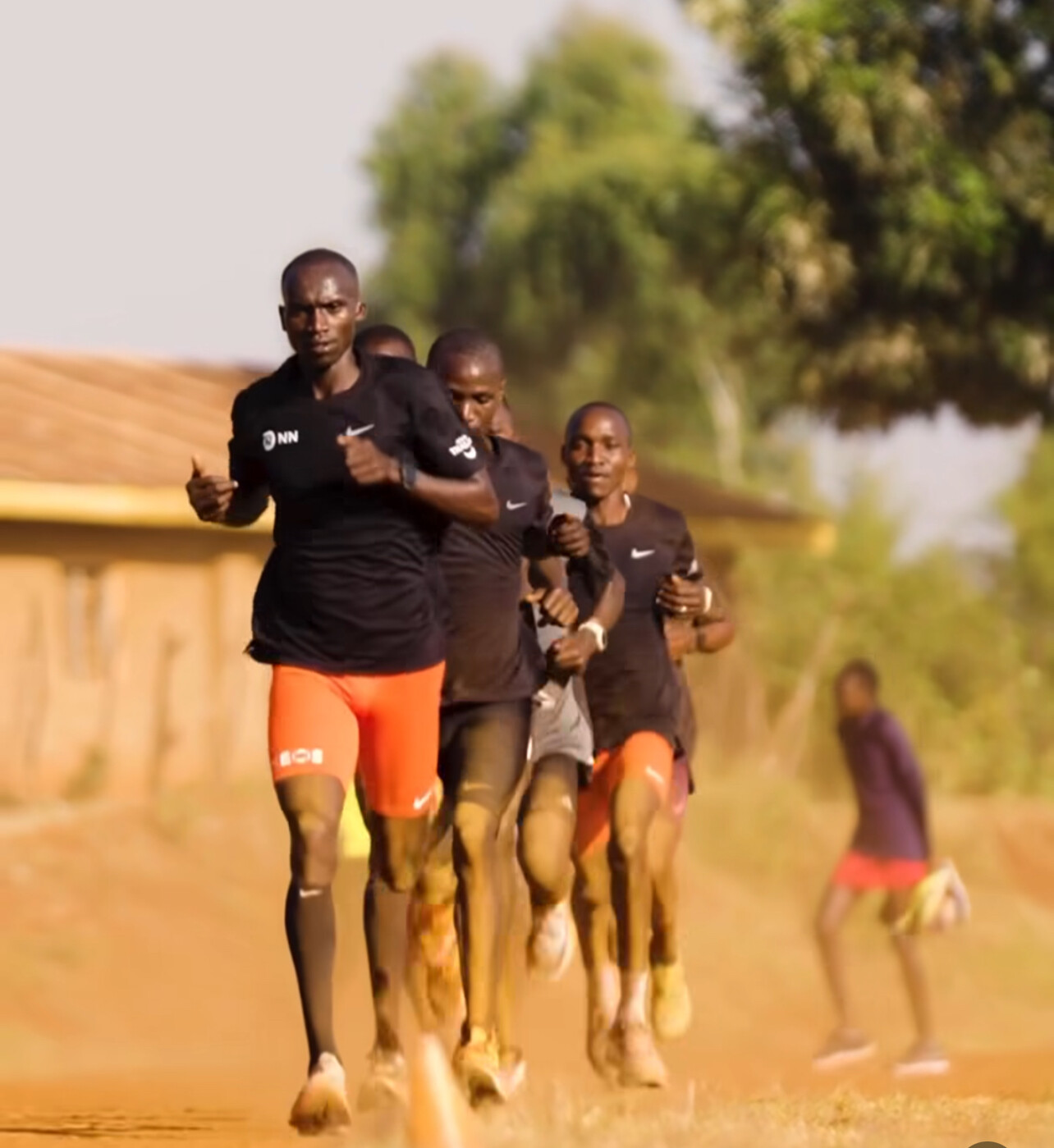
A Strategic Shift to the Marathon
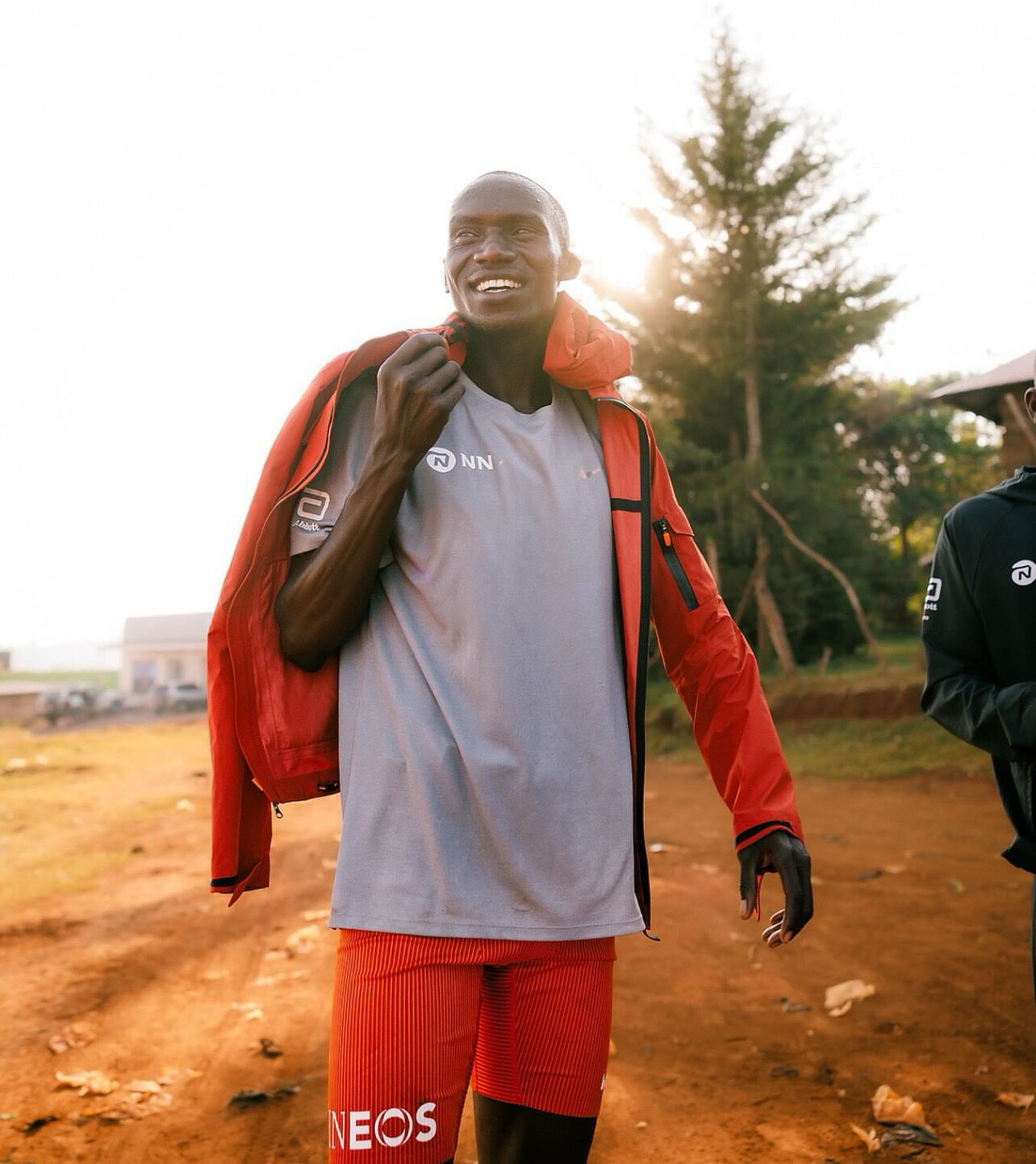
After winning gold in the 10,000m at the Tokyo Olympics and setting world records in both the 5,000m and 10,000m, Cheptegei is now dedicating himself to mastering the marathon distance.
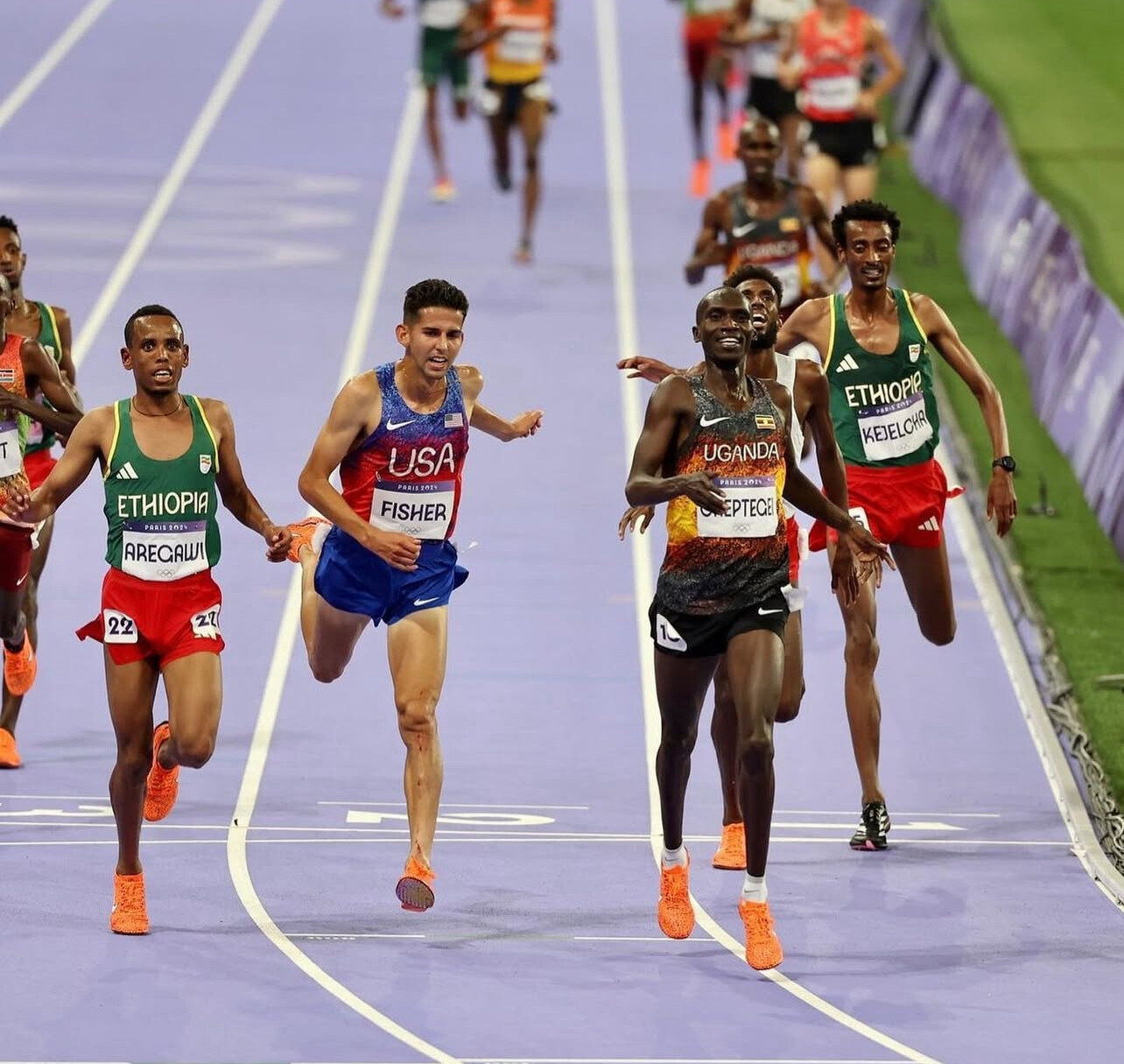
He made his marathon debut in Valencia (2023) with a 2:08:59, then followed up with an impressive 2:05:59 in Tokyo earlier this year. Those performances gave him the confidence to commit fully to the roads.
“I’m excited for this next chapter in my career,” Cheptegei told Ugandan media. “My full focus is now on the marathon. Amsterdam is the perfect opportunity to show what I’m capable of.”
Why He’s Skipping Worlds
The decision to sit out the 2025 World Championships, which will be held in Tokyo this September, comes down to two key factors:
1. Marathon Focus
Cheptegei has officially stepped away from the track to dedicate his training and energy toward long-term marathon success. The Amsterdam Marathon is his main priority this fall, and all preparations are centered around peaking on race day.
2. Tight Schedule & Recovery Demands
As part of his buildup, Cheptegei is scheduled to race the Antrim Coast Half Marathon on August 24, just three weeks before the World Championships. Running both would compromise his recovery and risk injury.
“We had to make a decision, and the priority is a strong marathon in Amsterdam,” said his coaching team.
Legacy on the Line
With the track chapter closed, Cheptegei is looking to solidify his status as a distance running legend on the roads. A strong performance in Amsterdam—especially against top names like Tamirat Tola—could place him firmly in the conversation among the world’s best marathoners.
His move is reminiscent of past greats like Kenenisa Bekele and Mo Farah, who also shifted focus to the marathon after dominating the track.
Amsterdam 50th Annual Marathon
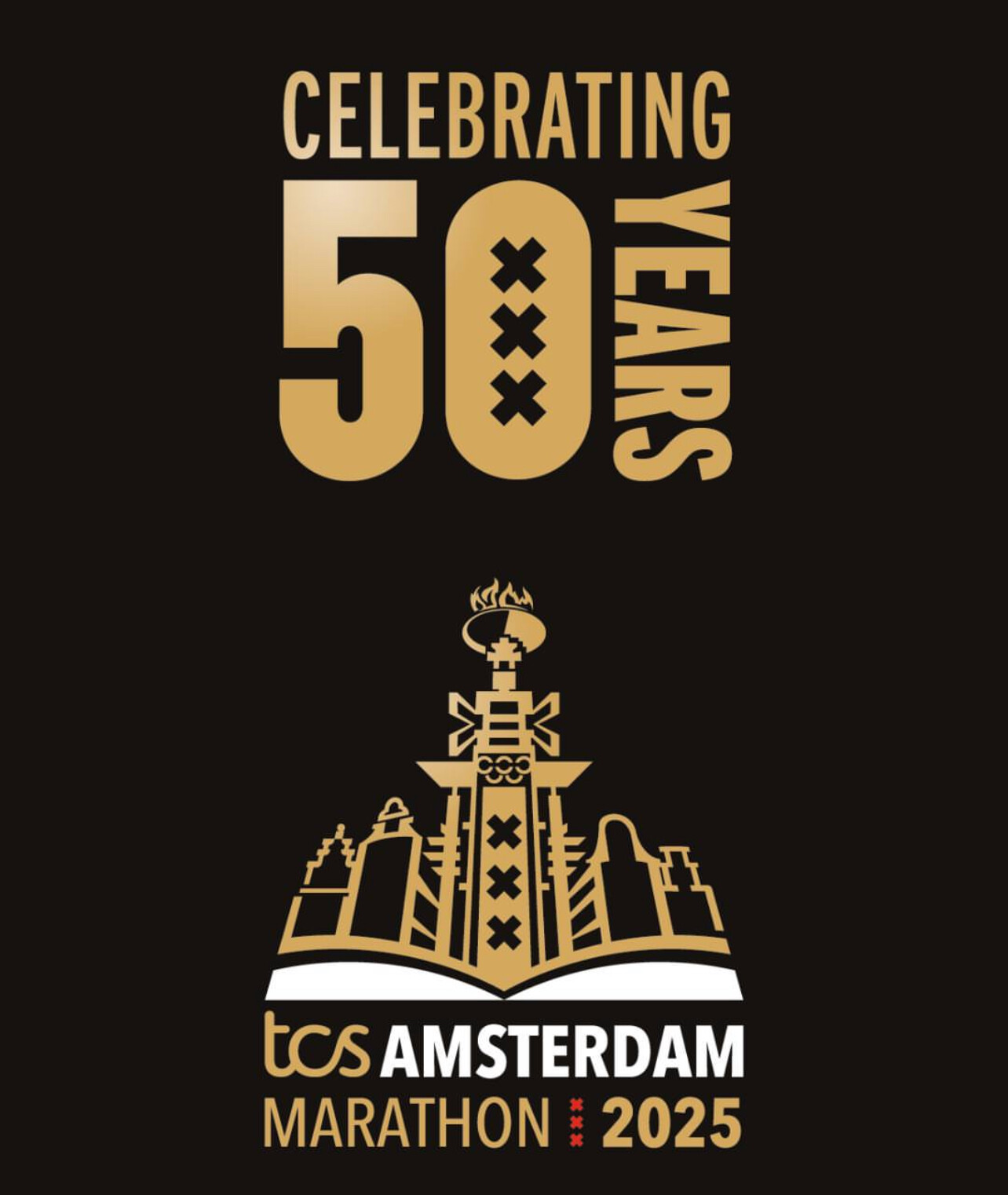
The 2025 edition of the Amsterdam Marathon marks the race’s 50th anniversary, making it one of the most anticipated events on the global road racing calendar. Known for its flat, fast course and scenic route through the historic streets and canals of Amsterdam, the race has become a favorite for elite athletes chasing personal bests and record times.
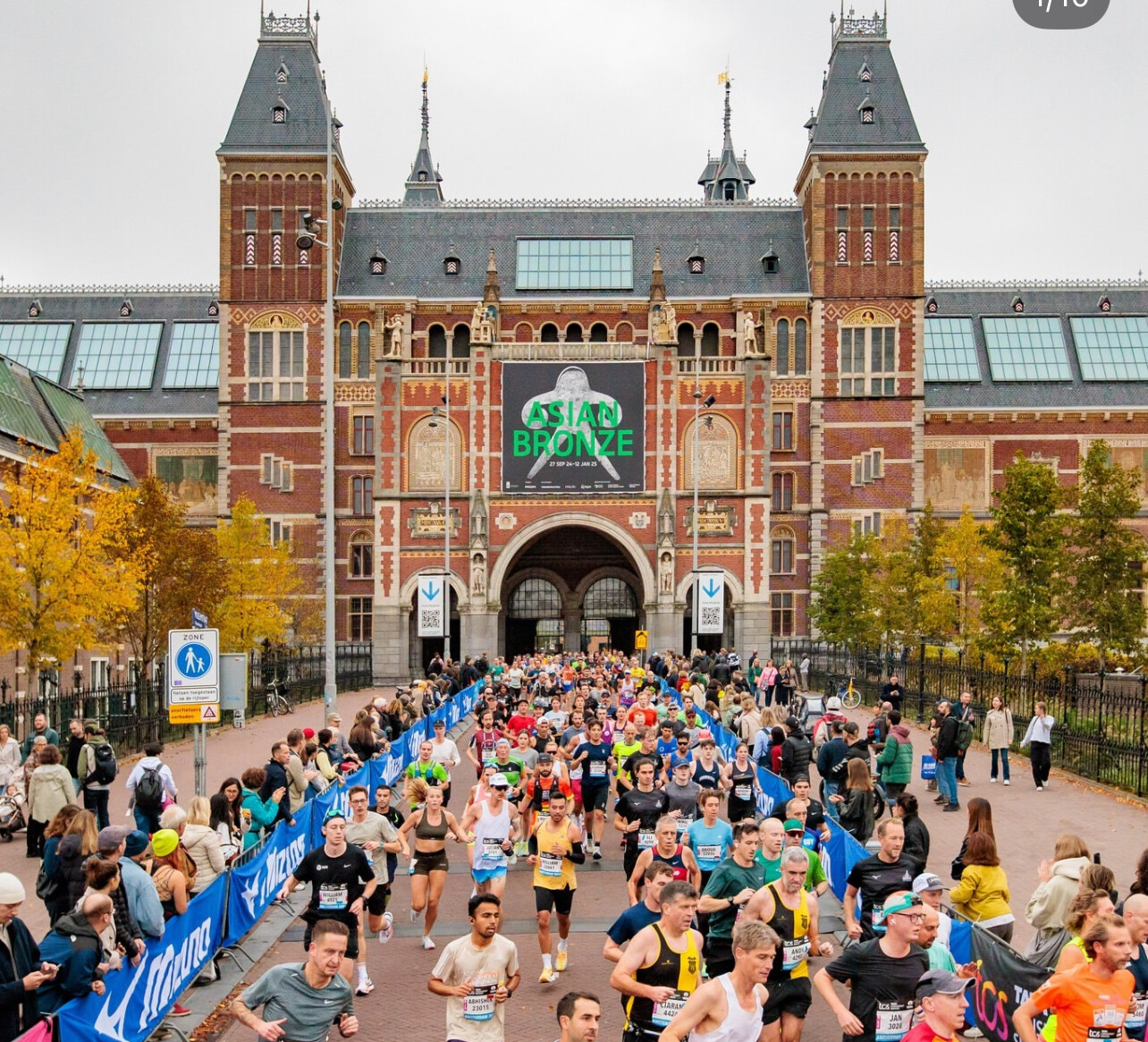
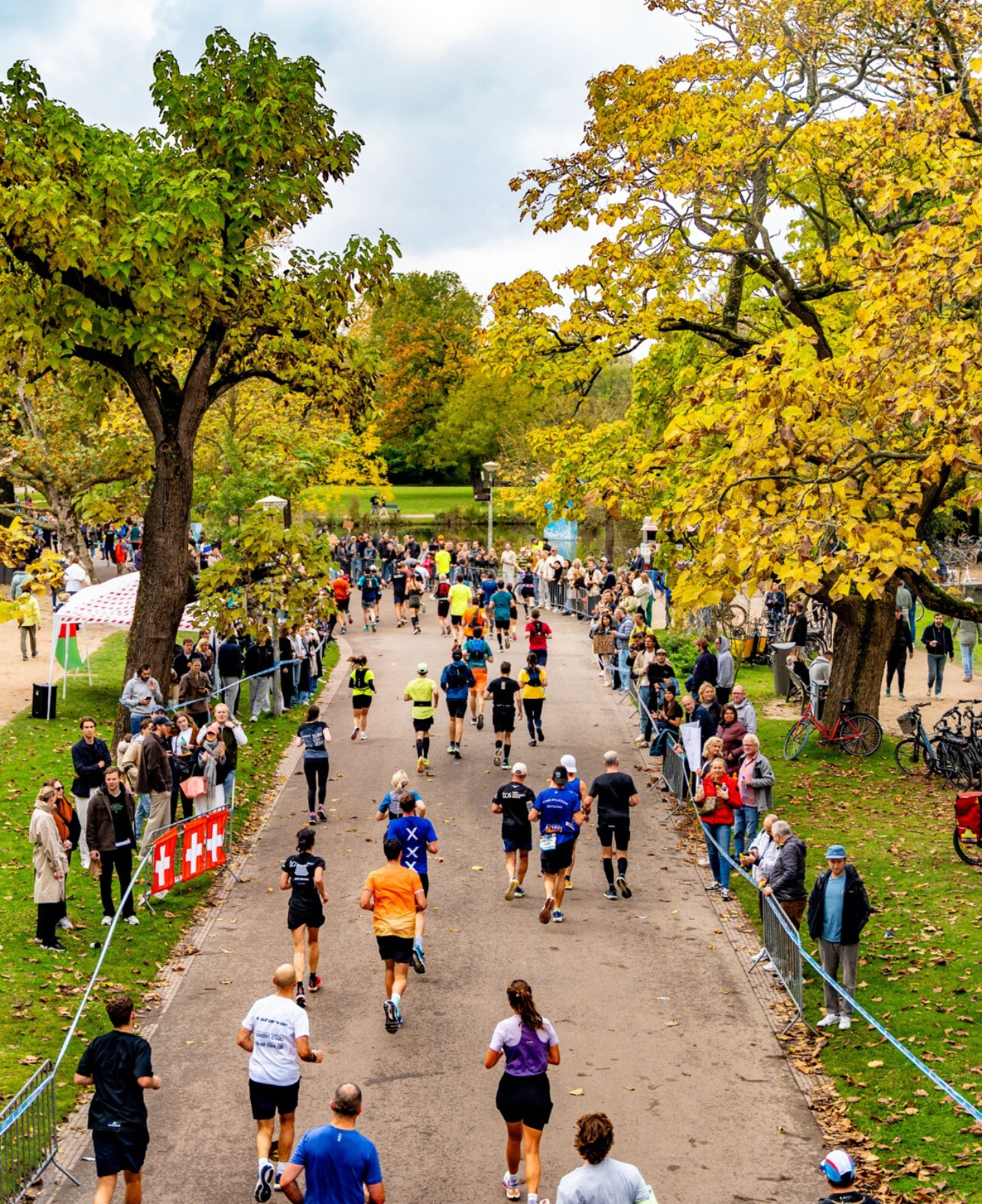
This year’s milestone edition is expected to draw a deep international field and heightened media attention, especially with stars like Joshua Cheptegei and Tamirat Tola headlining the men’s race. Organizers are planning special celebrations and tributes to the event’s rich history, ensuring the 2025 race is both competitive and commemorative.
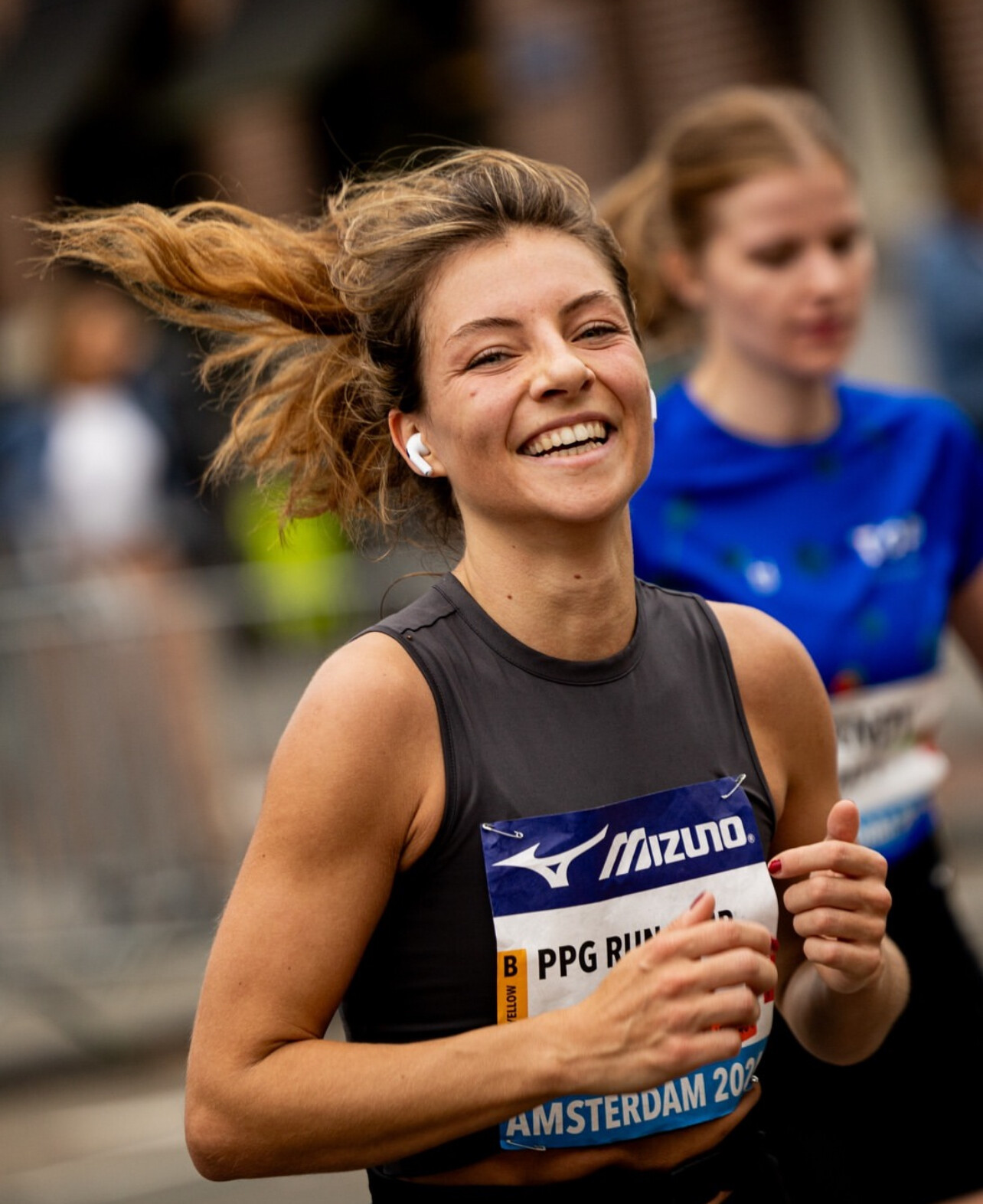
by Boris Baron
TCS Amsterdam Marathon
Do you want to enjoy Amsterdam in October and all that the city has to offer you? Want to feel a real athlete and start and finish in the historic Olympic stadium? Or run across the widely discussed passage under the beautiful National Museum? Then come to Amsterdam for the annual TCS Amsterdam Marathon in October! The TCS Amsterdam Marathon...
more...Australia’s teenage sprint sensation, Gout Gout, is gearing up for his biggest stage yet — the 2026 Commonwealth Games in Glasgow.
At just 17 years old, Gout Gout has already rewritten the record books. The Queensland-based sprinter, born in December 2007 to South Sudanese parents, is widely regarded as one of the most exciting young talents in global athletics. His rapid rise has drawn comparisons to legends like Usain Bolt — and for good reason.
Gout currently holds the Oceanian 200m record with a time of 20.02 seconds, set at the Golden Spike meet in Ostrava earlier this year. He also clocked 10.17 in the 100m to win the Australian U-18 title and later dominated the U-20 division. His combination of top-end speed, graceful stride, and fierce competitive drive has made him a must-watch on the world stage.
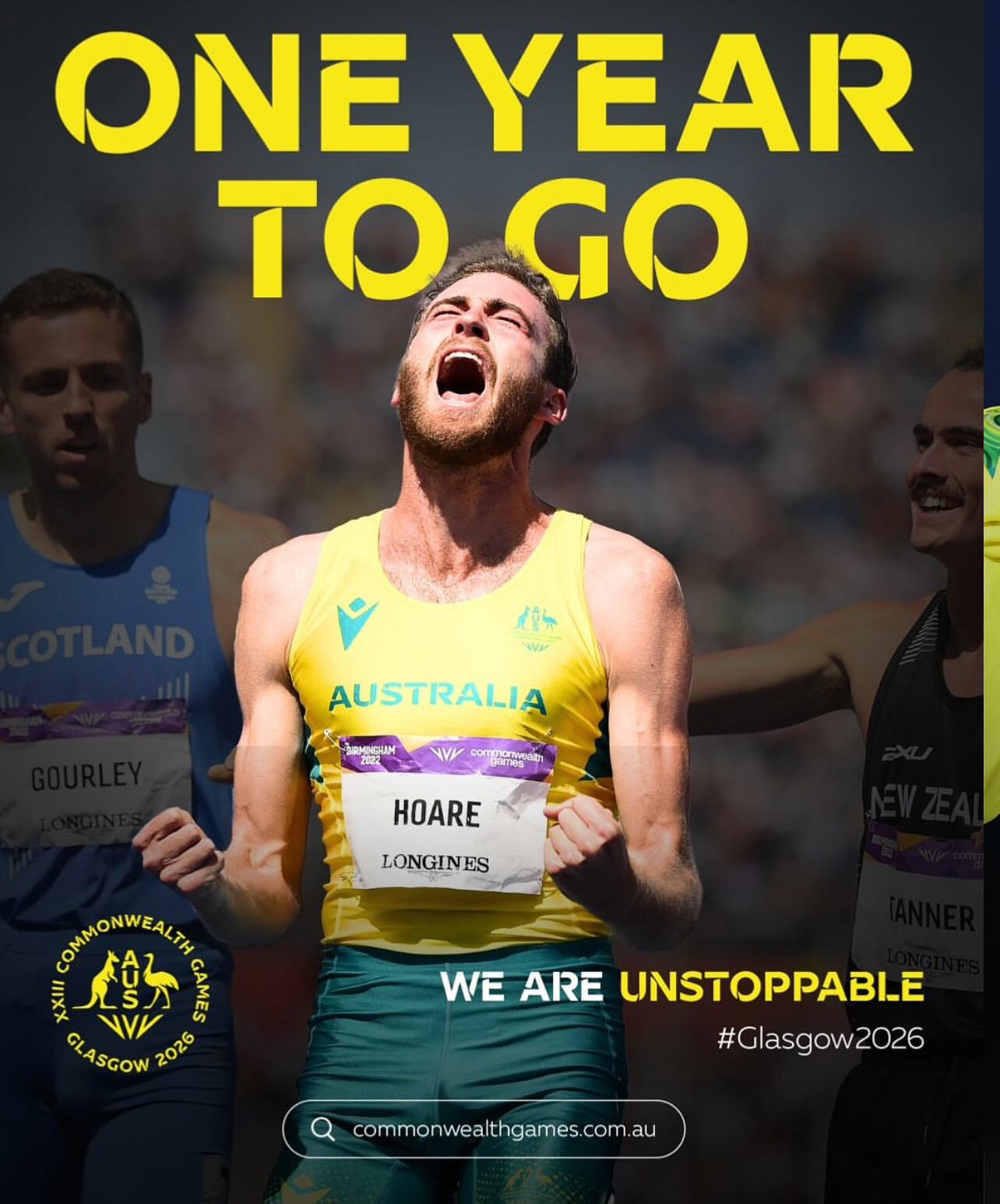
Now, the teen phenom is set to represent Australia at the 2026 Commonwealth Games, scheduled for July 23 to August 2 in Glasgow, Scotland. He is expected to compete in the 100m, while his entry in the 200m remains under consideration due to scheduling conflicts with the World Junior Championships, which will take place shortly after in Eugene, Oregon.
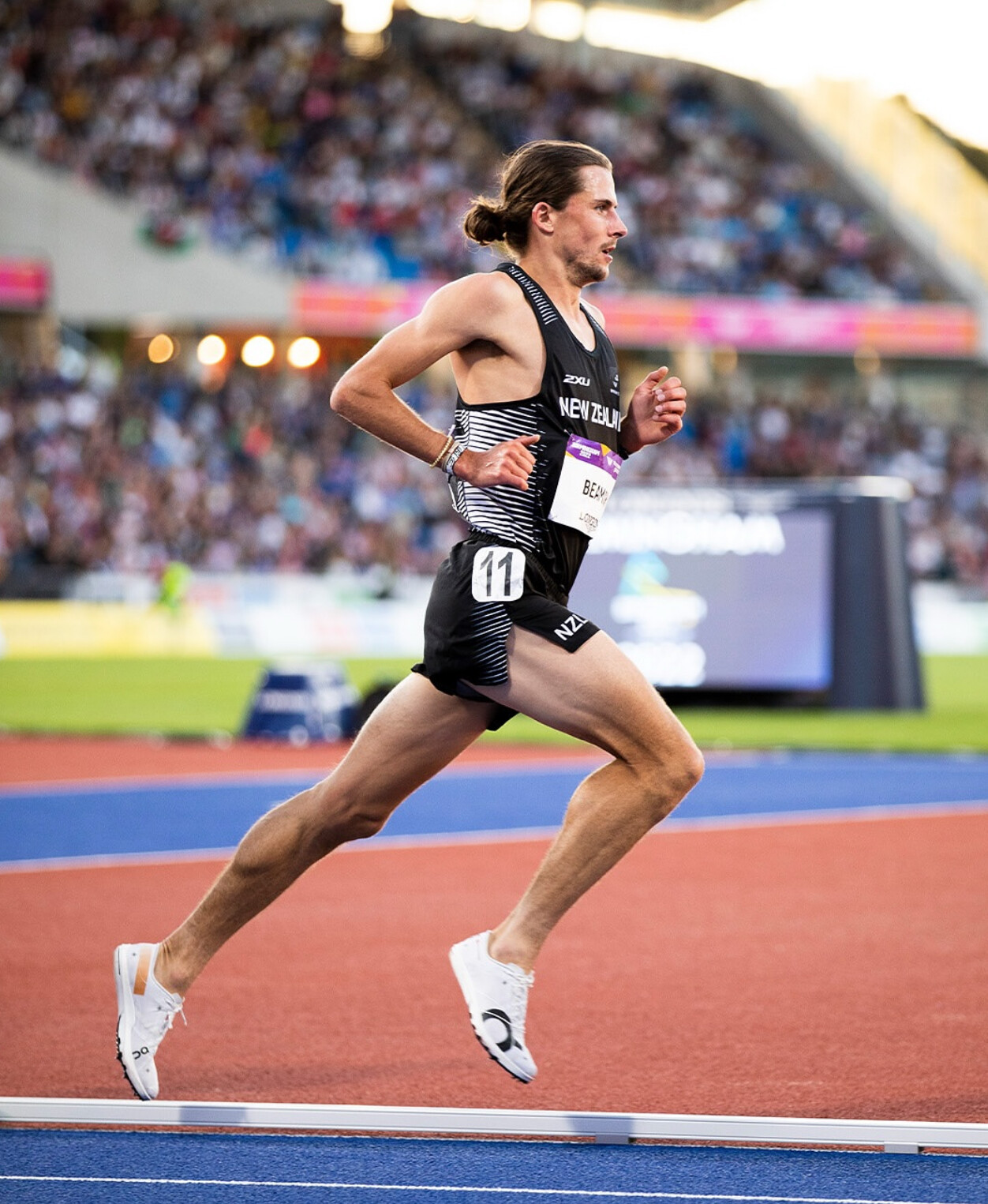
Gout’s Path to Stardom

Gout’s emergence as a global sprint force has been nothing short of remarkable. Raised in Ipswich, Queensland, he was introduced to athletics at a young age and quickly caught the attention of Australia’s elite coaches. Under the guidance of Diane Sheppard, Gout has developed into a technically polished athlete with a mature race strategy far beyond his years.
His silver medal at the 2024 World U20 Championships in the 200m confirmed what many already believed — Gout Gout isn’t just Australia’s future; he’s already one of its best.
Sheppard has praised his dedication, humility, and focus, noting:
“With Gout, it’s not just talent — it’s mindset. He’s willing to do the work and stay grounded.”
Glasgow 2026: A Games Reimagined
The 2026 Commonwealth Games will mark a return to Glasgow, which last hosted the event in 2014. Following Victoria’s withdrawal as host due to financial concerns, Glasgow stepped up with a streamlined, cost-efficient plan built on existing infrastructure.
The Games will feature:
• 10 core sports and 47 para-sport events
• Key venues including Scotstoun Stadium (track and field), Tollcross International Swimming Centre, and the Sir Chris Hoy Velodrome
• A strong focus on sustainability and legacy, with no new athletes’ village planned
Mascot “Finnie the Unicorn”, named after the Finnieston Crane and created by local students, has already captured hearts with its fun, distinctly Scottish vibe.
(07/23/2025) ⚡AMPby Boris Baron


